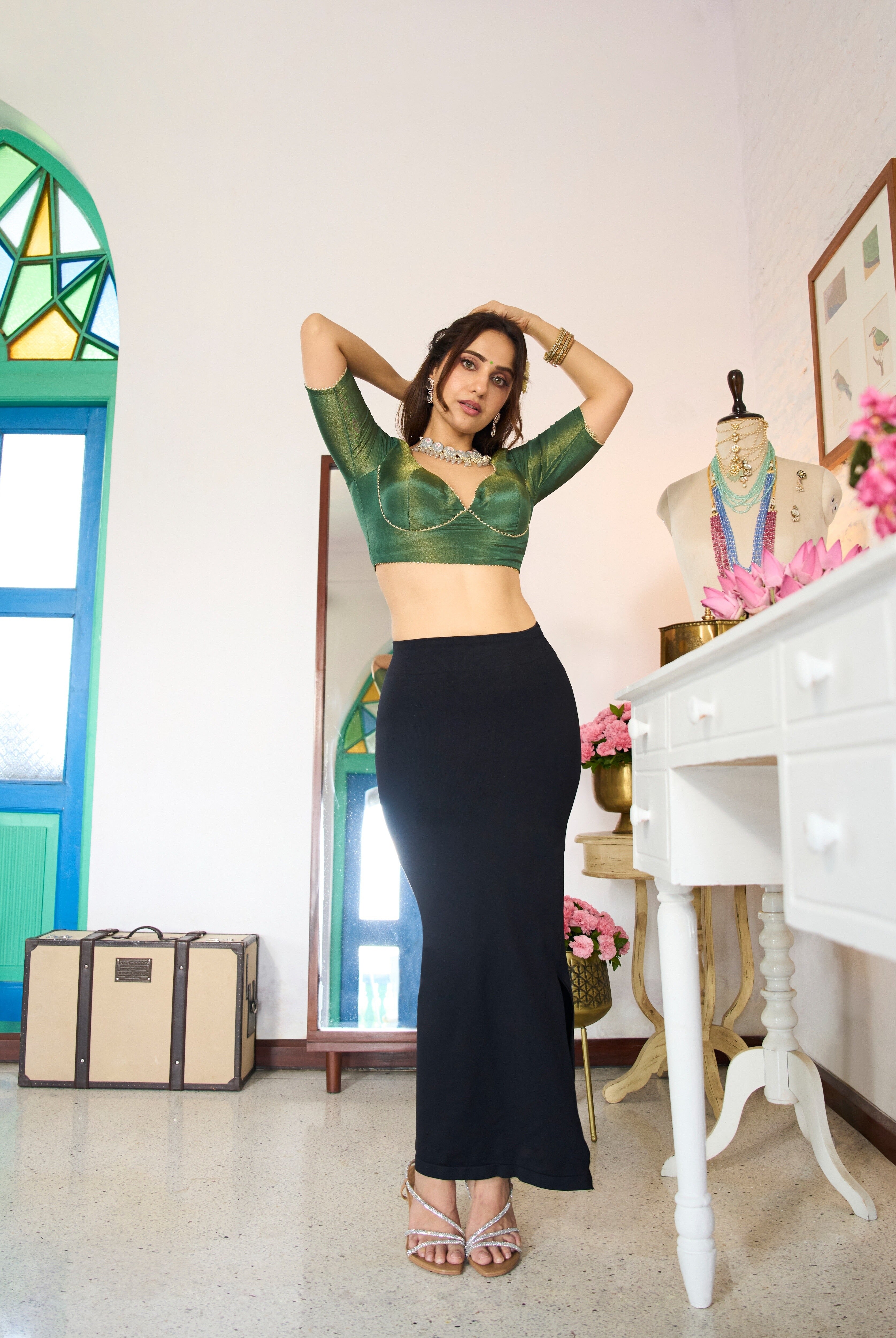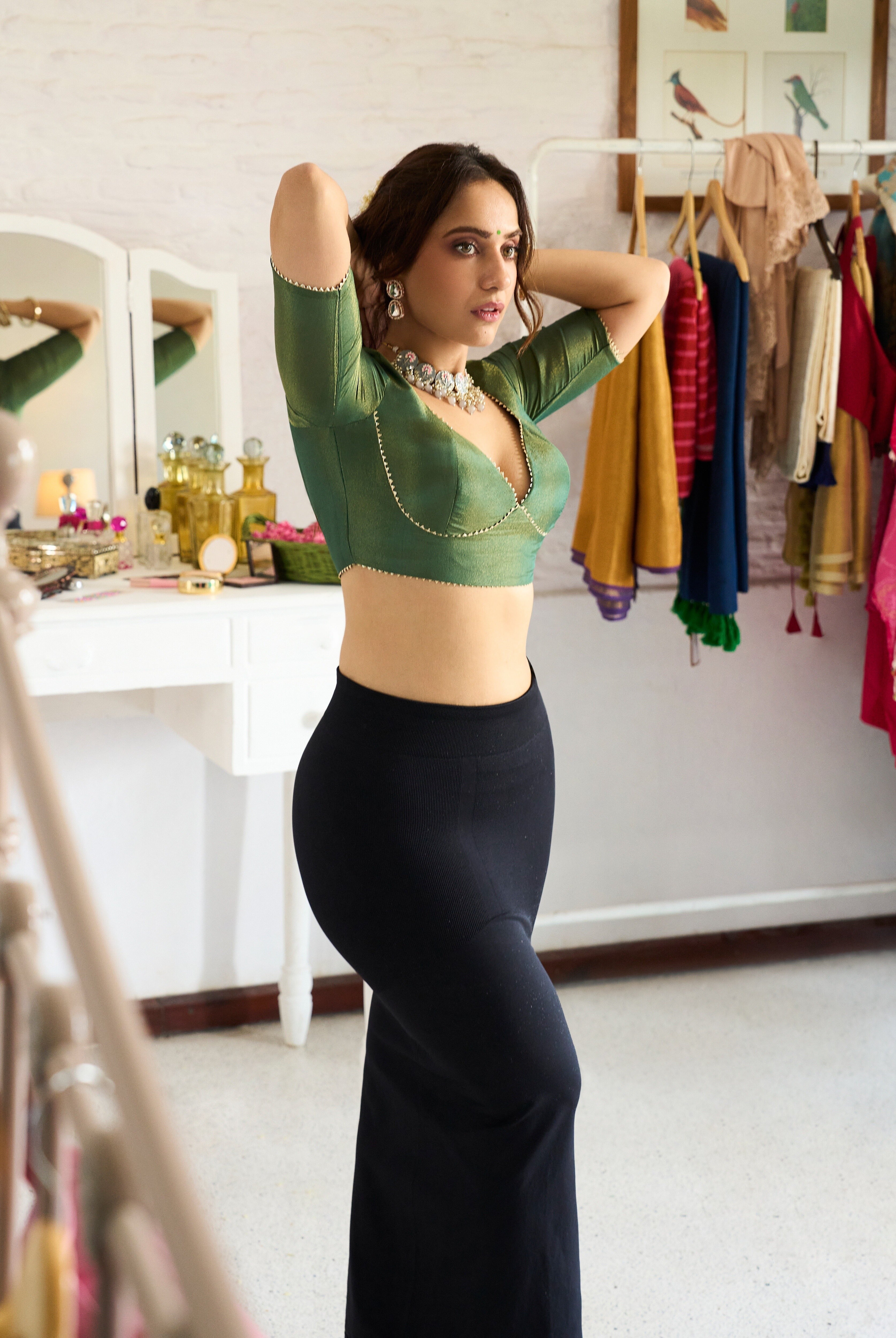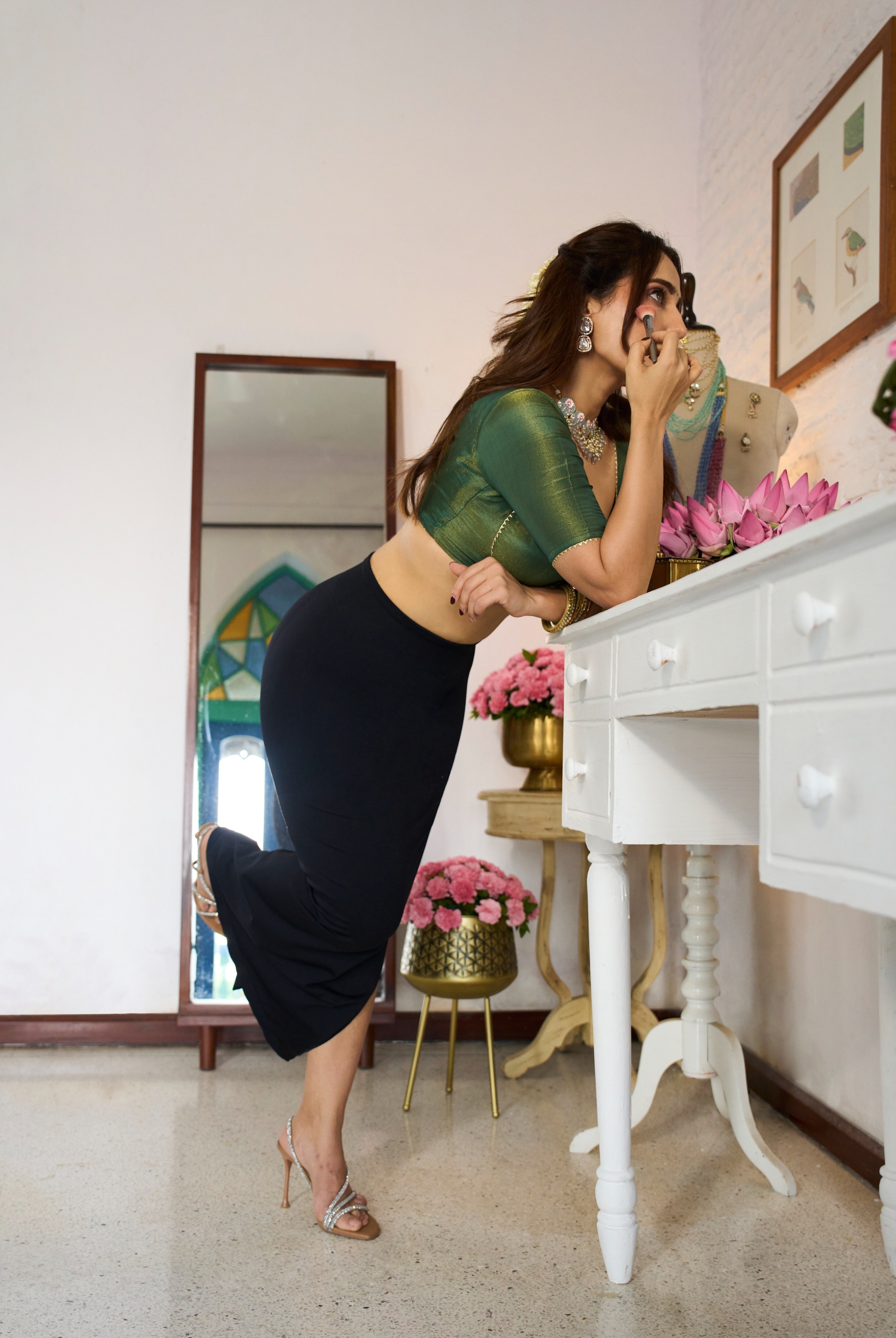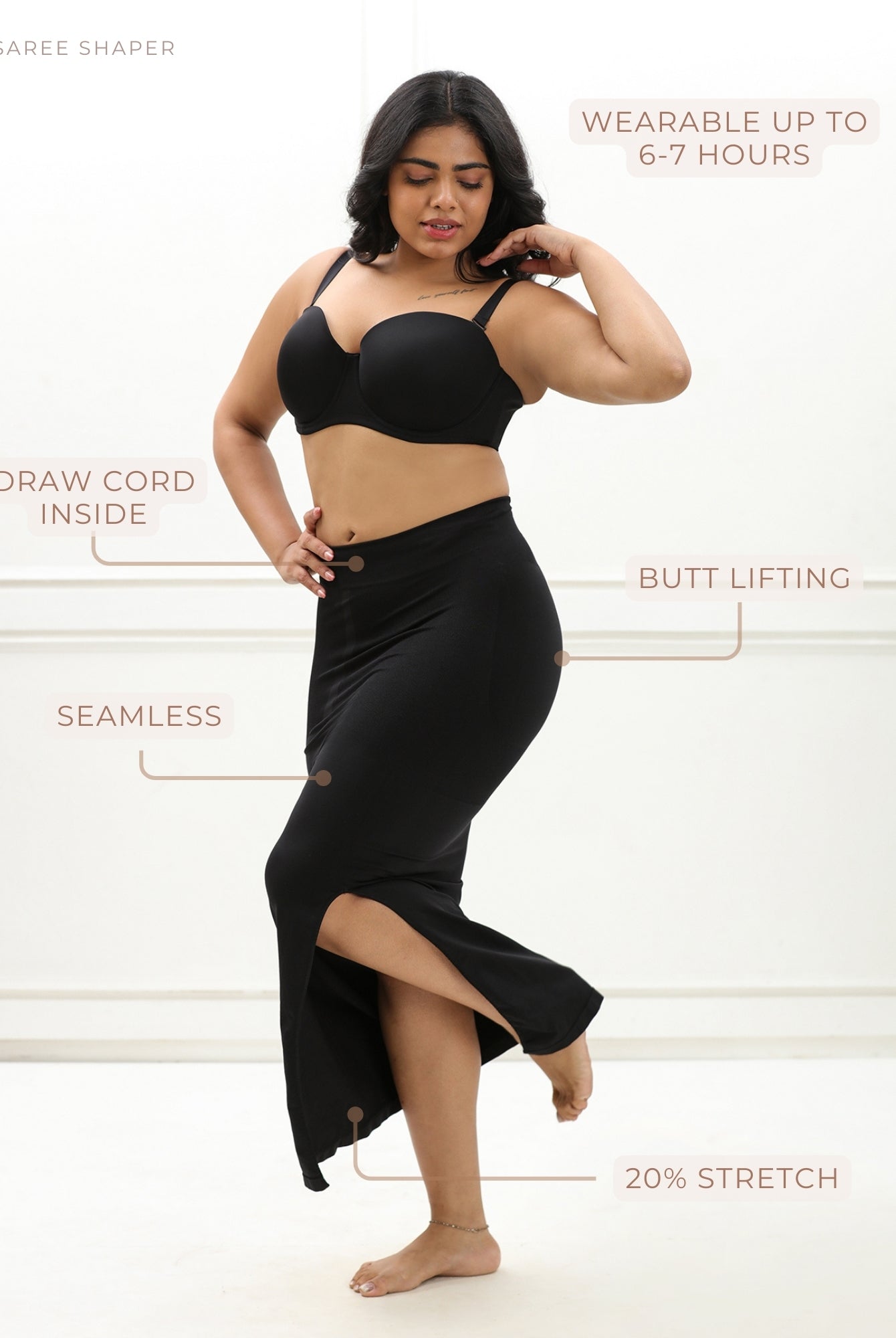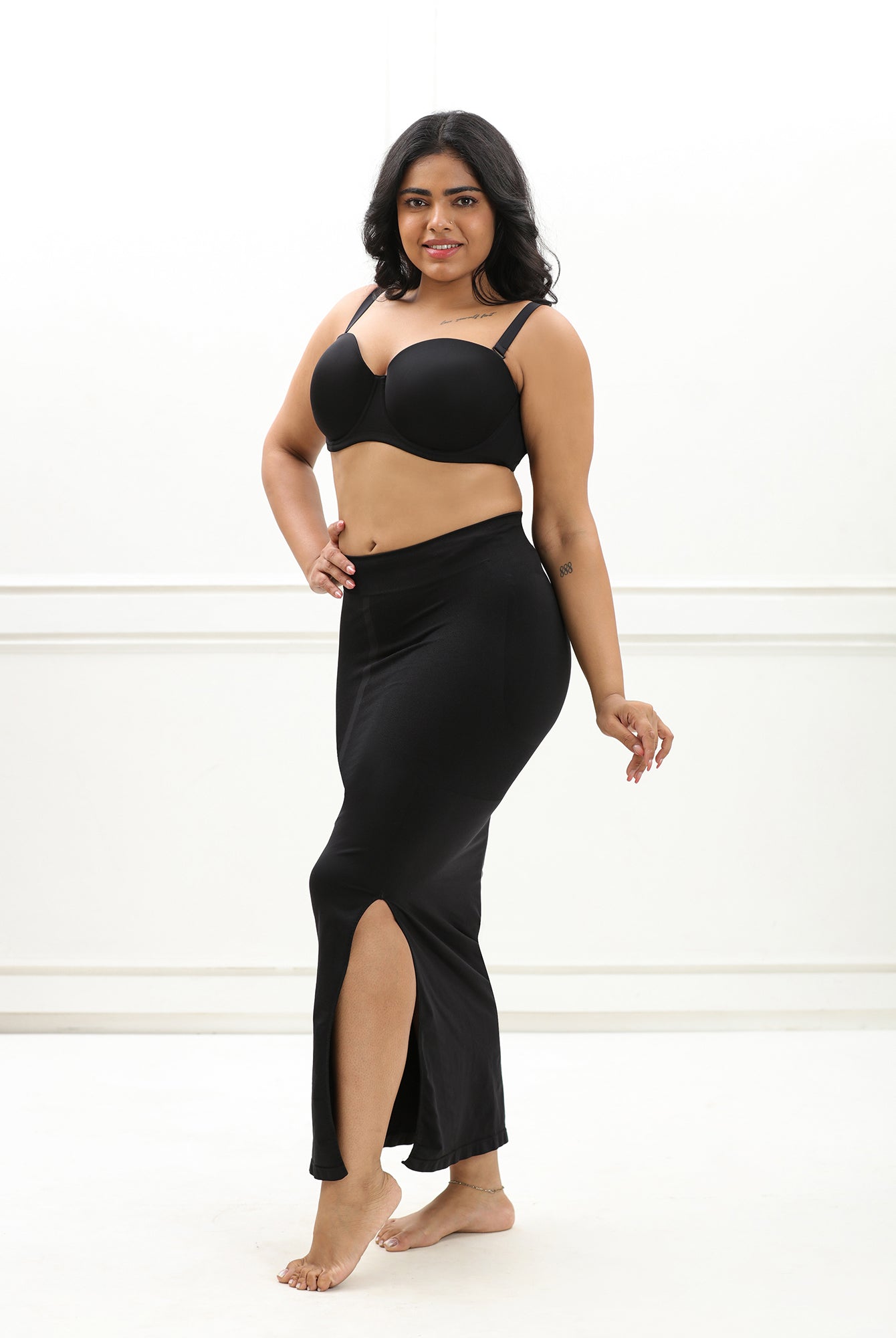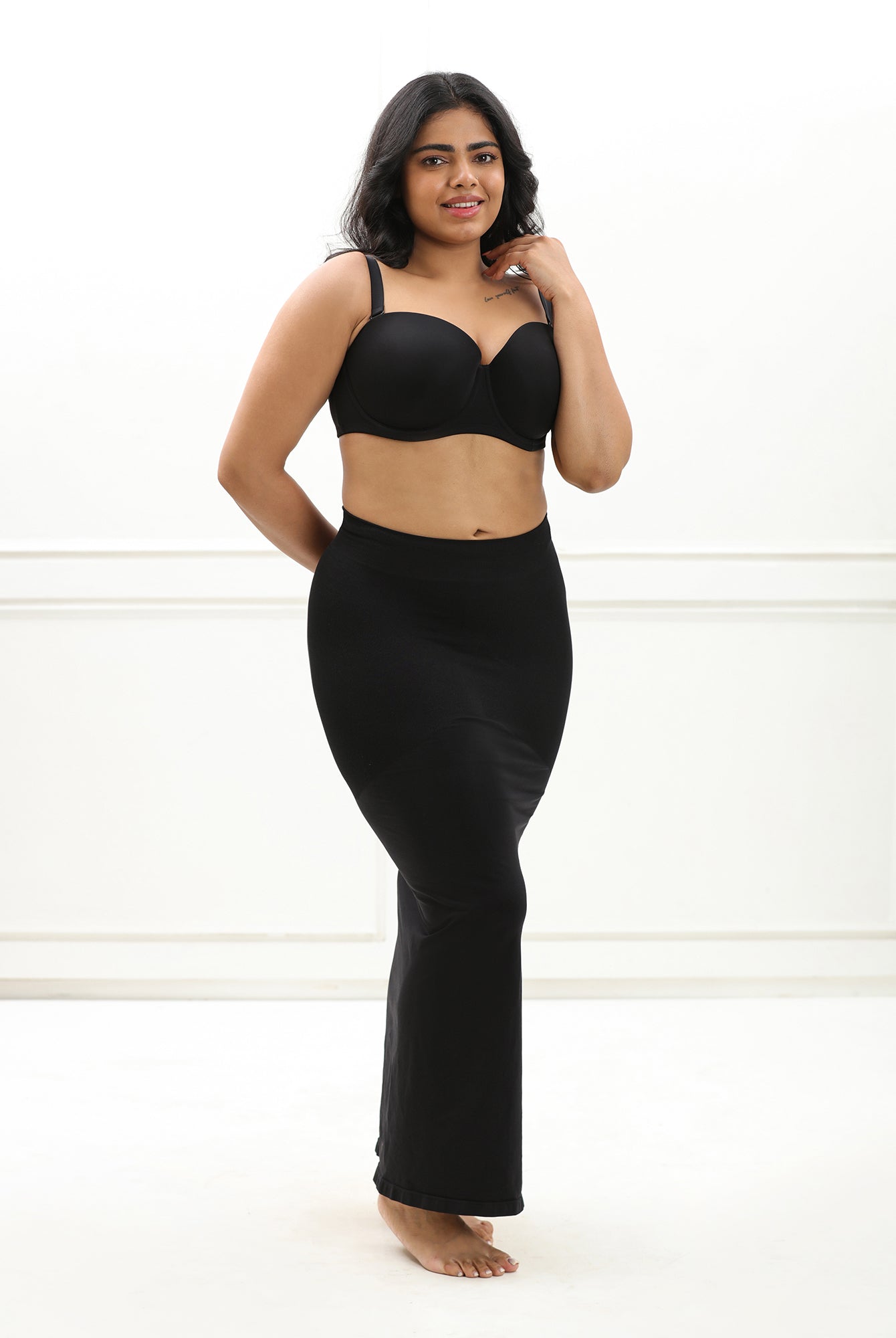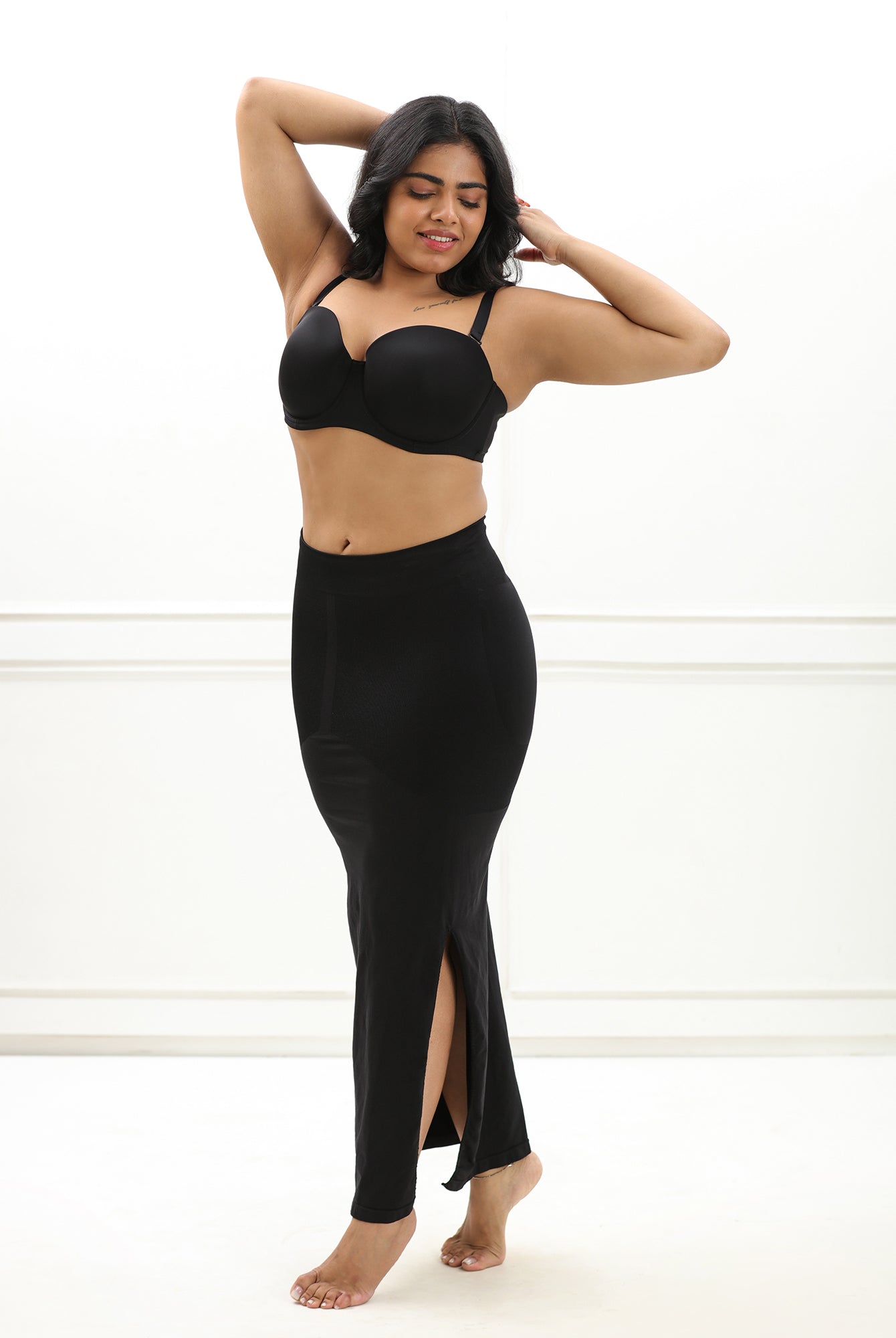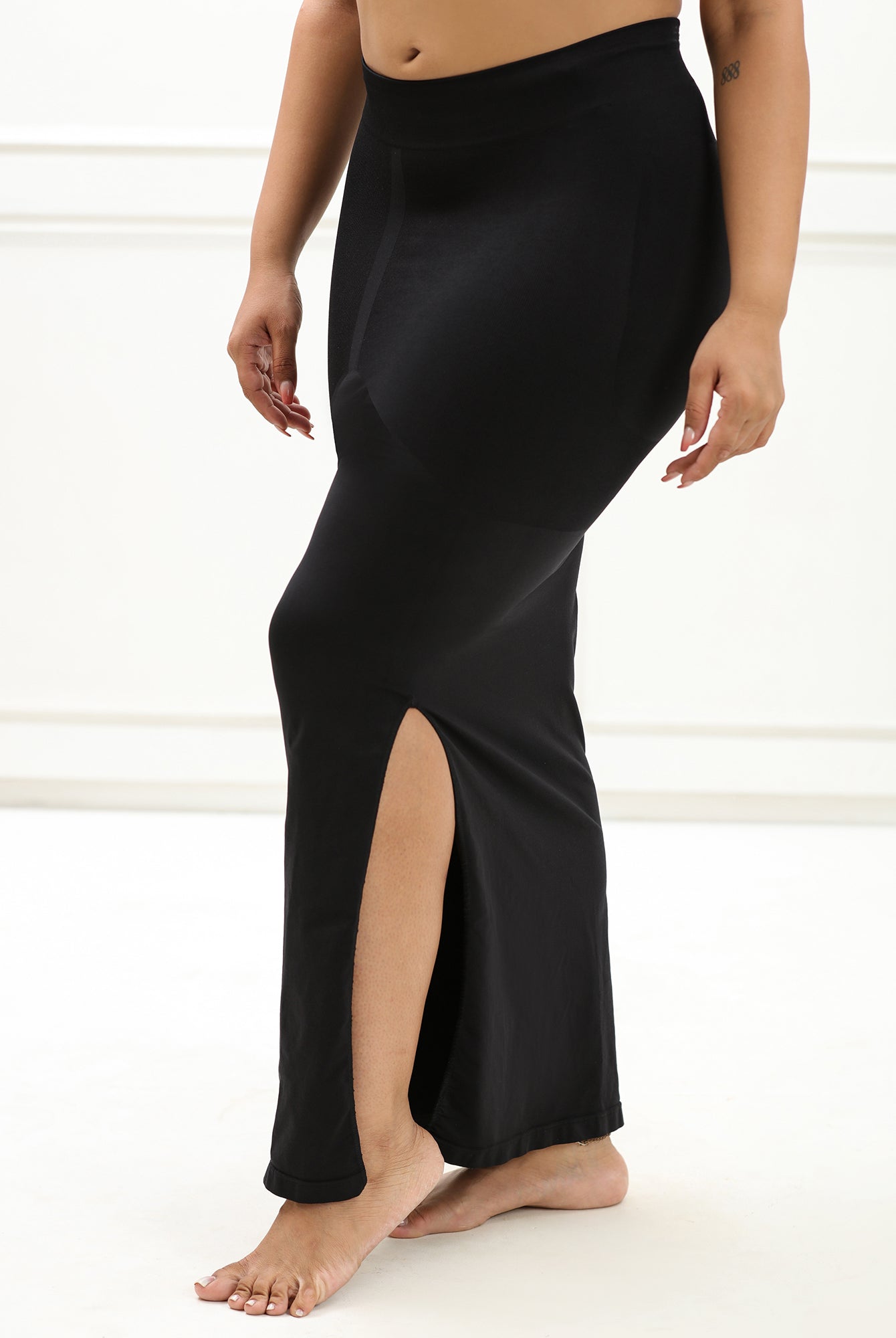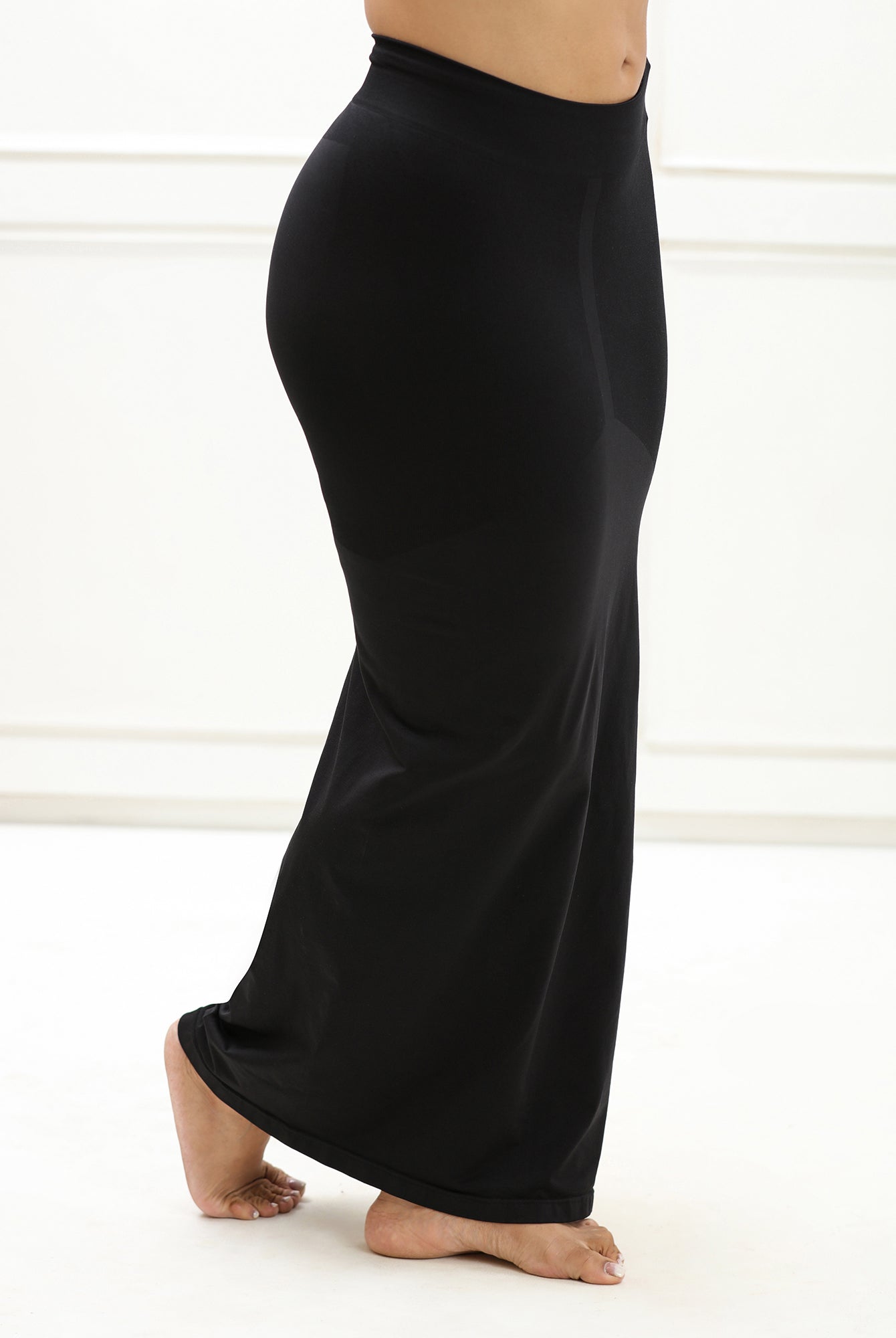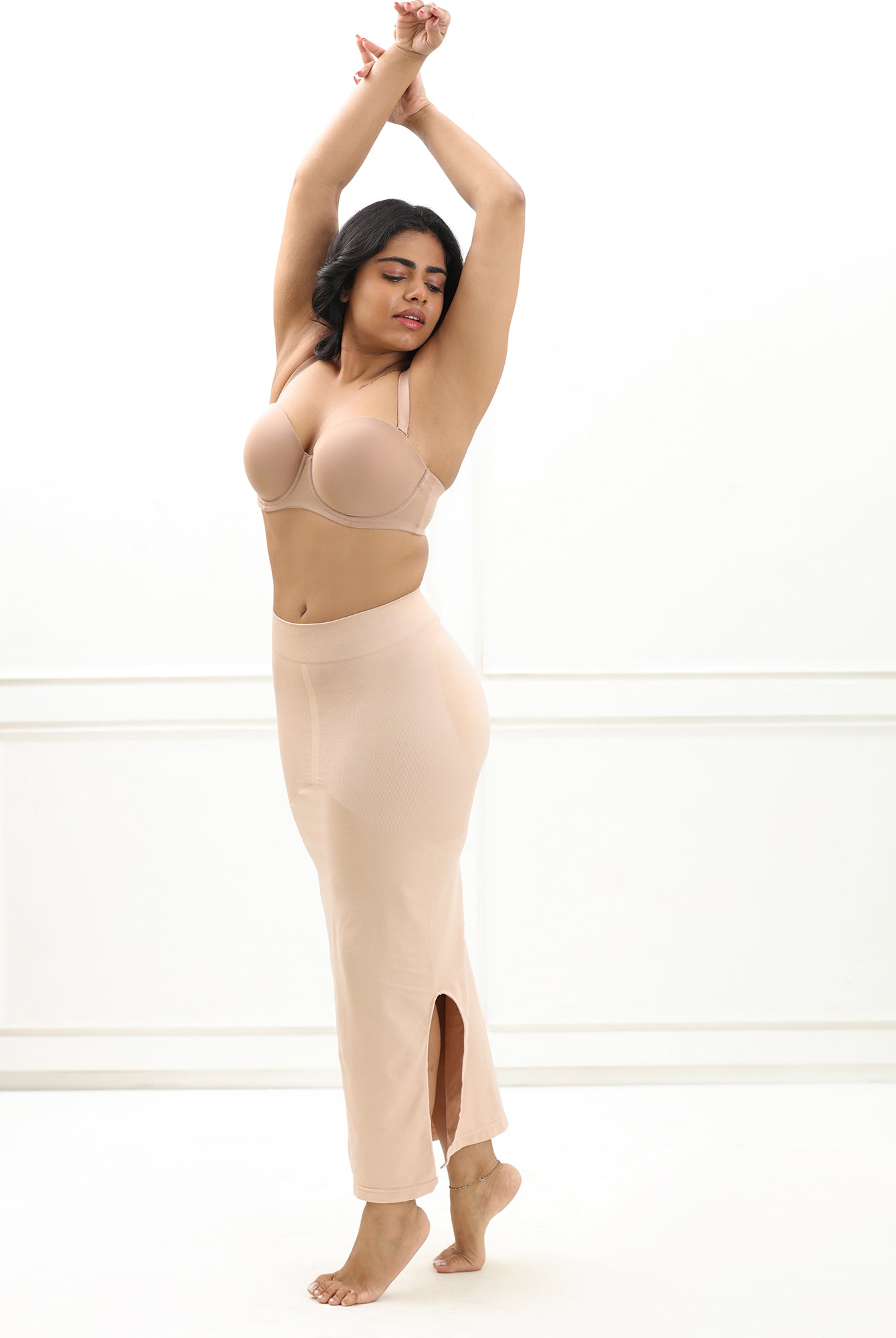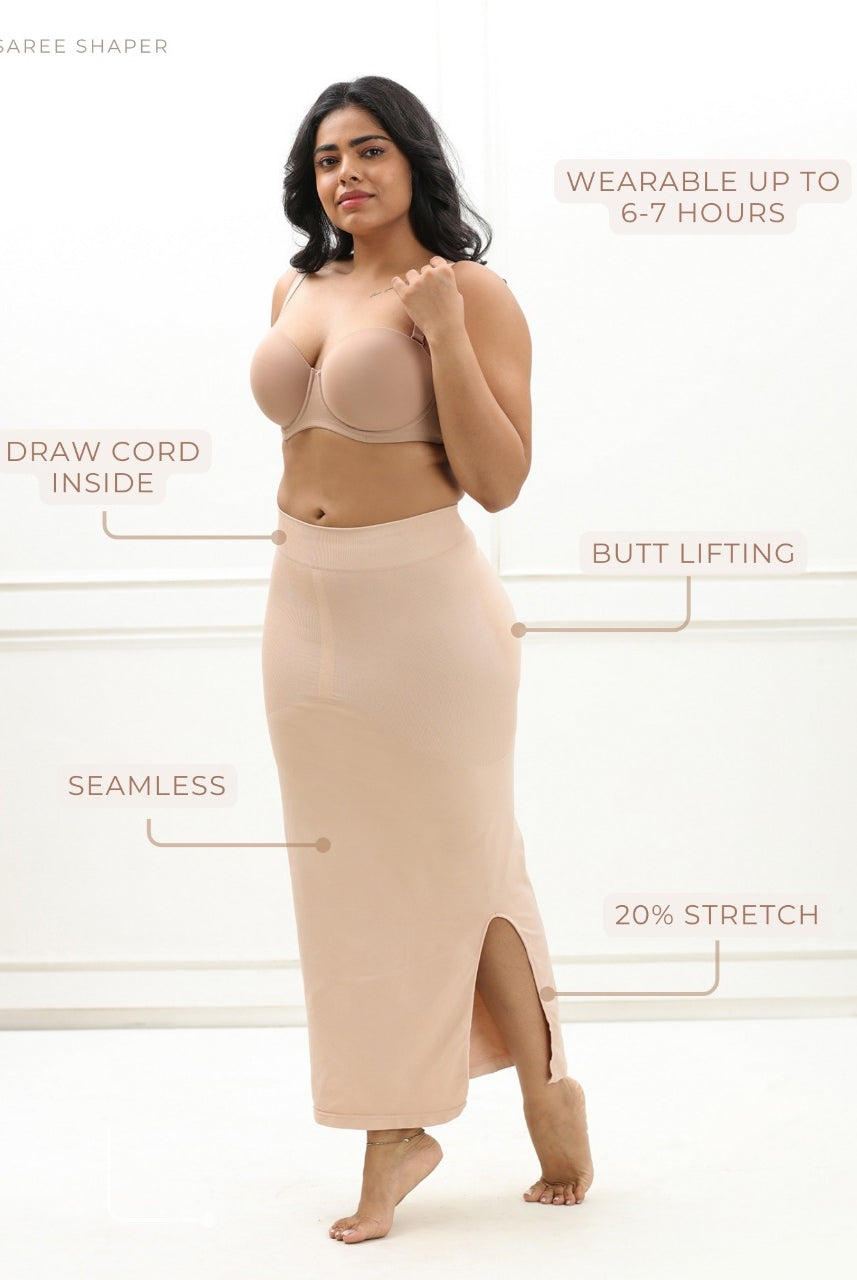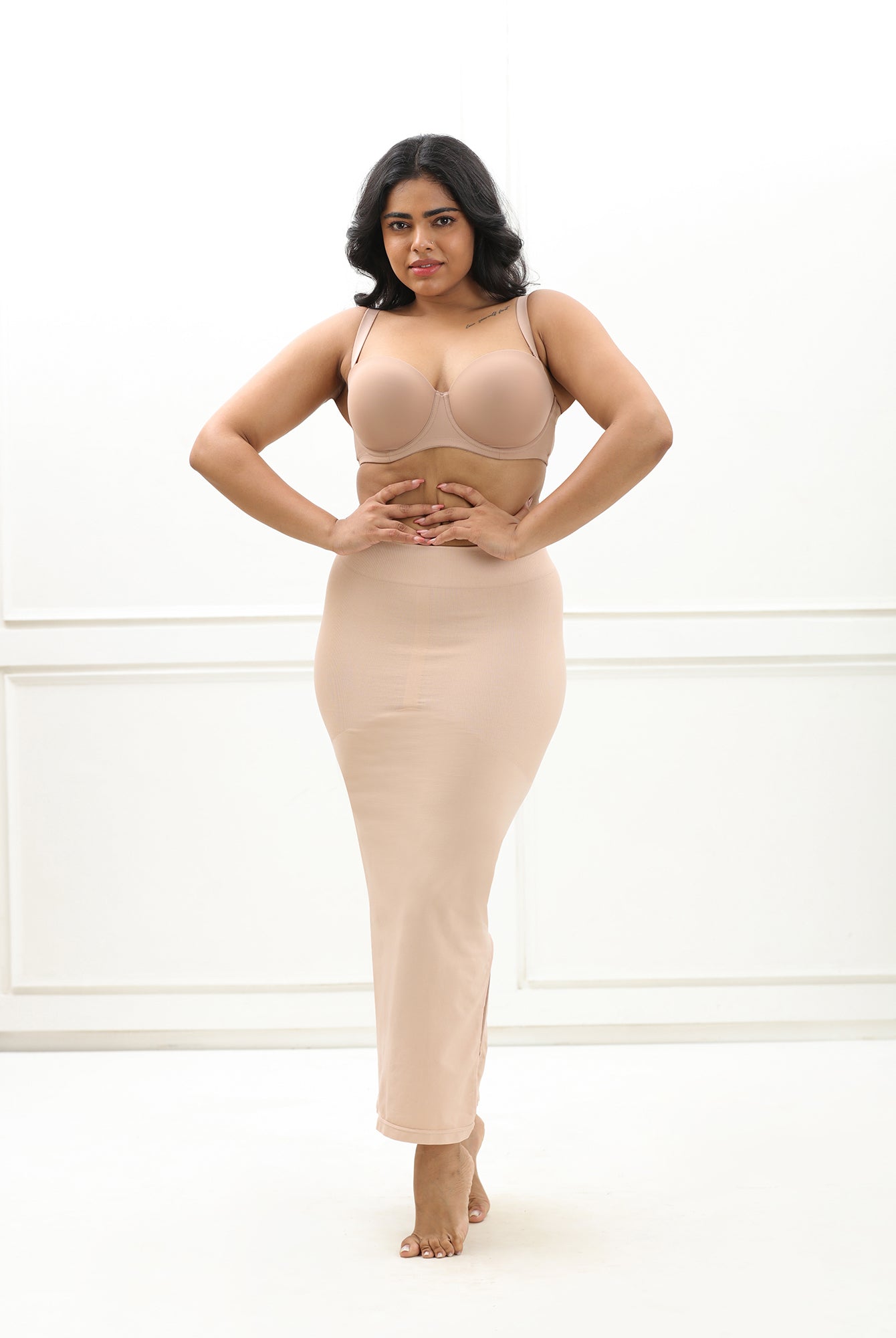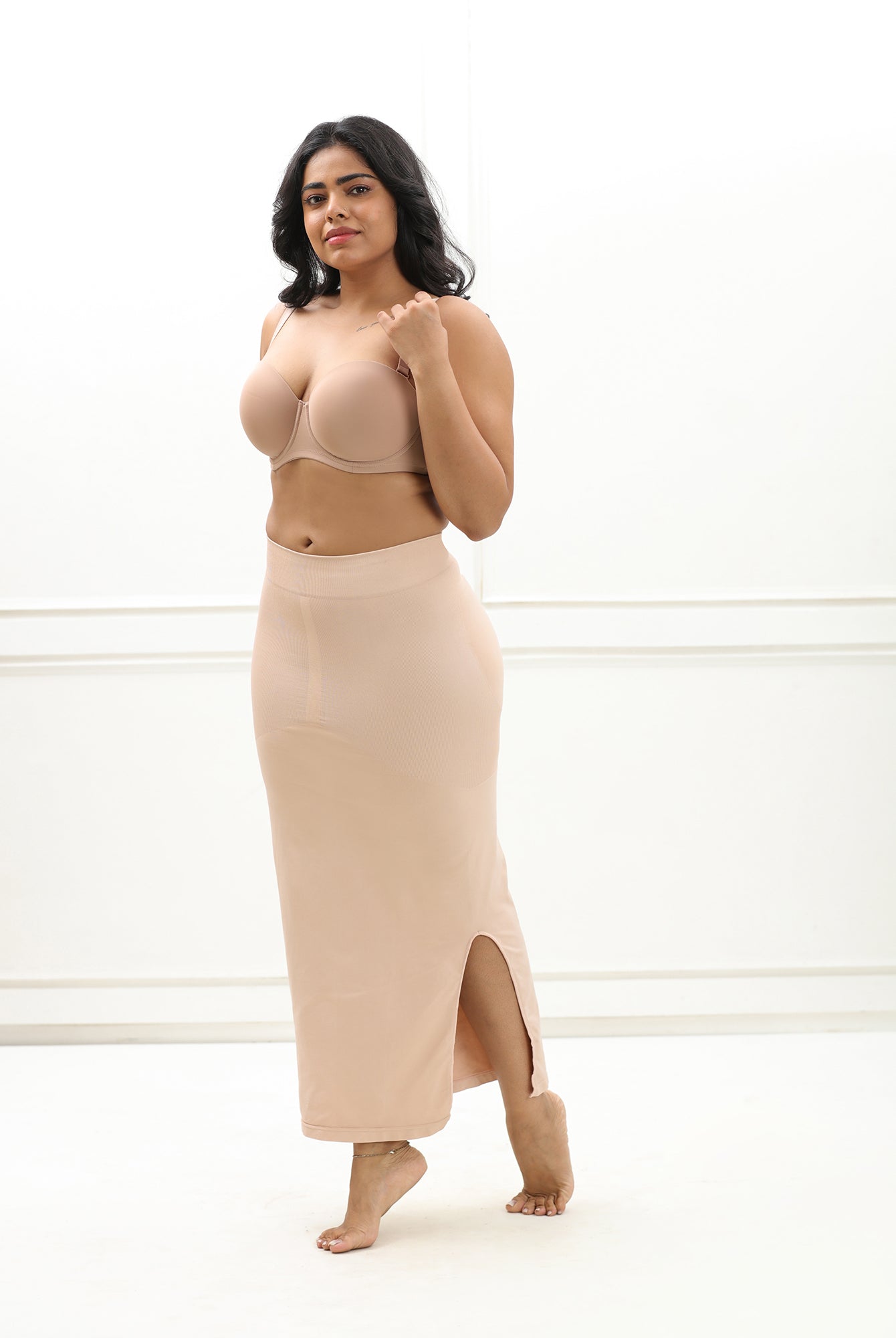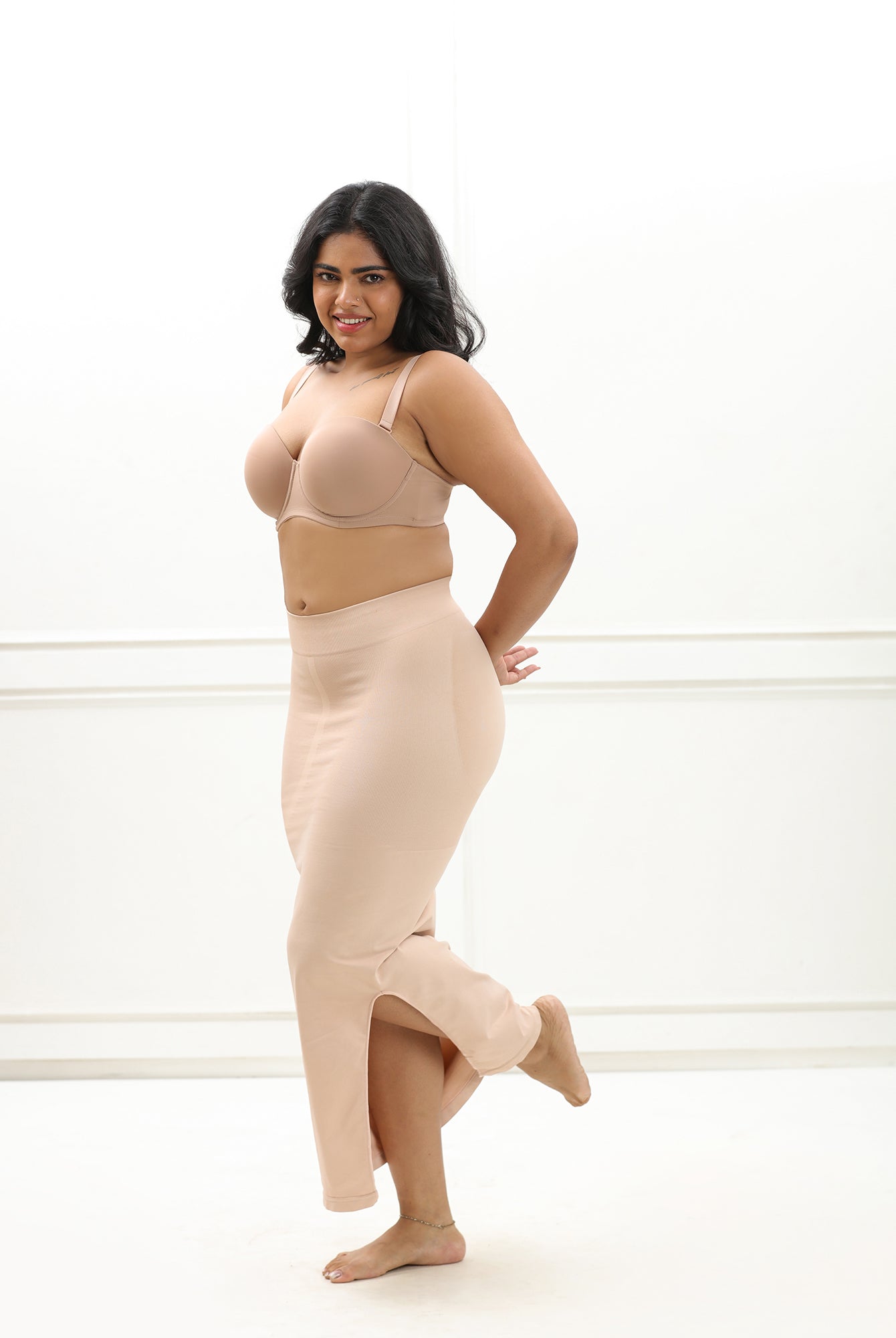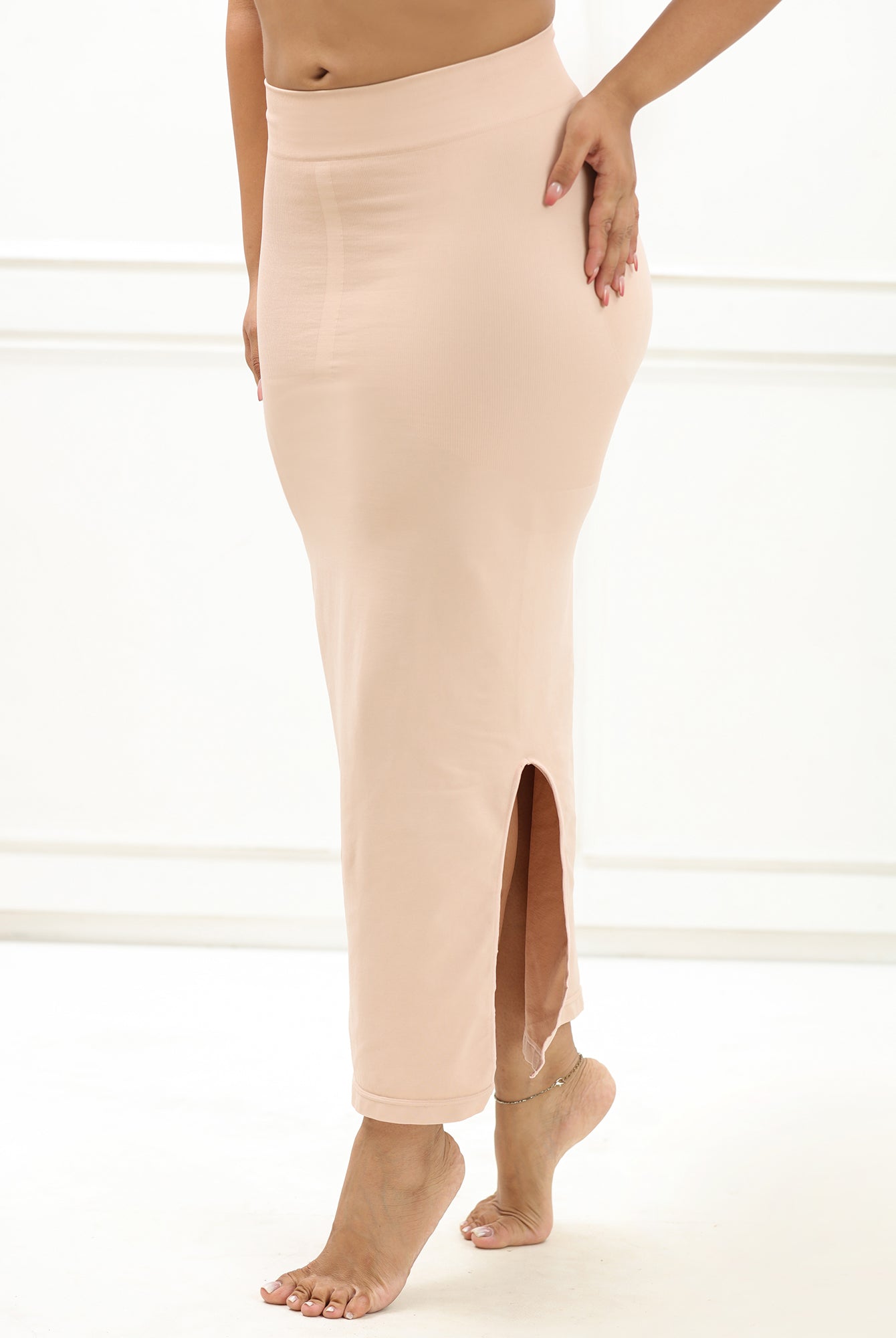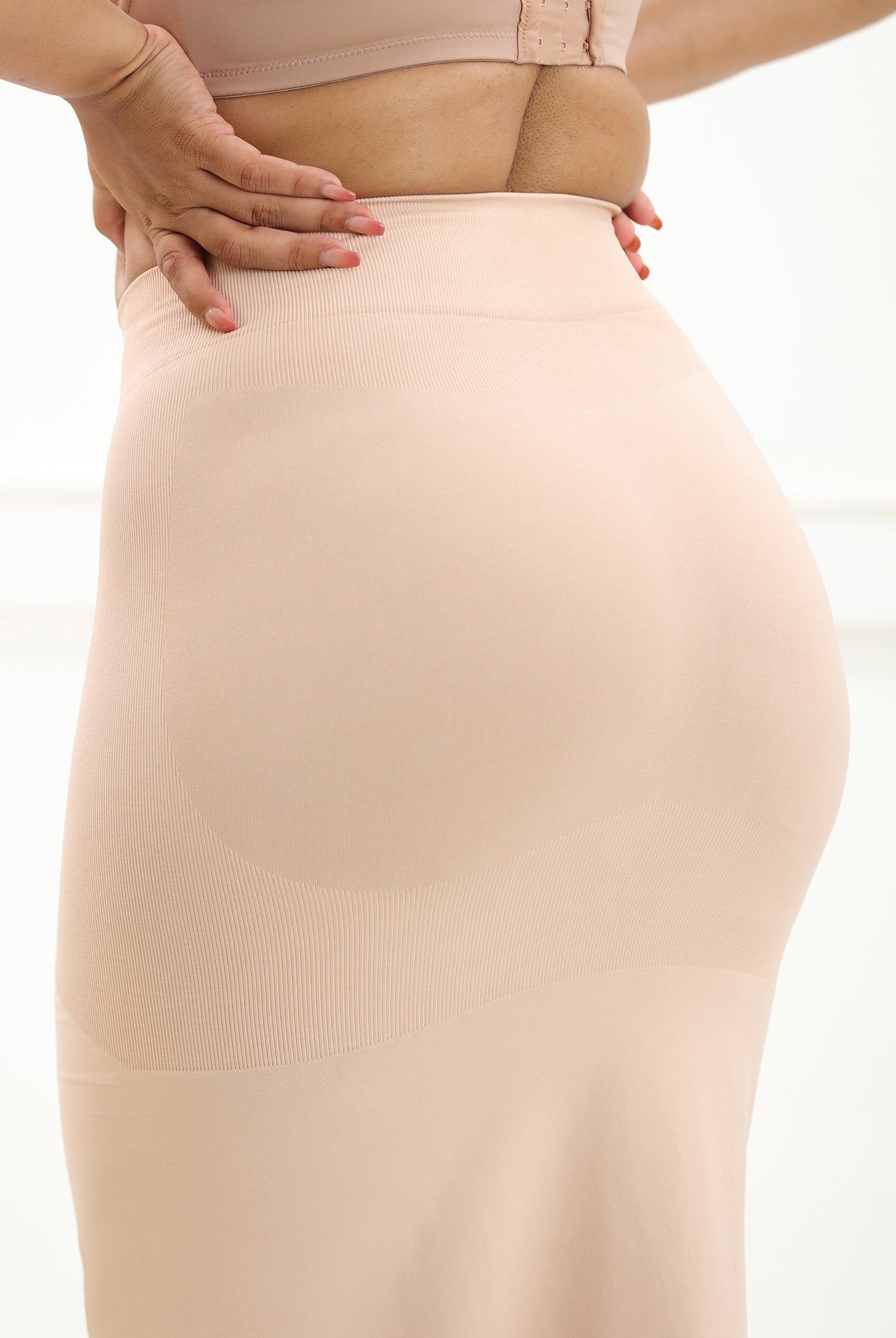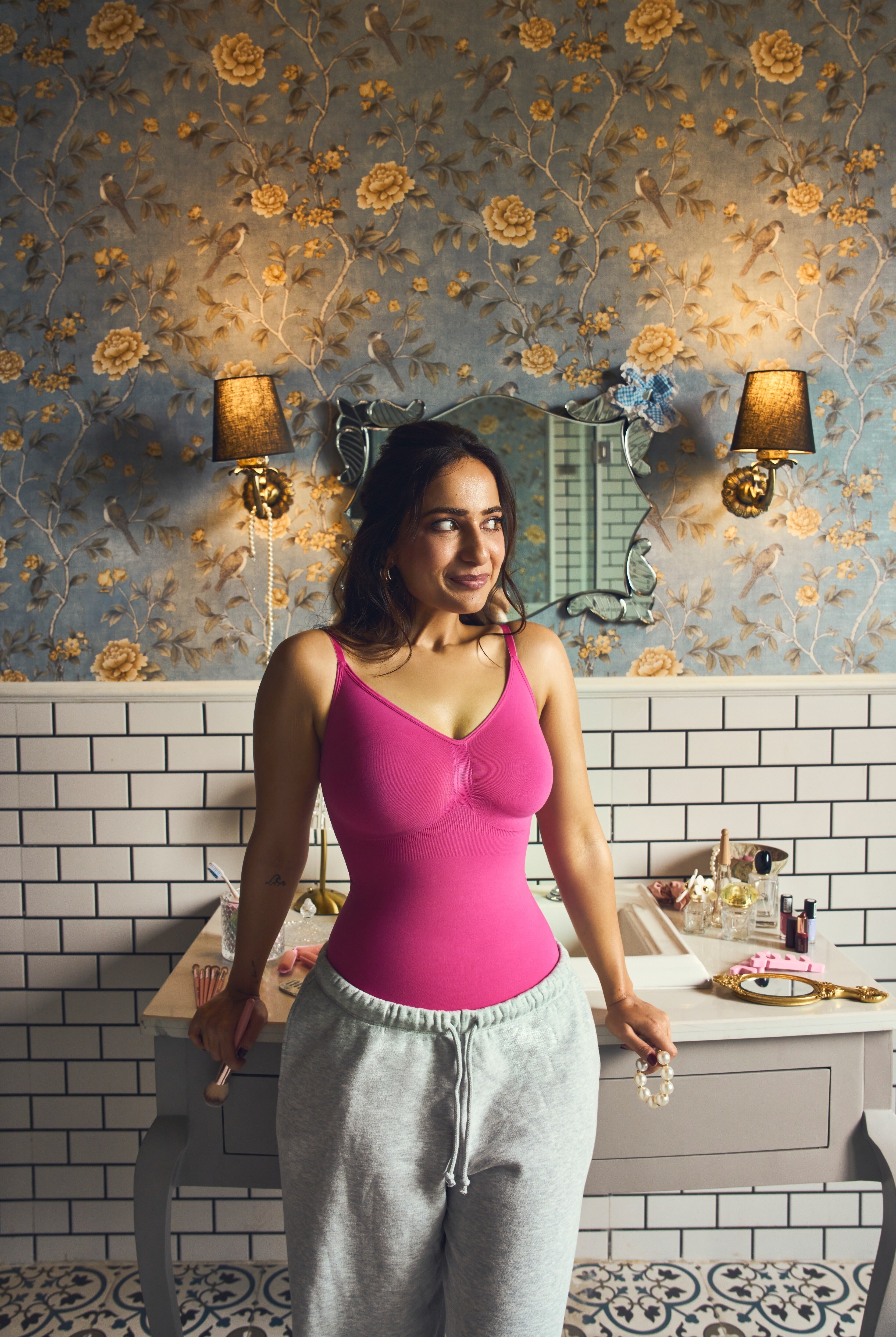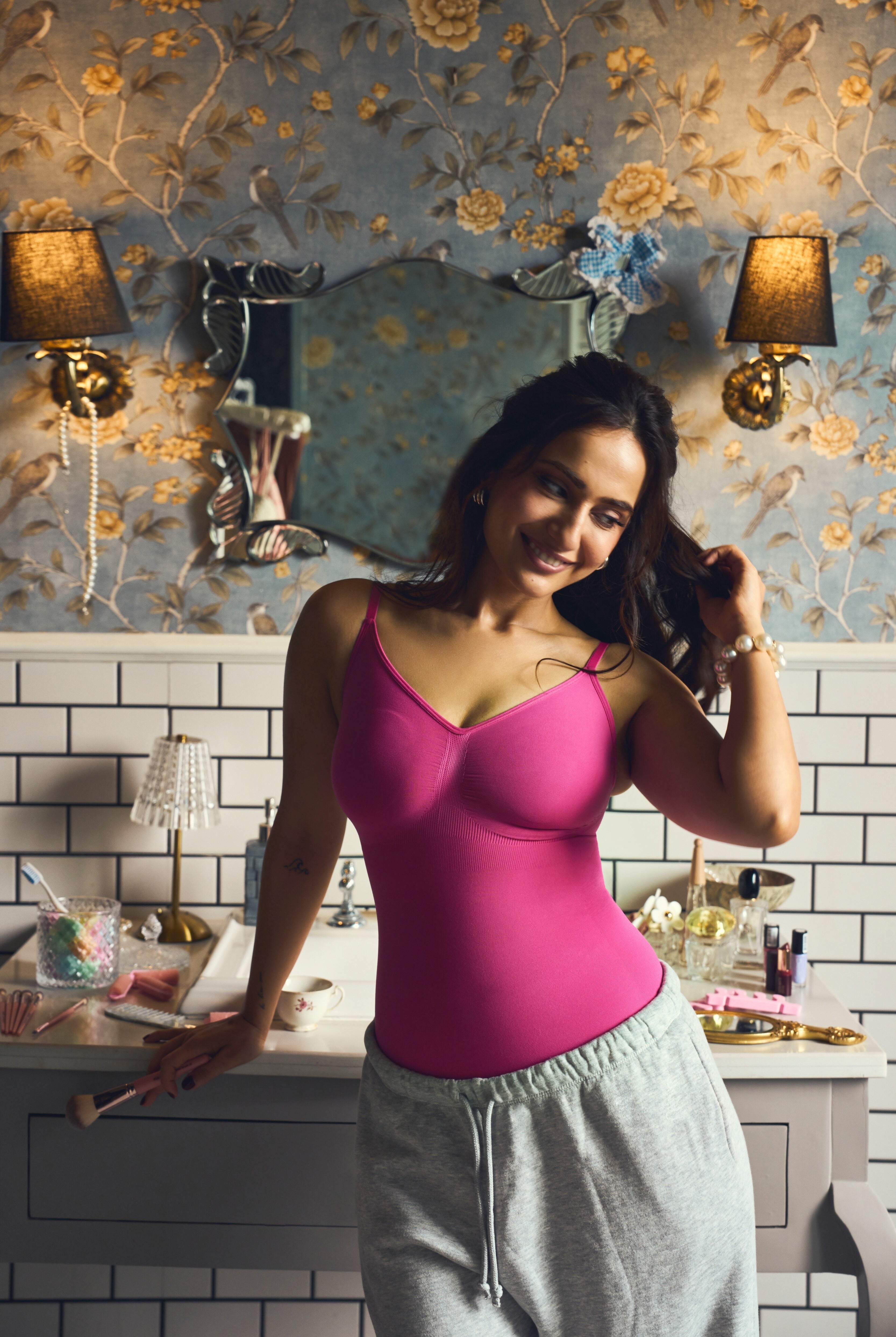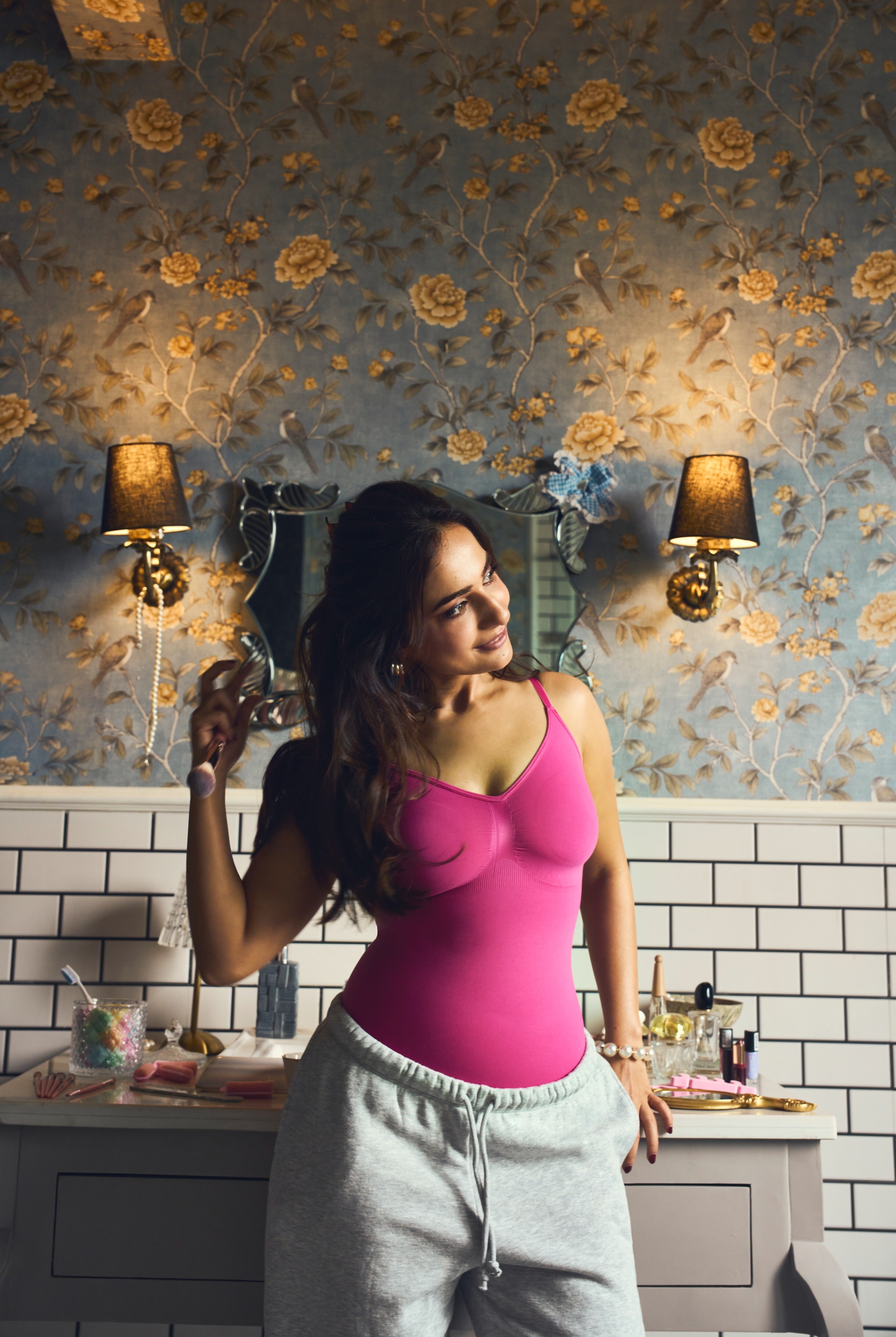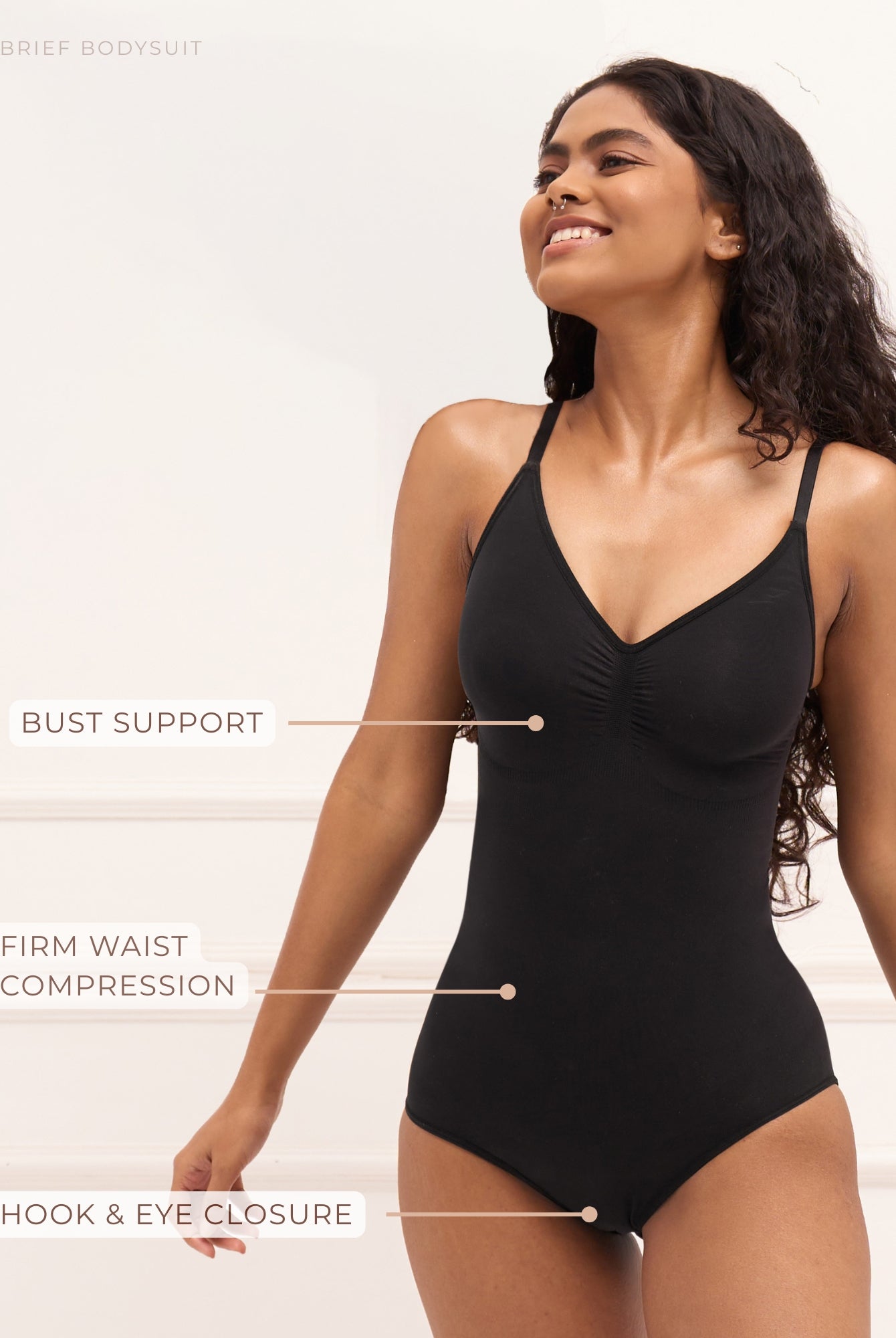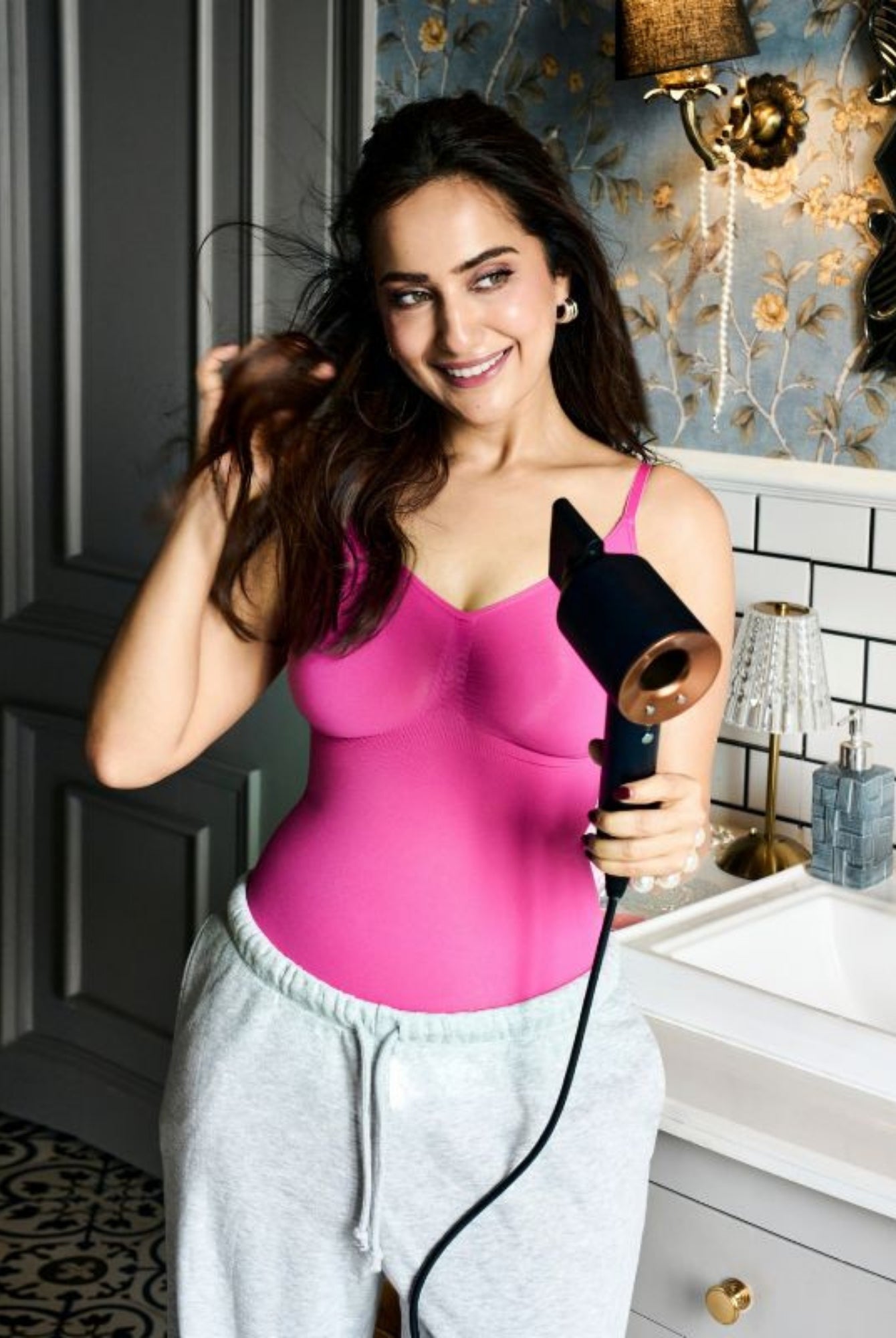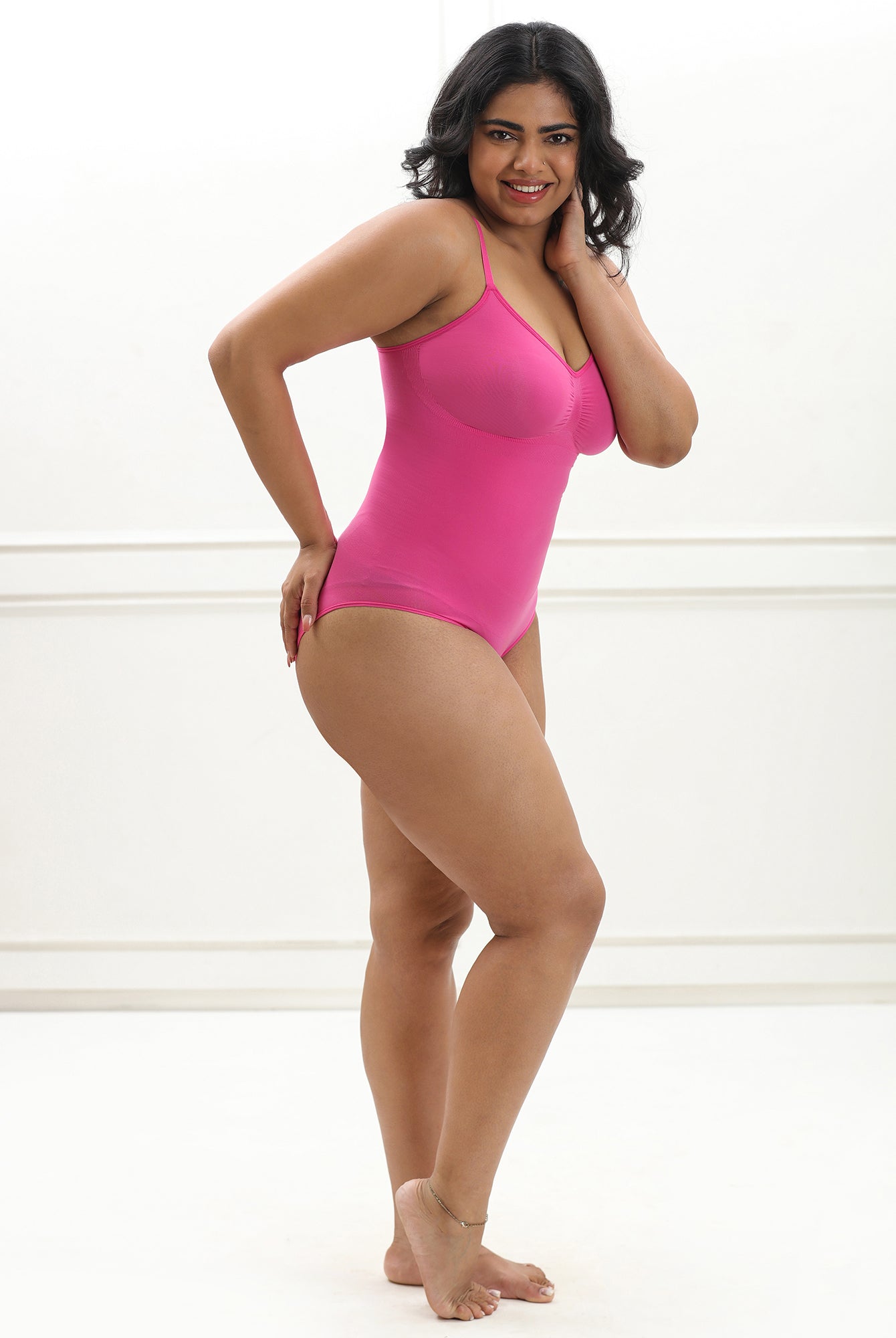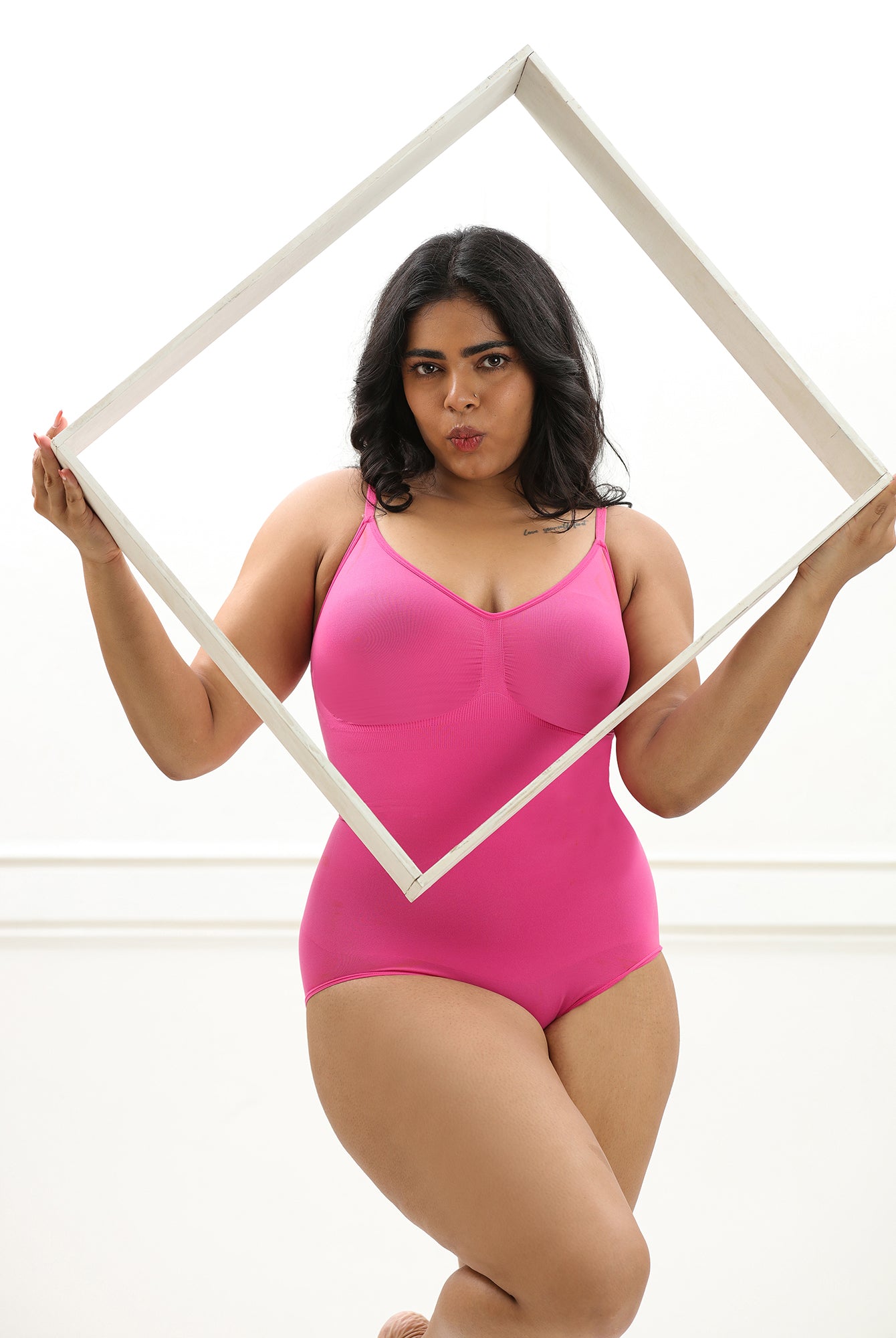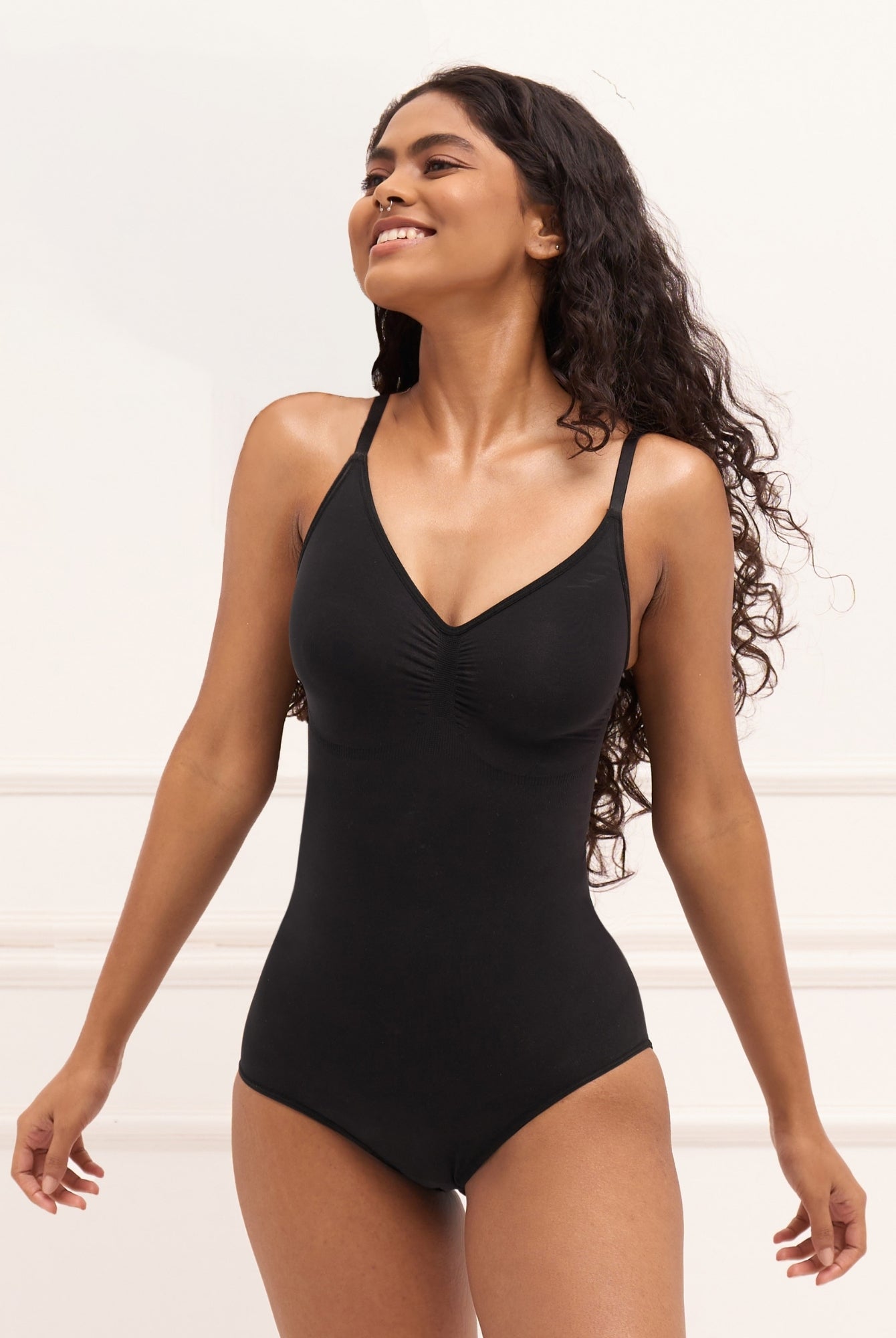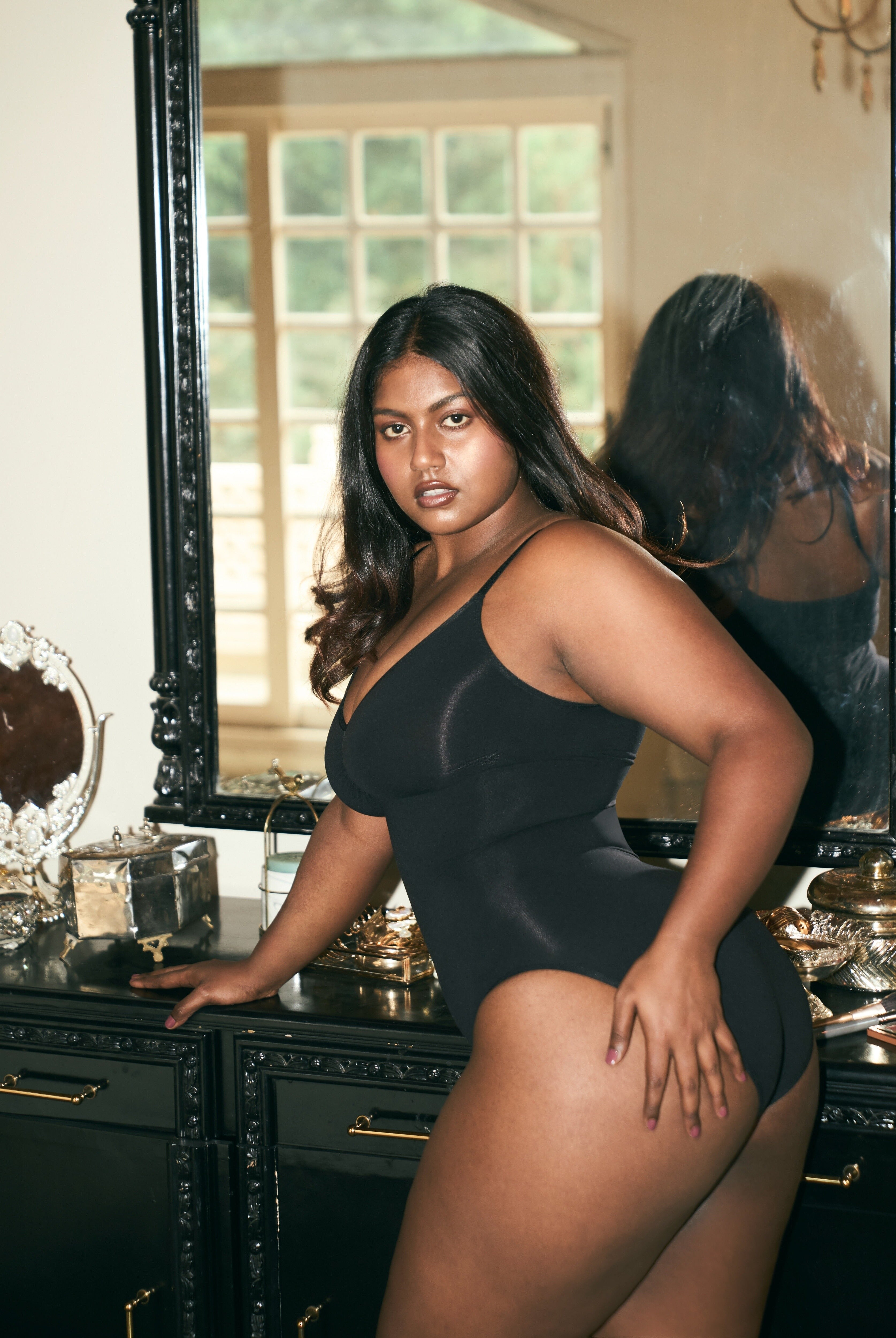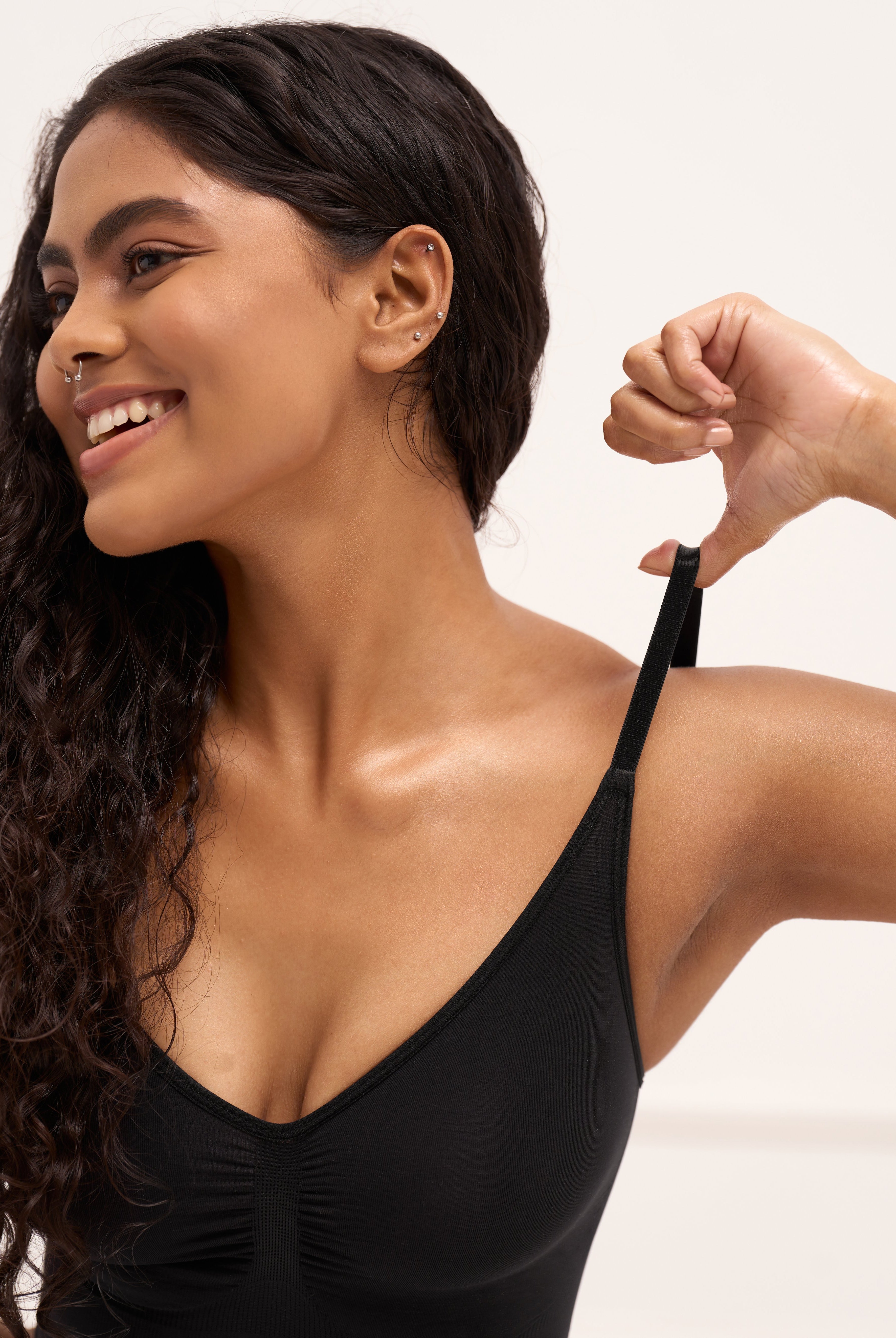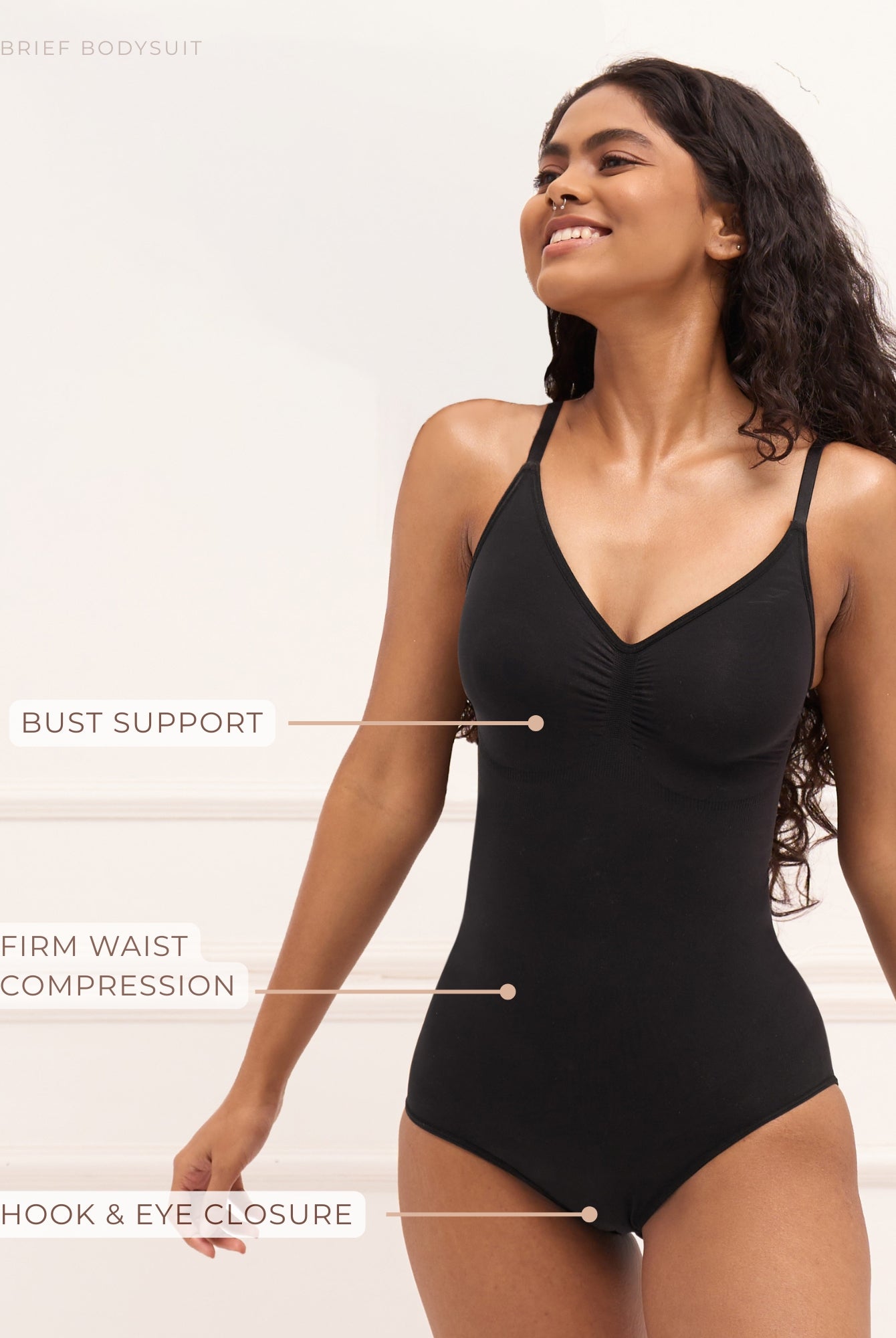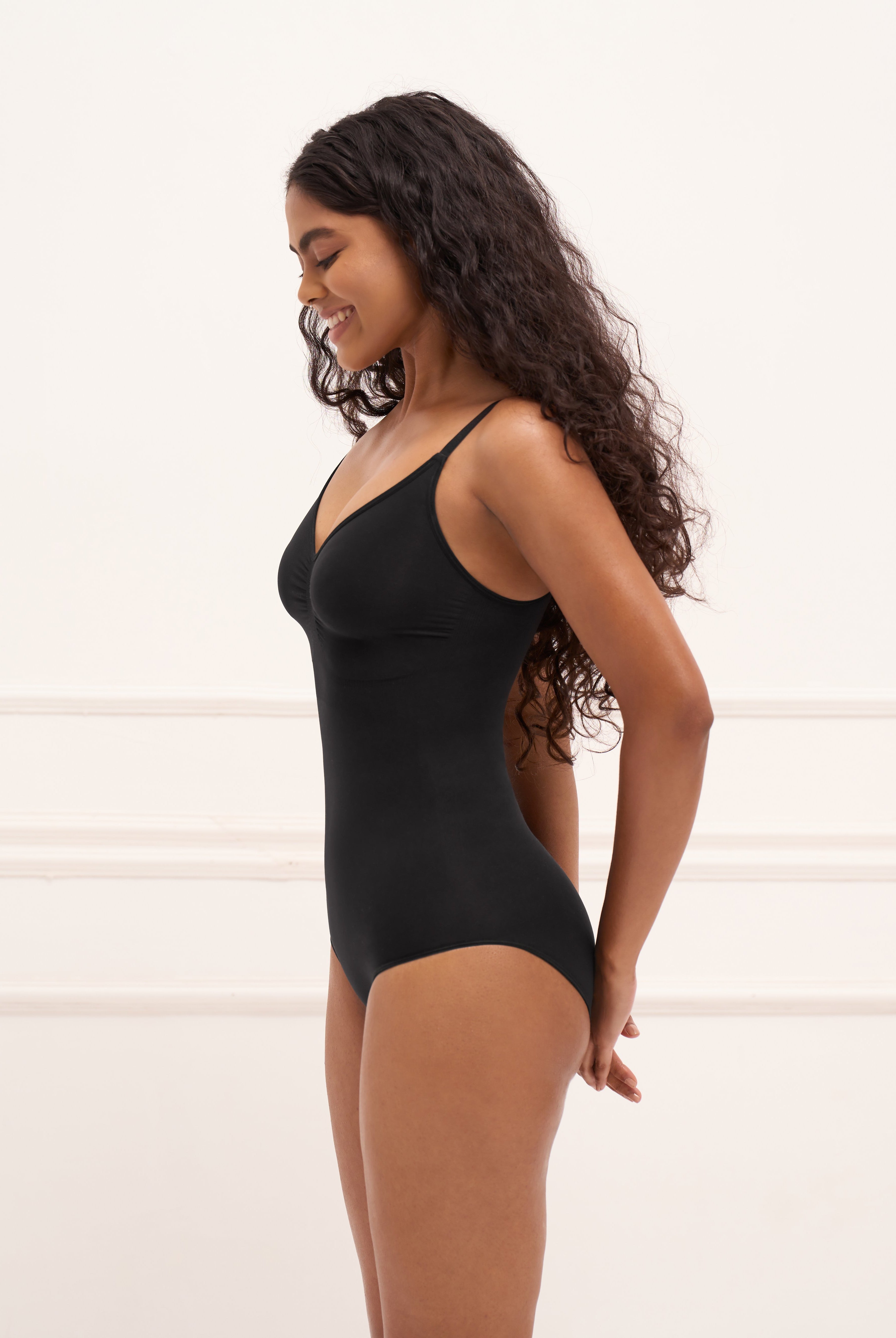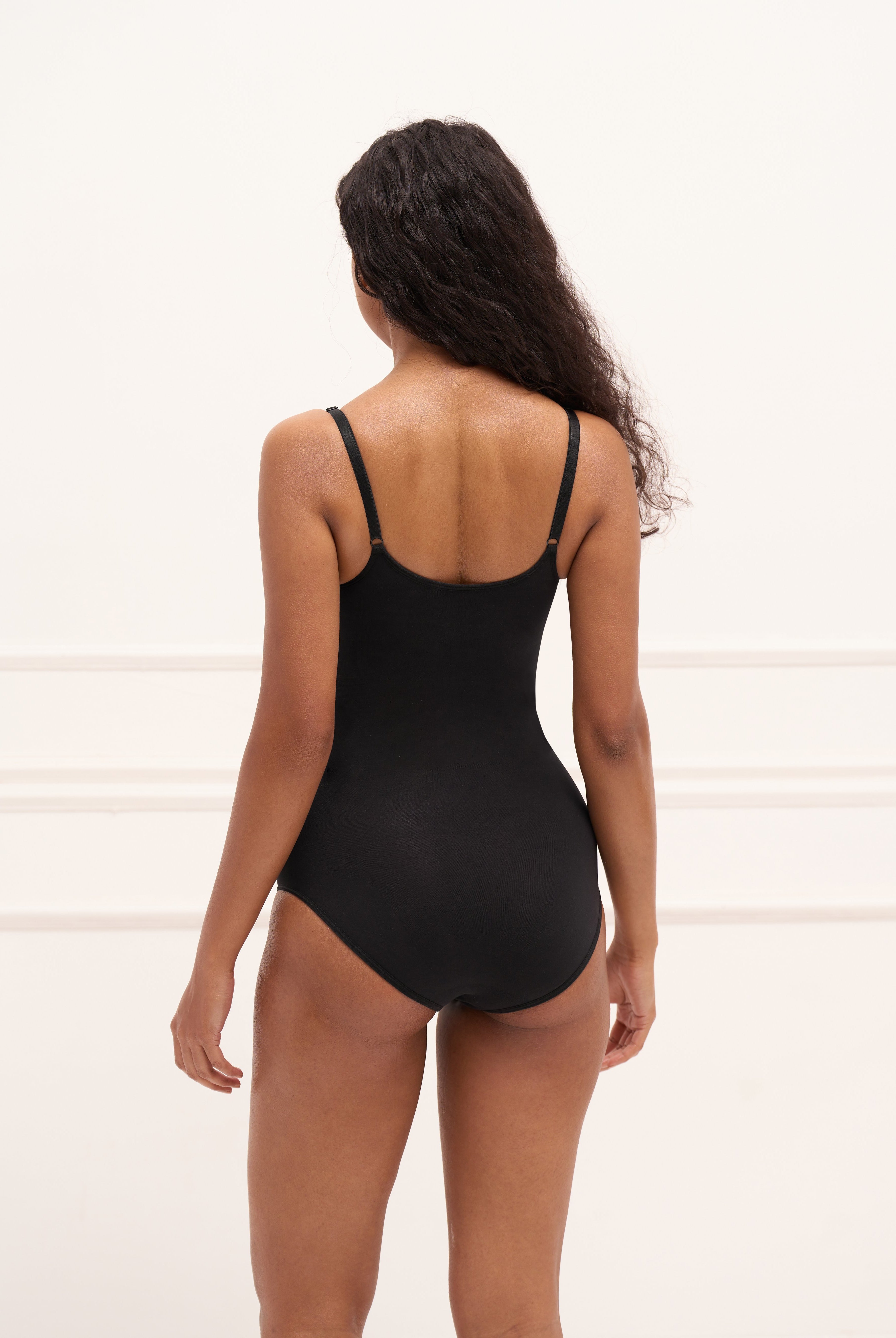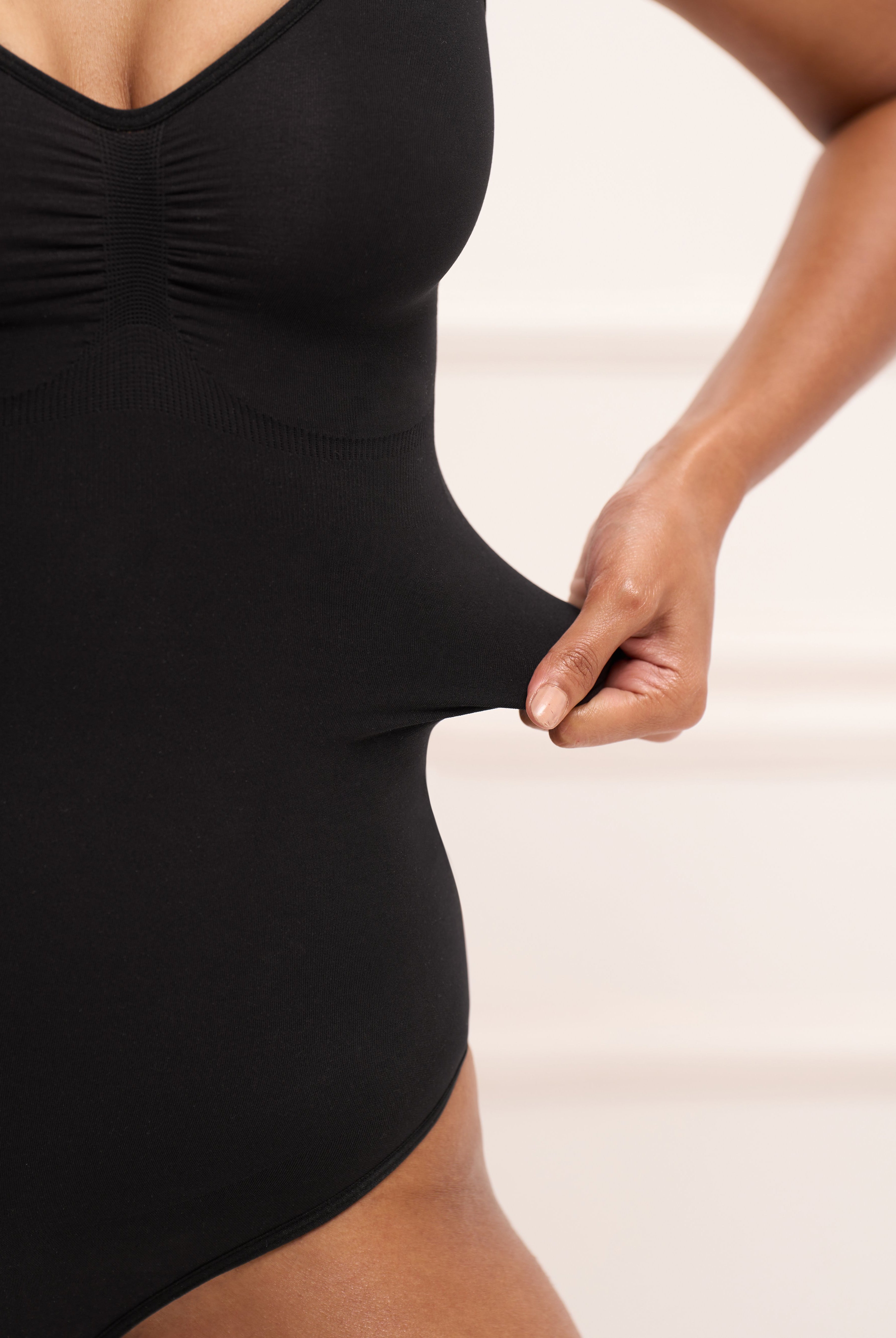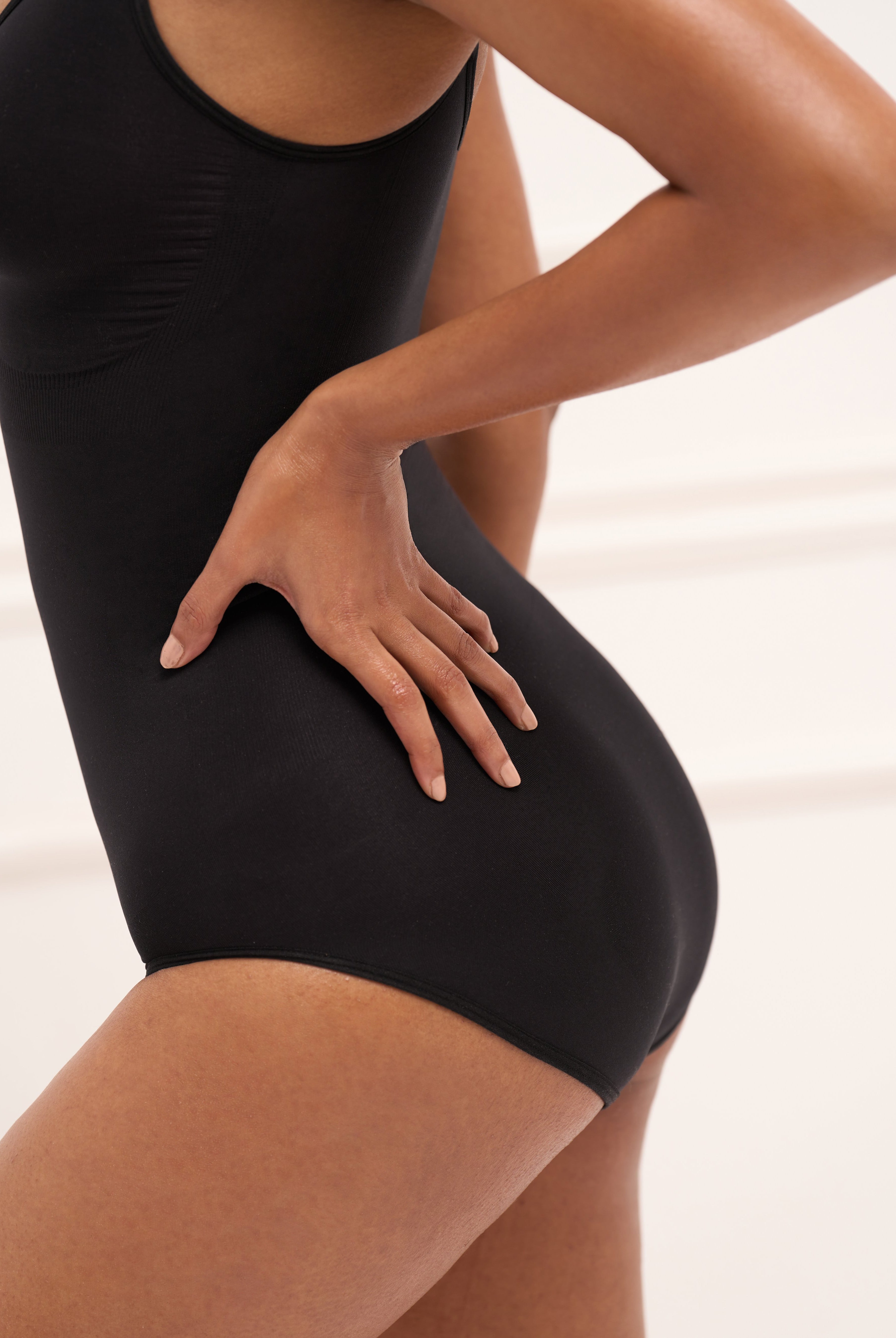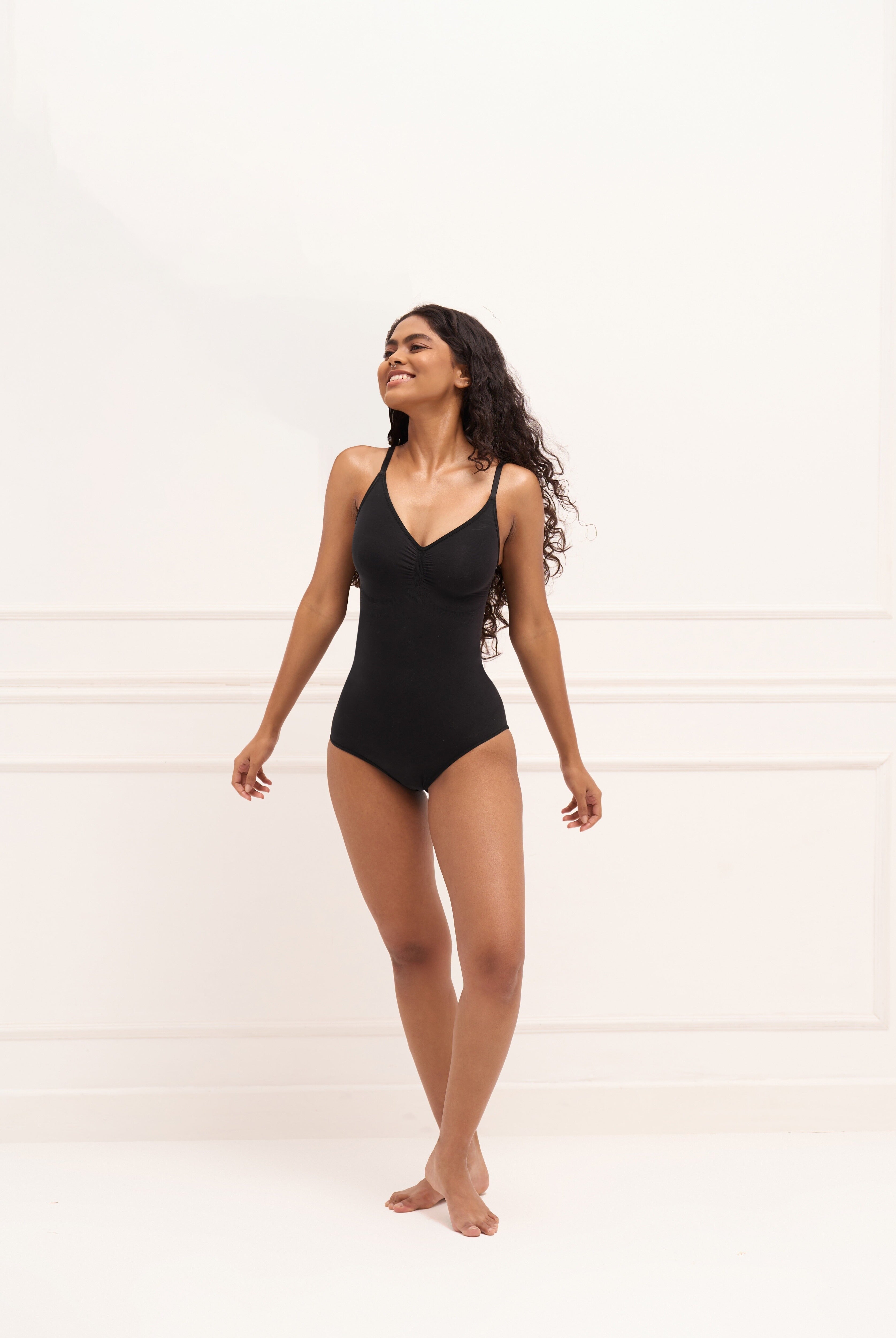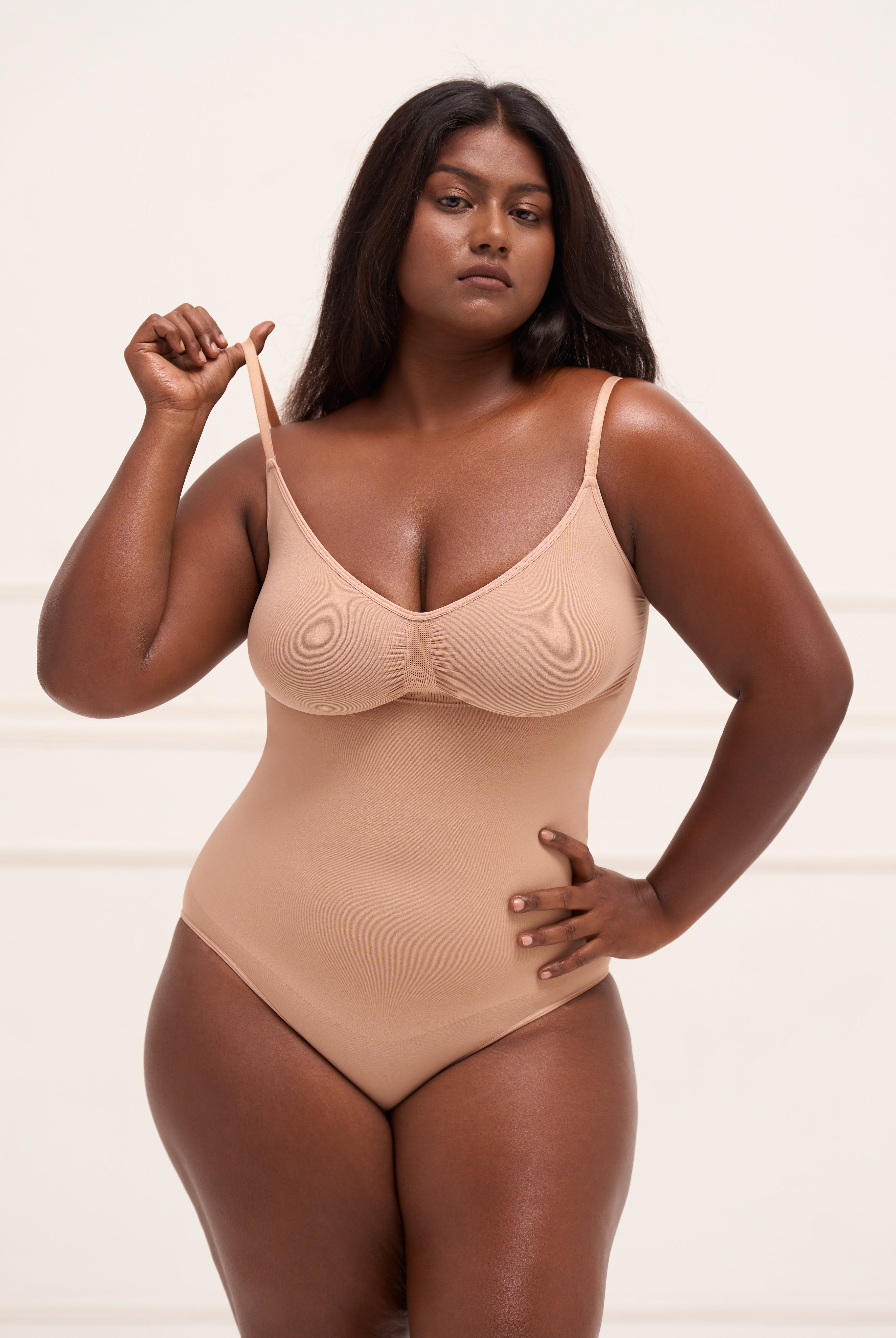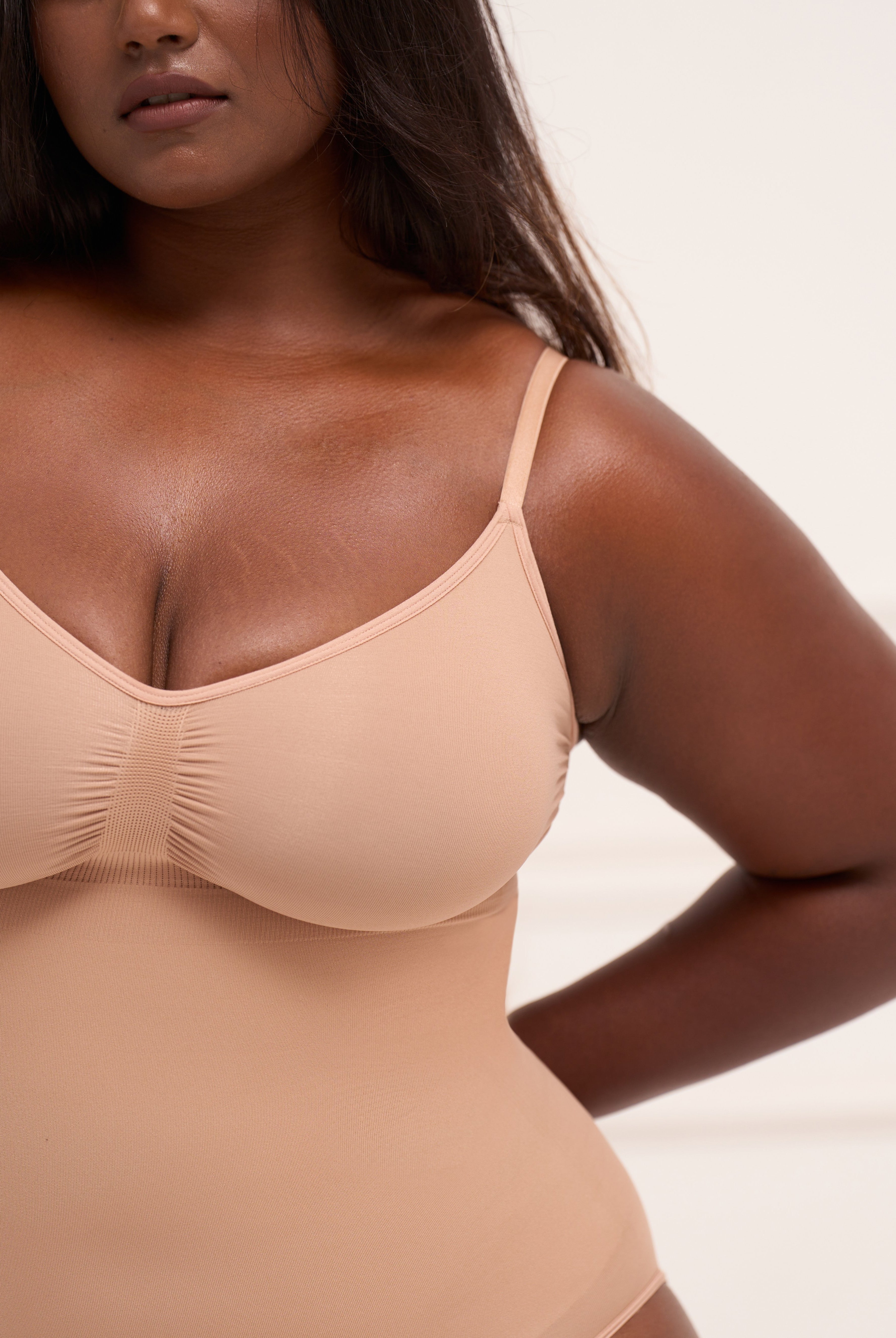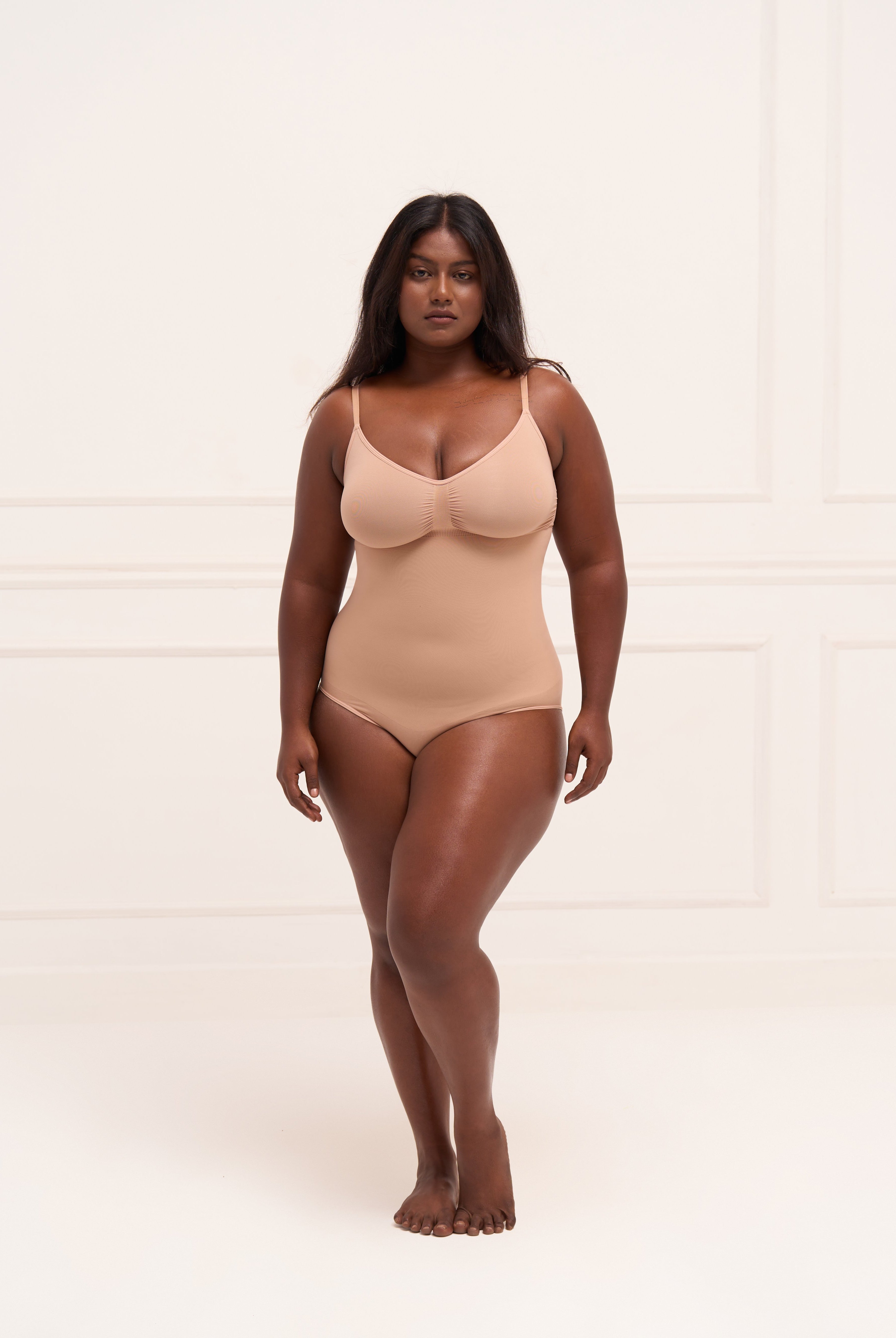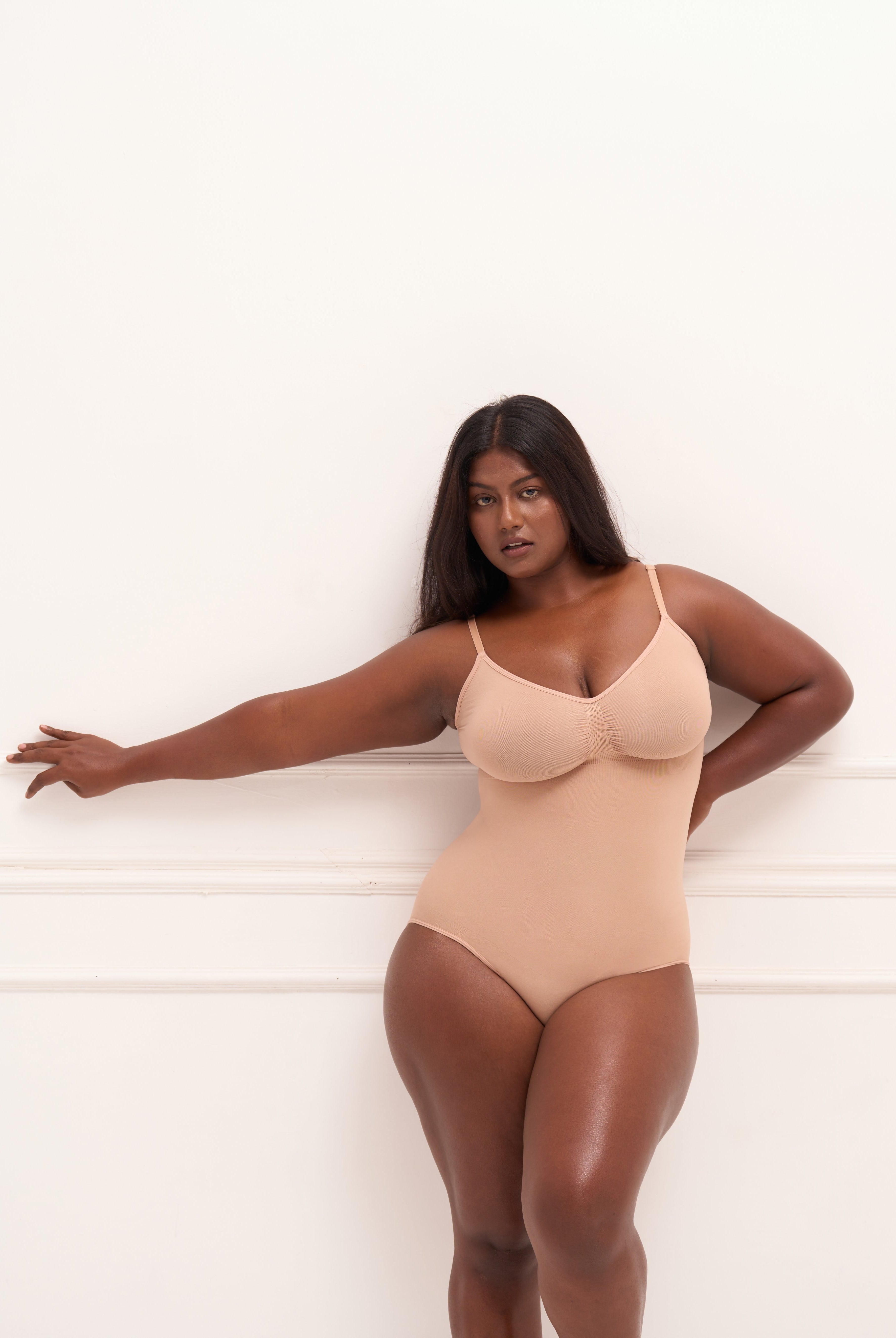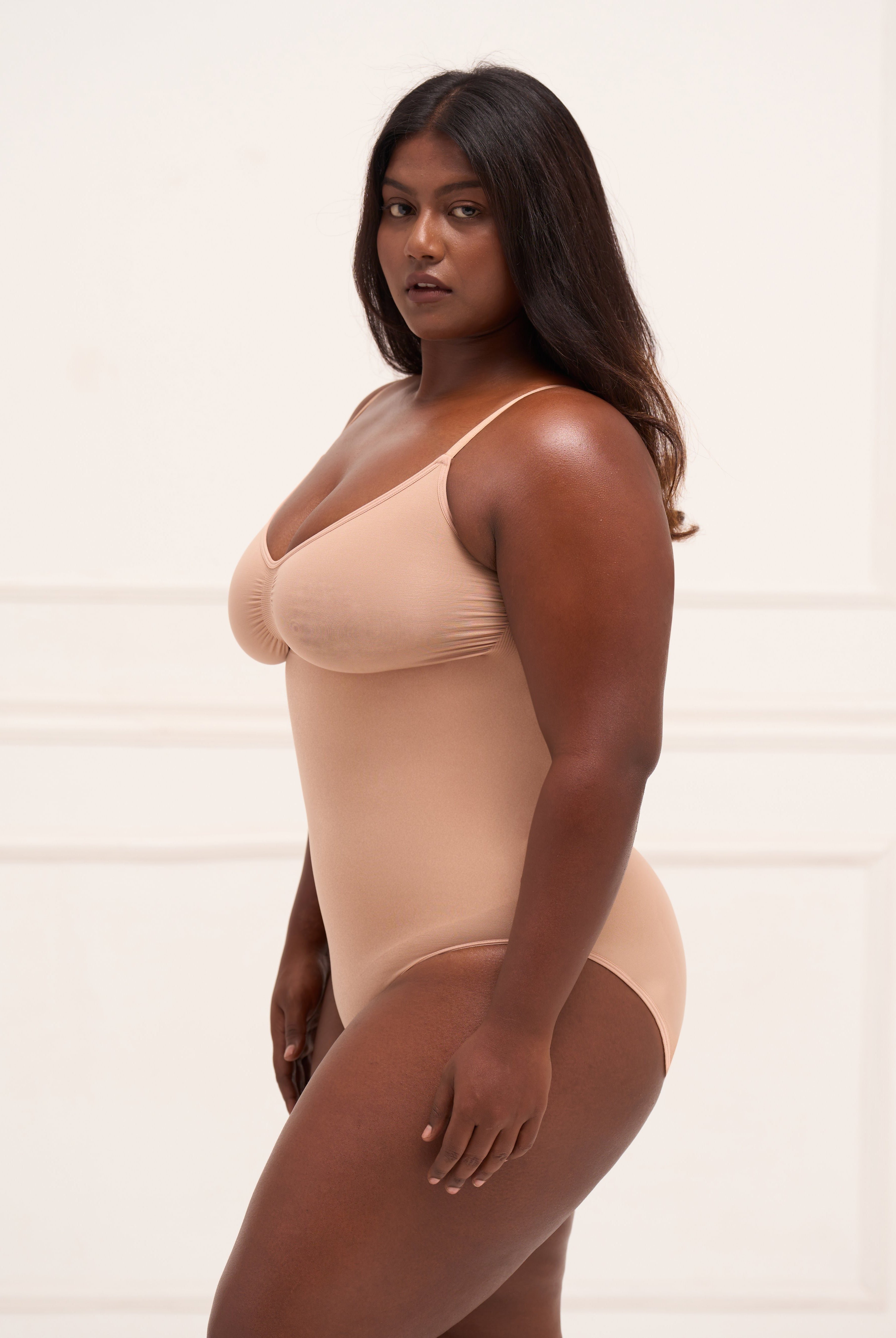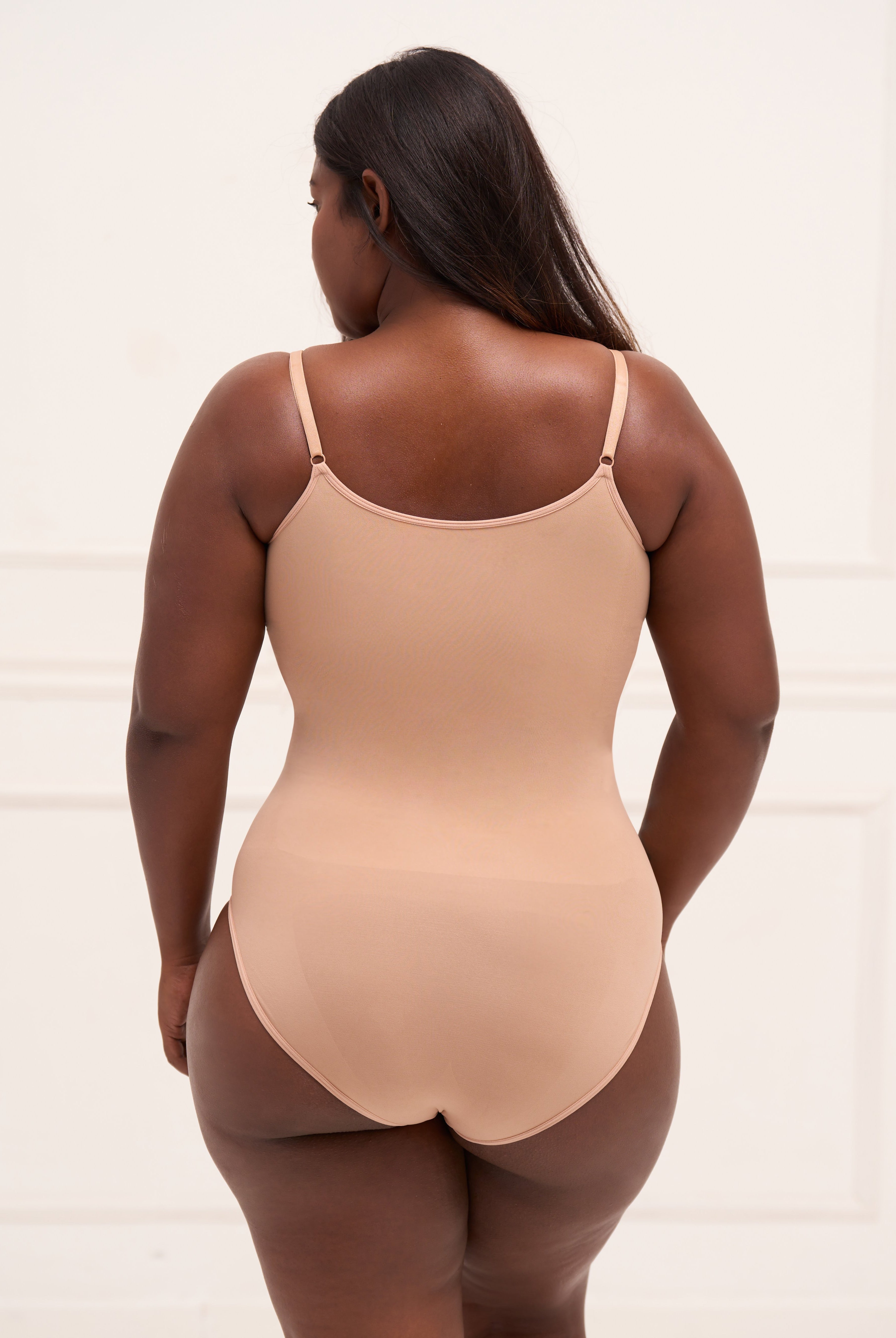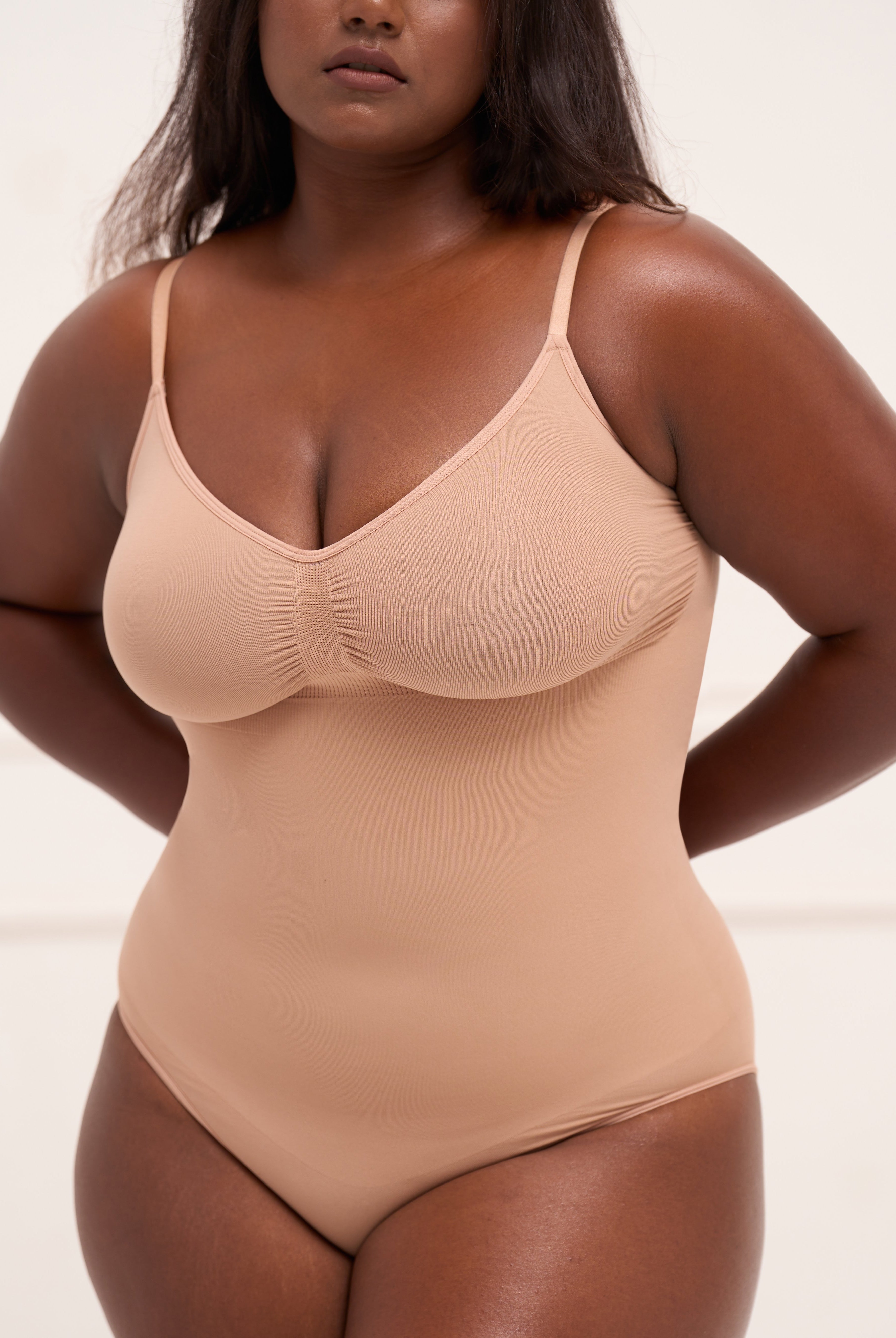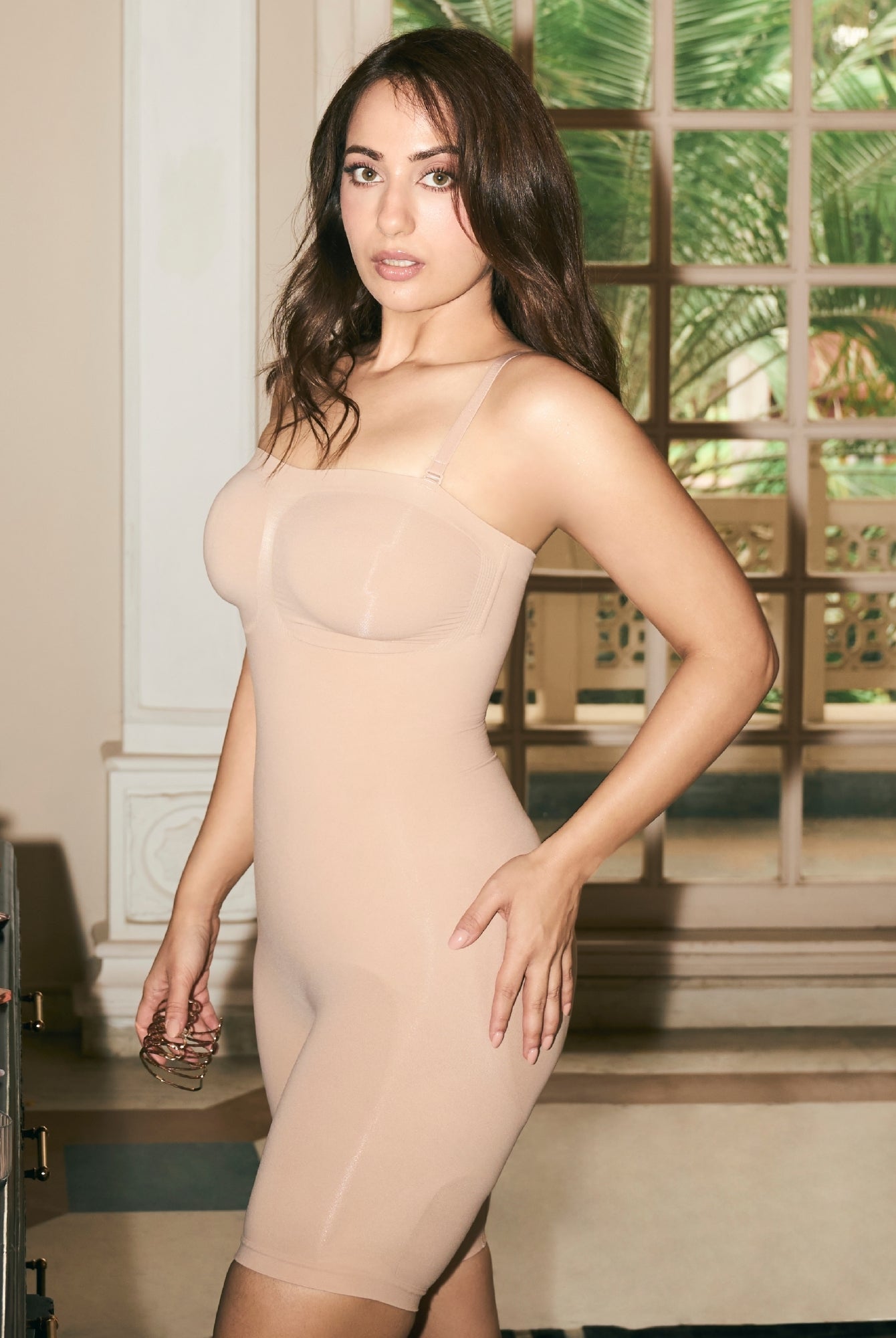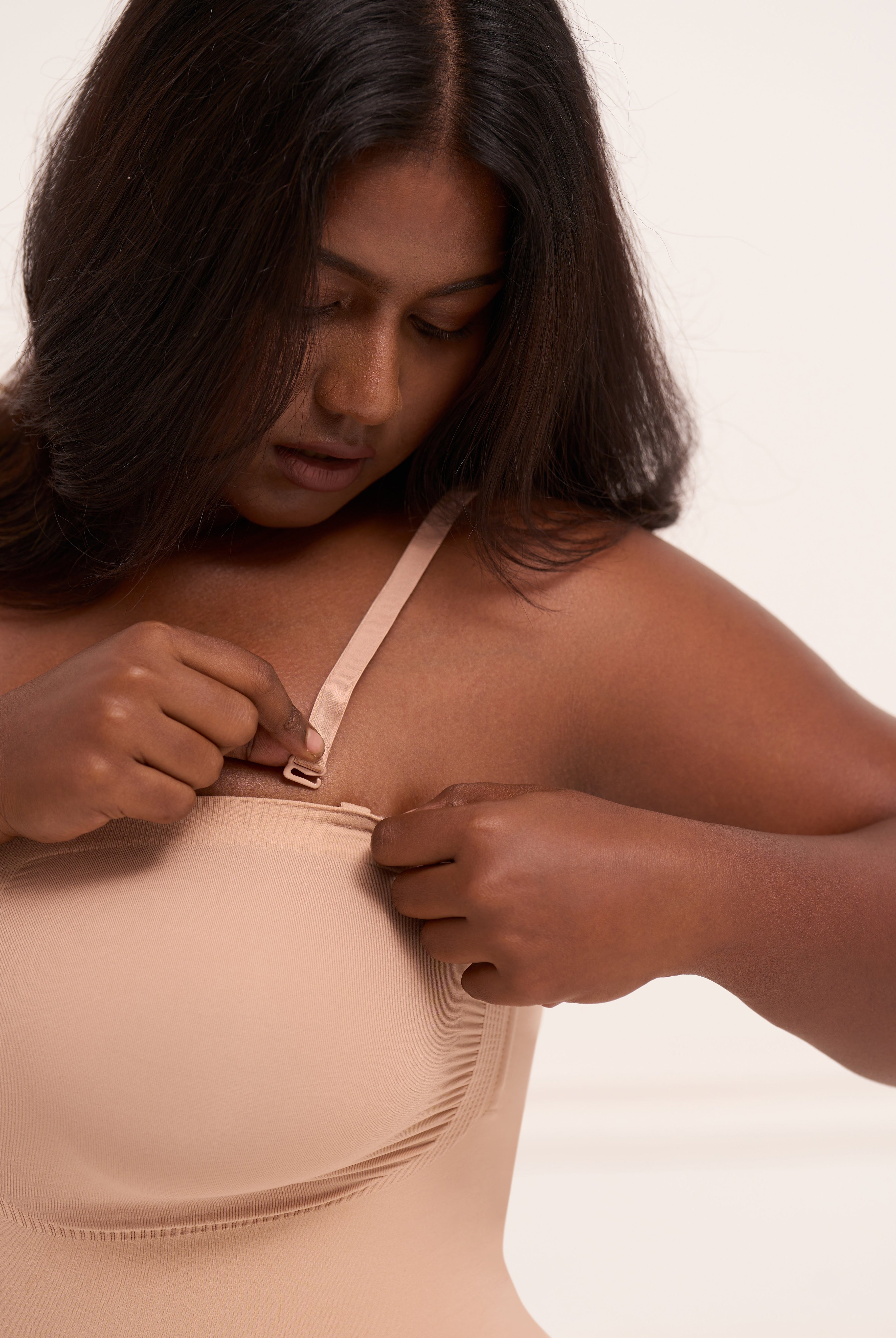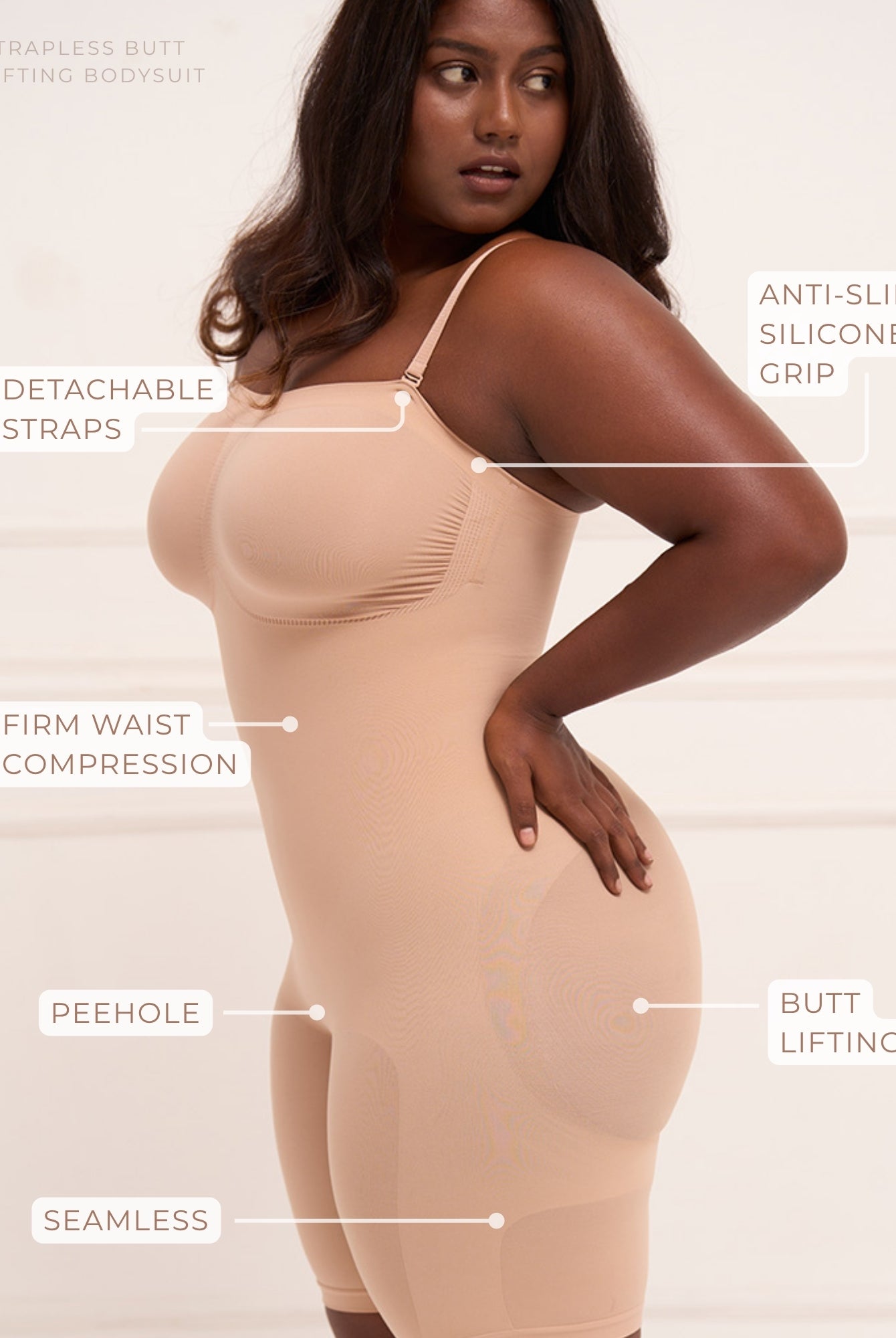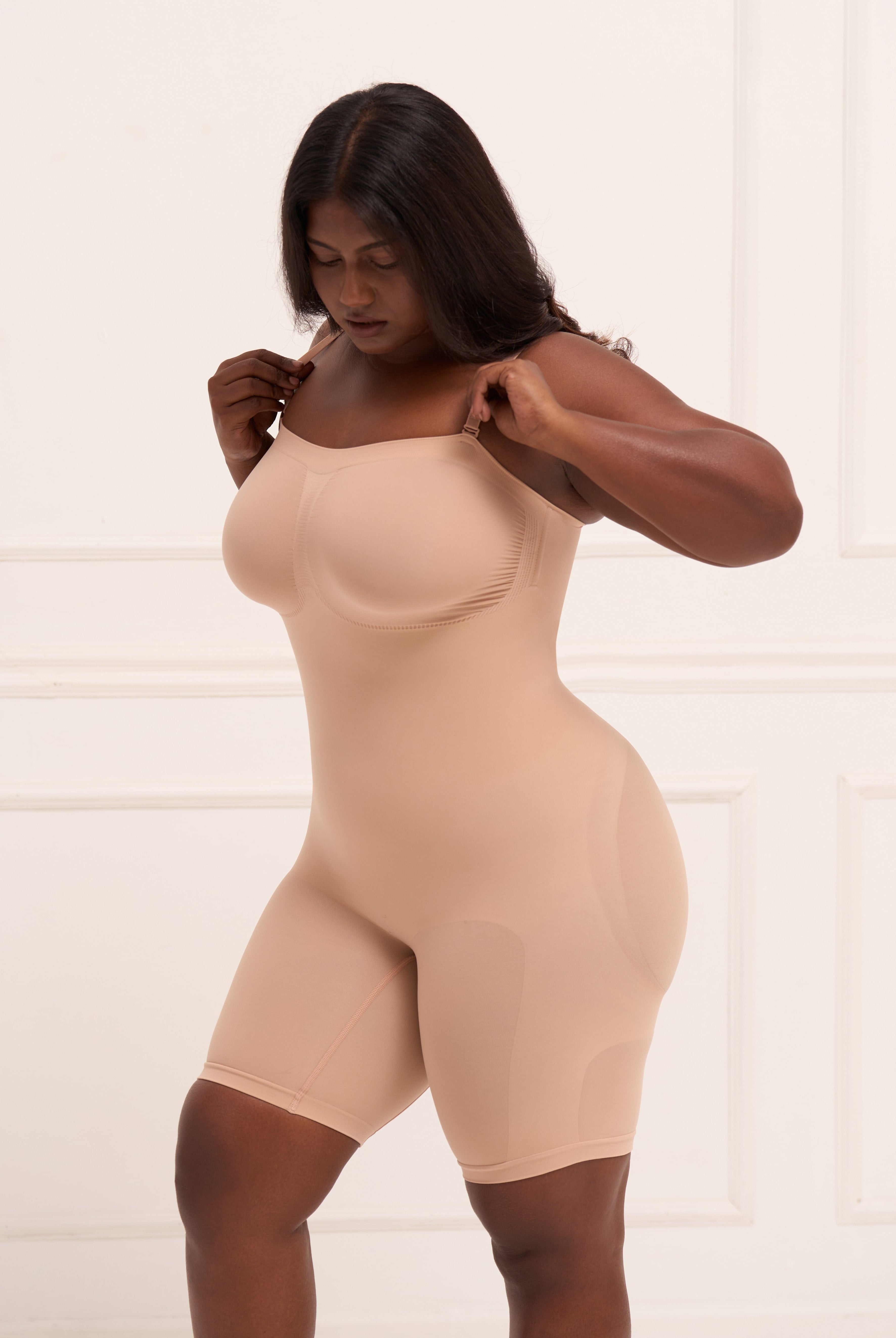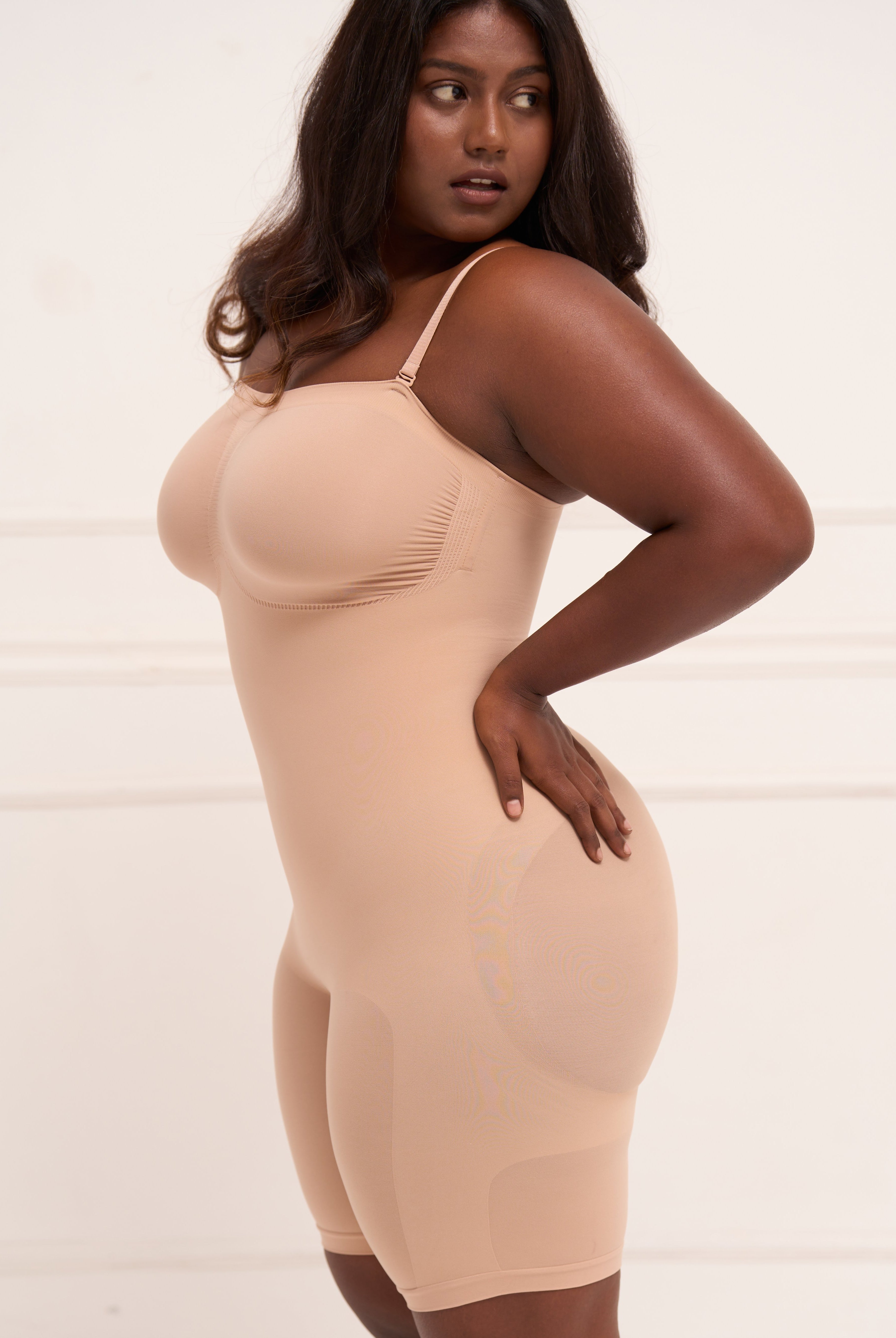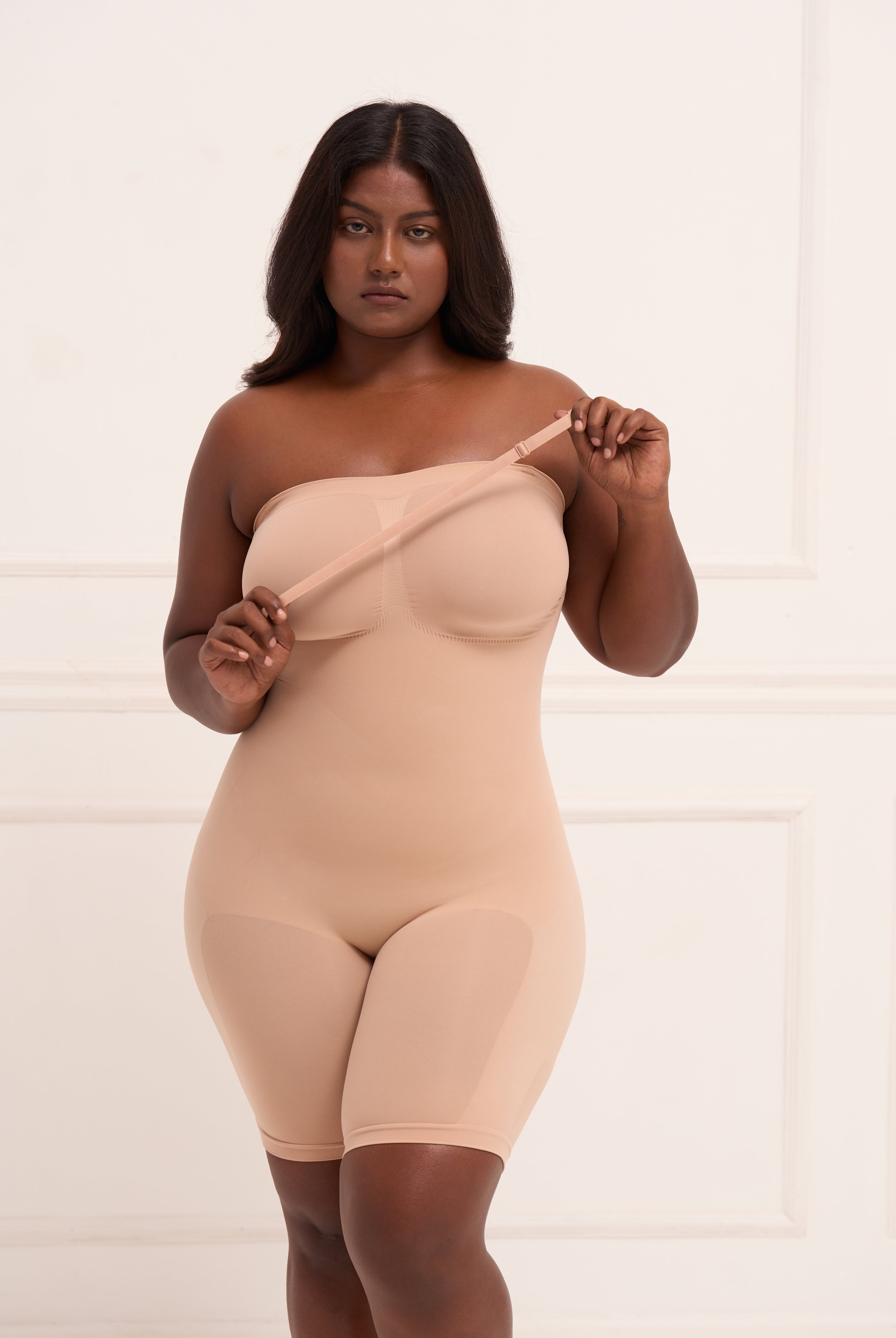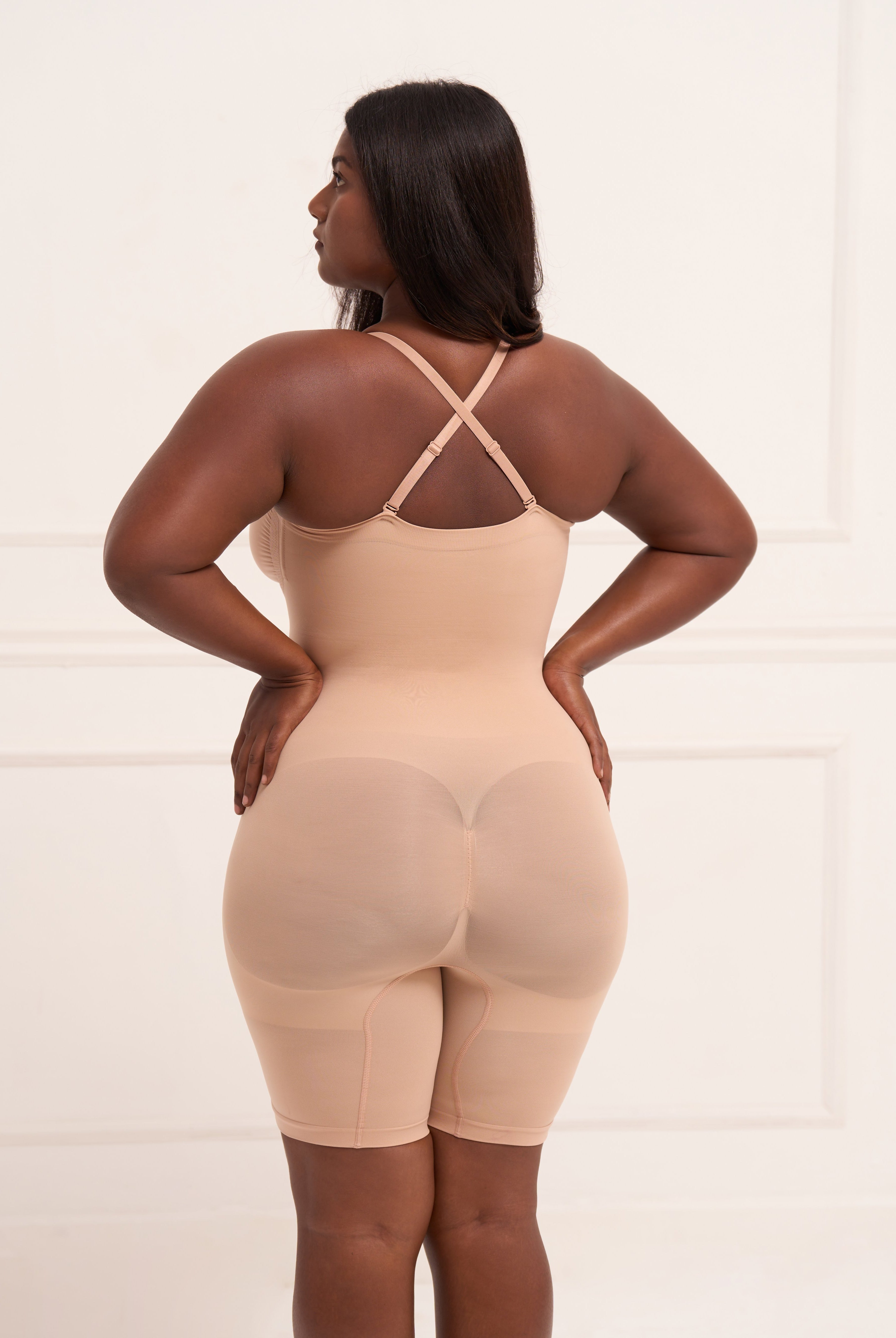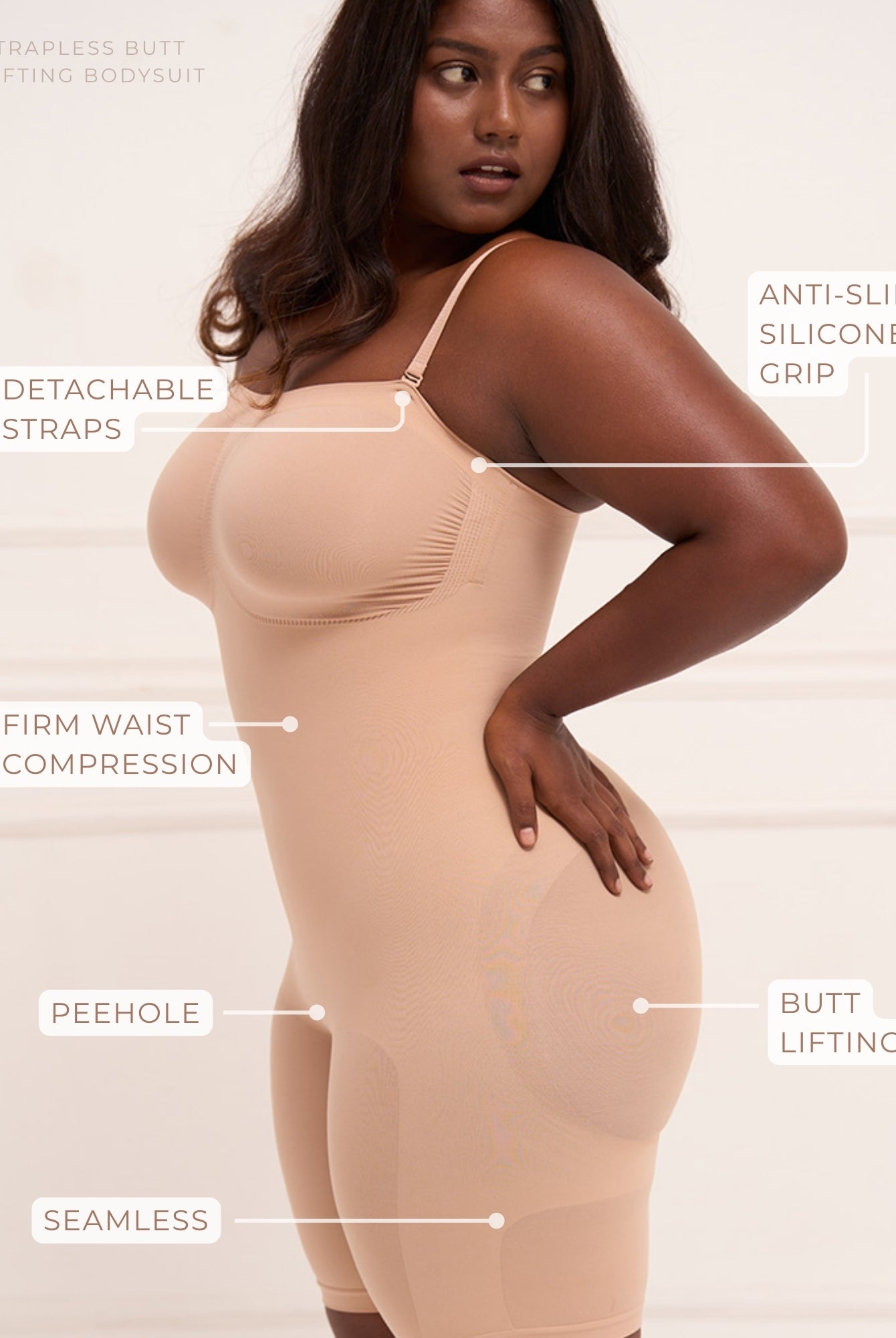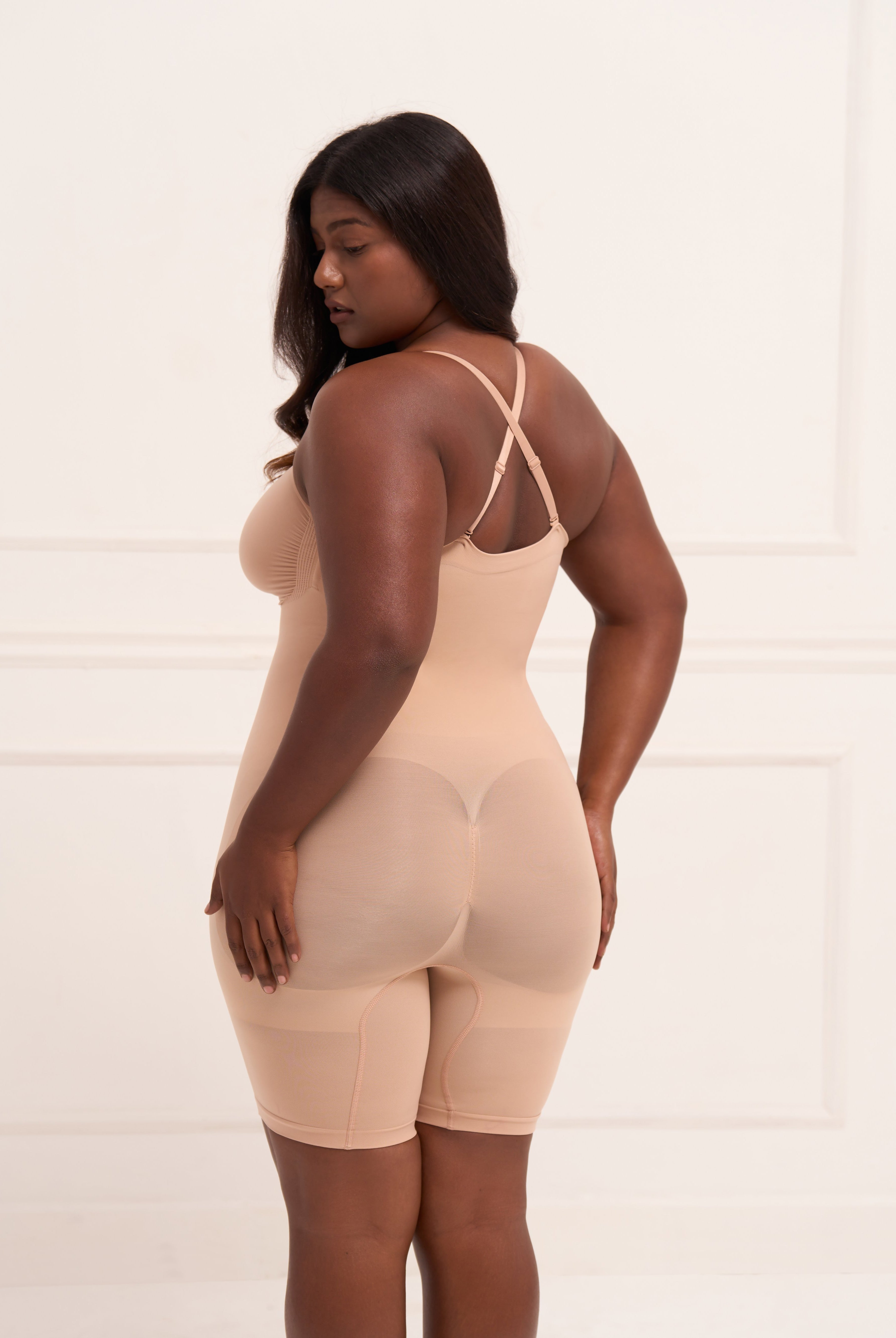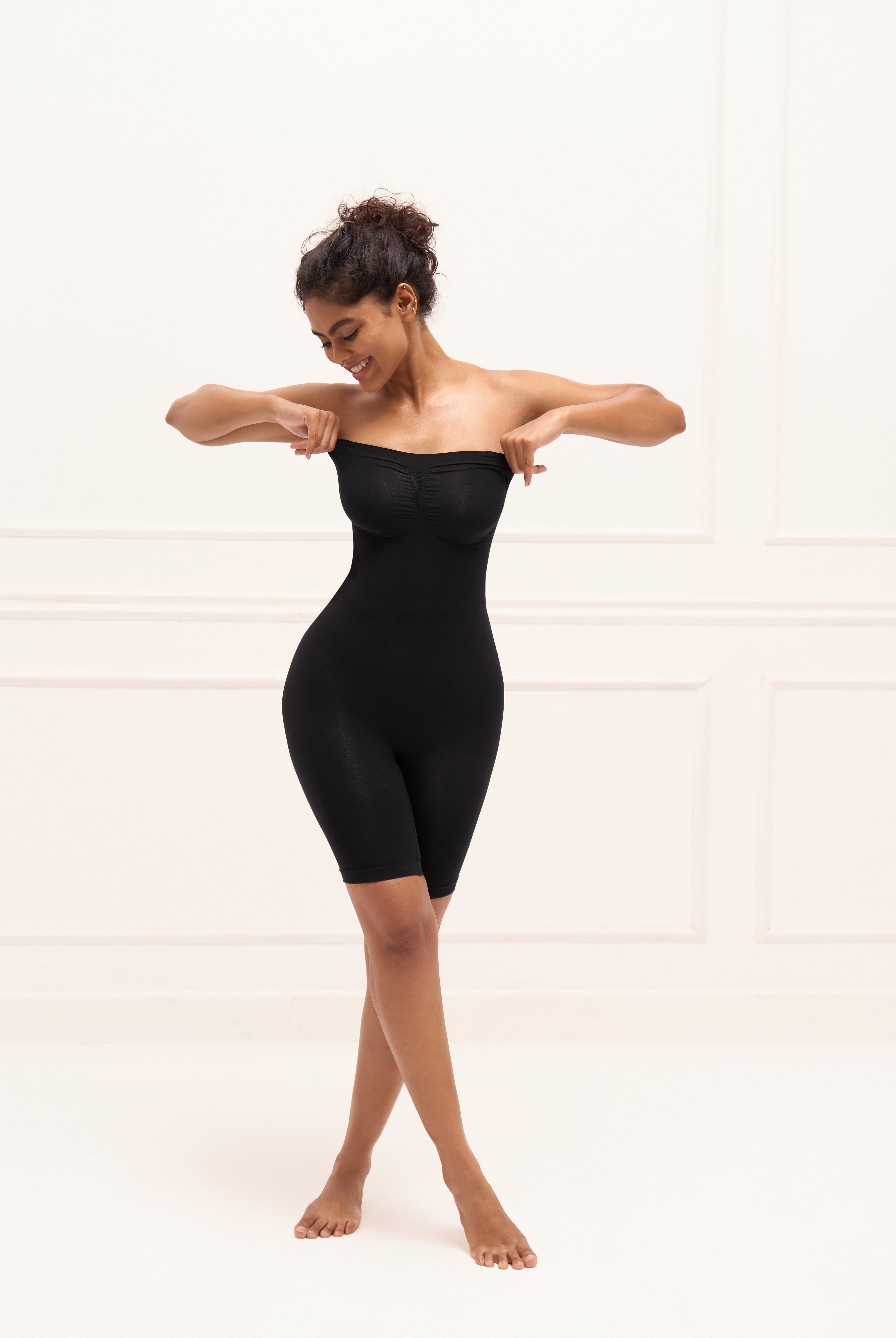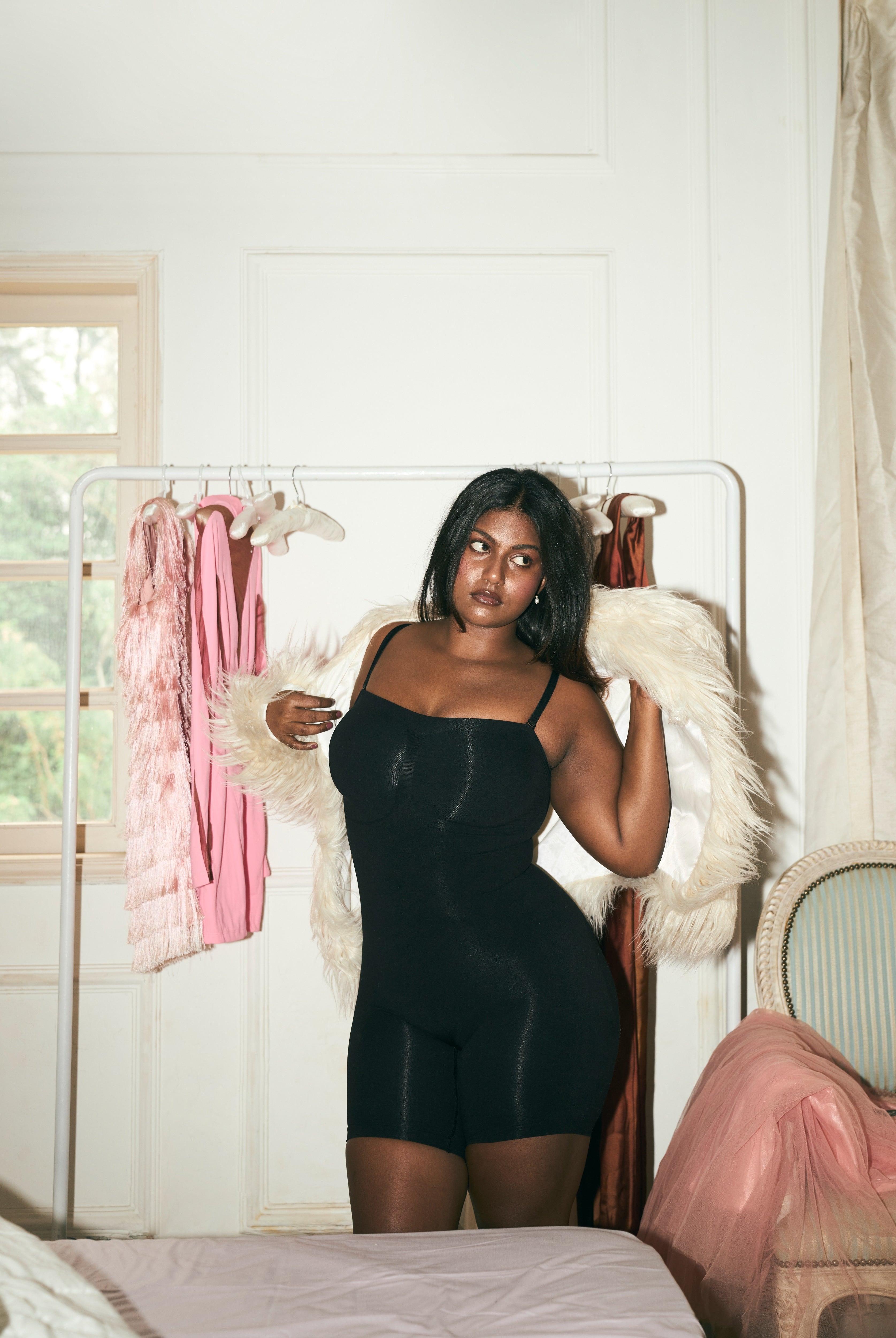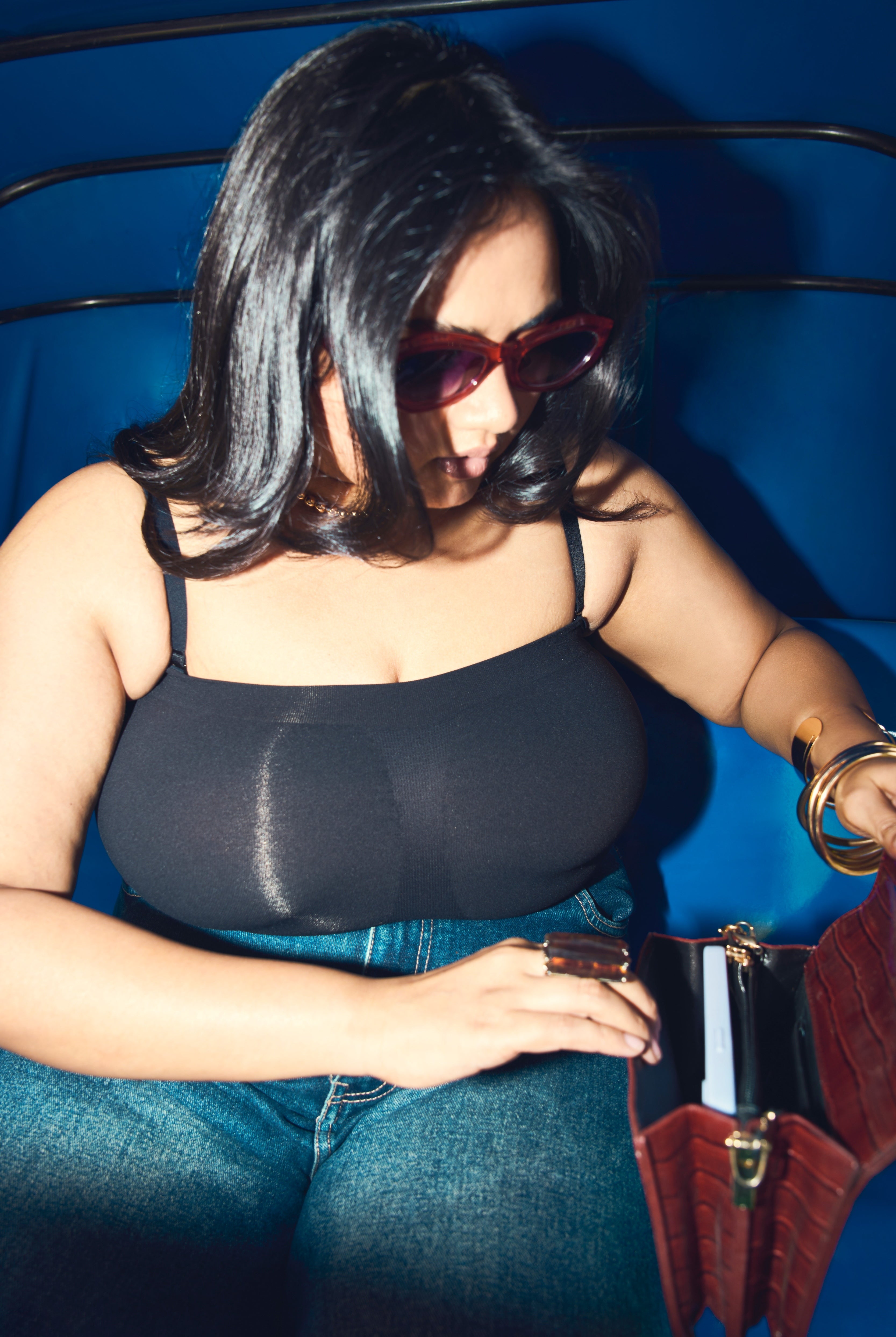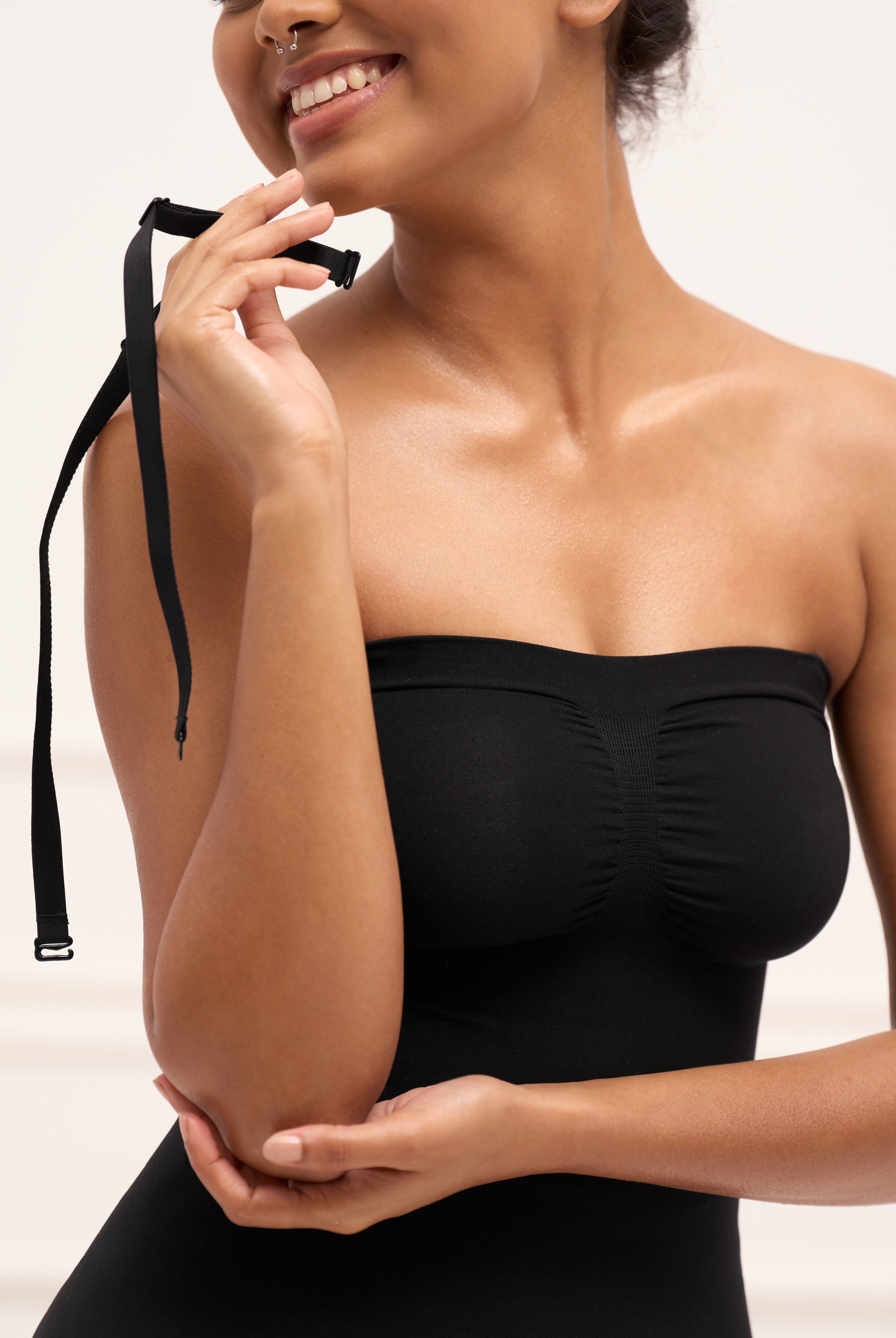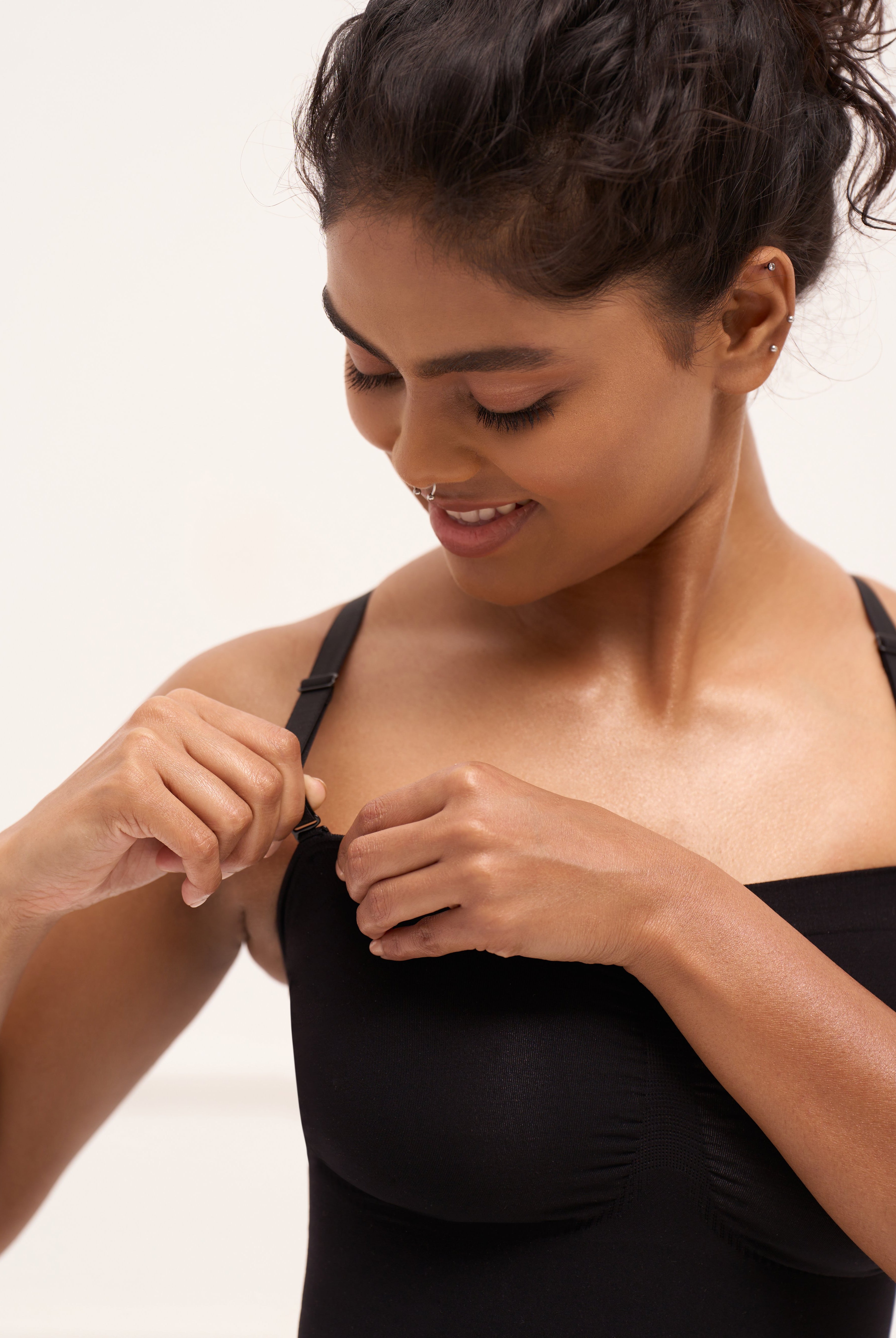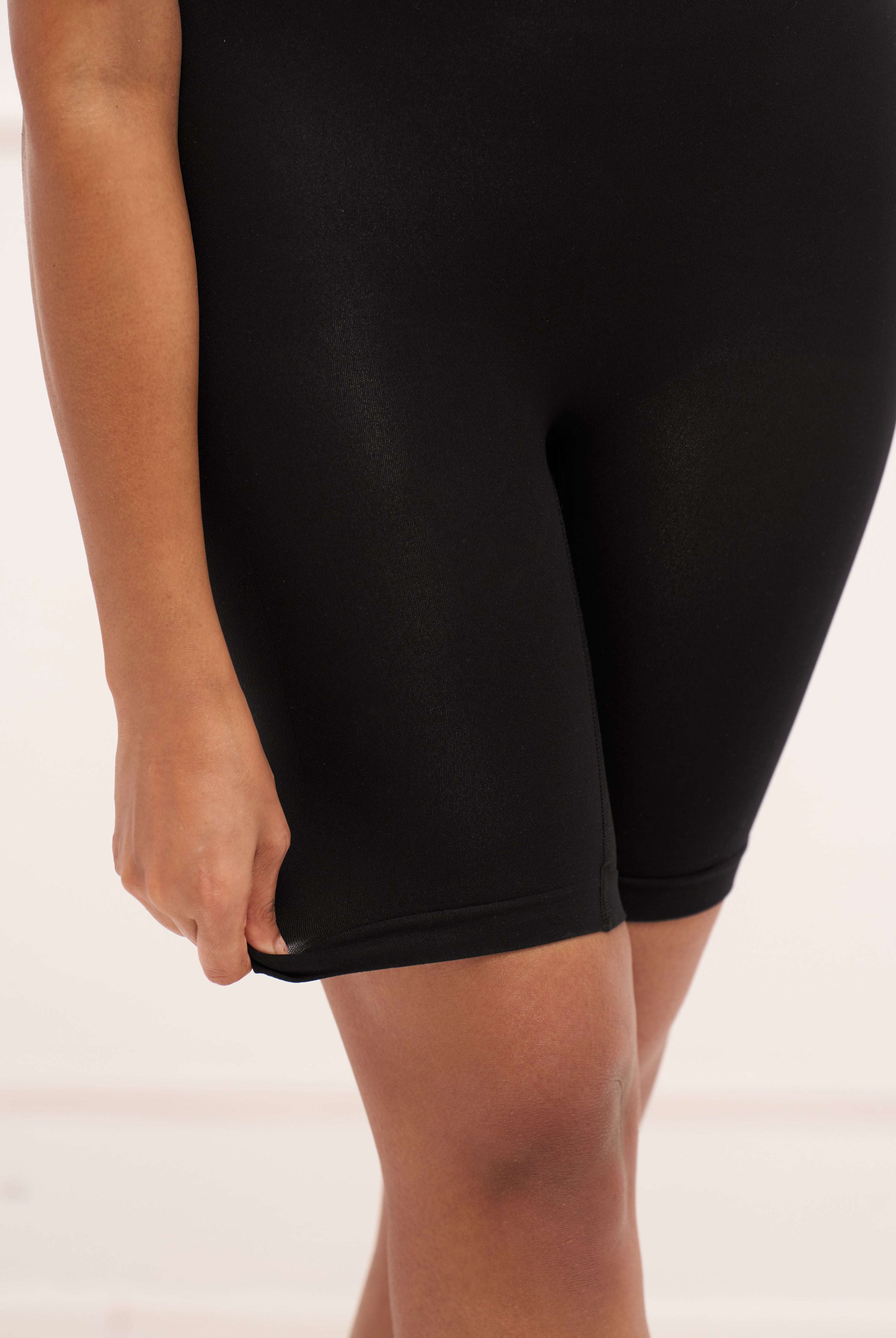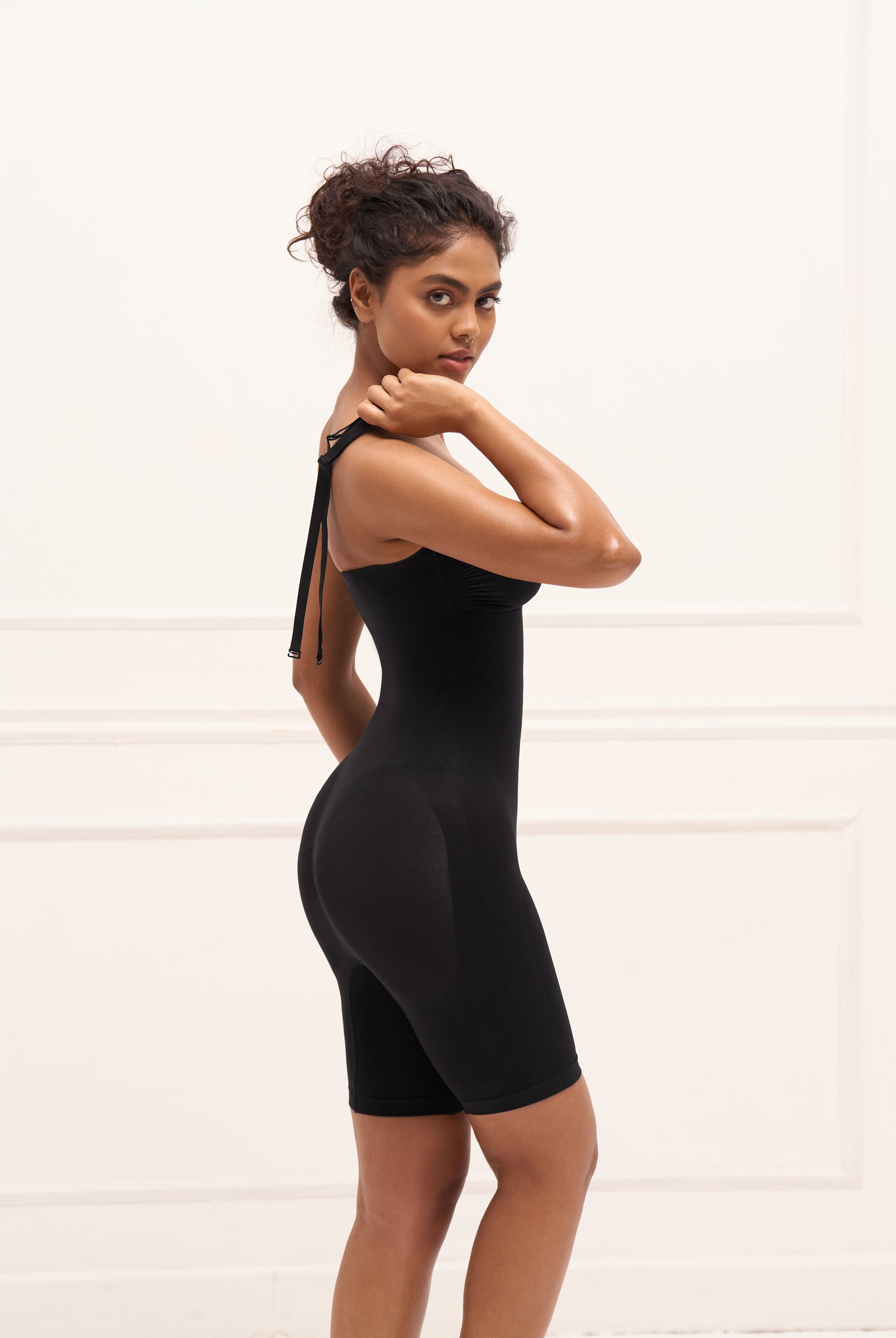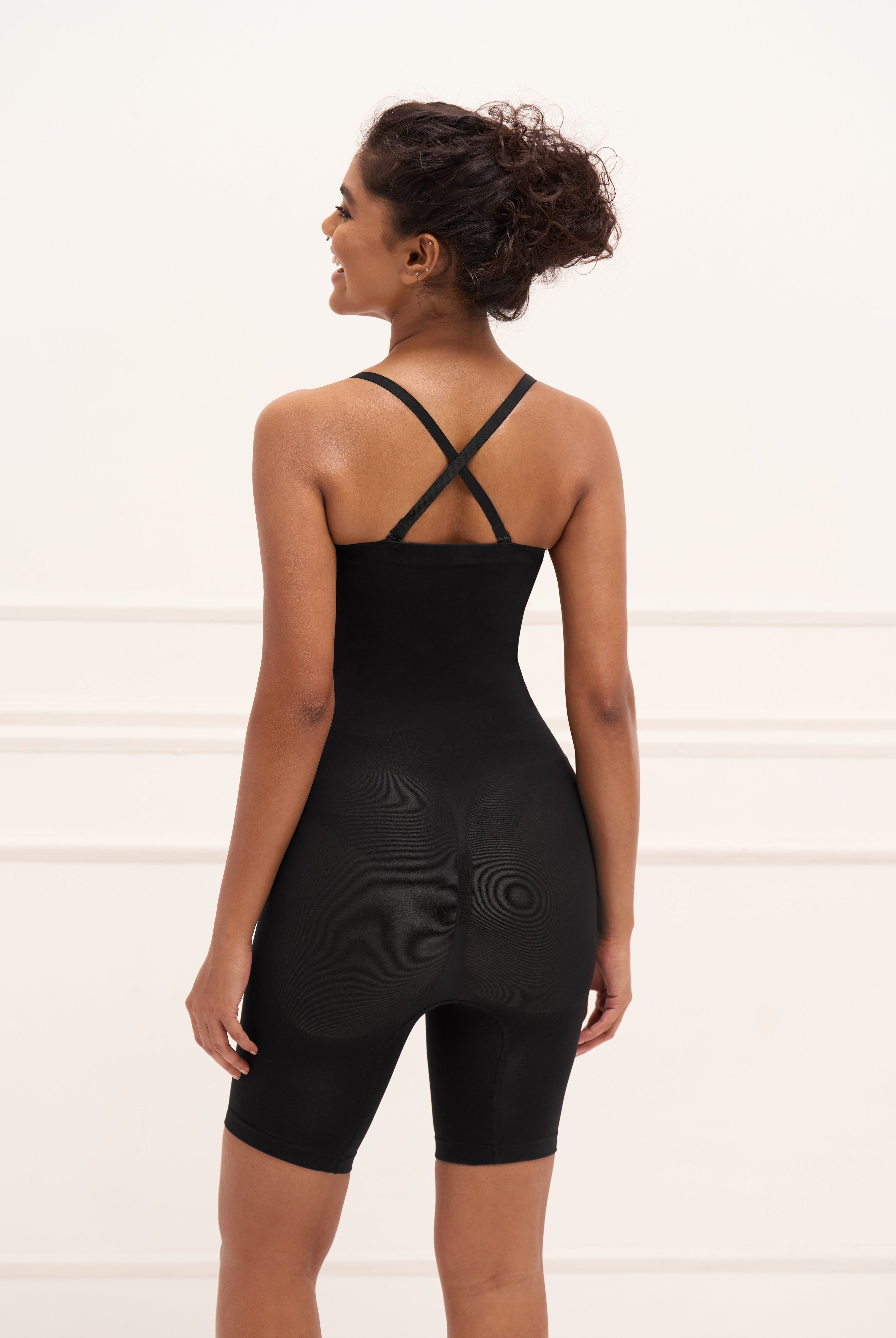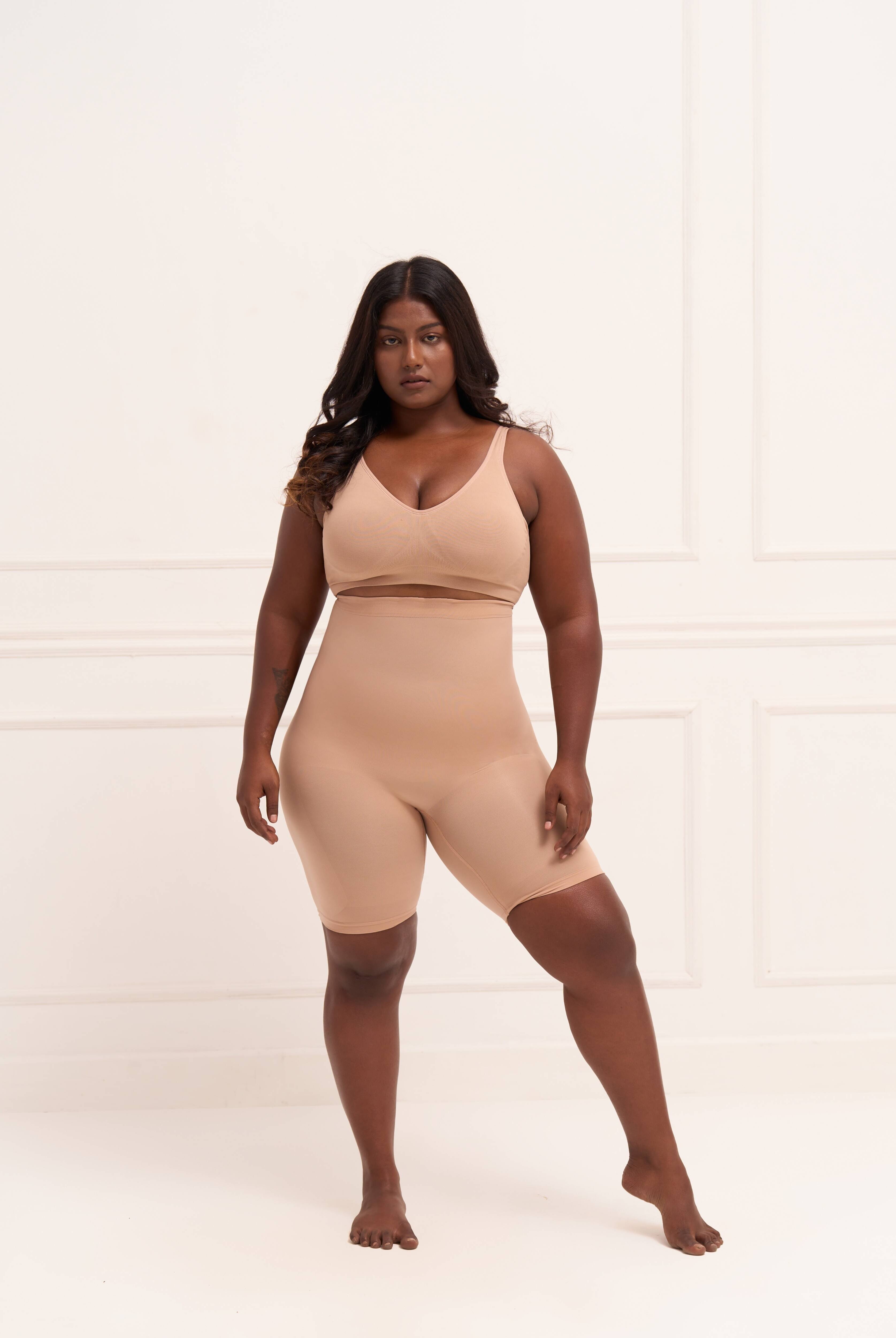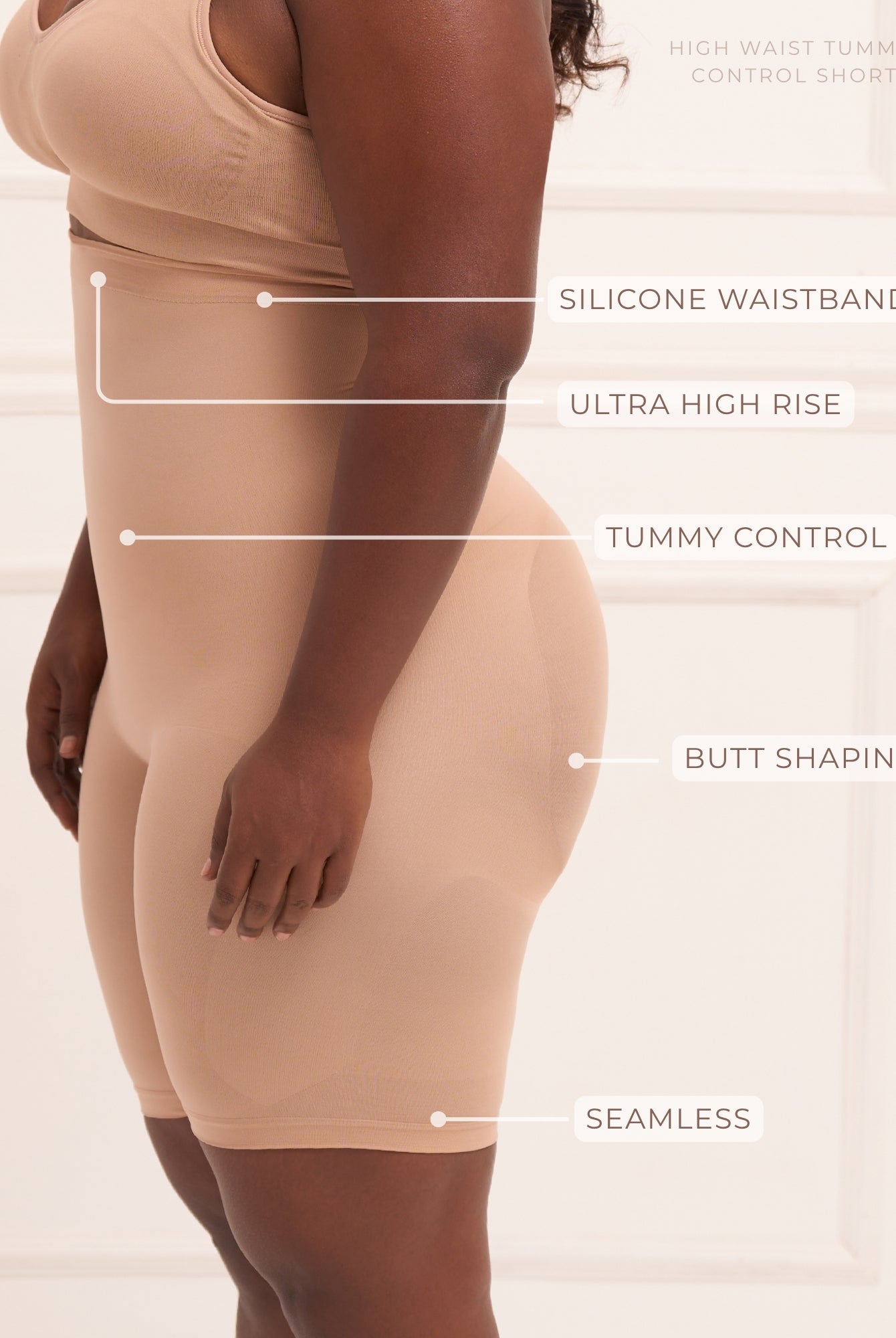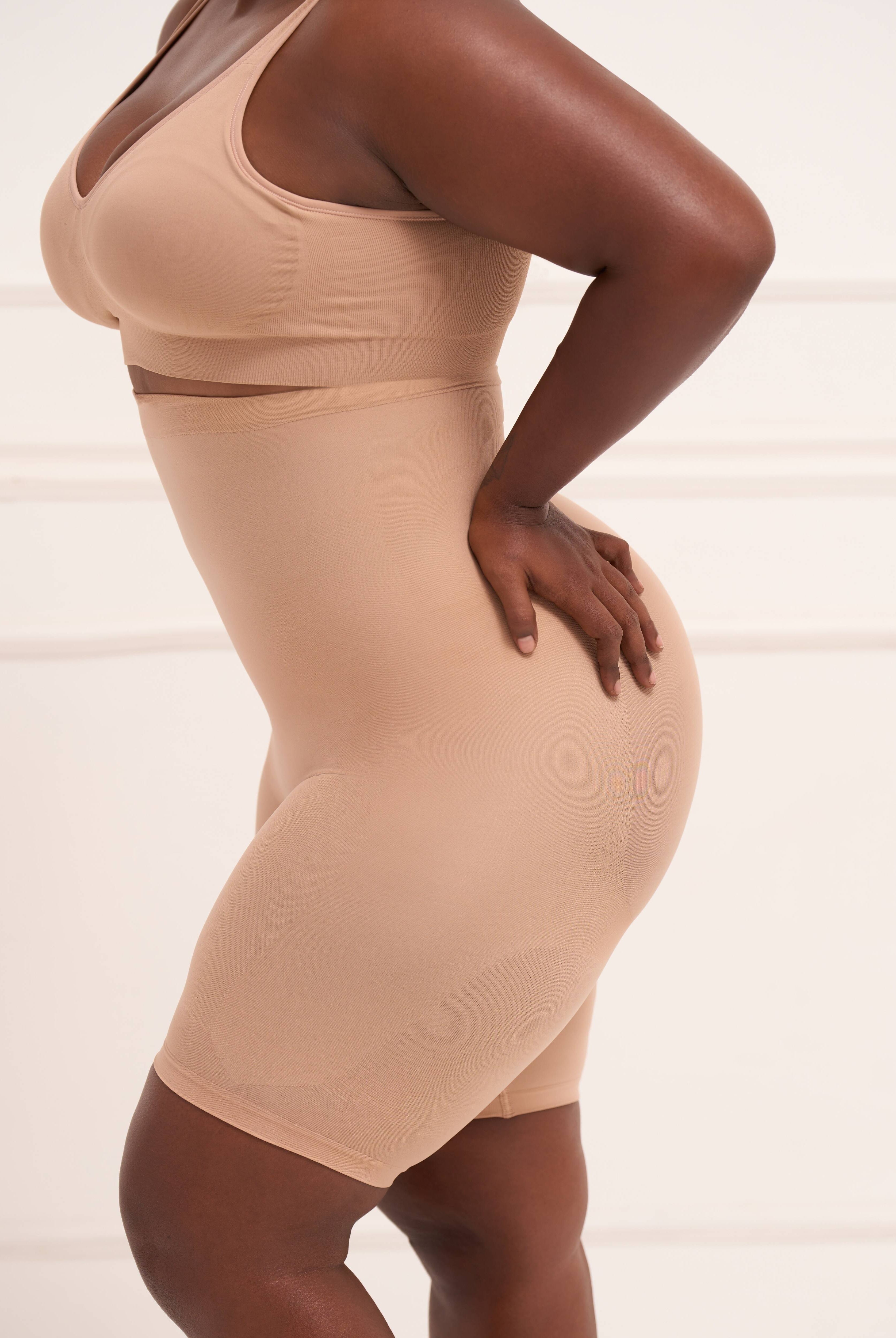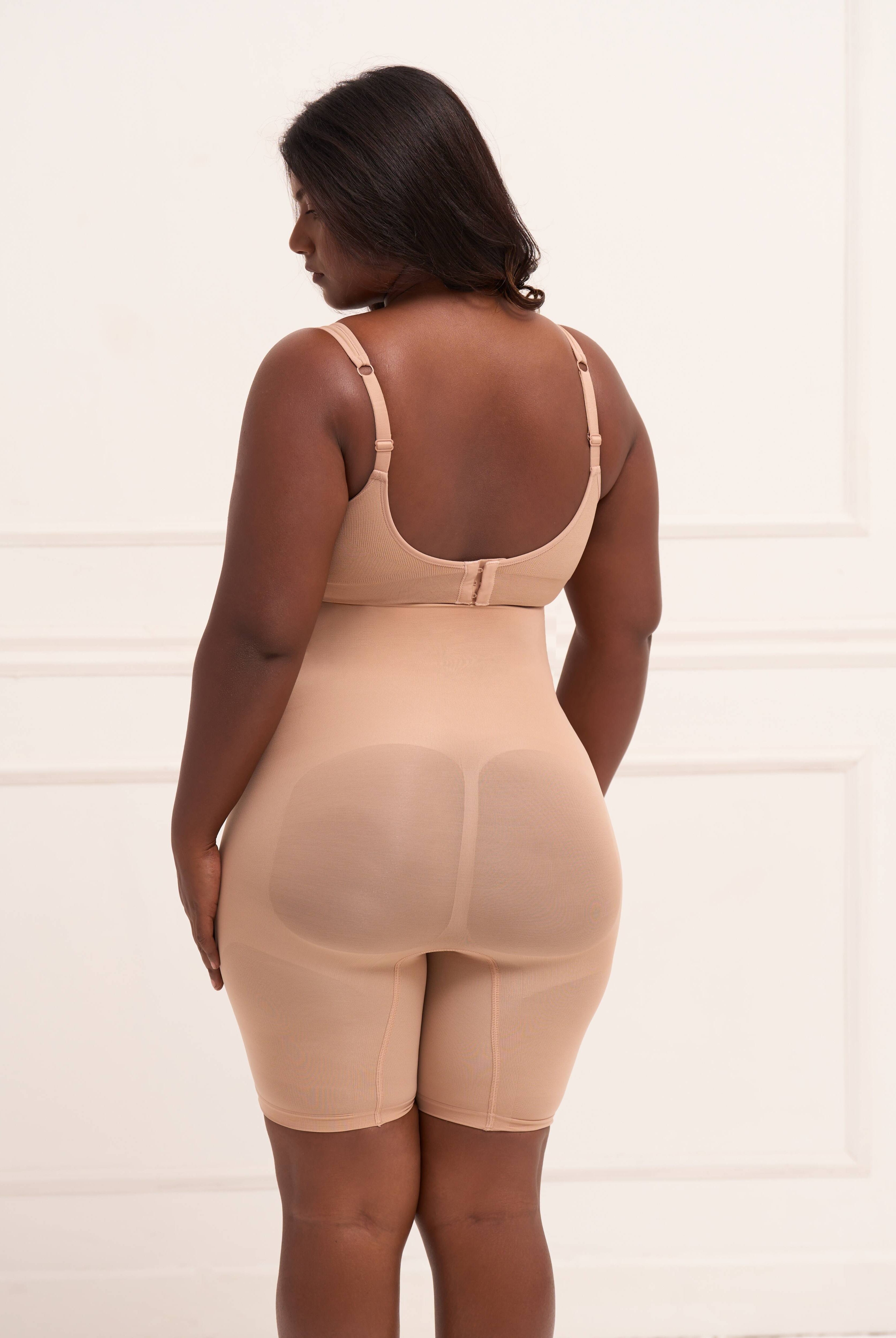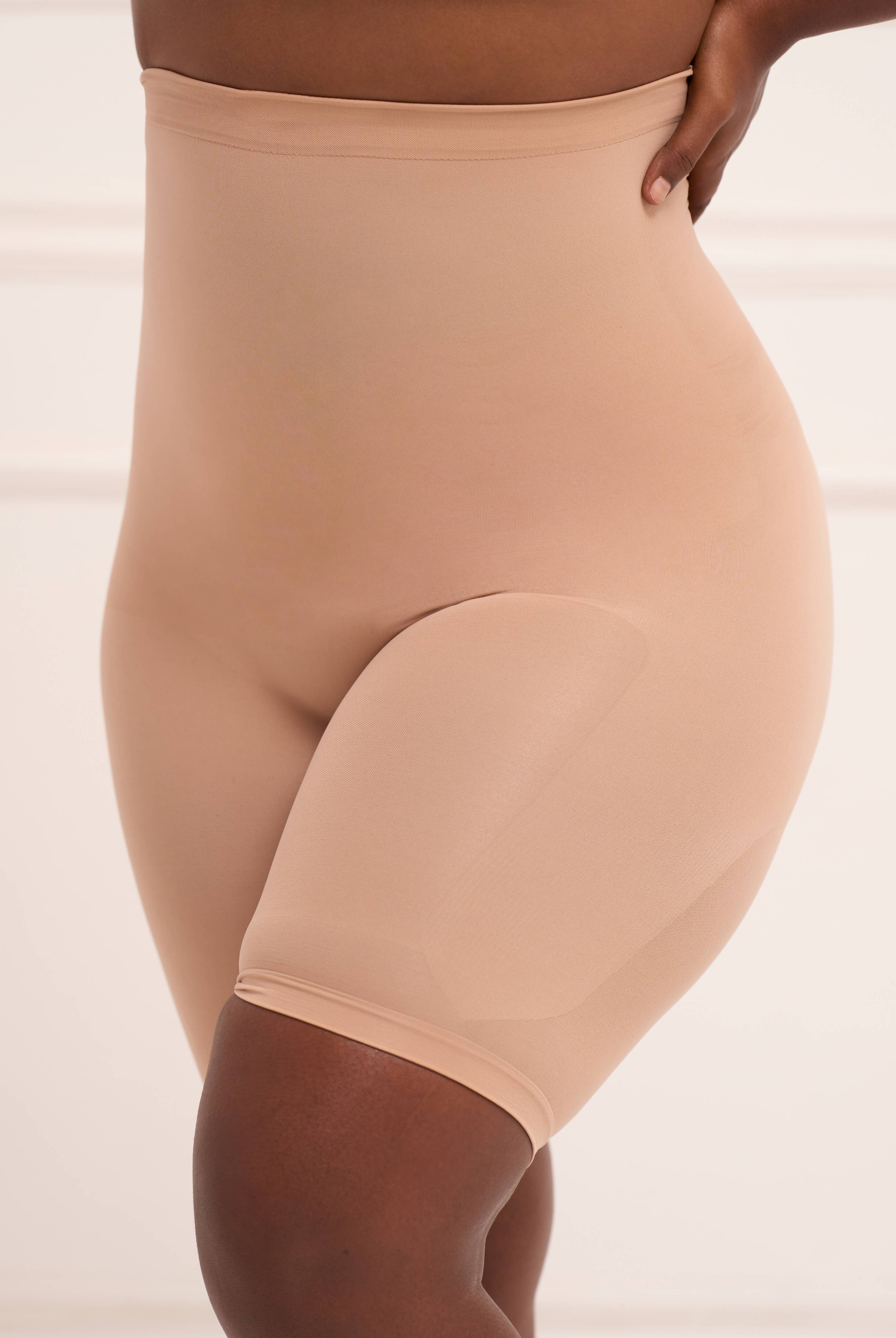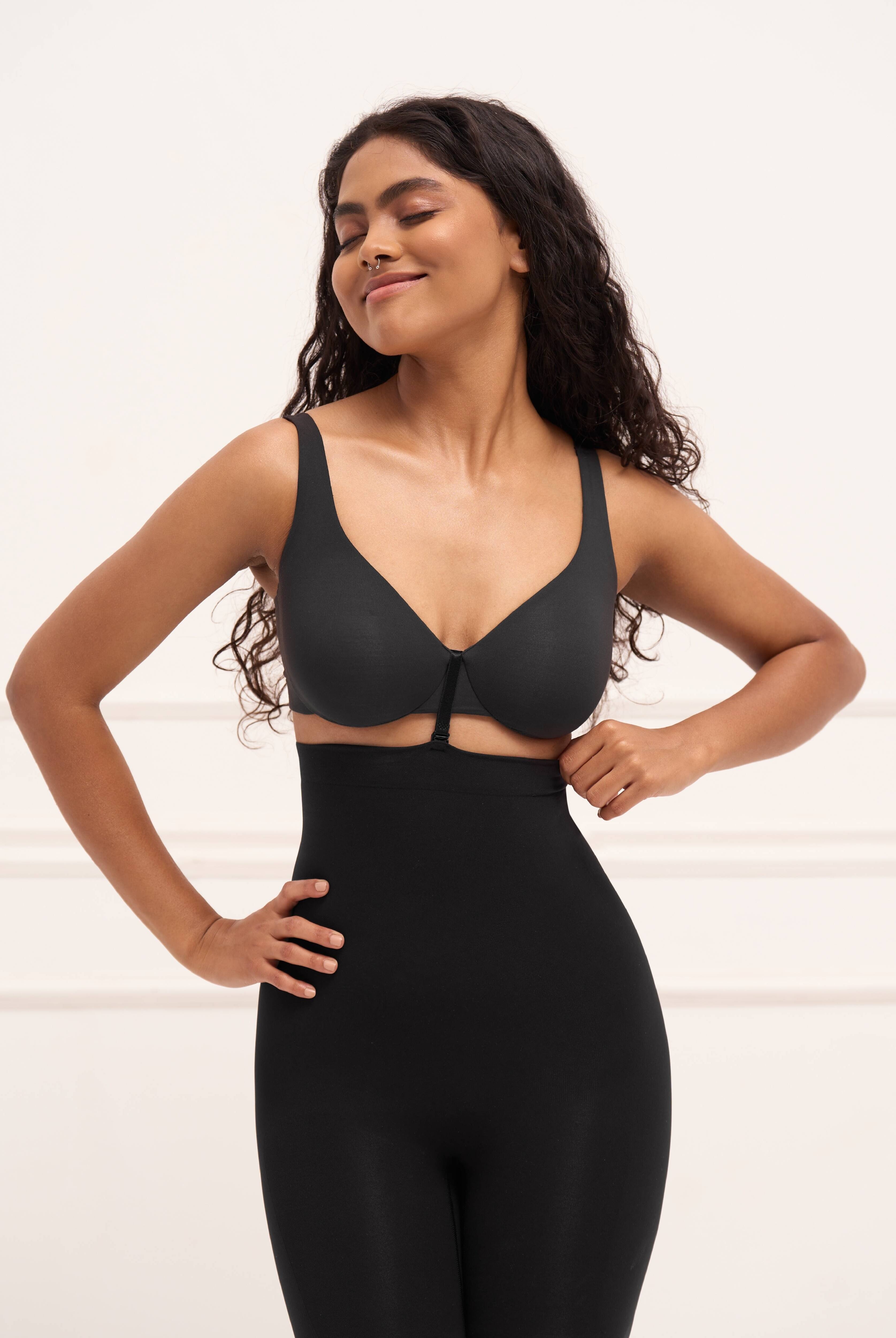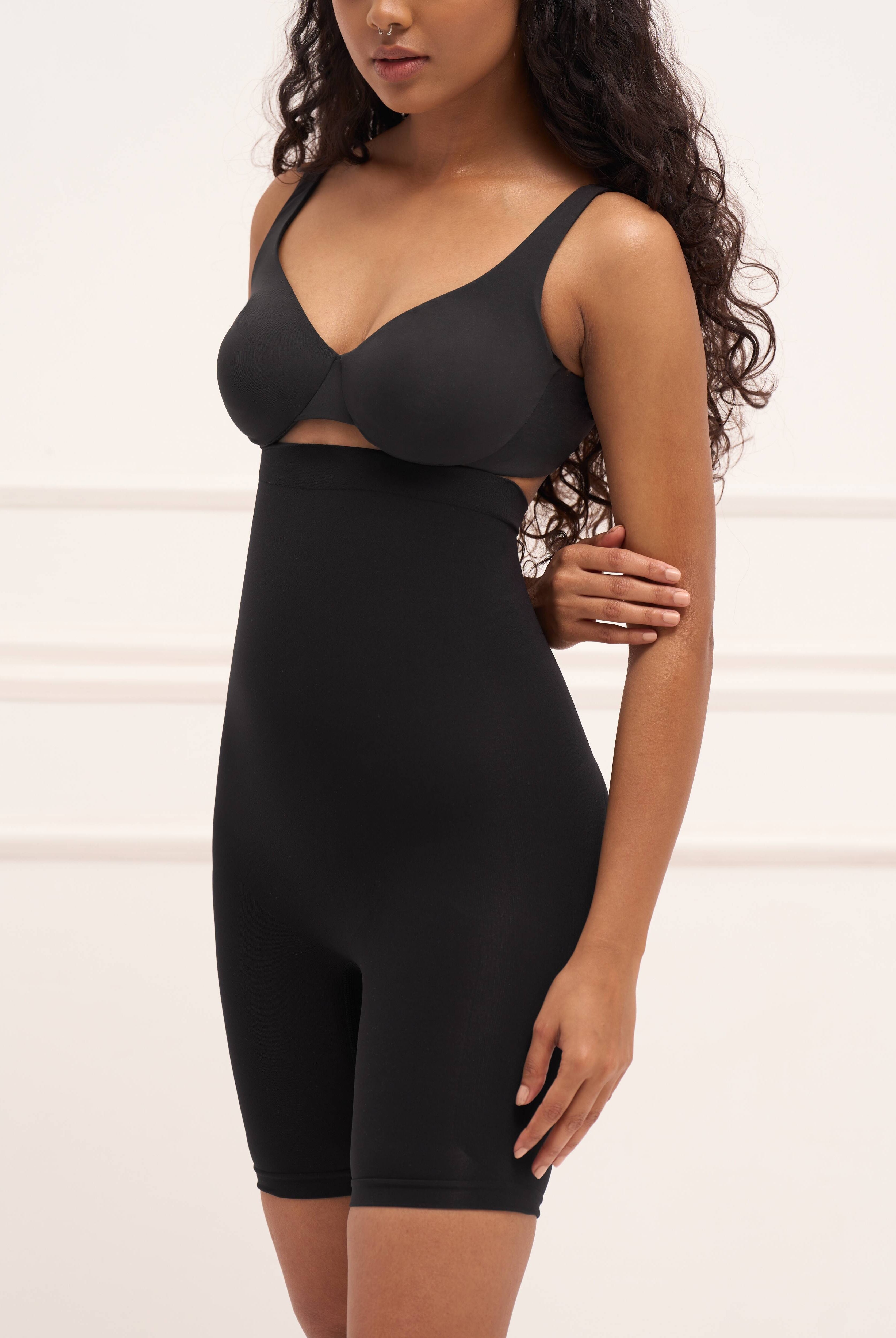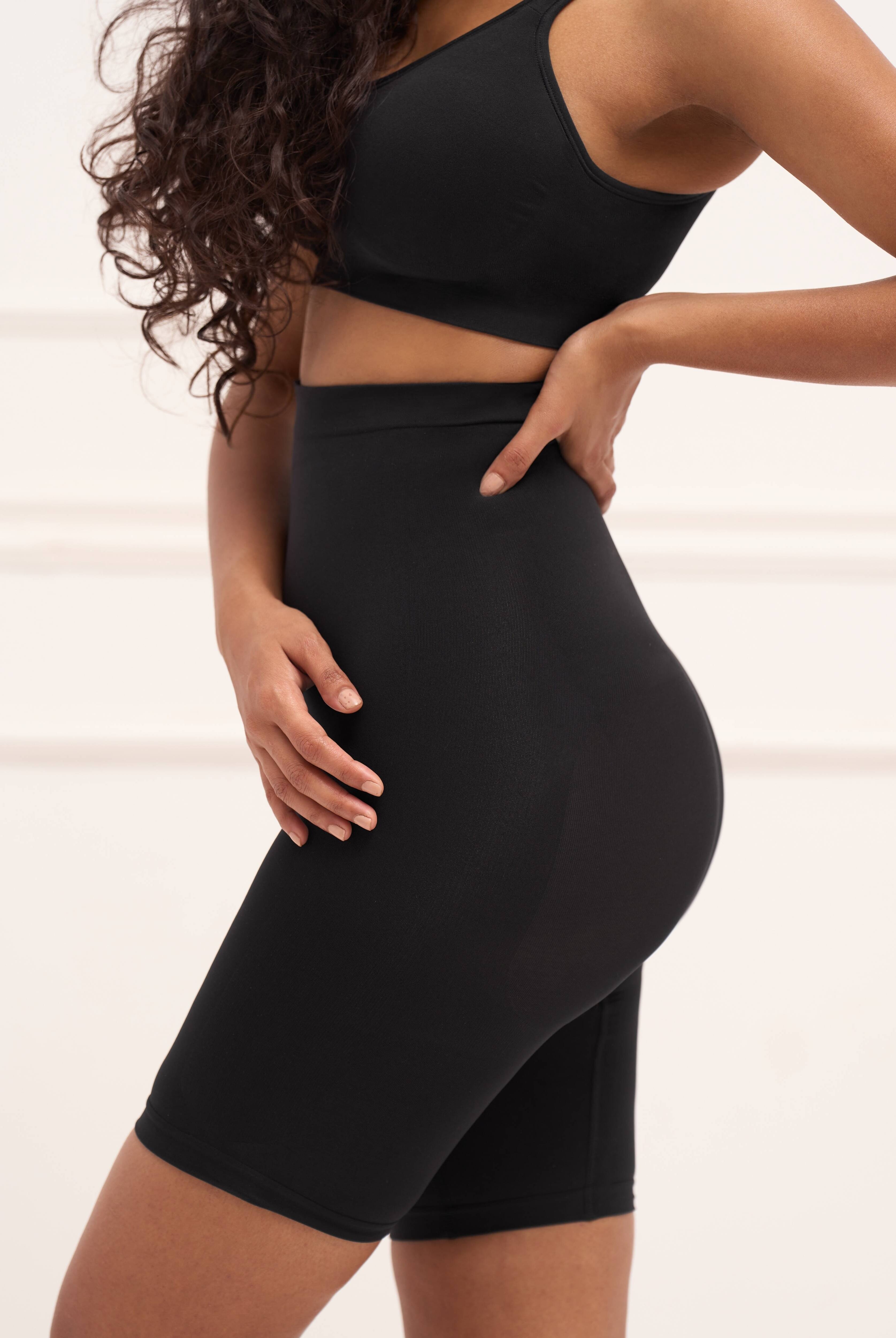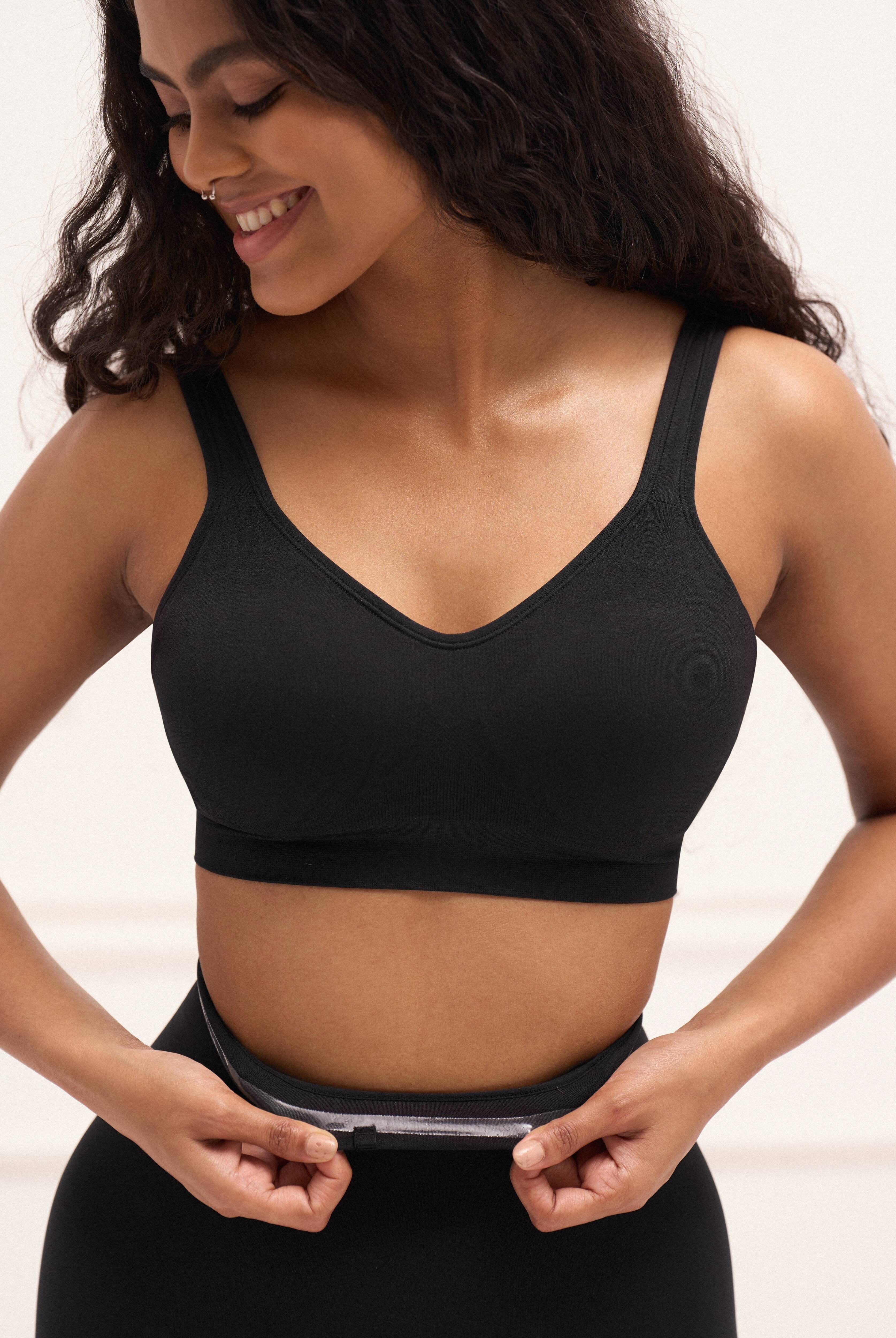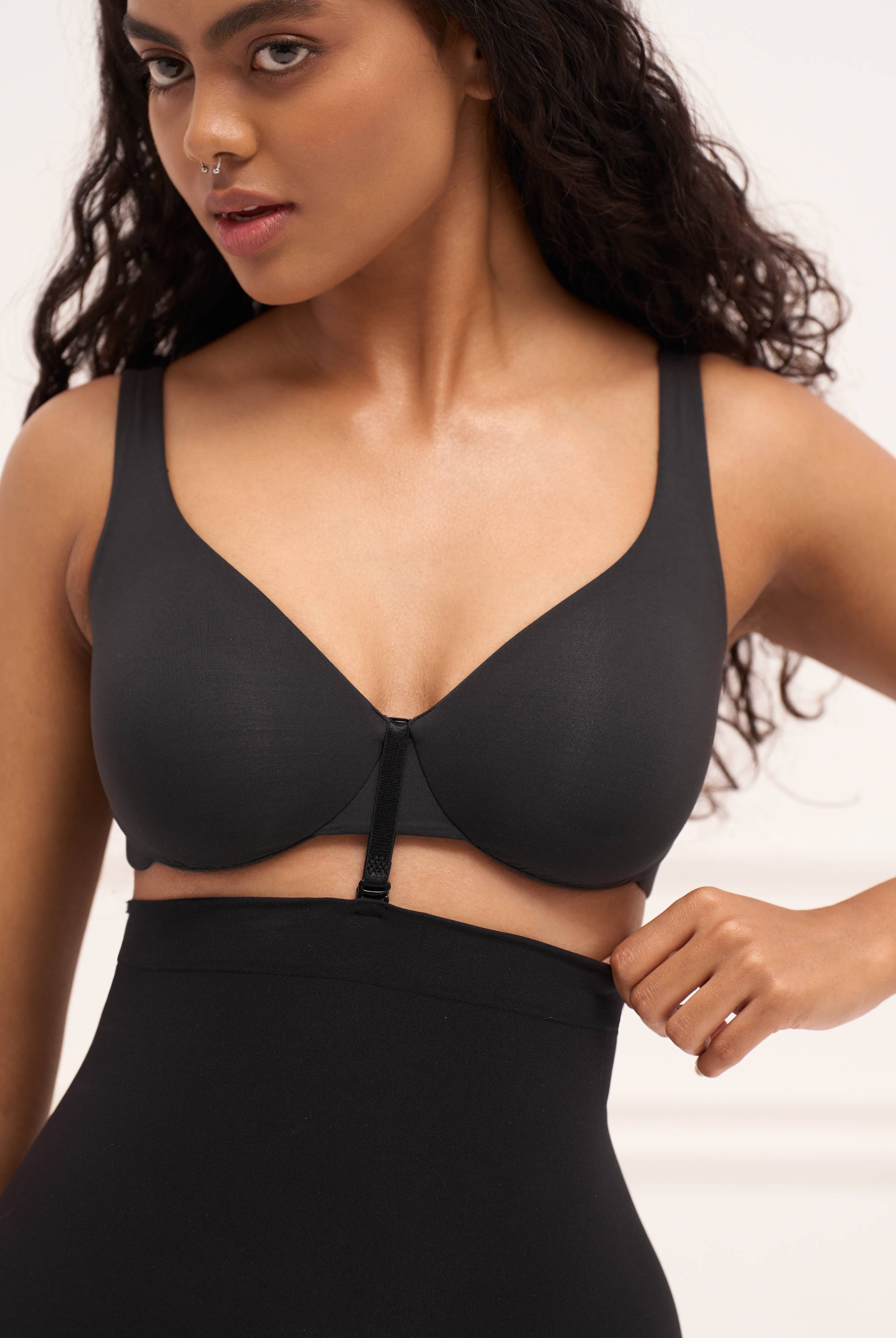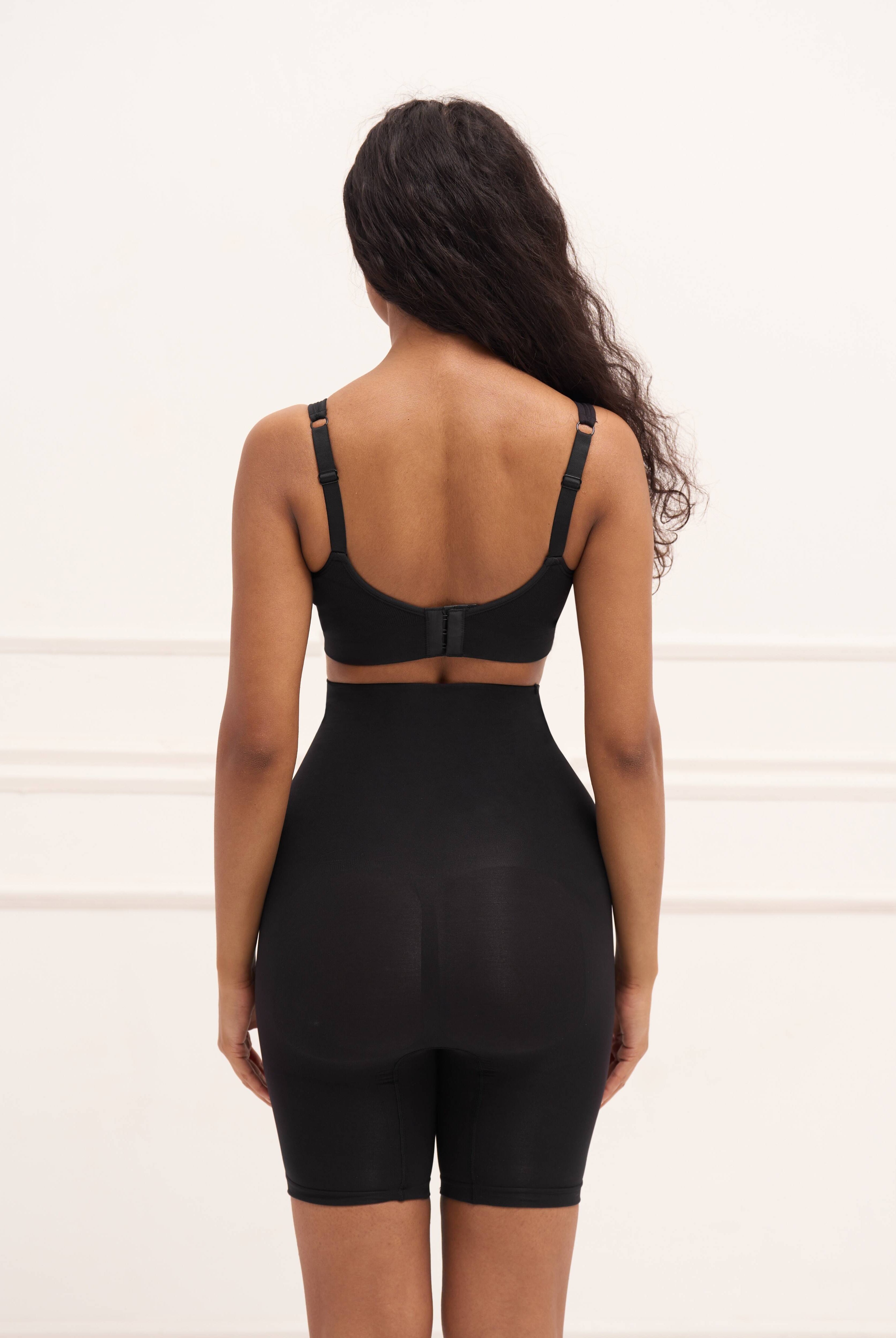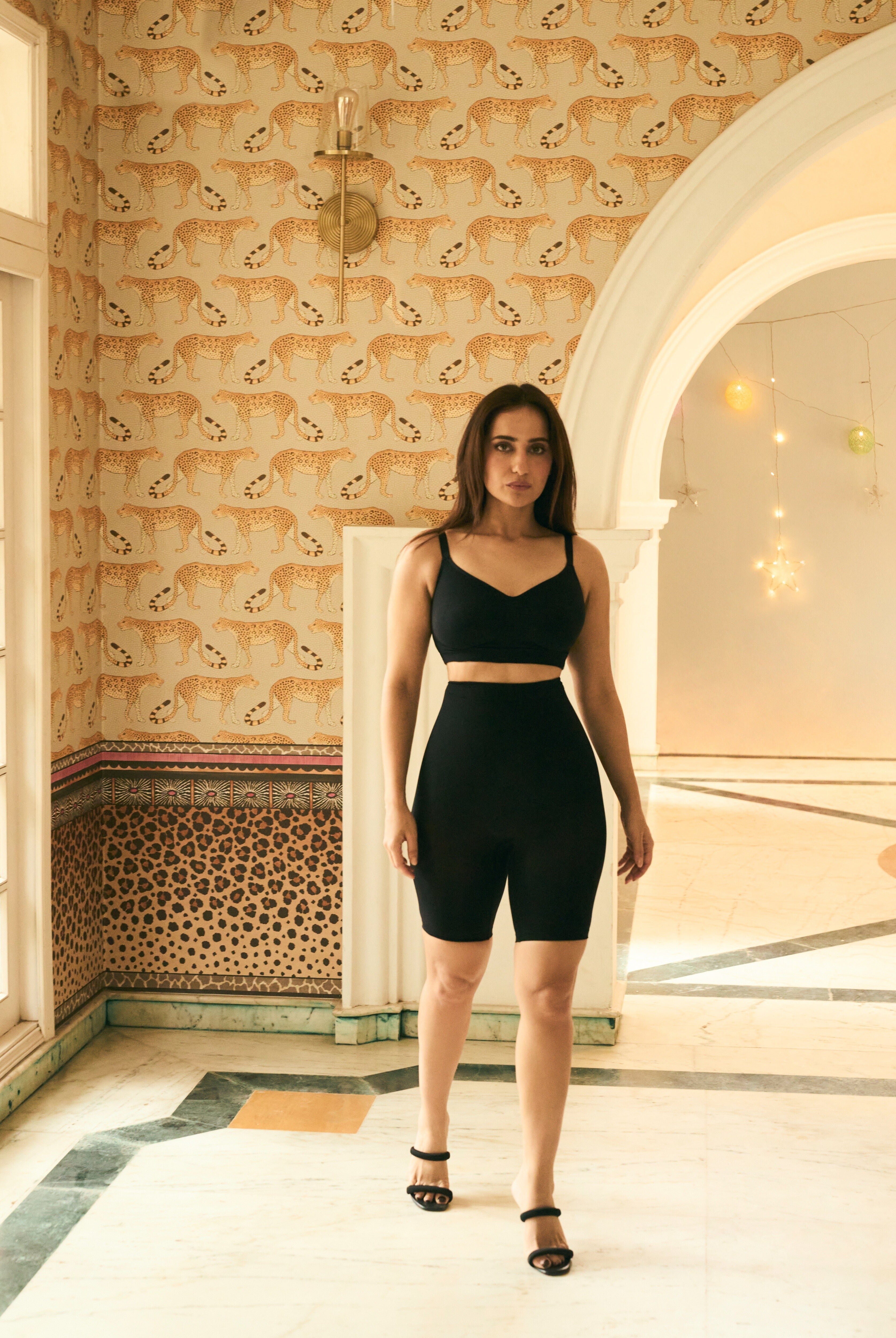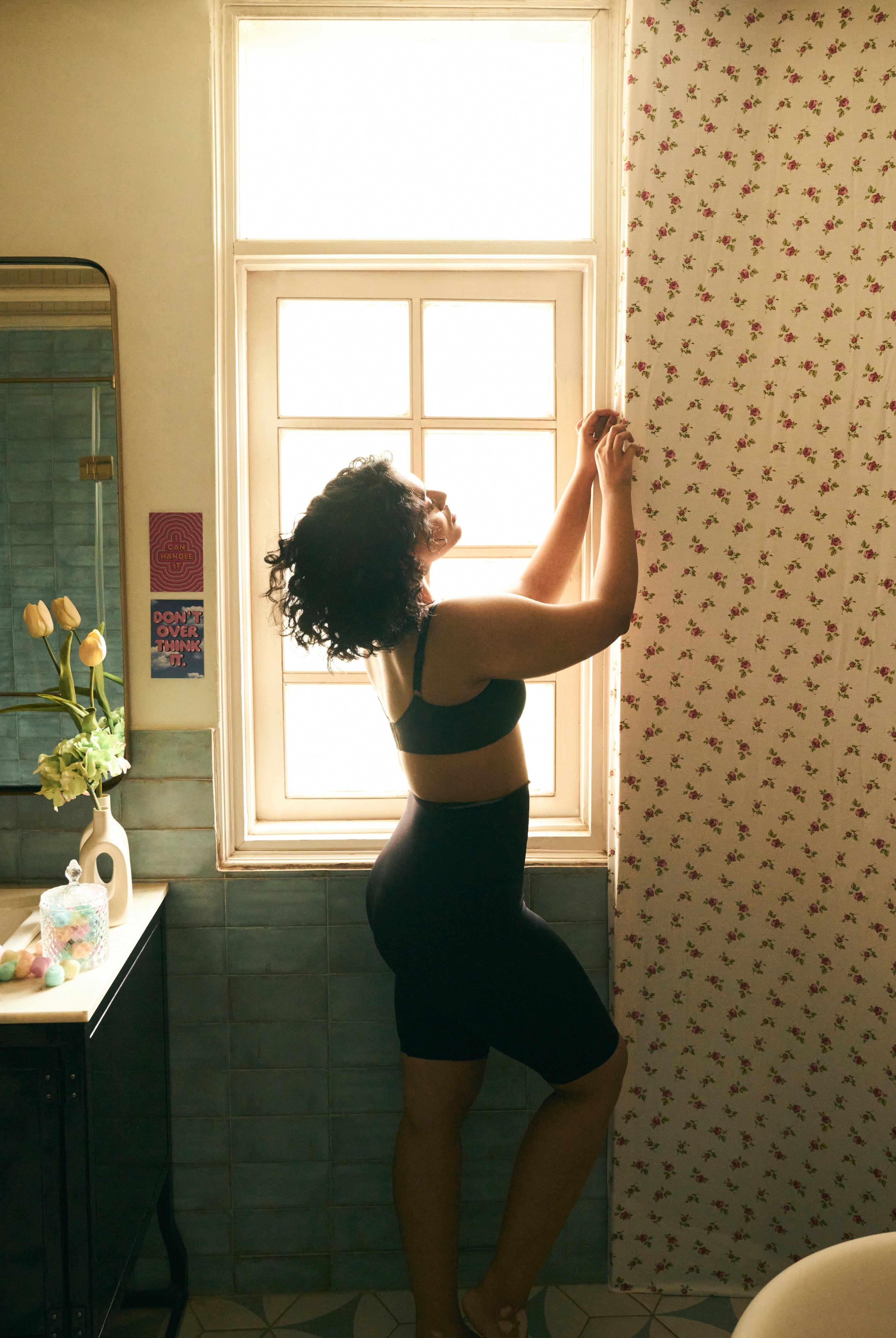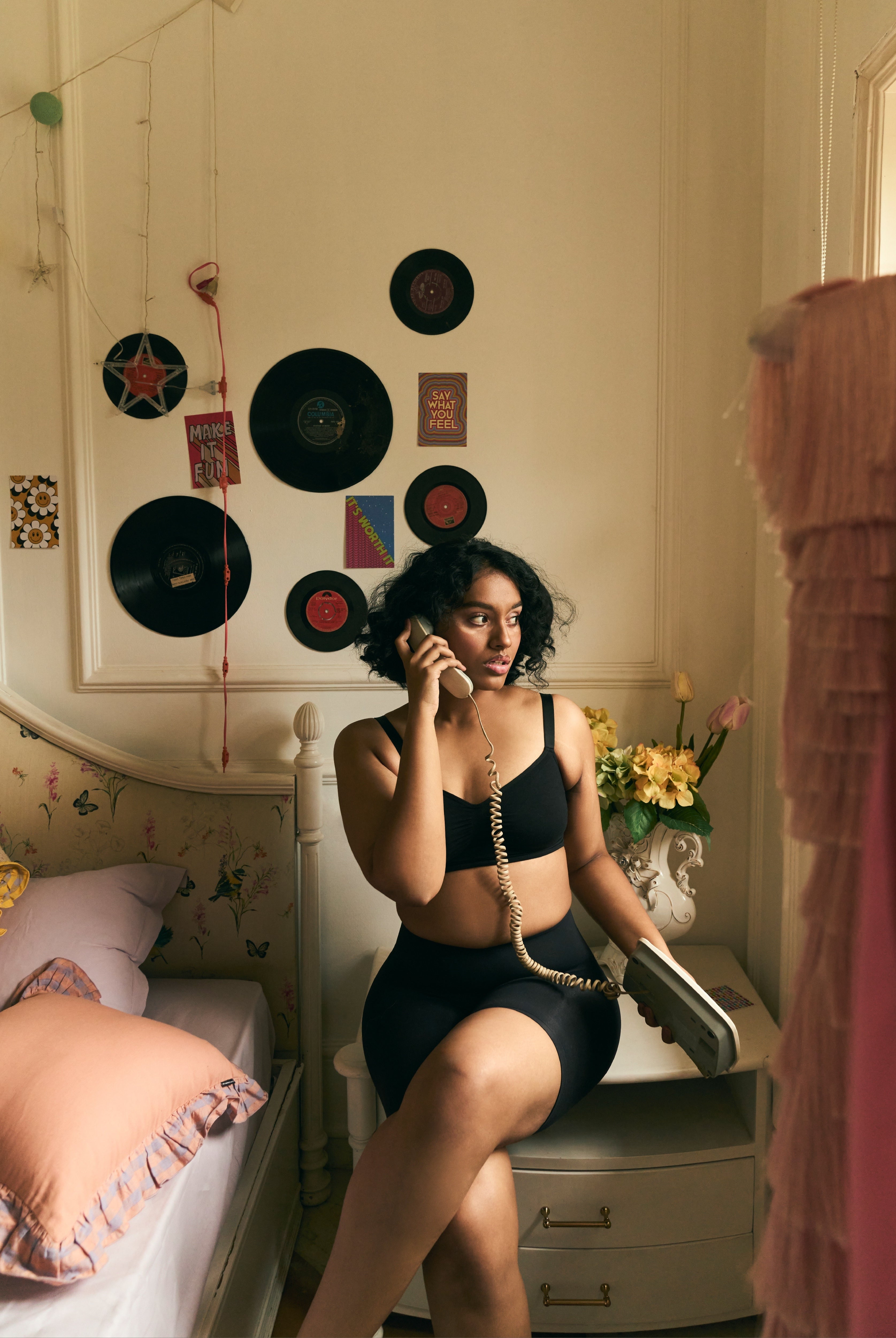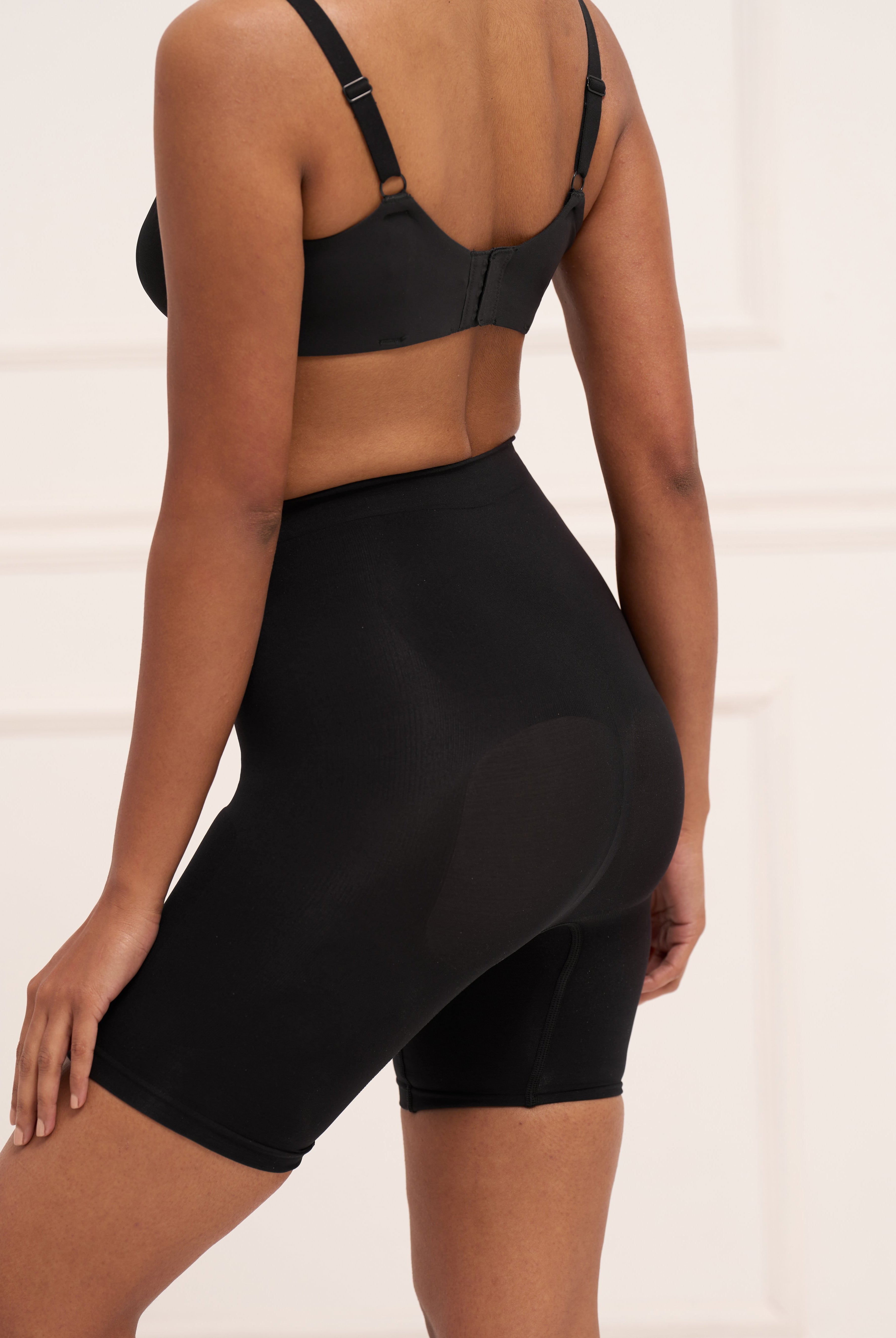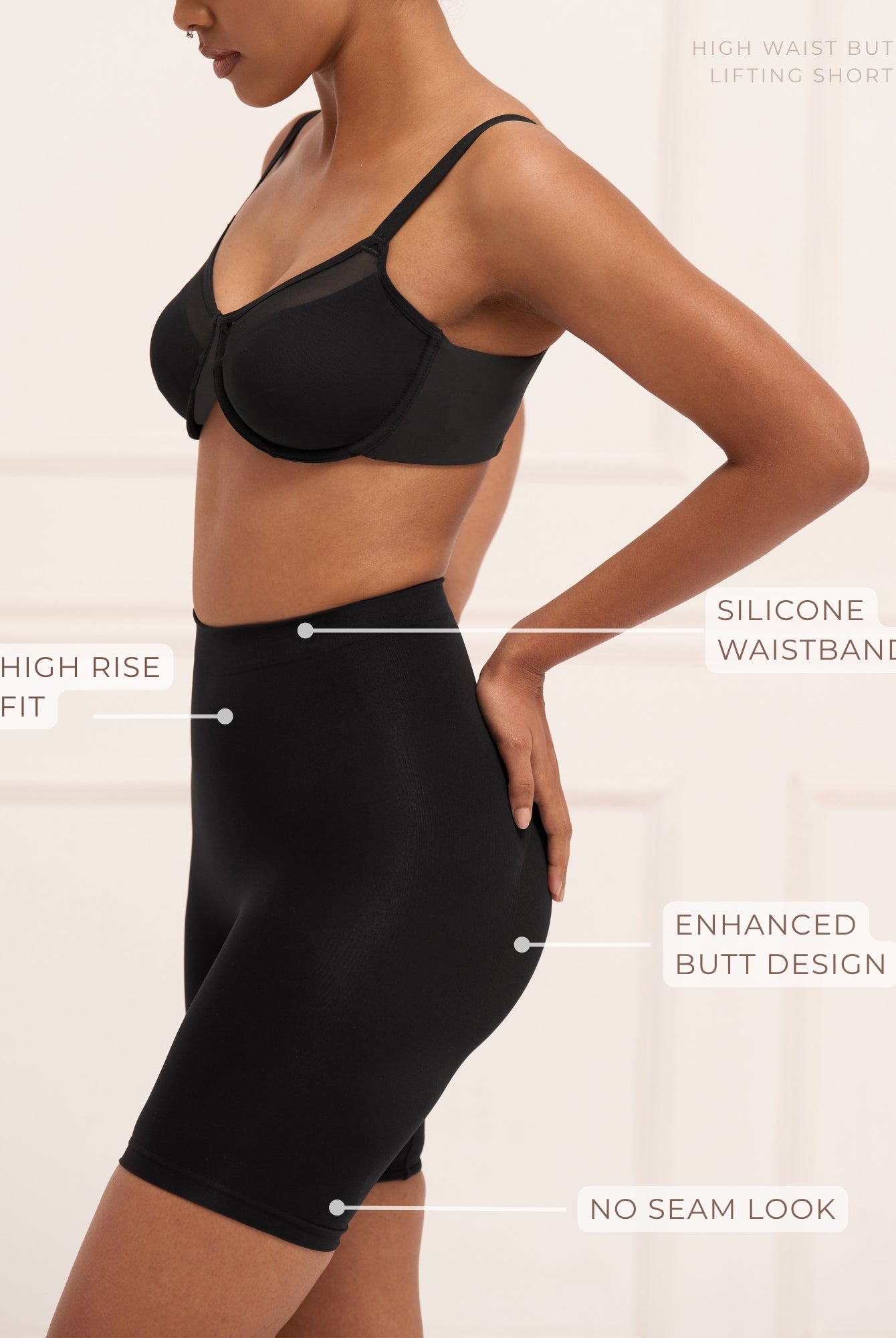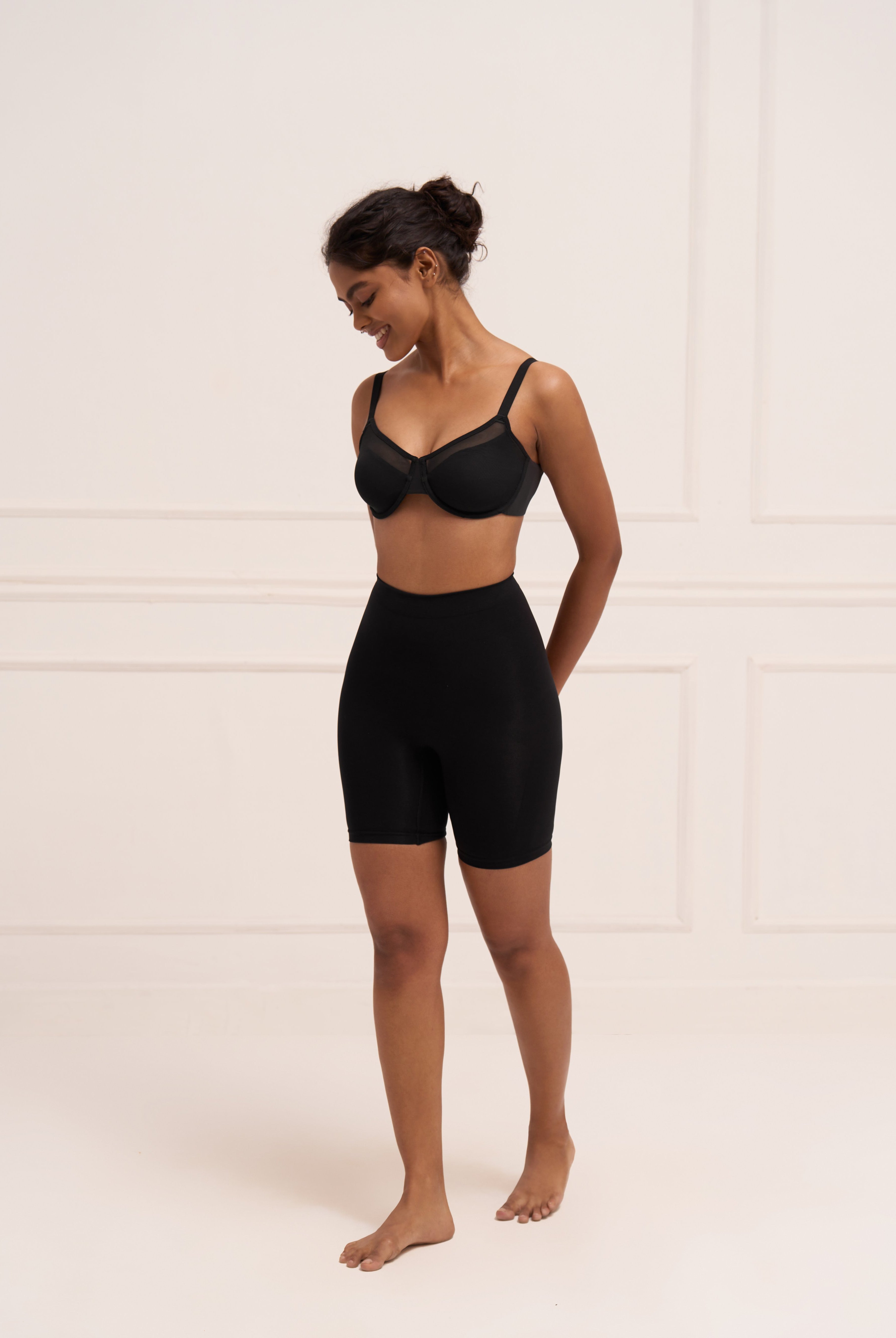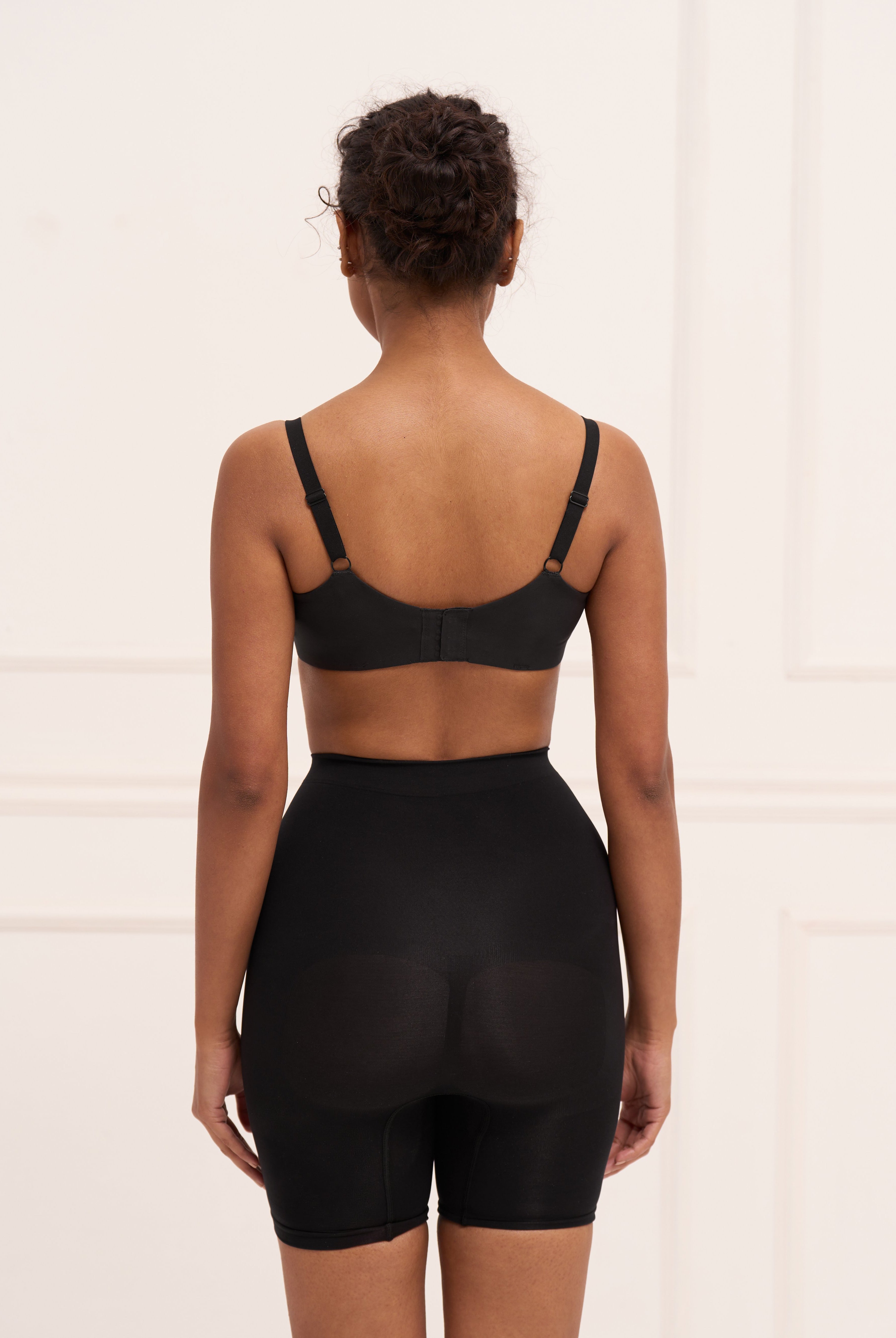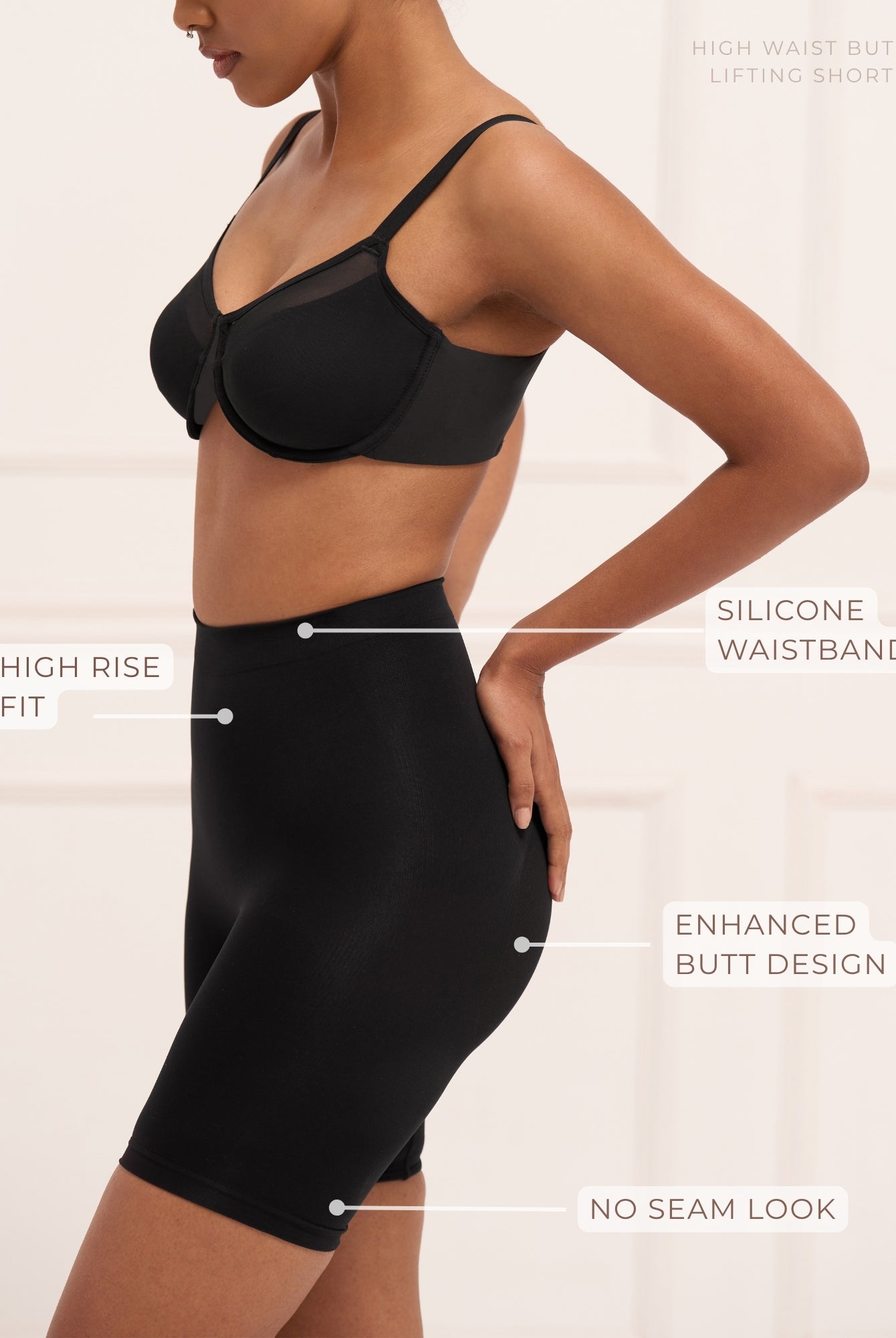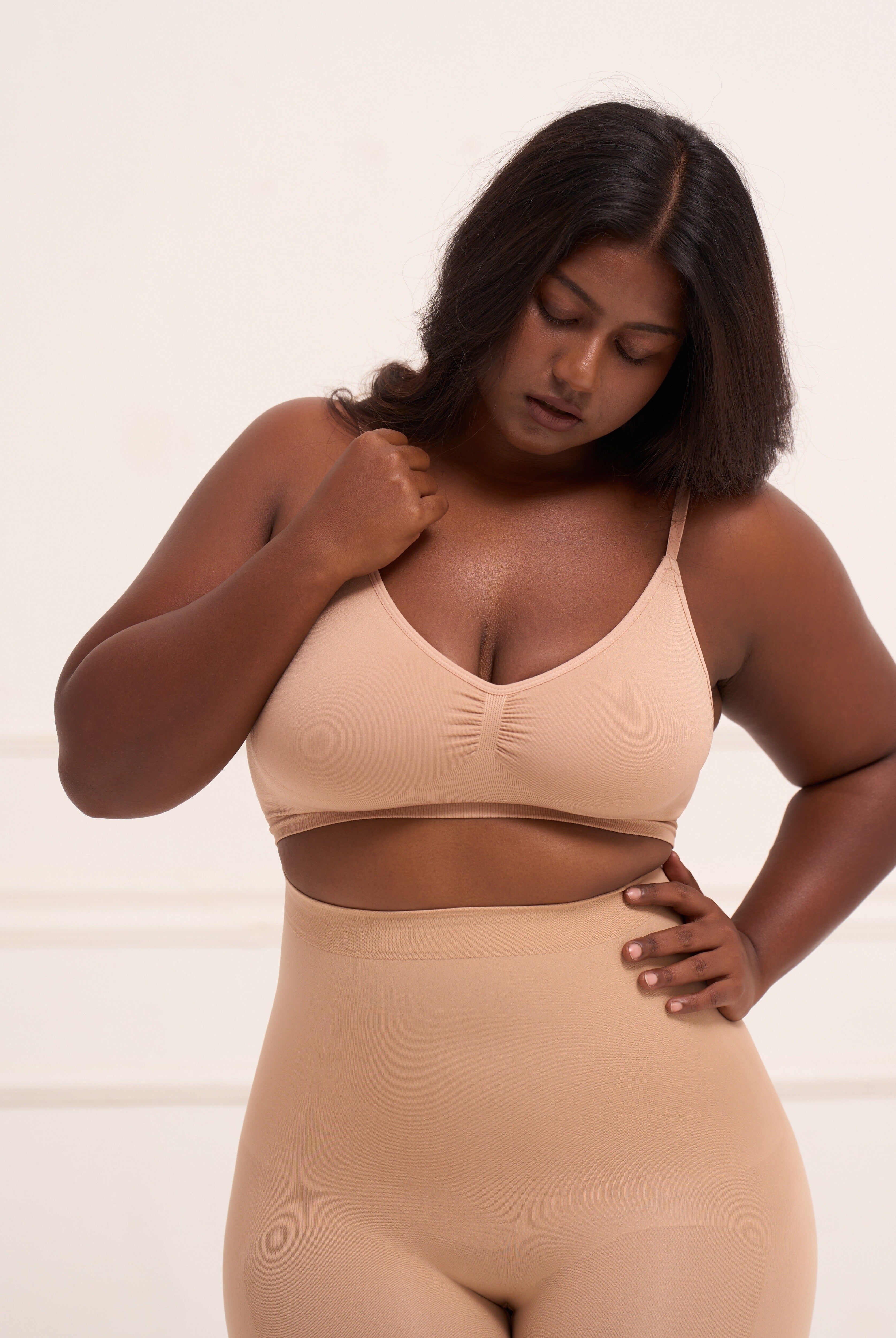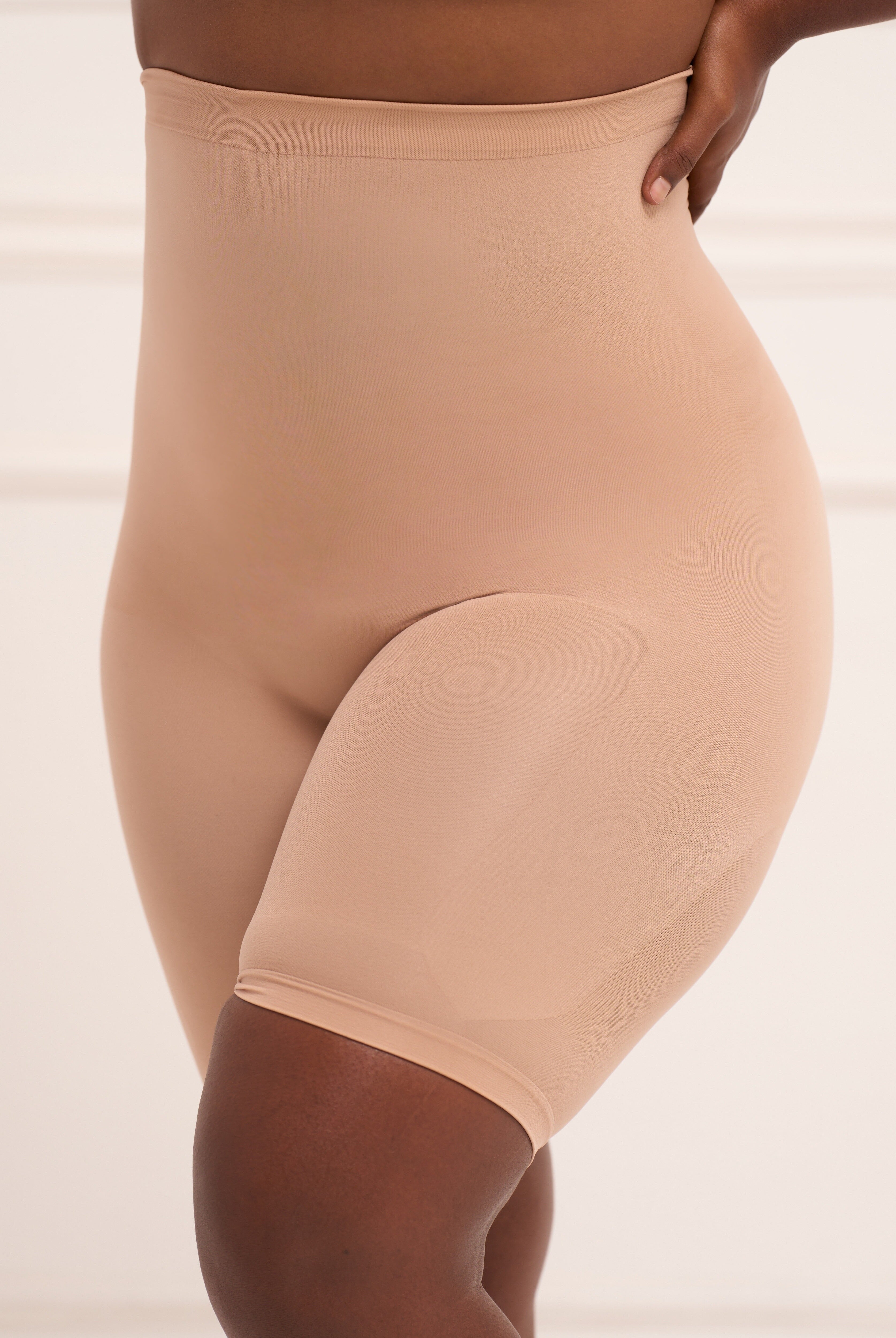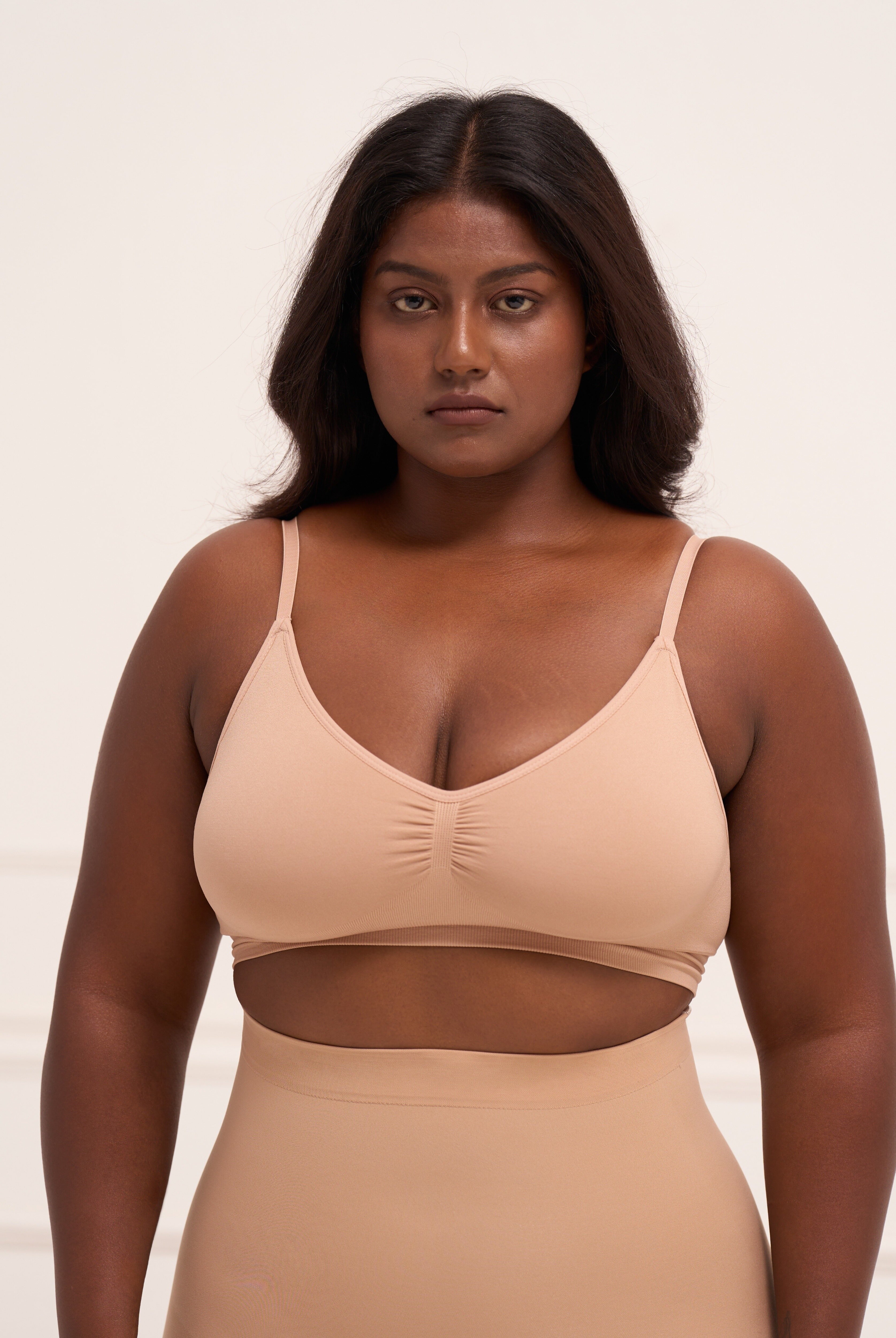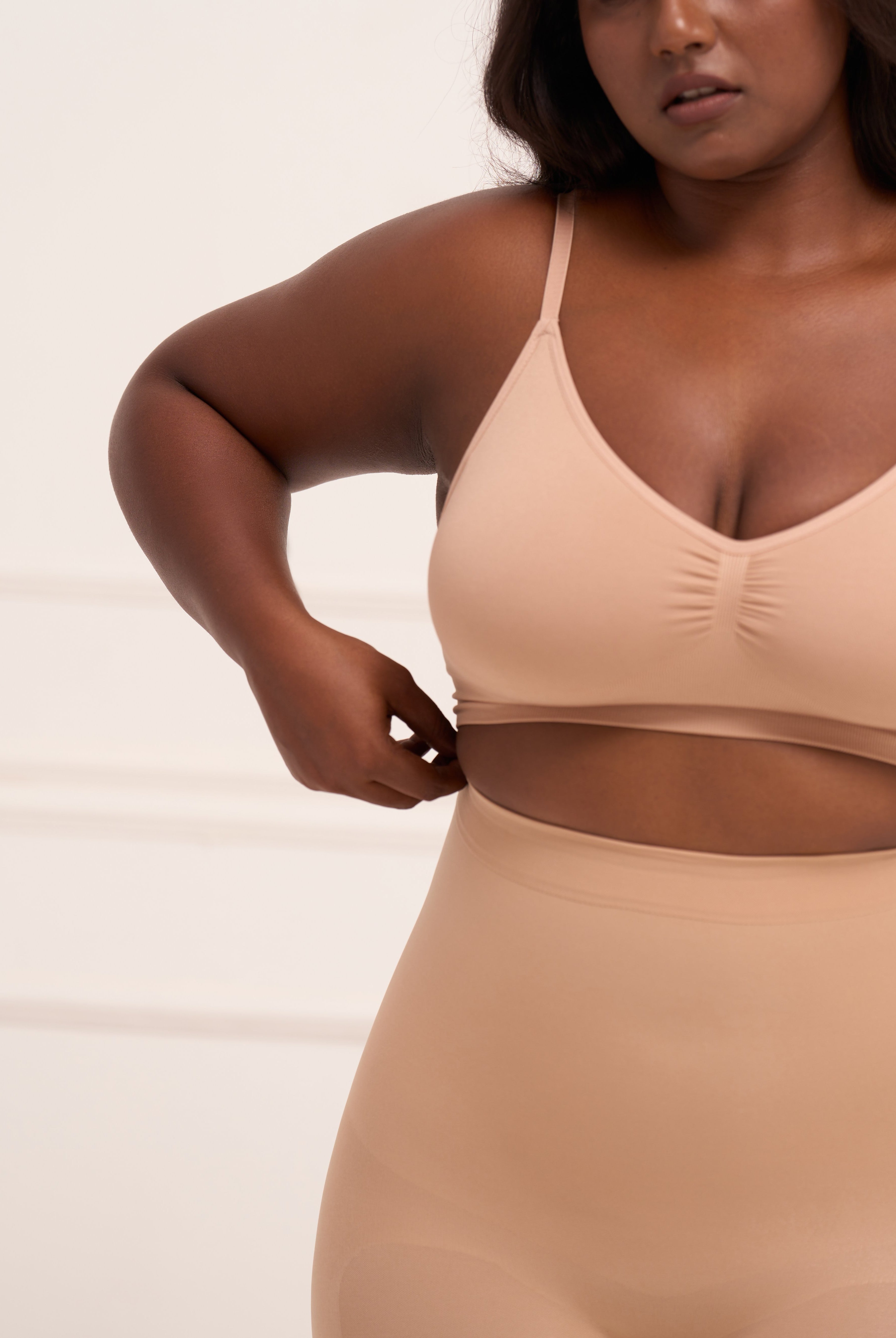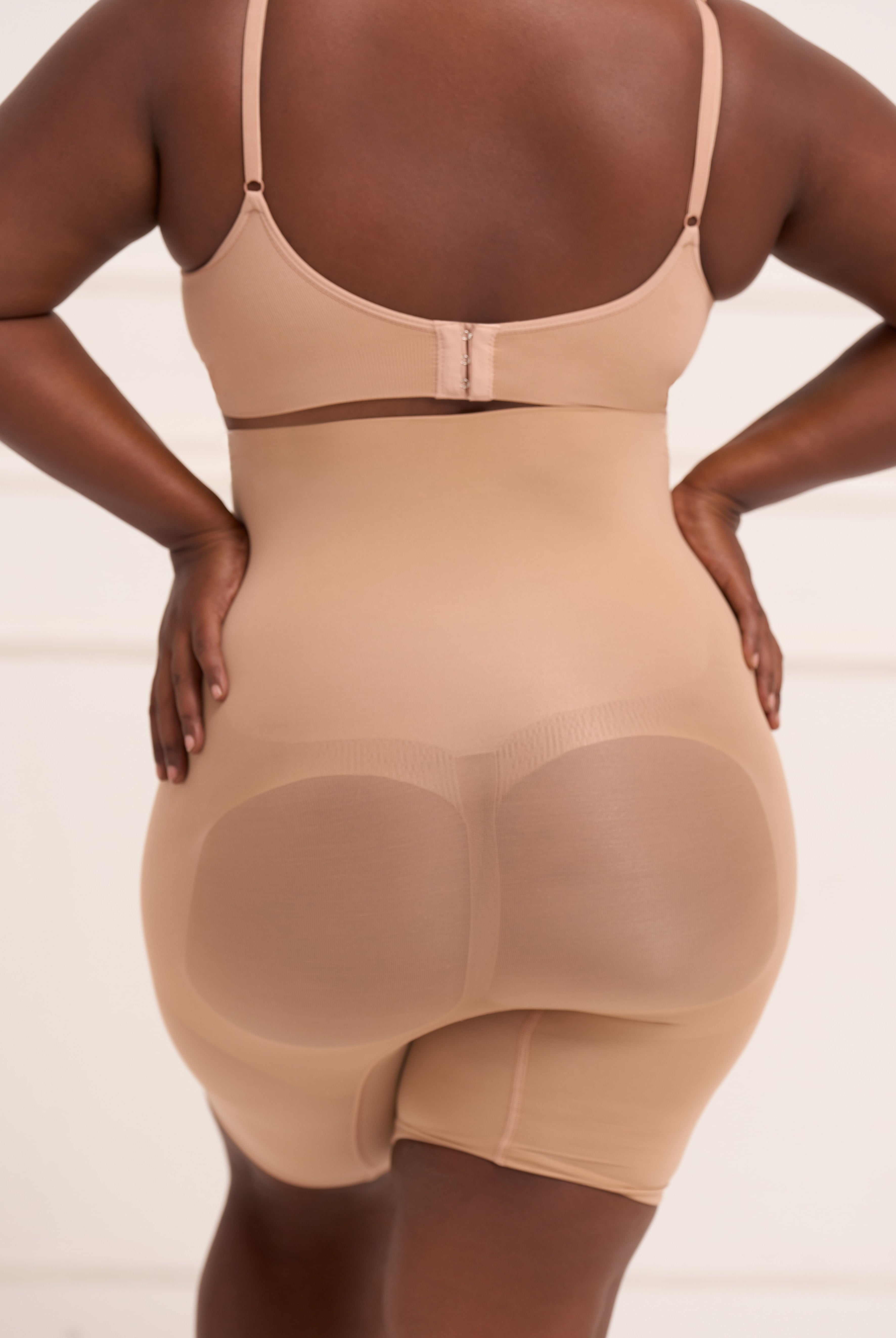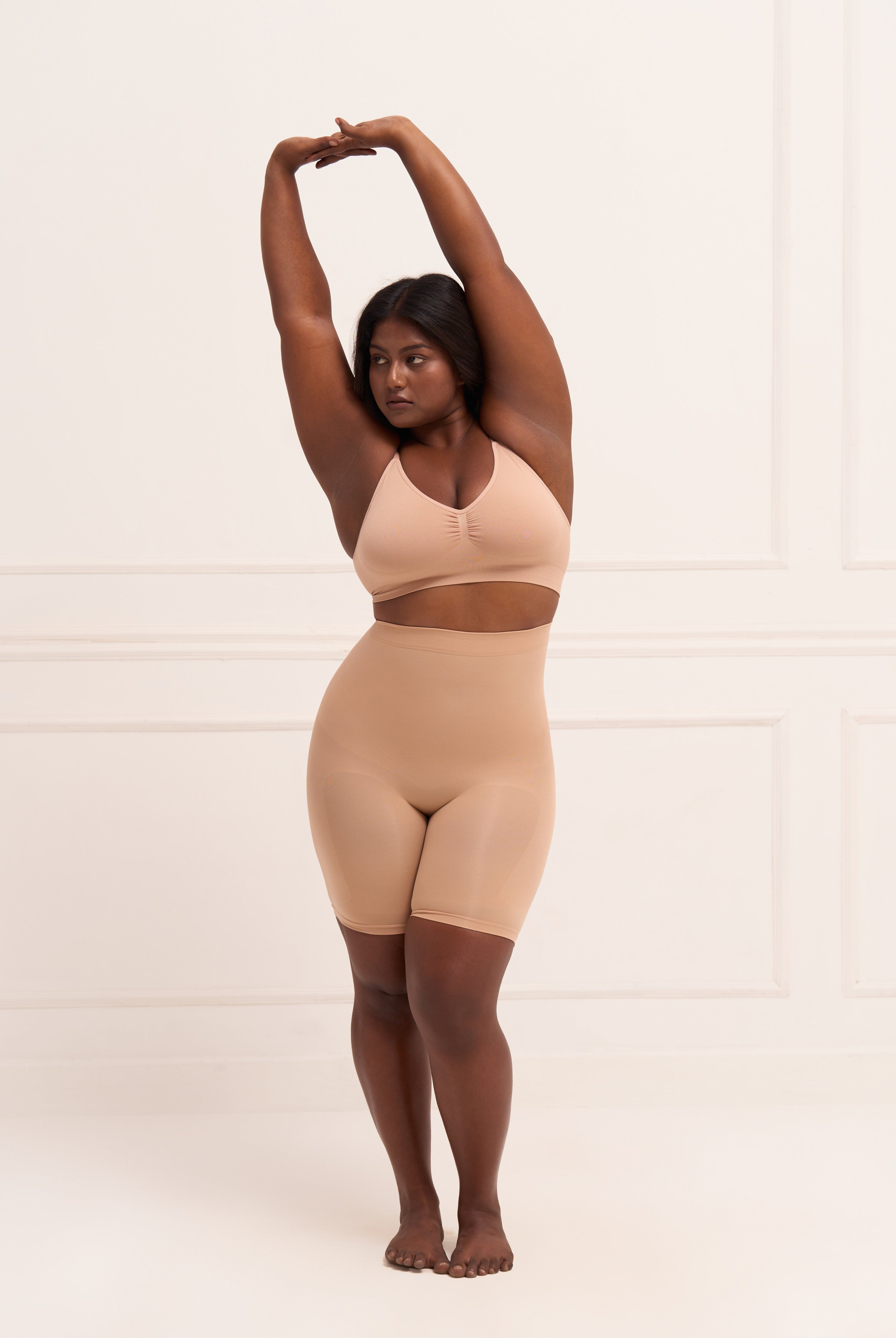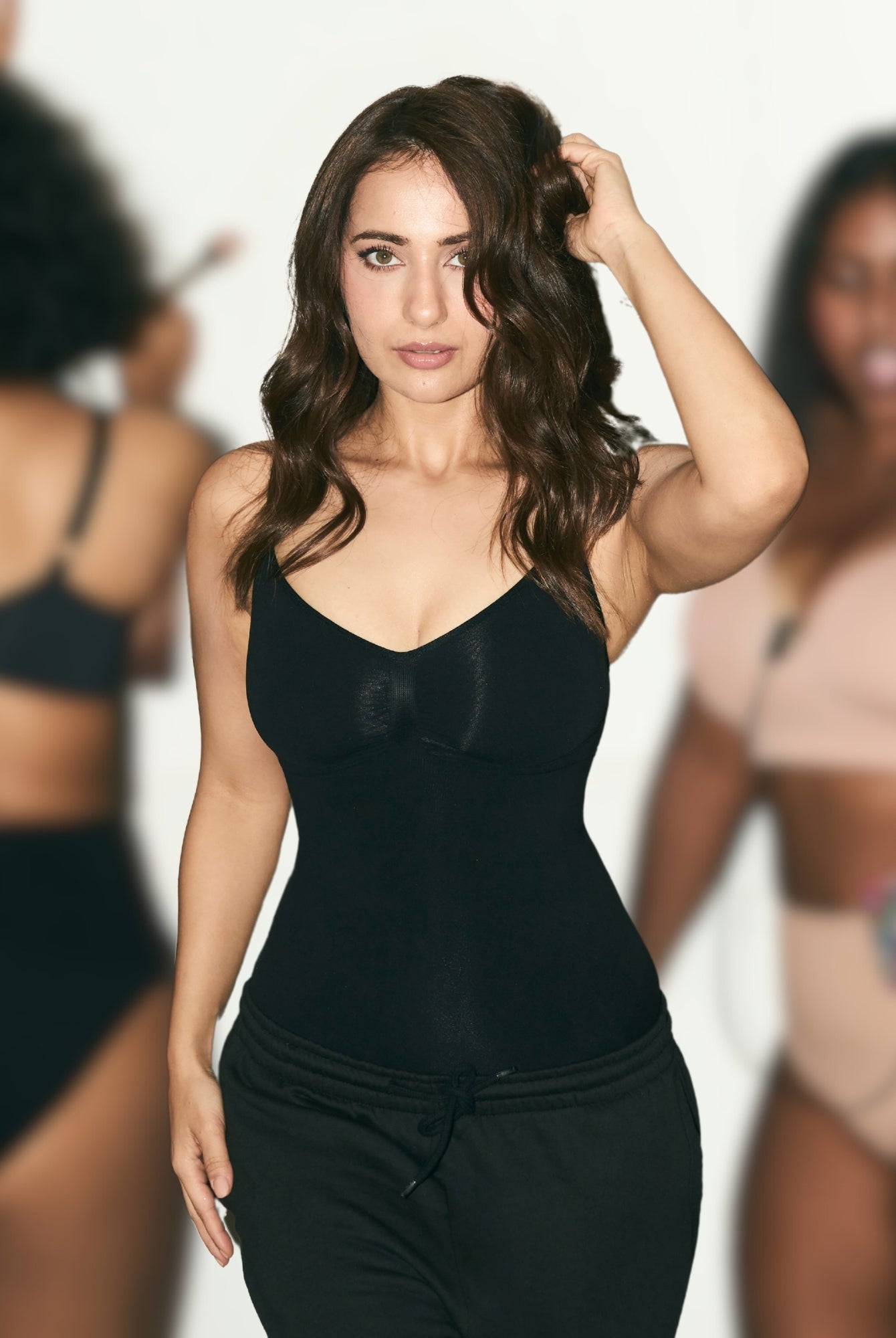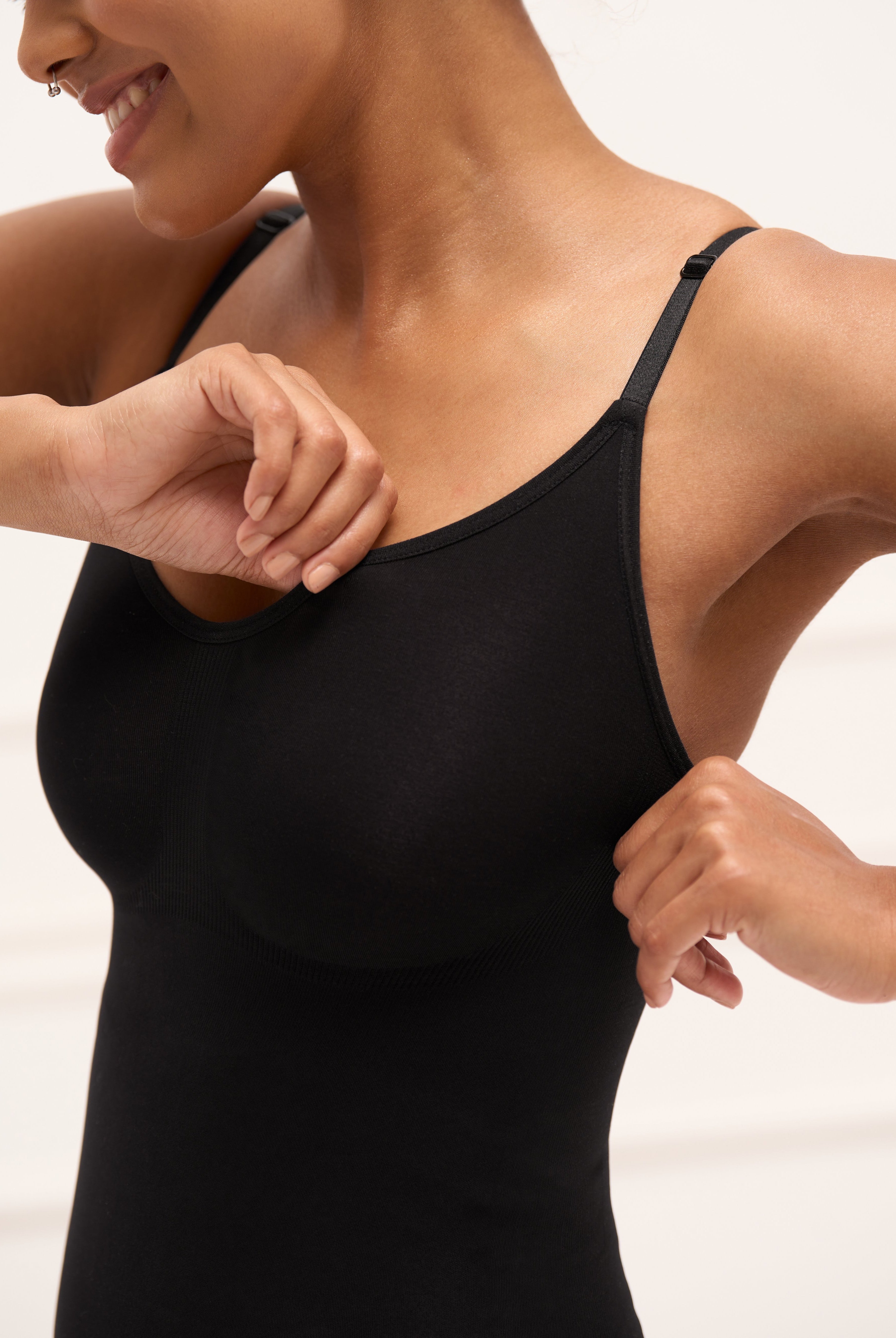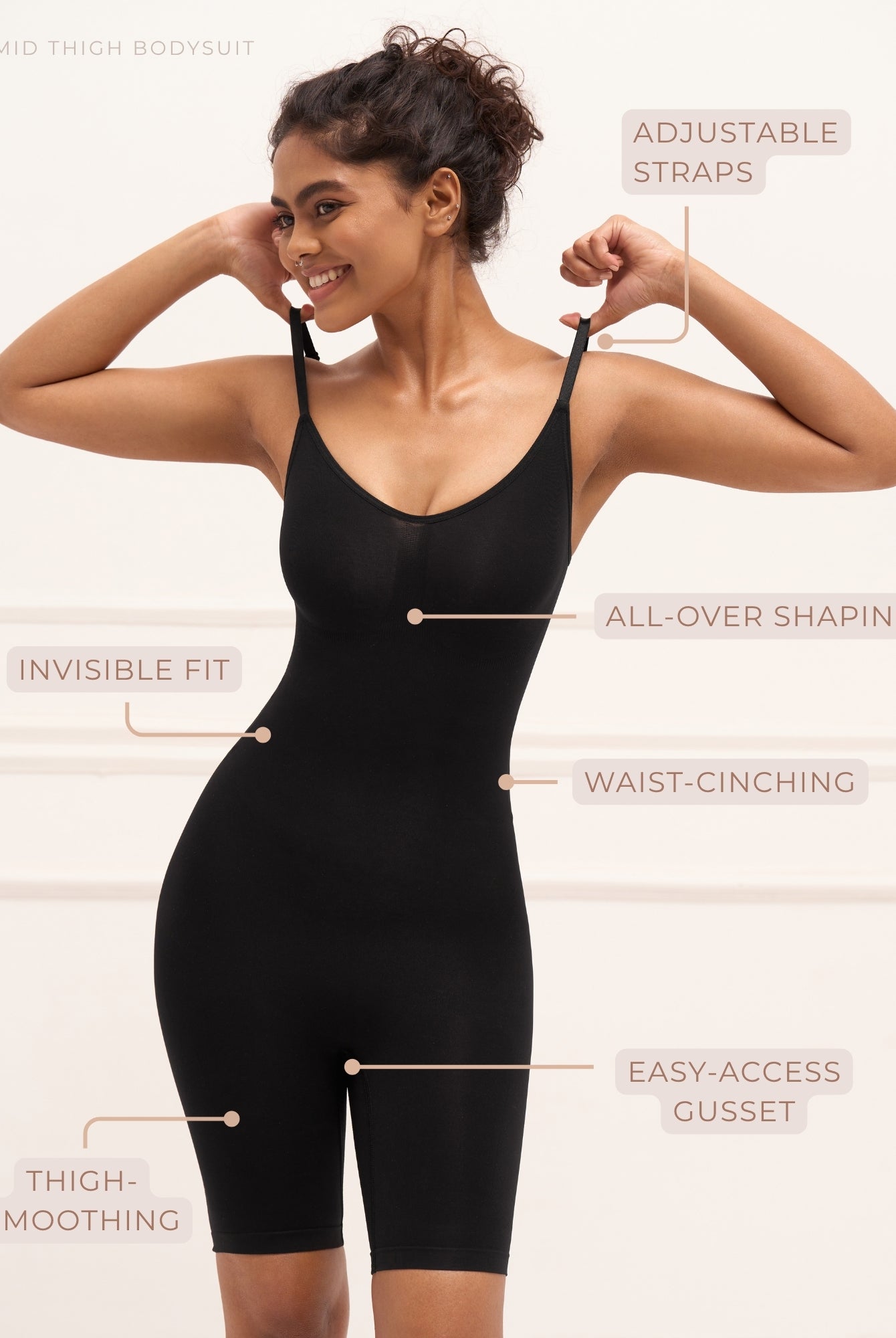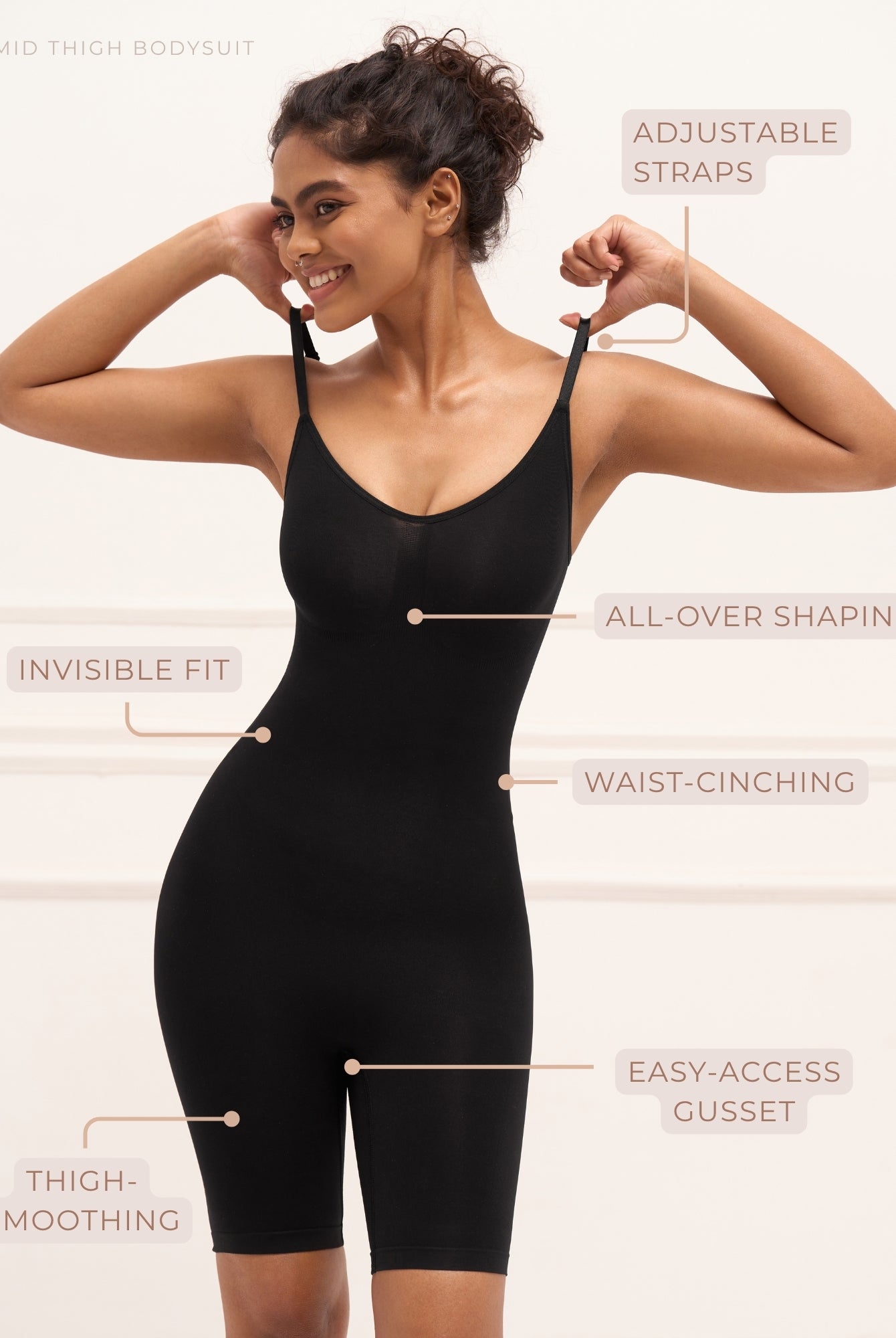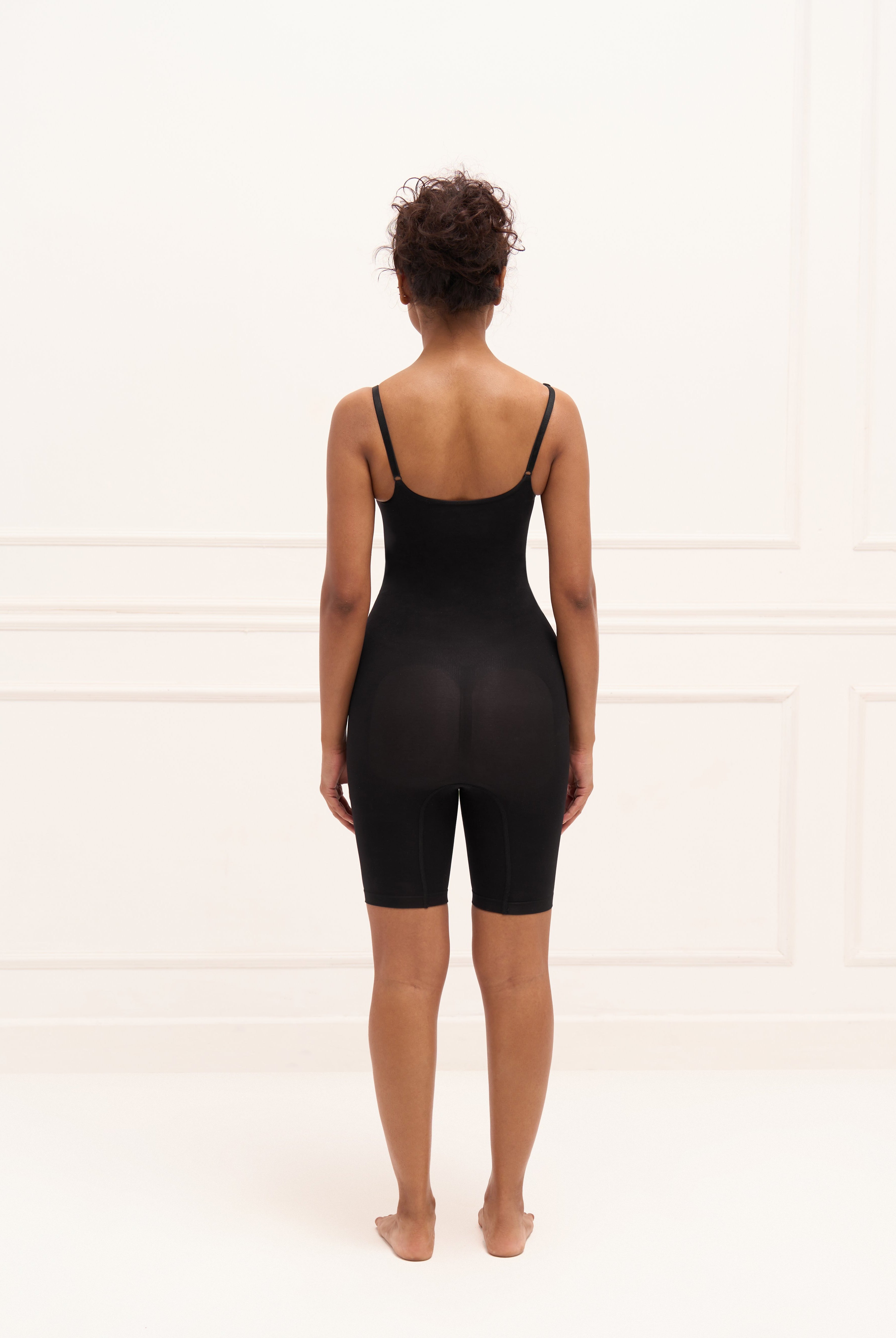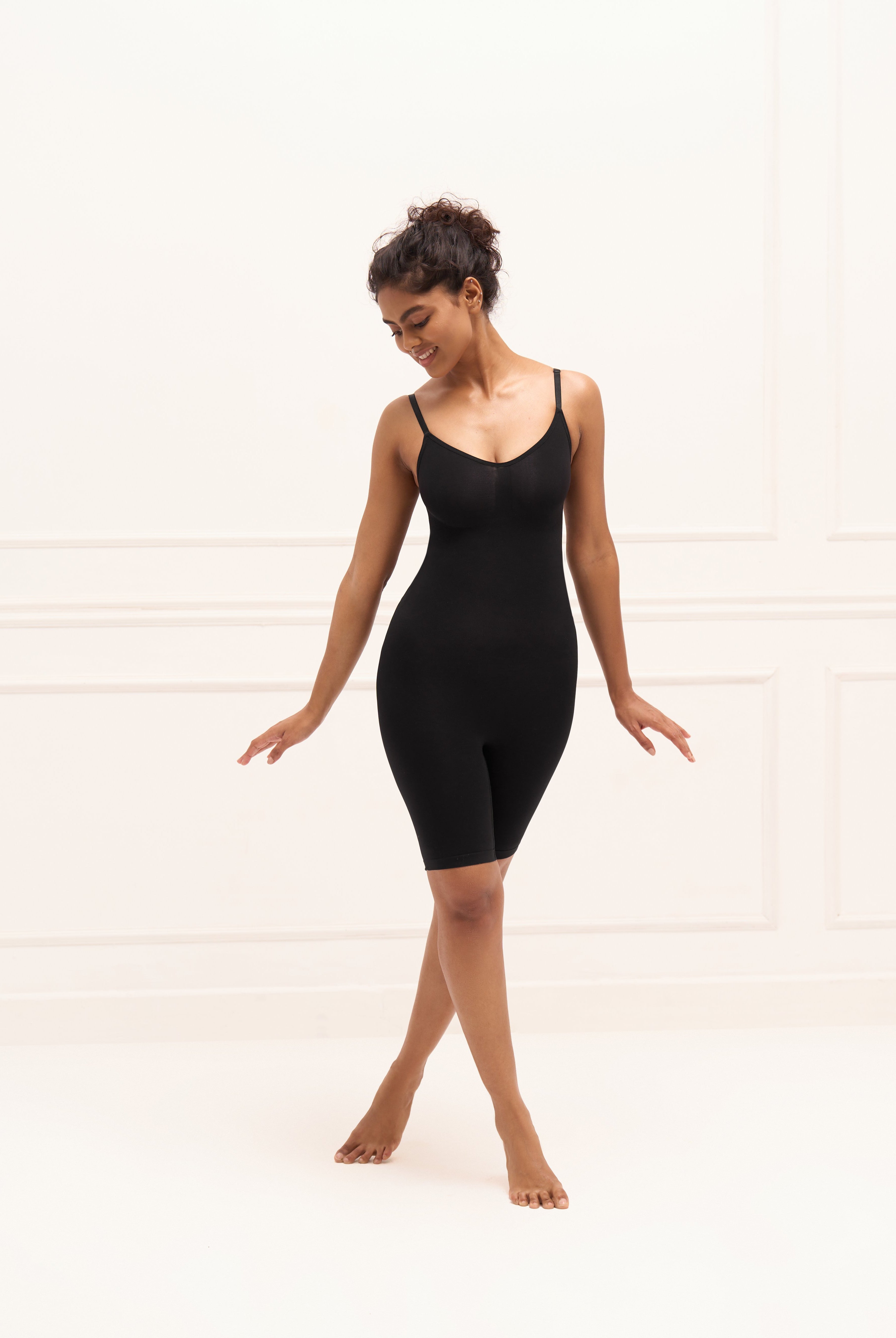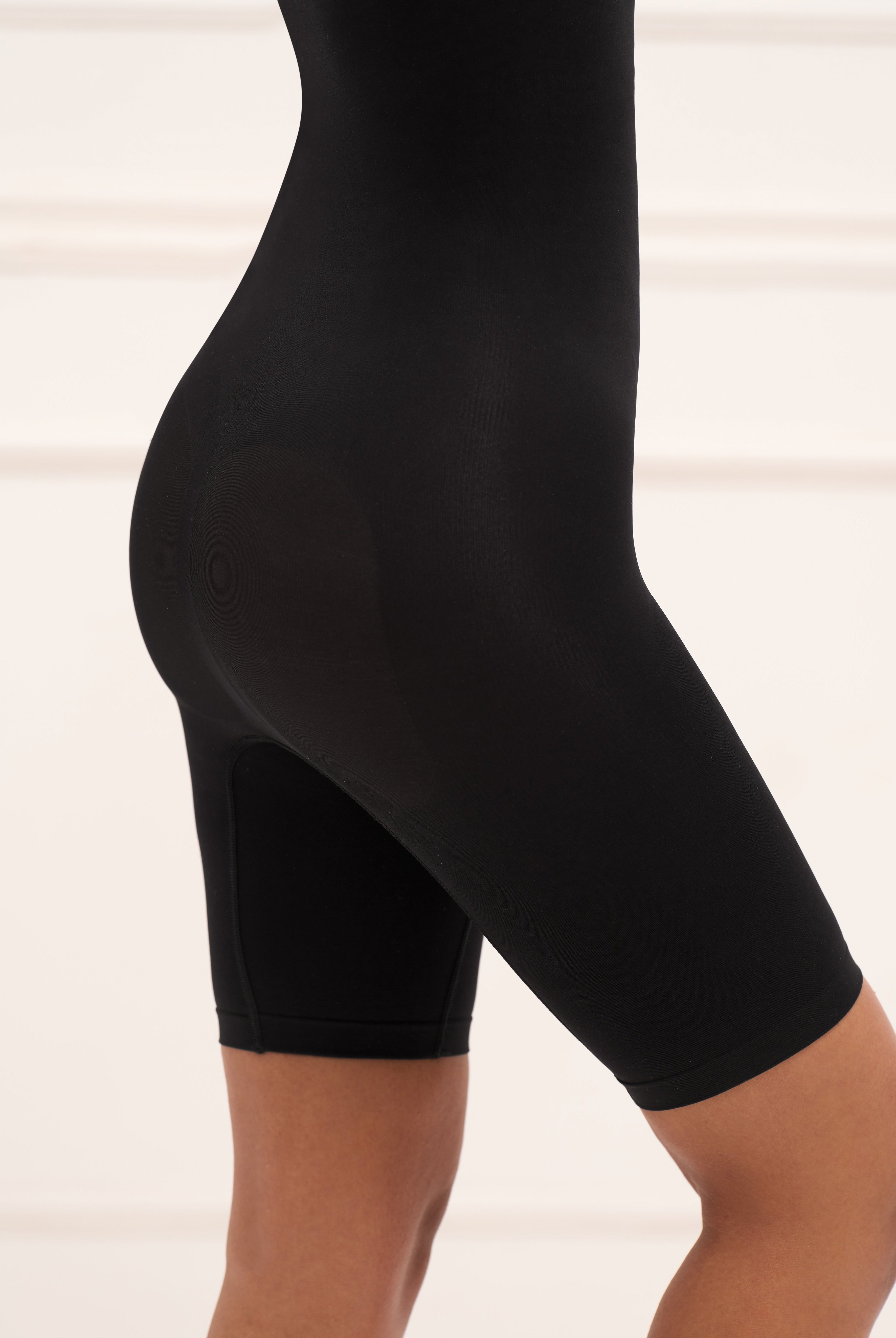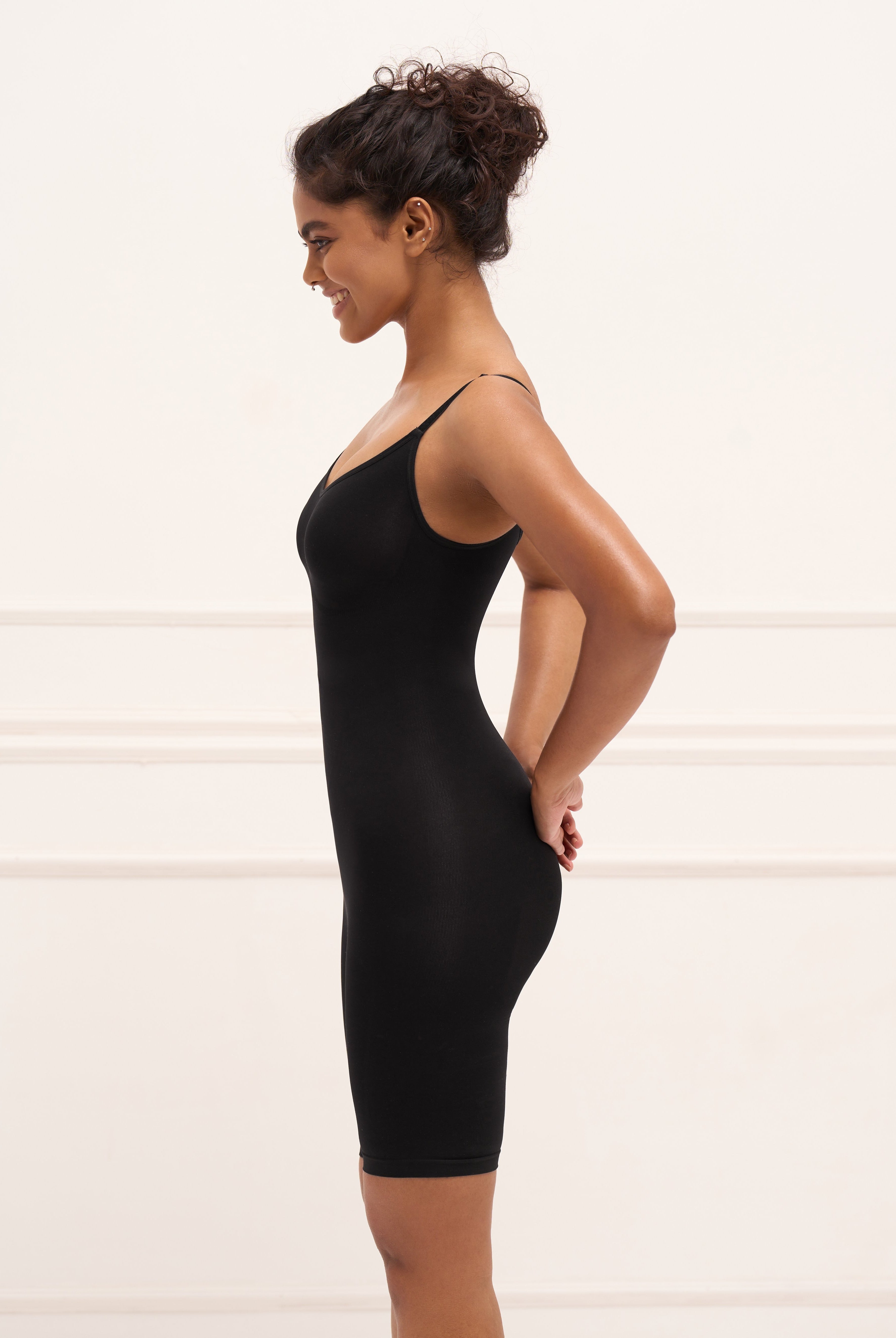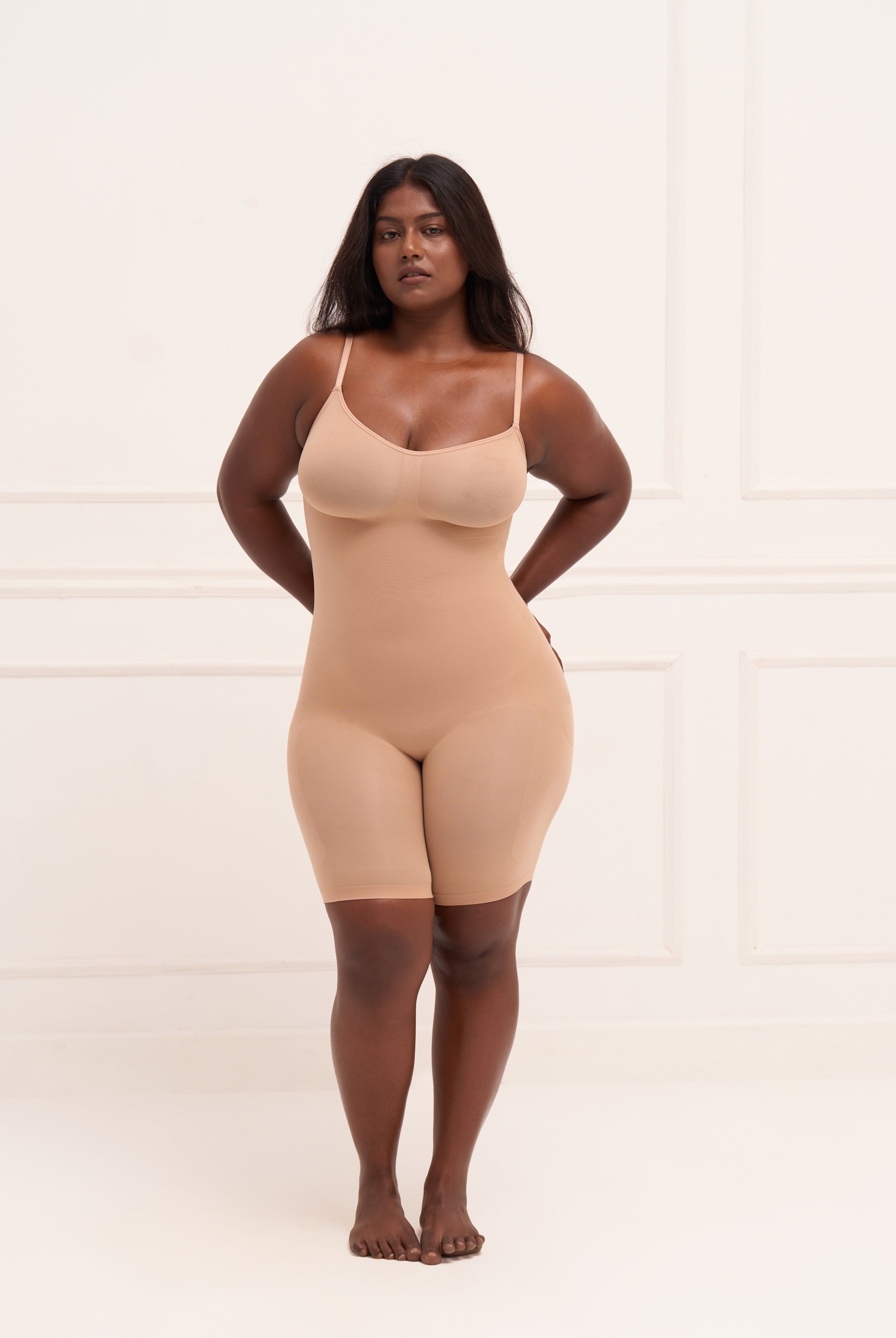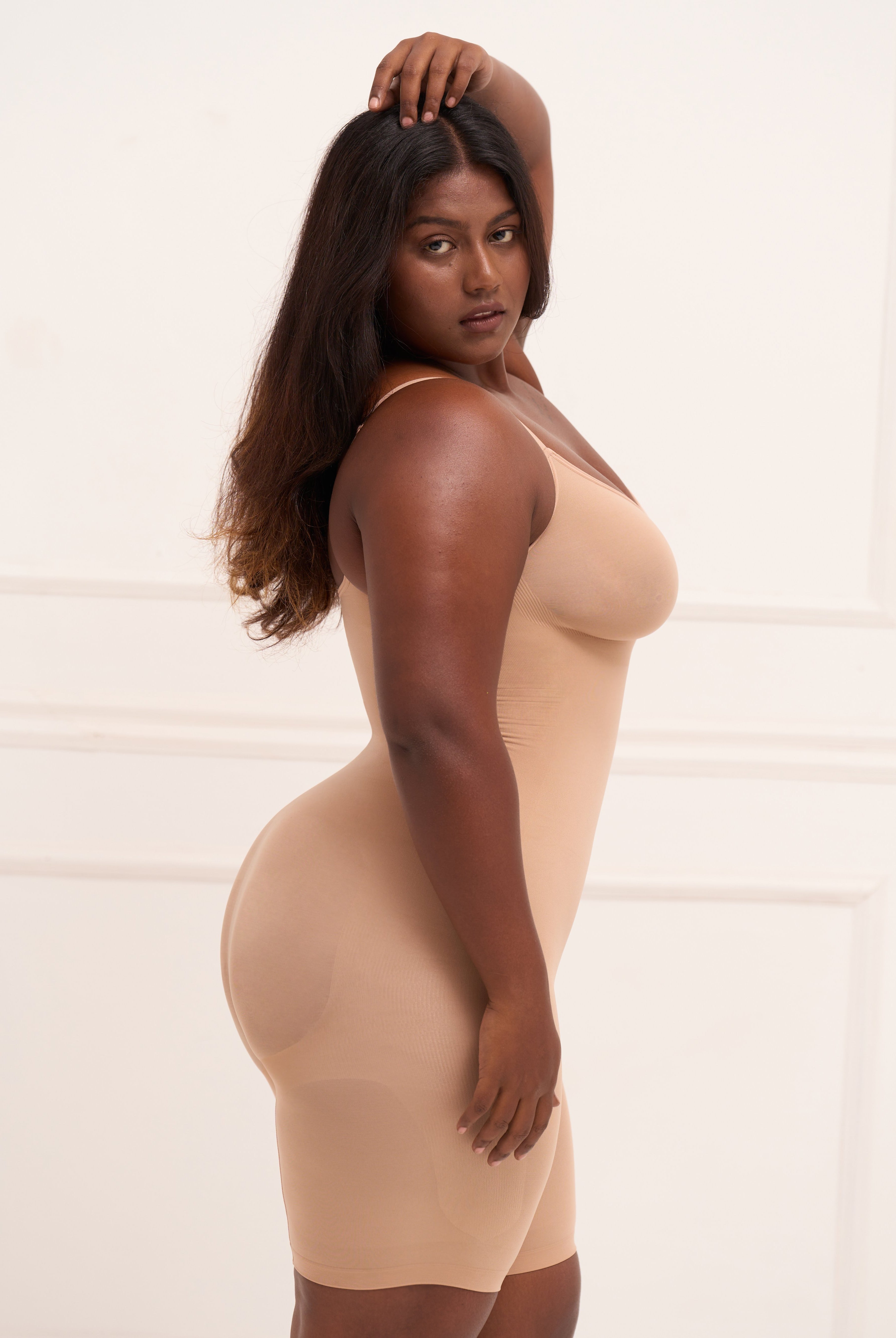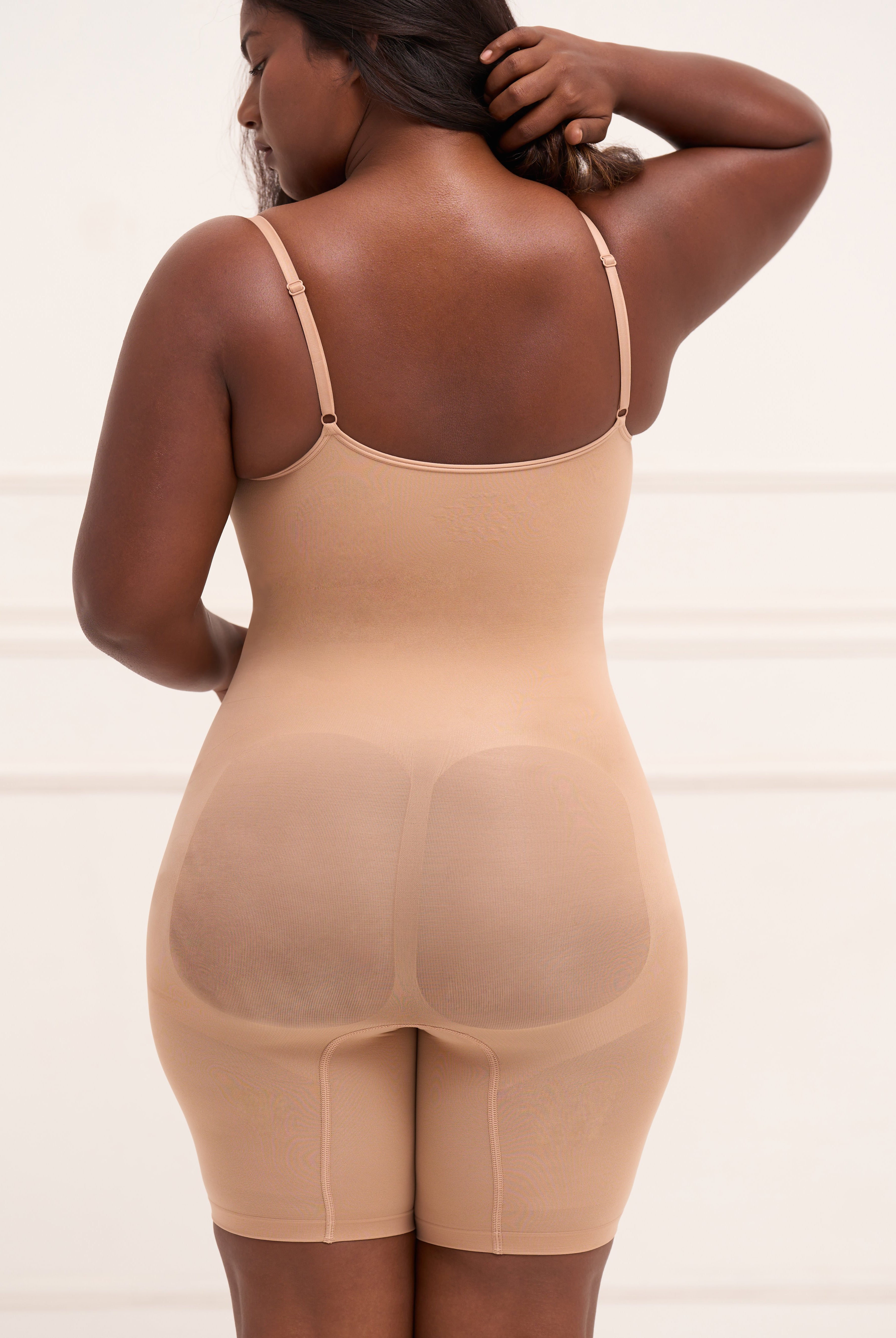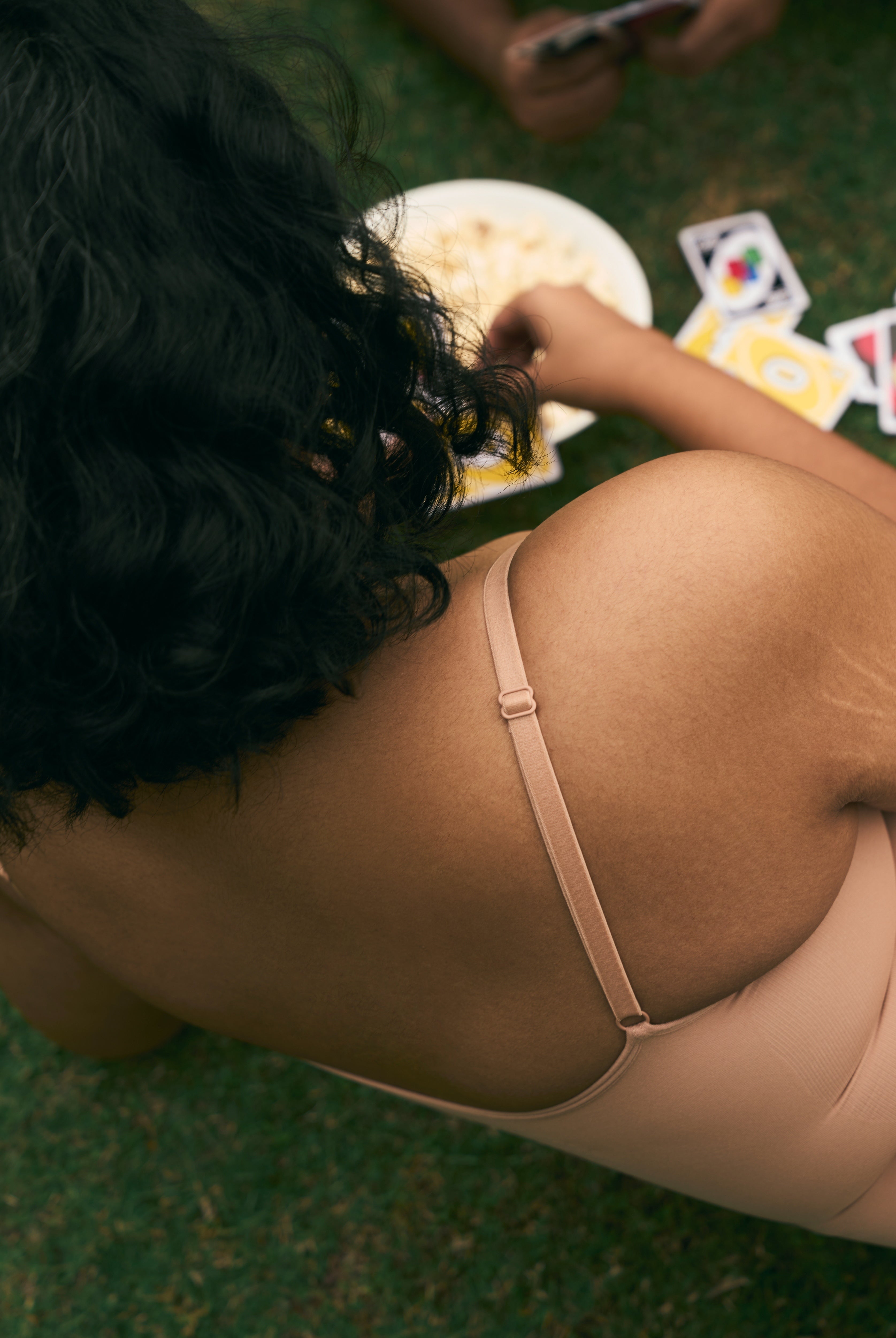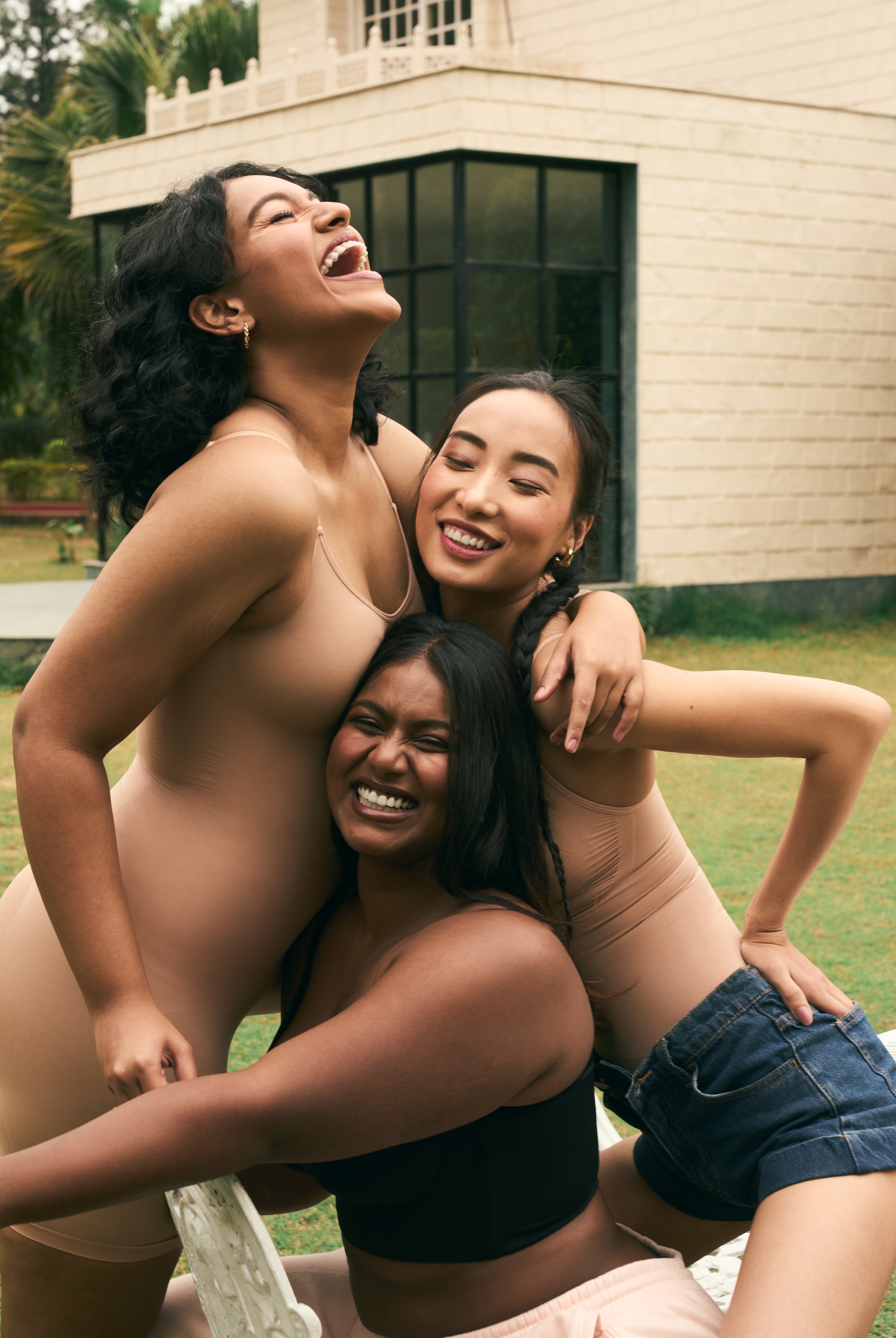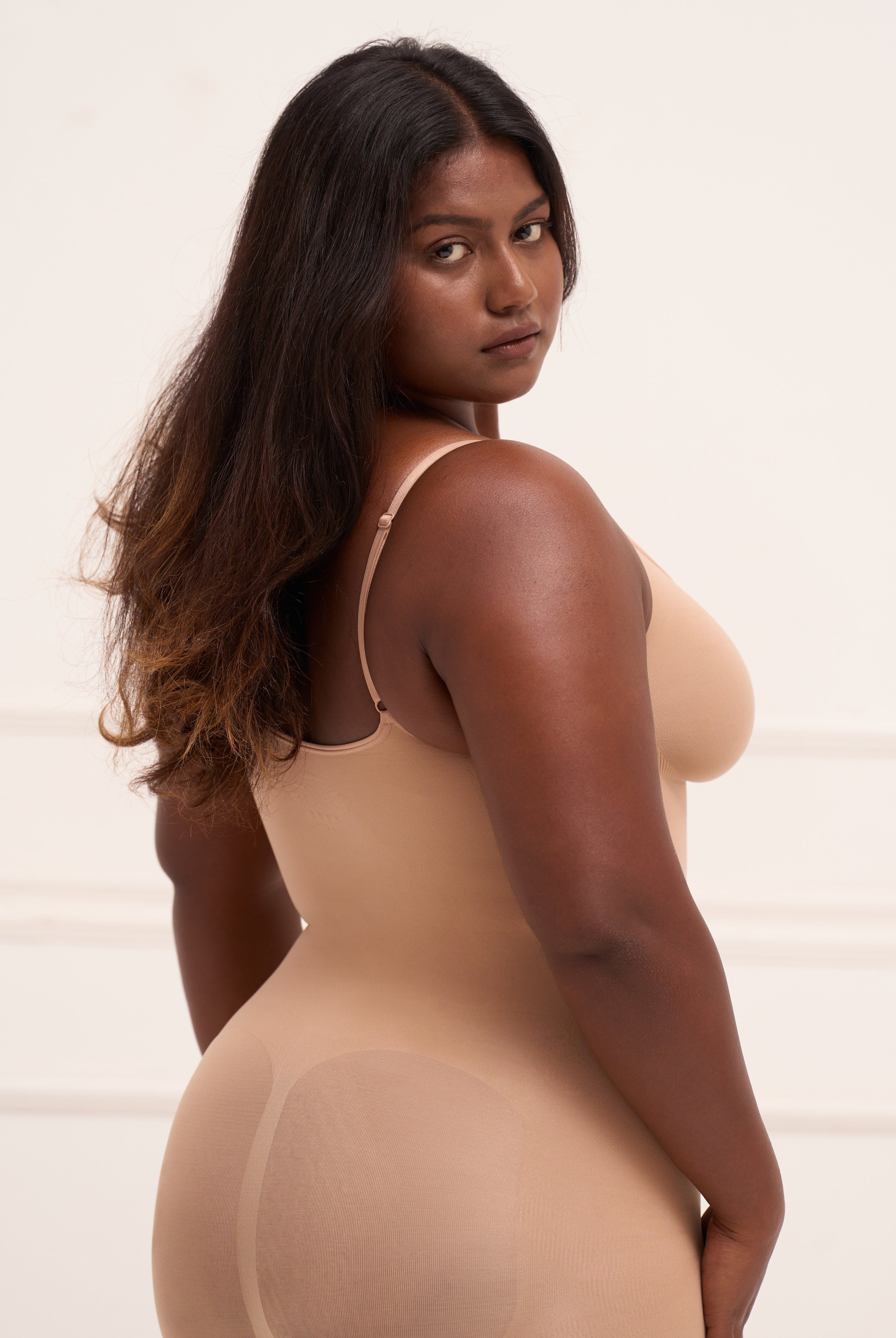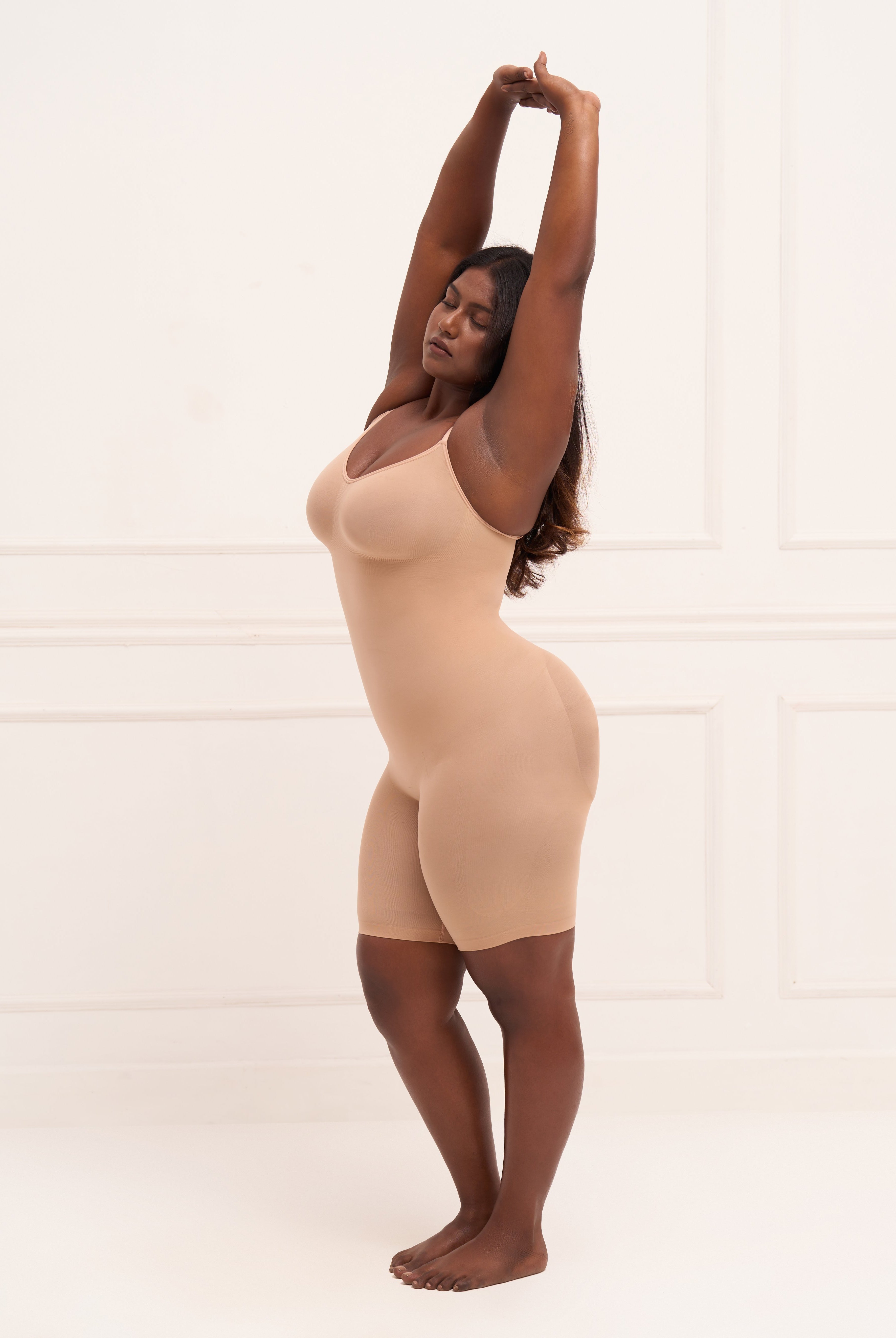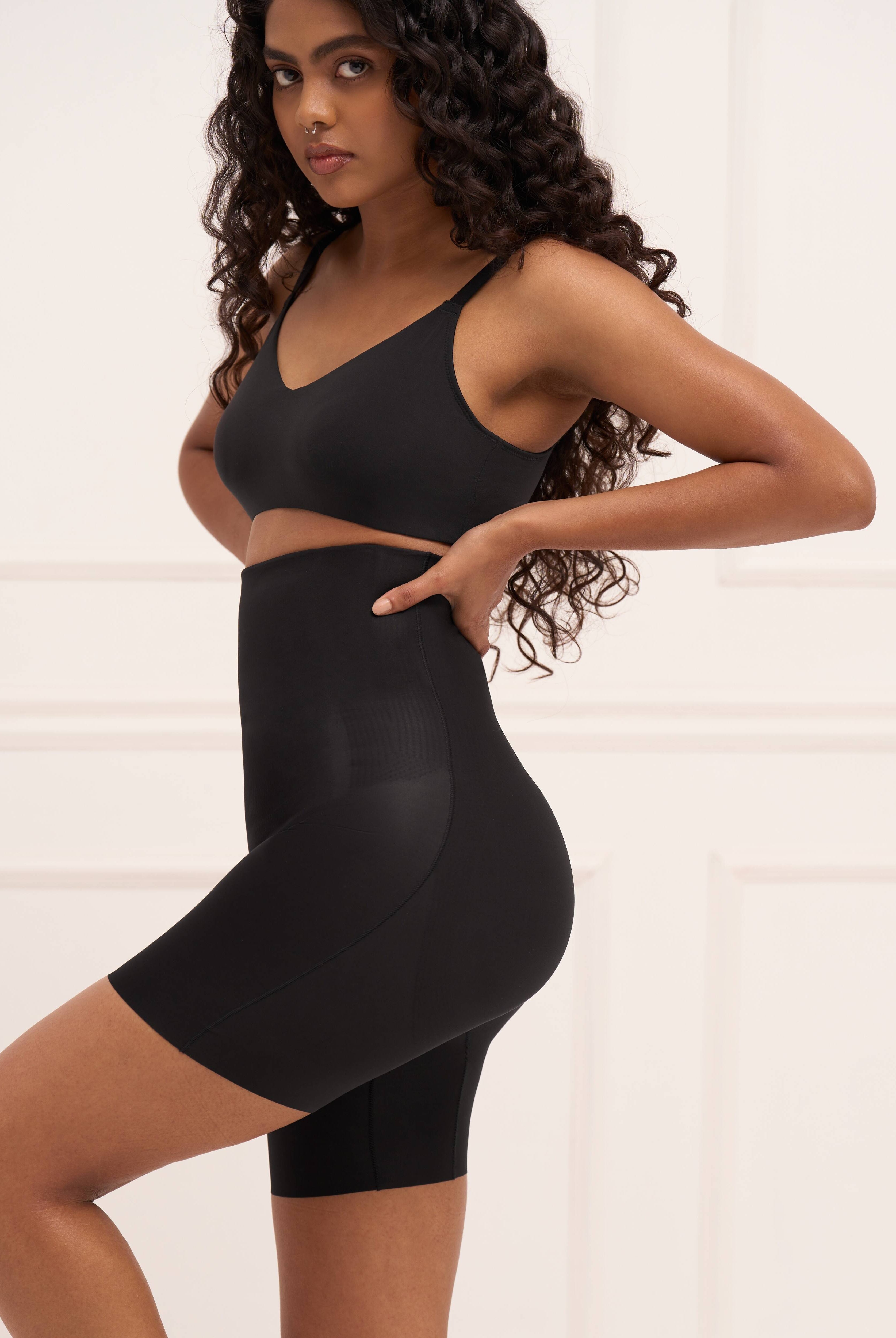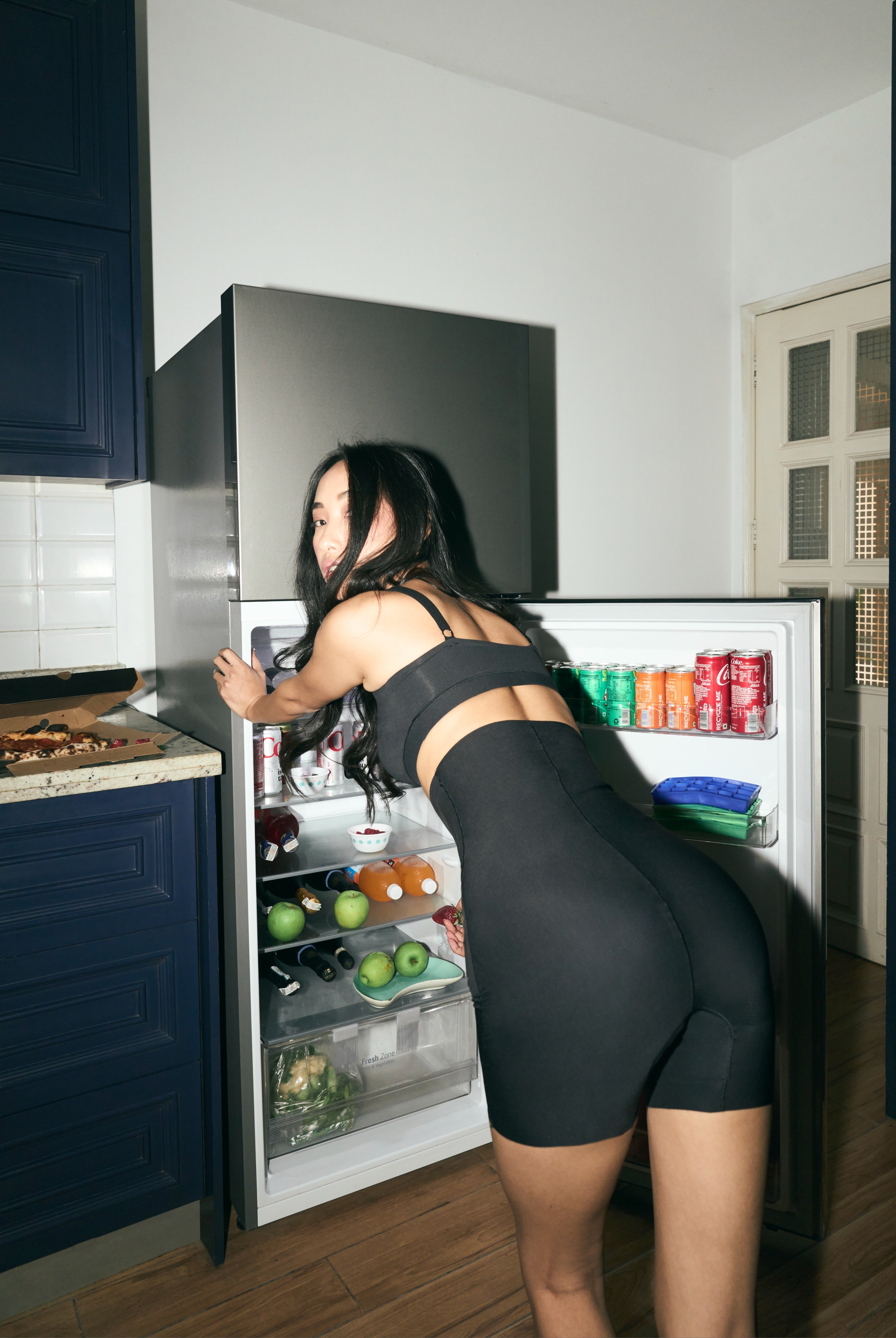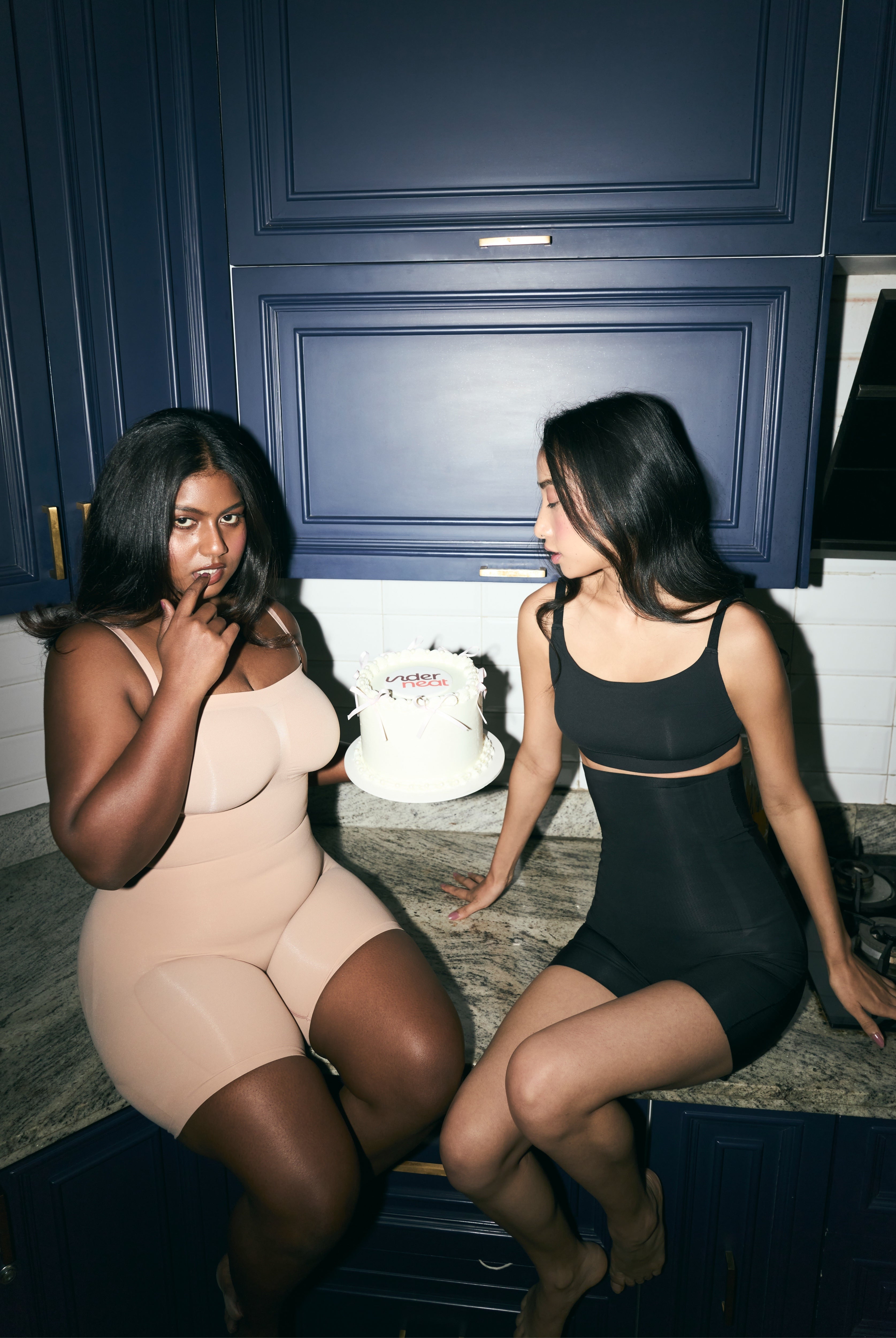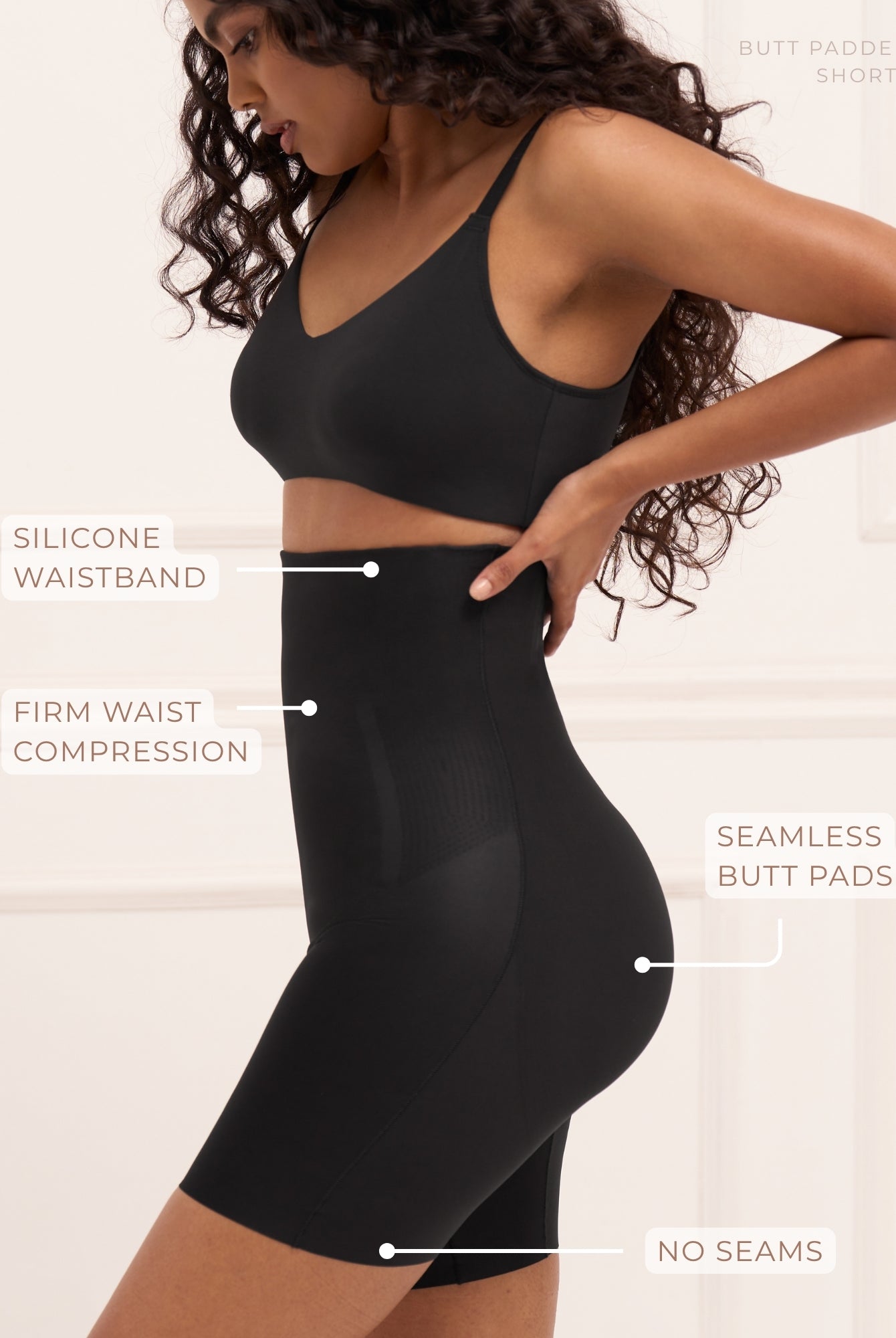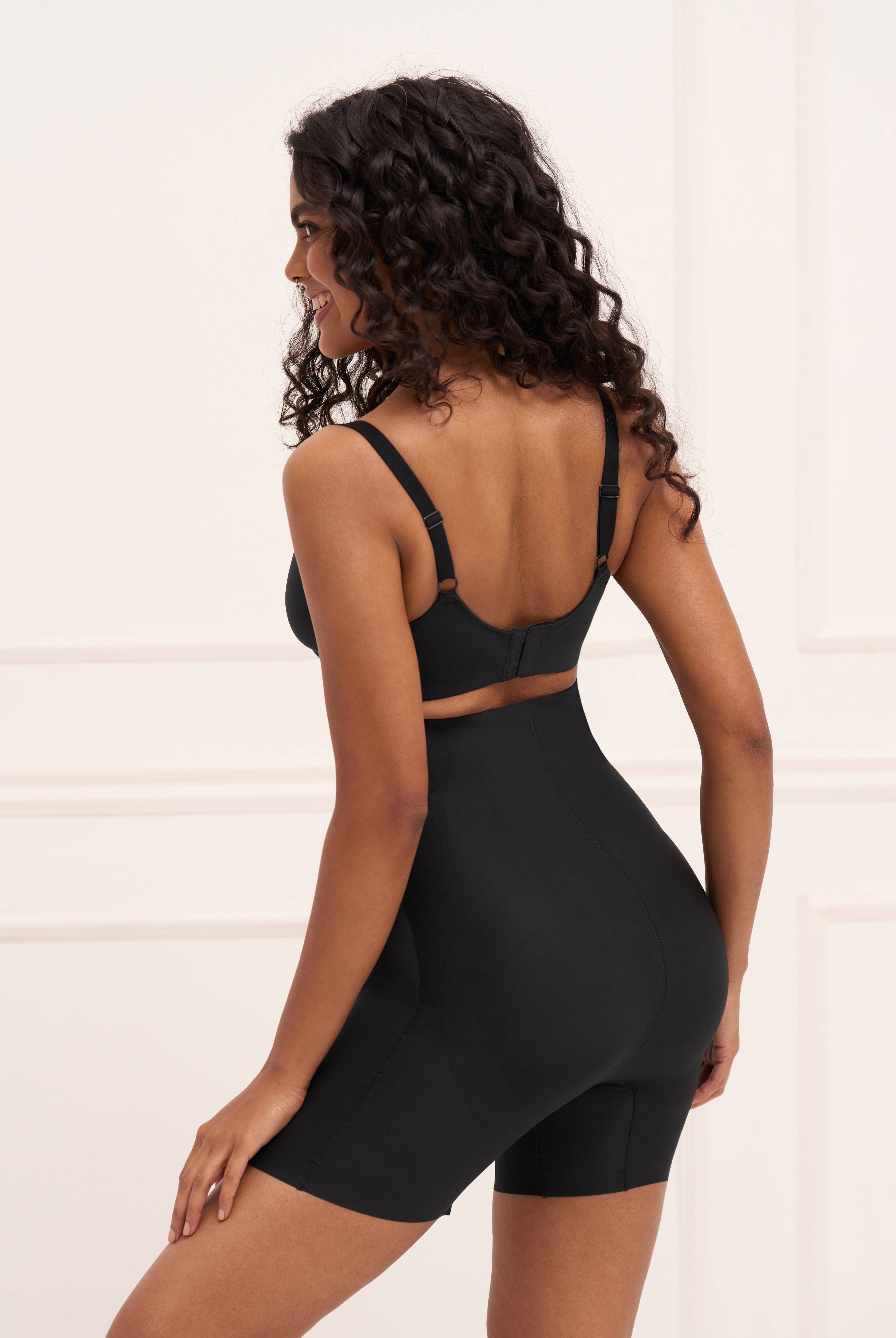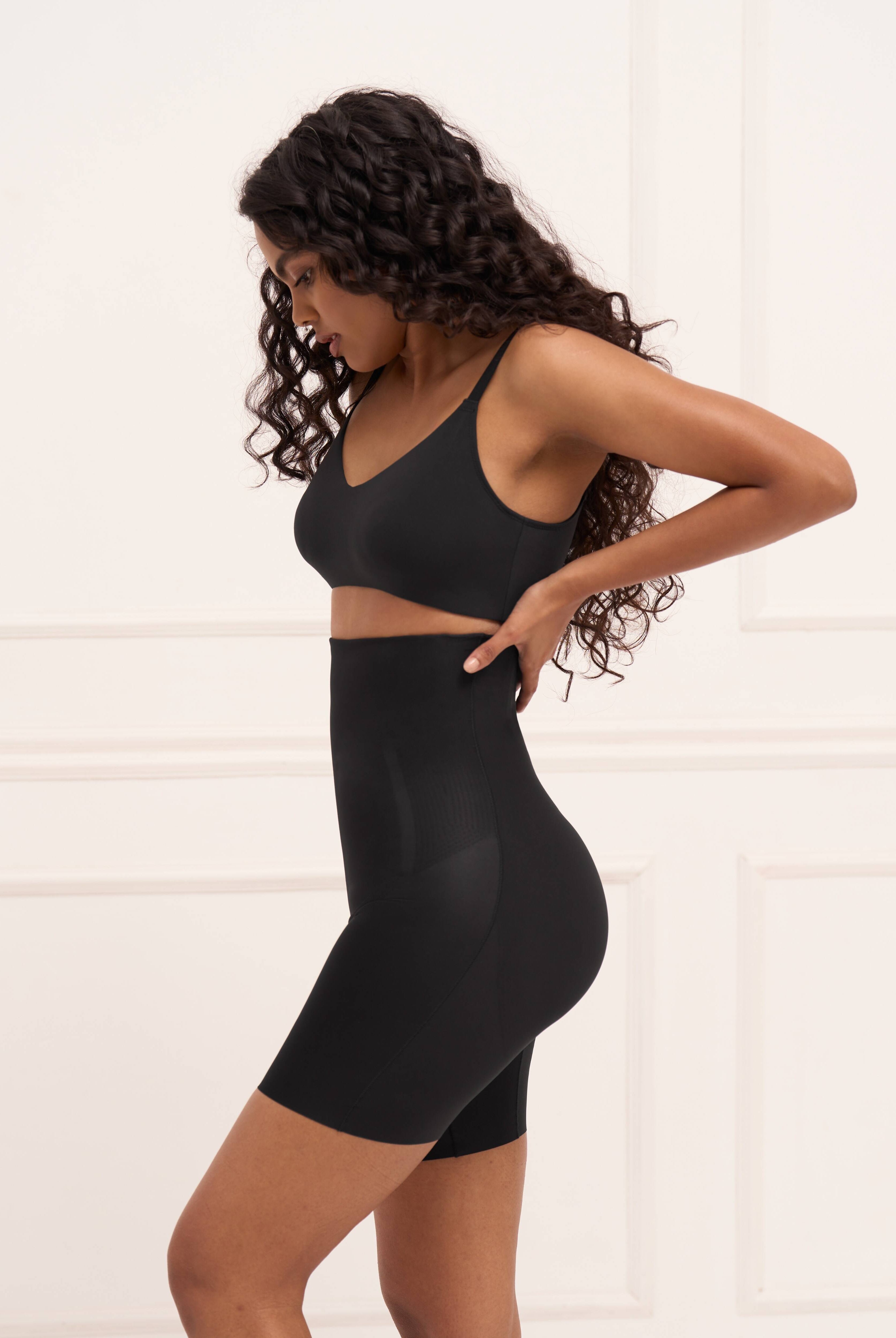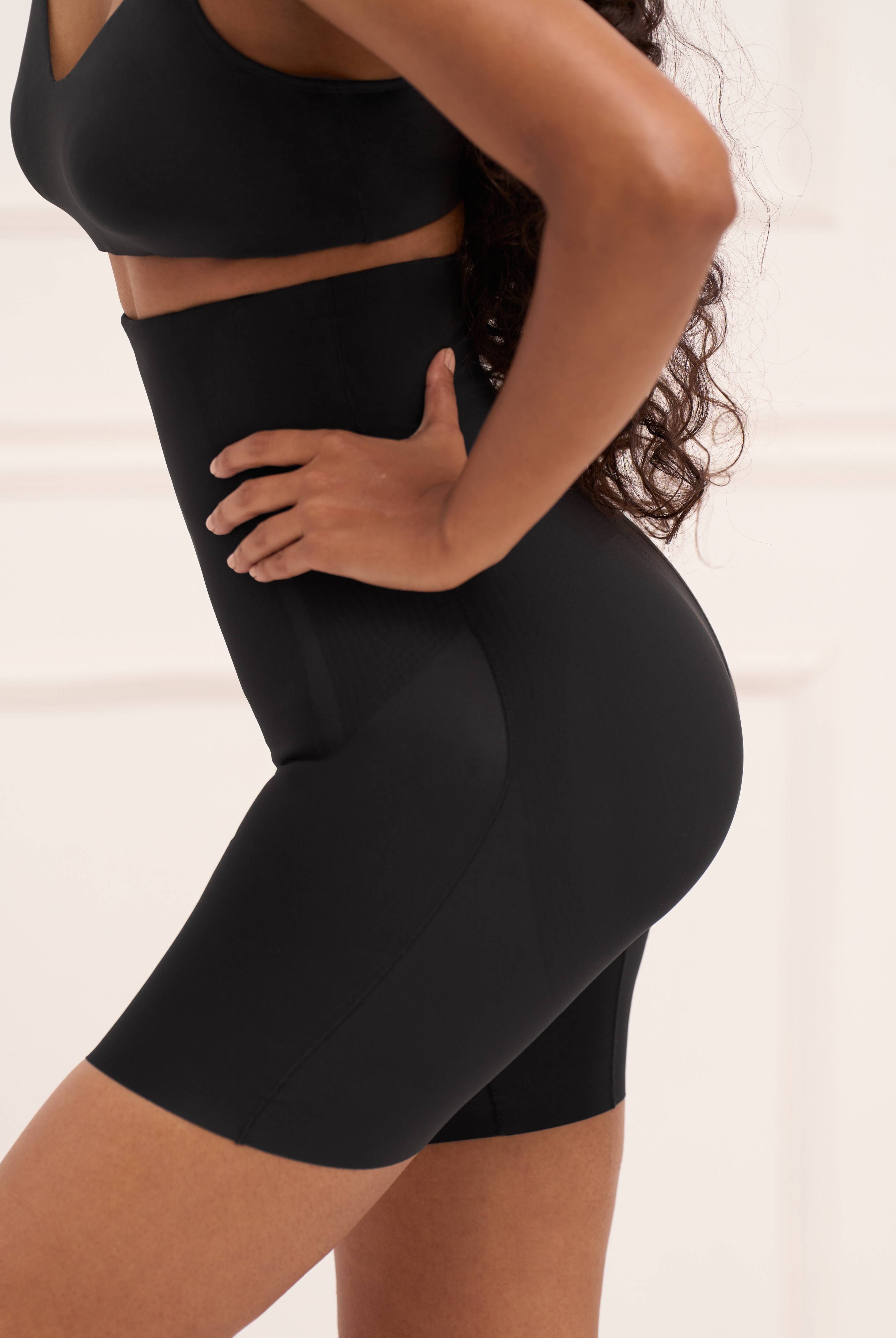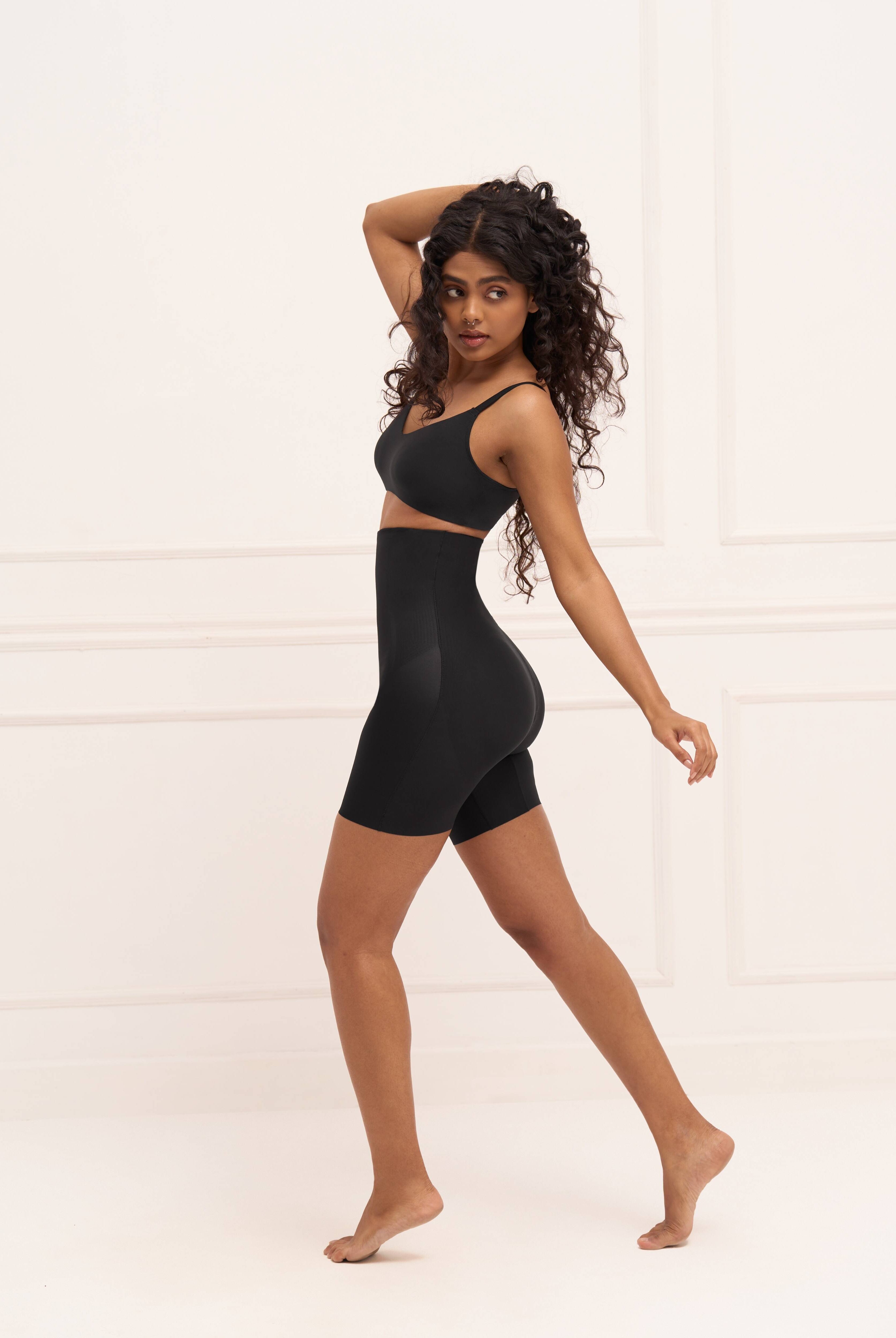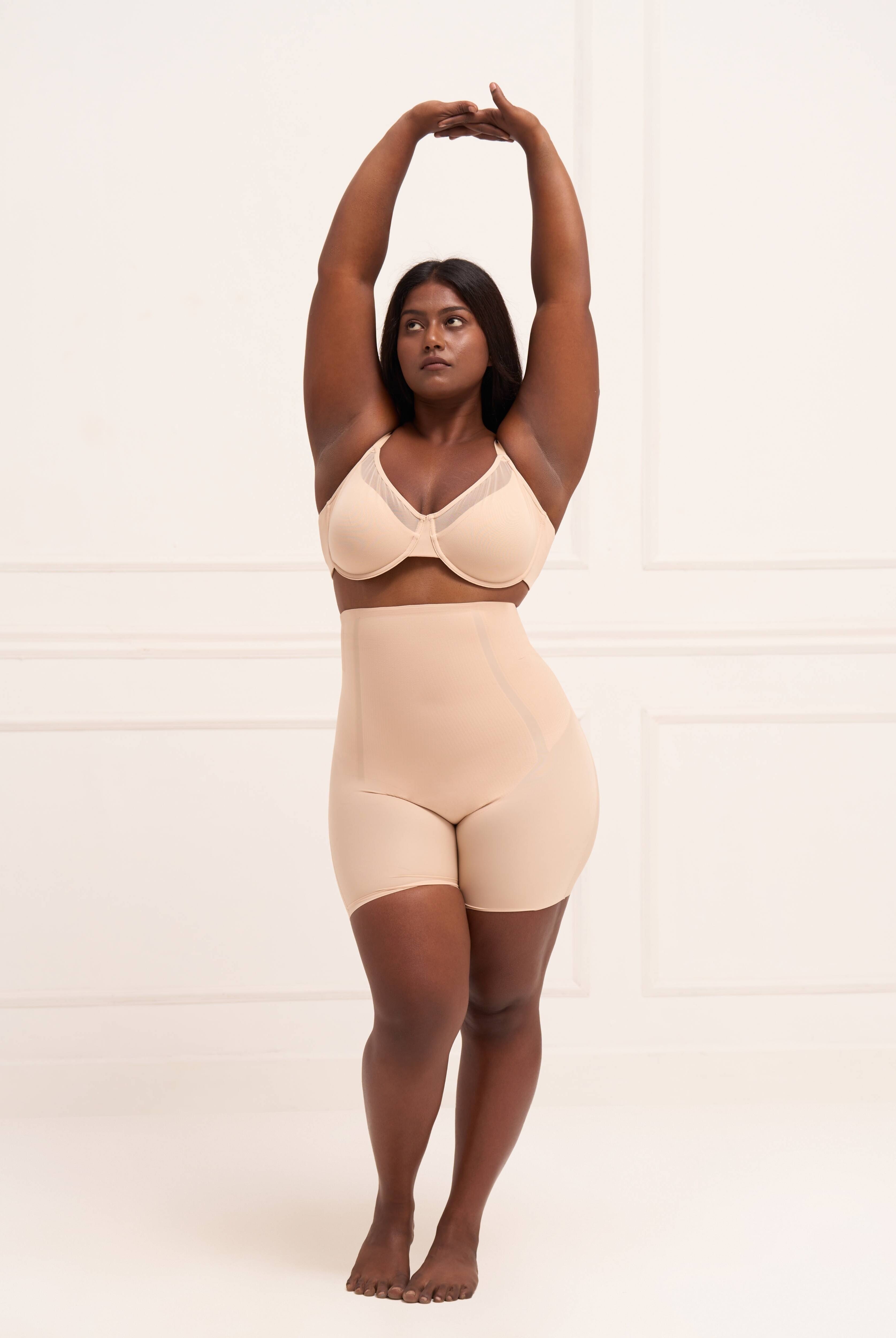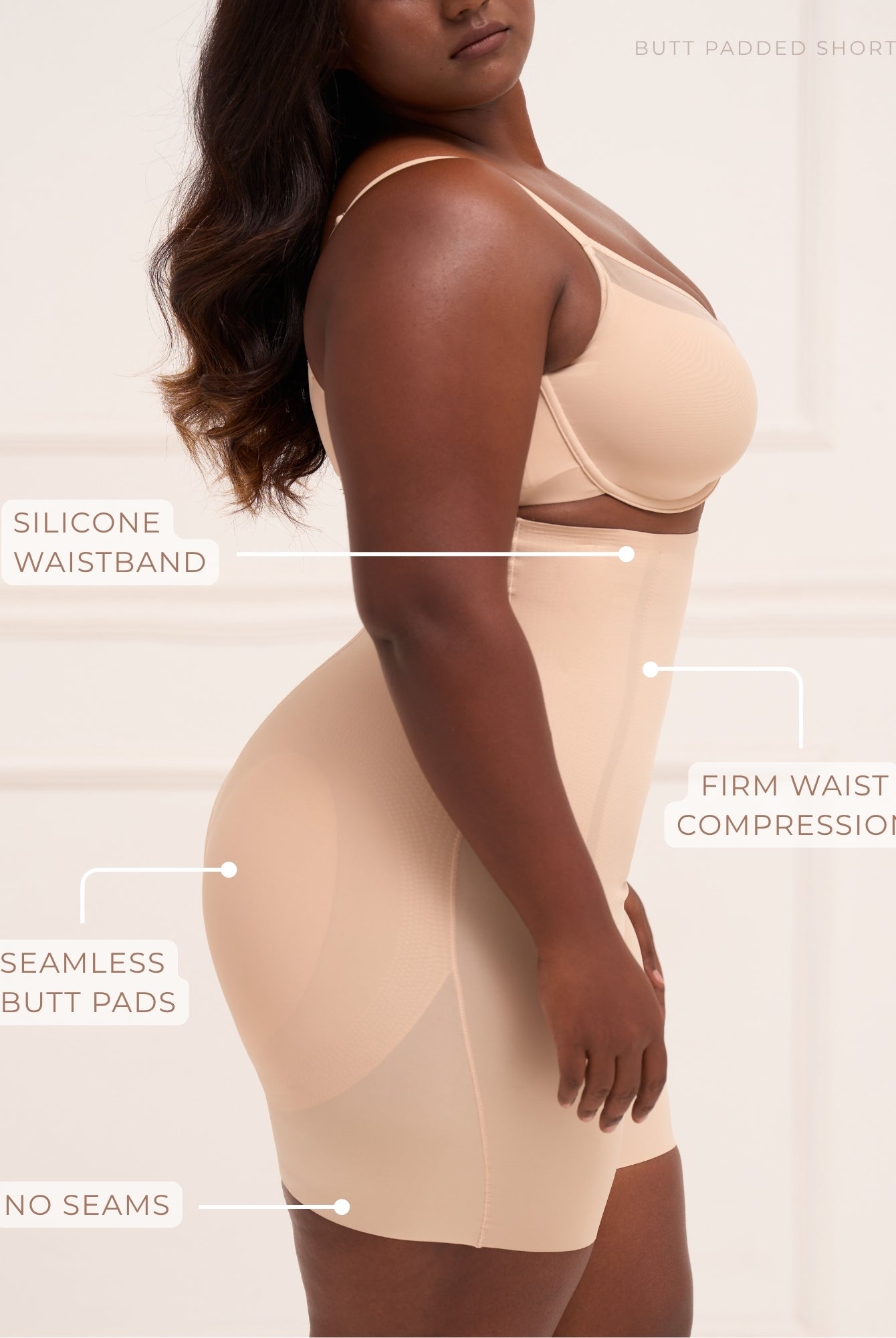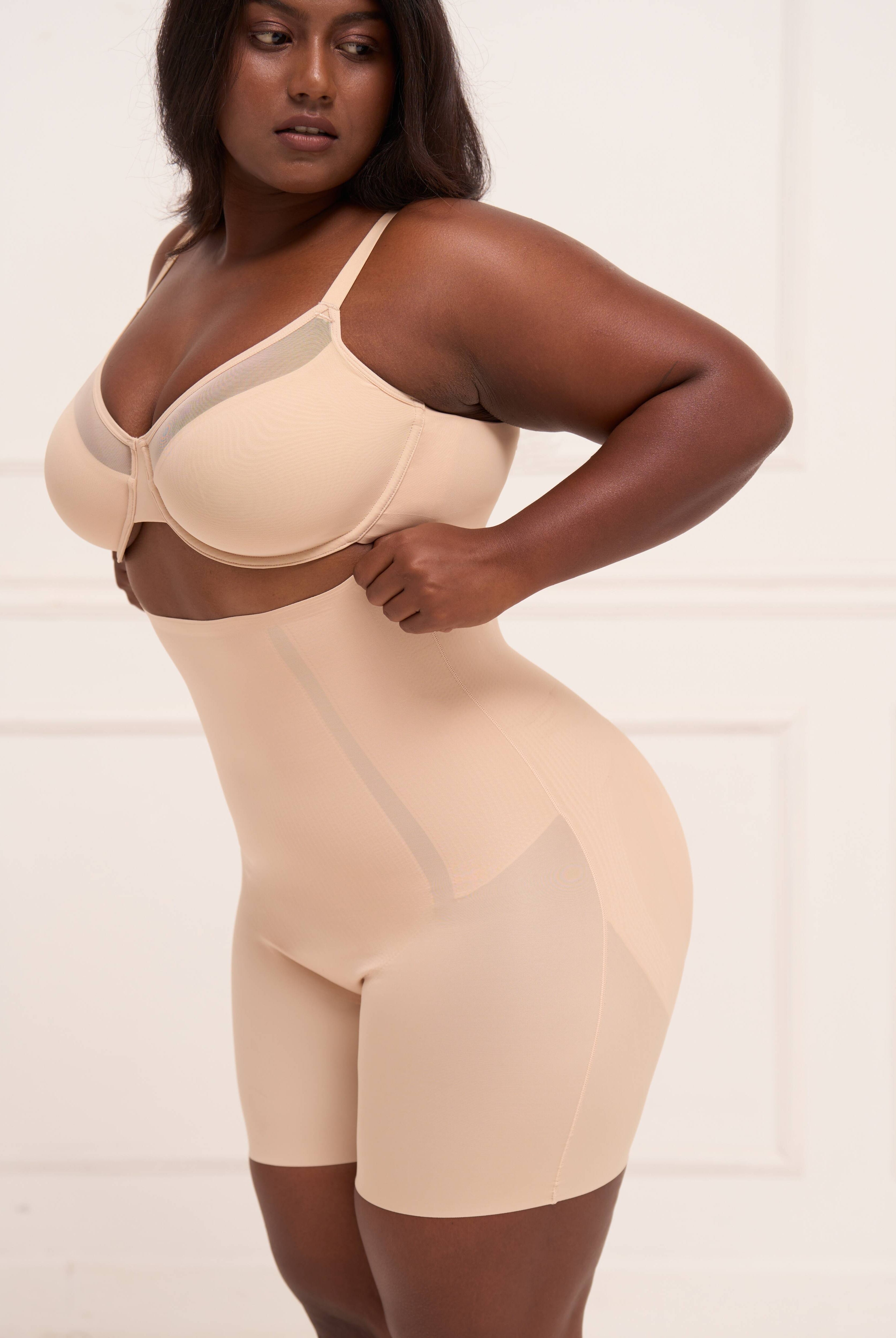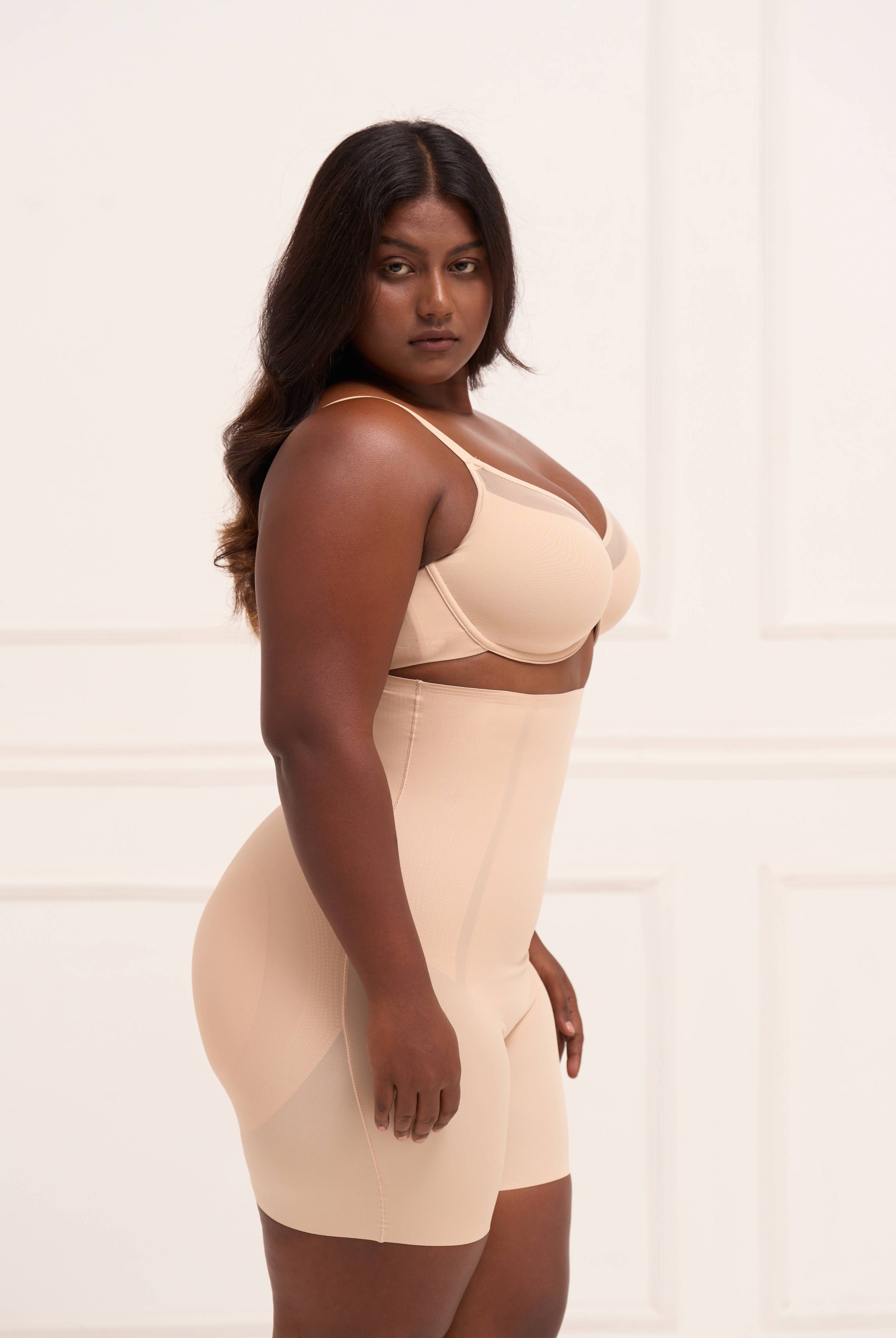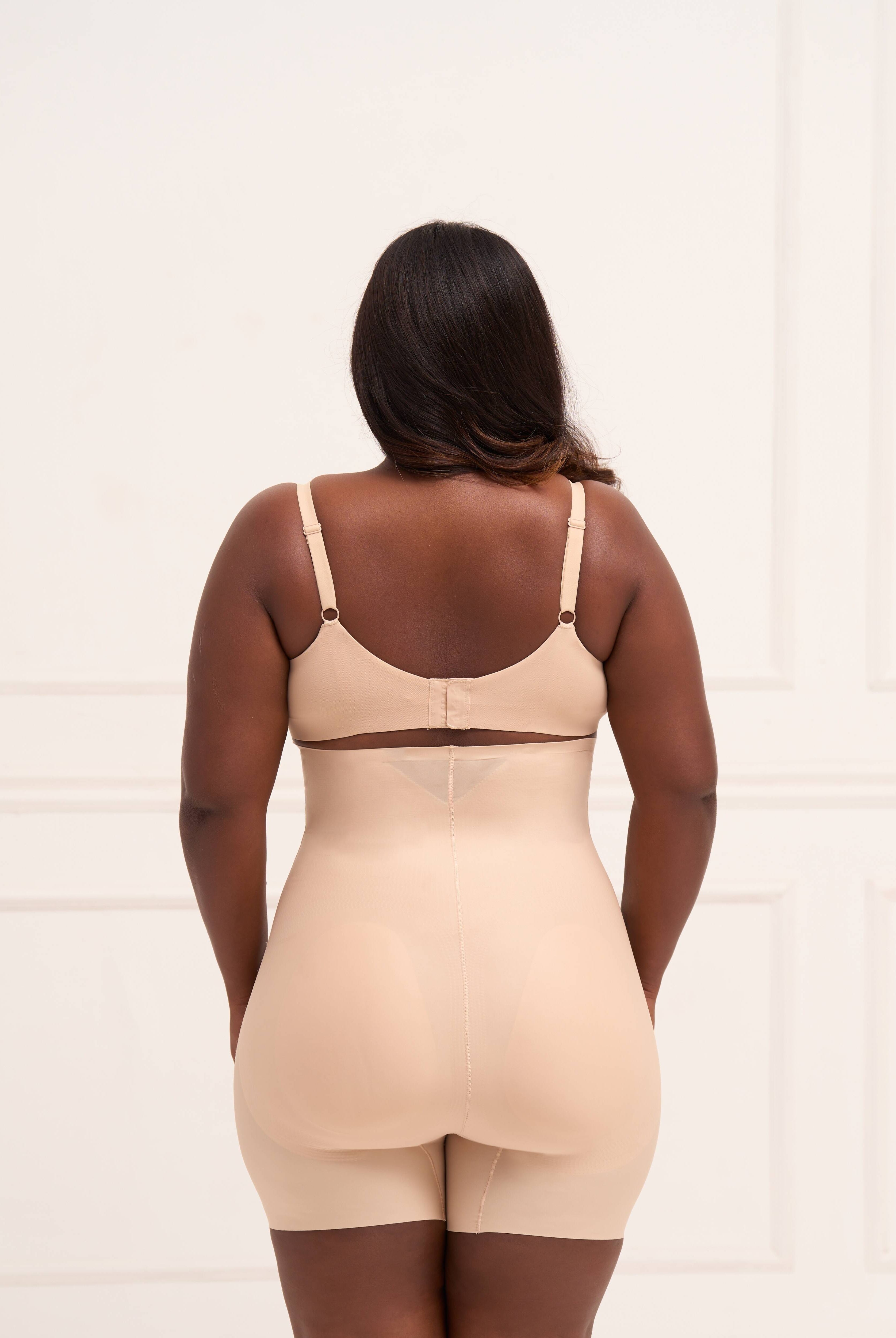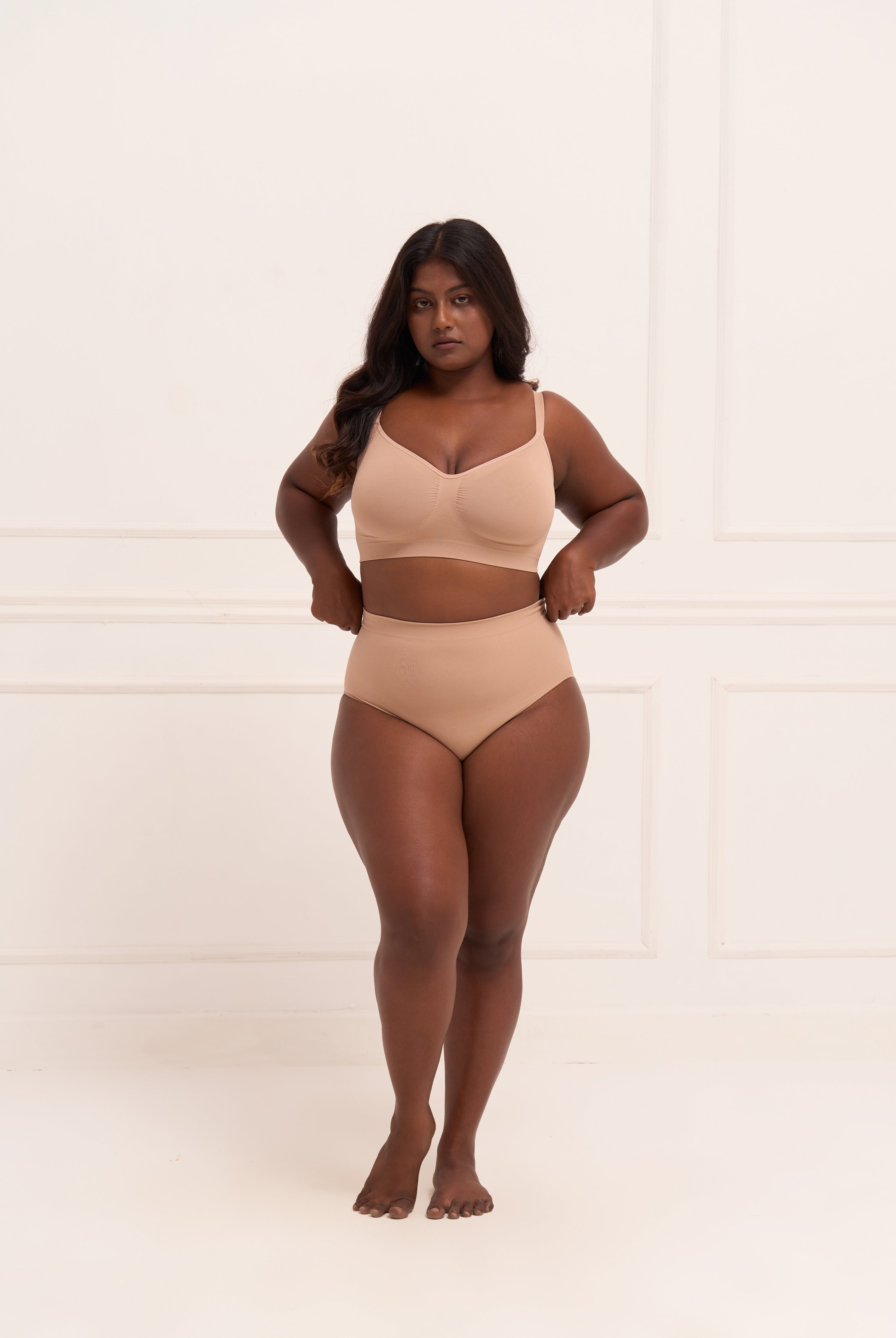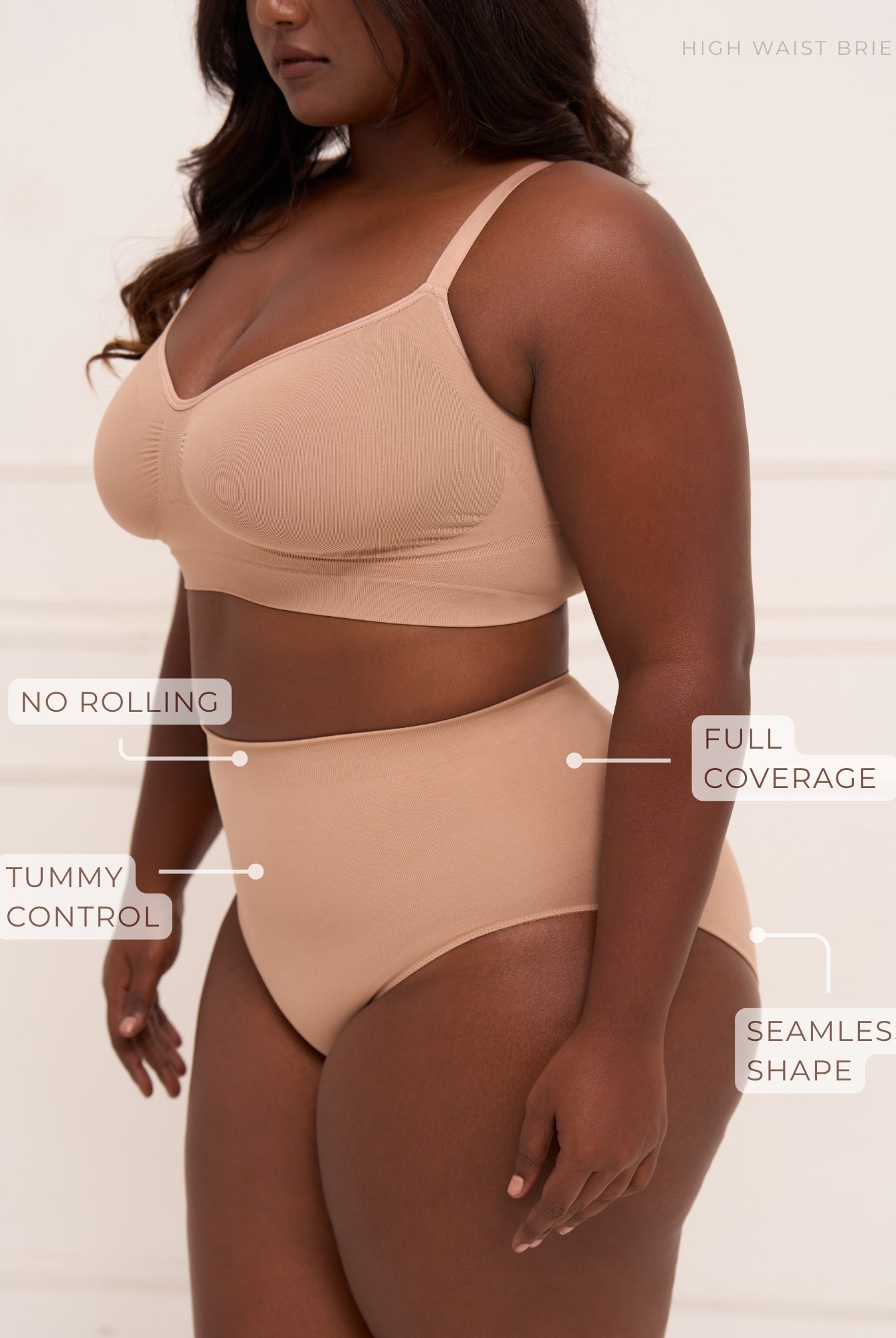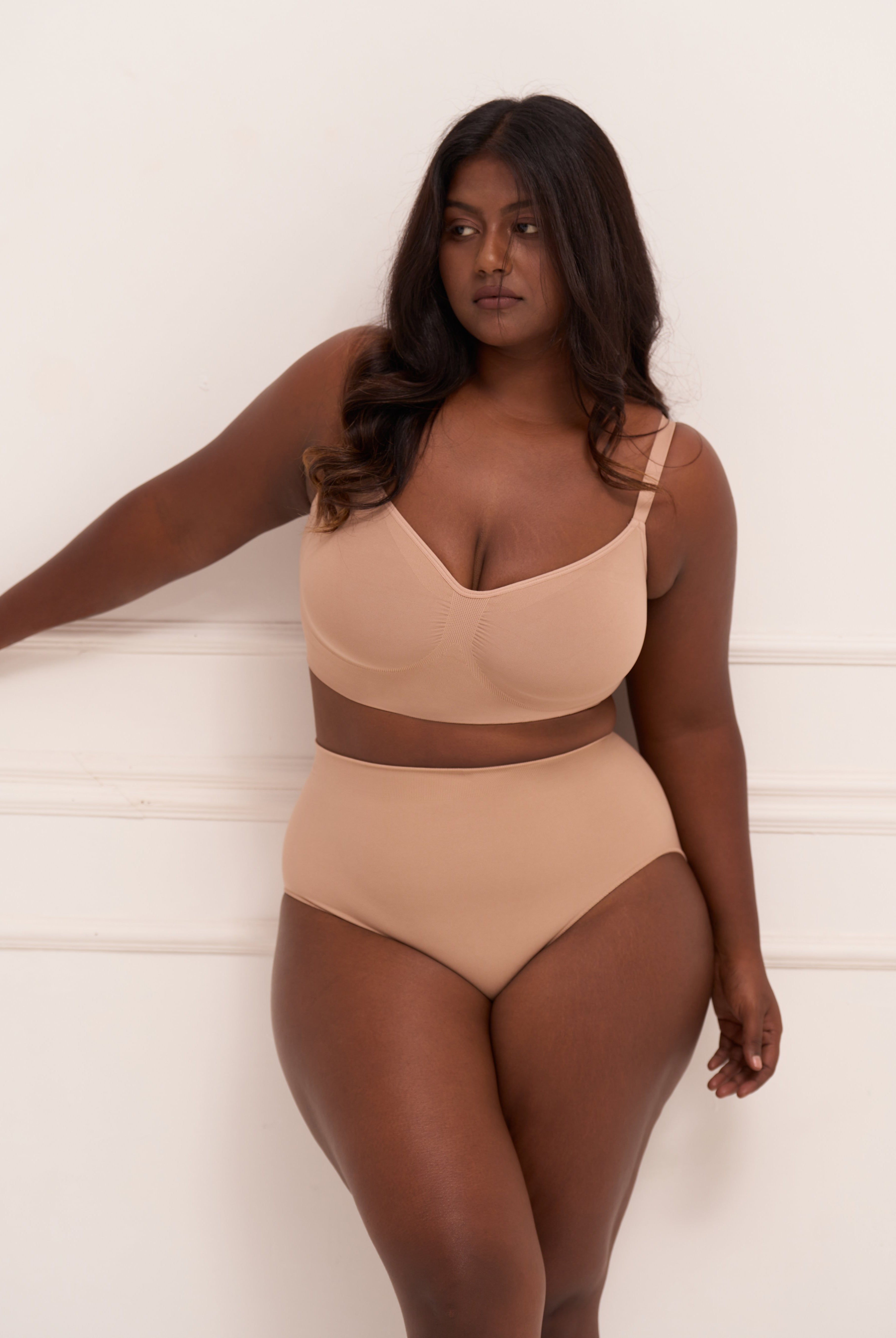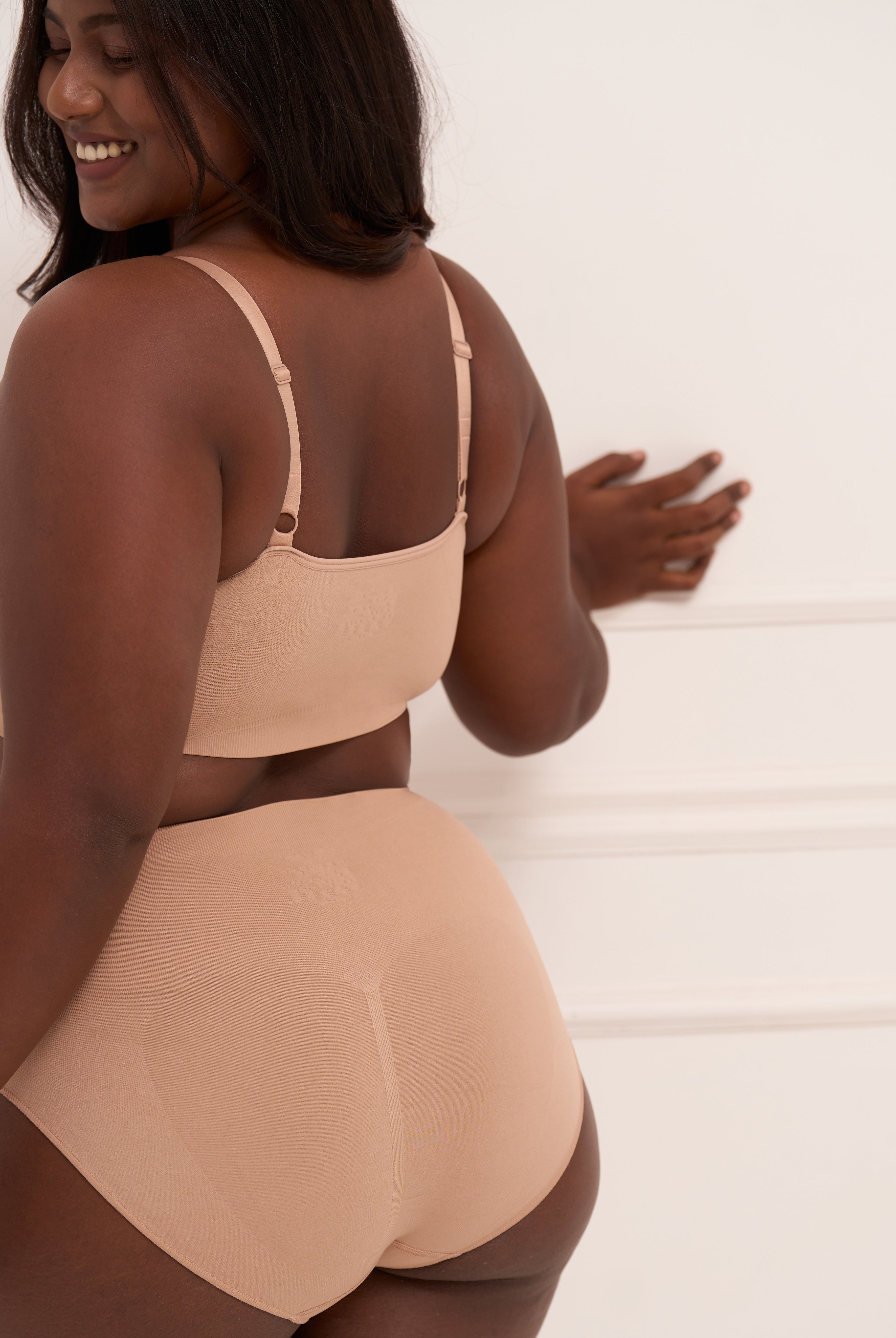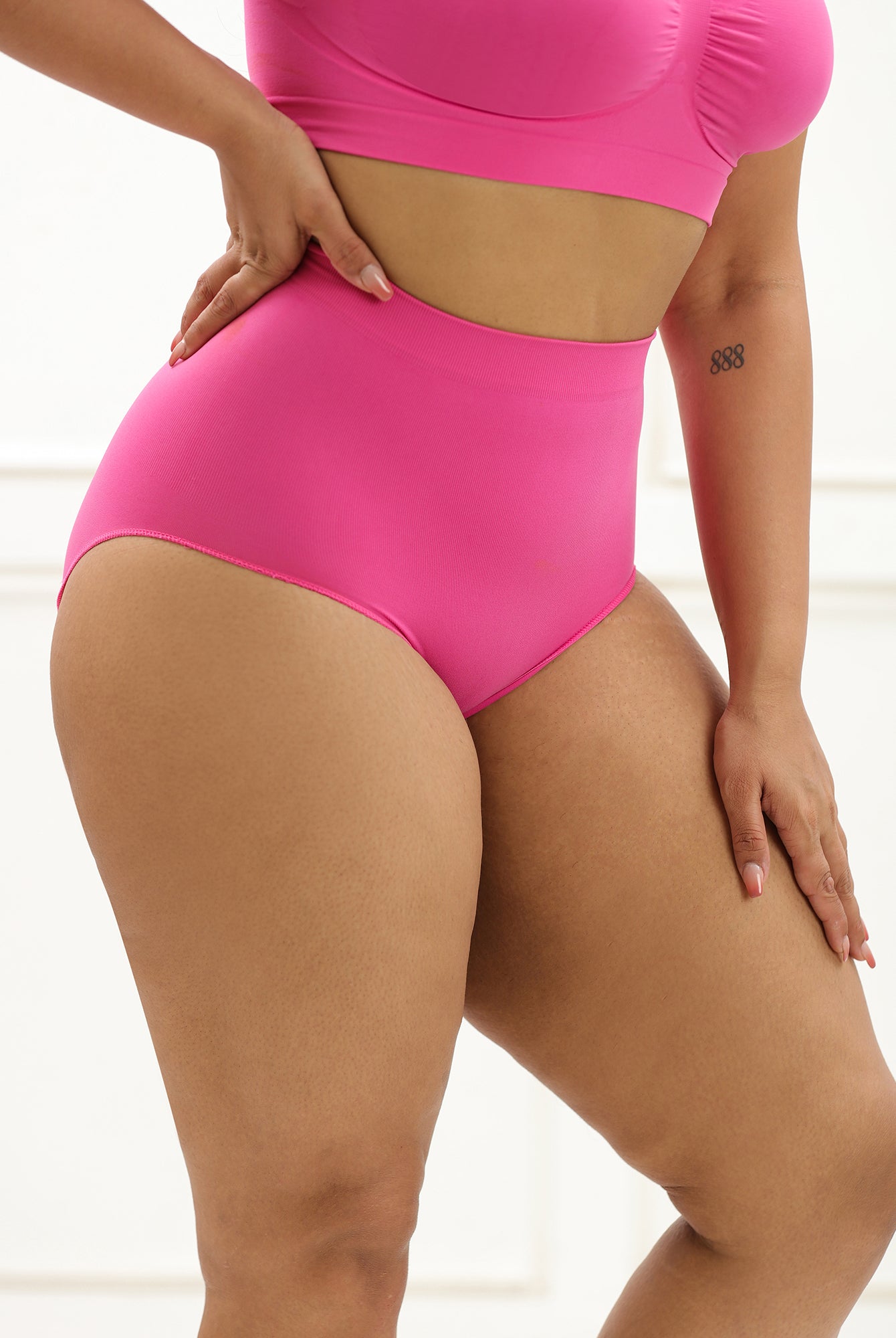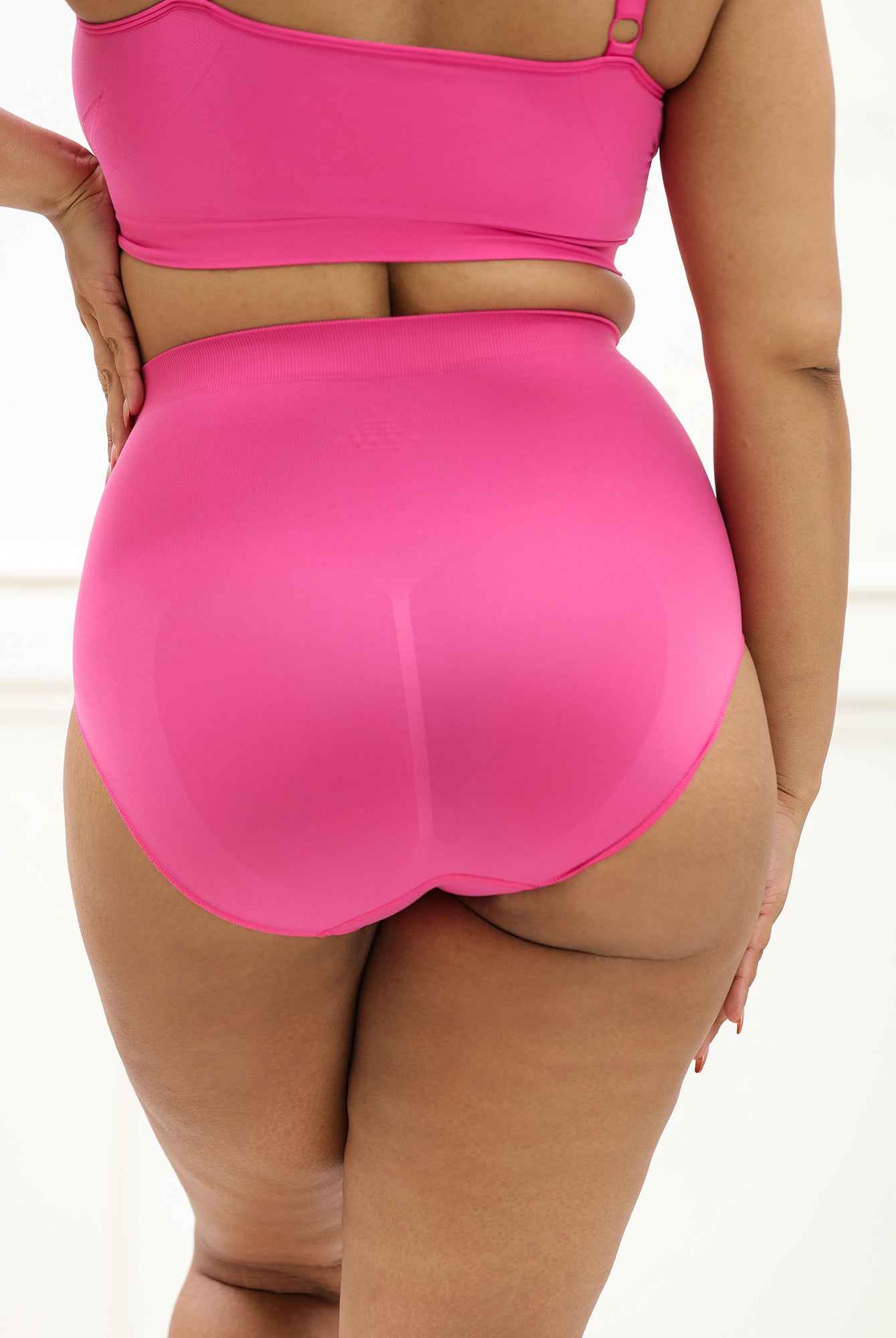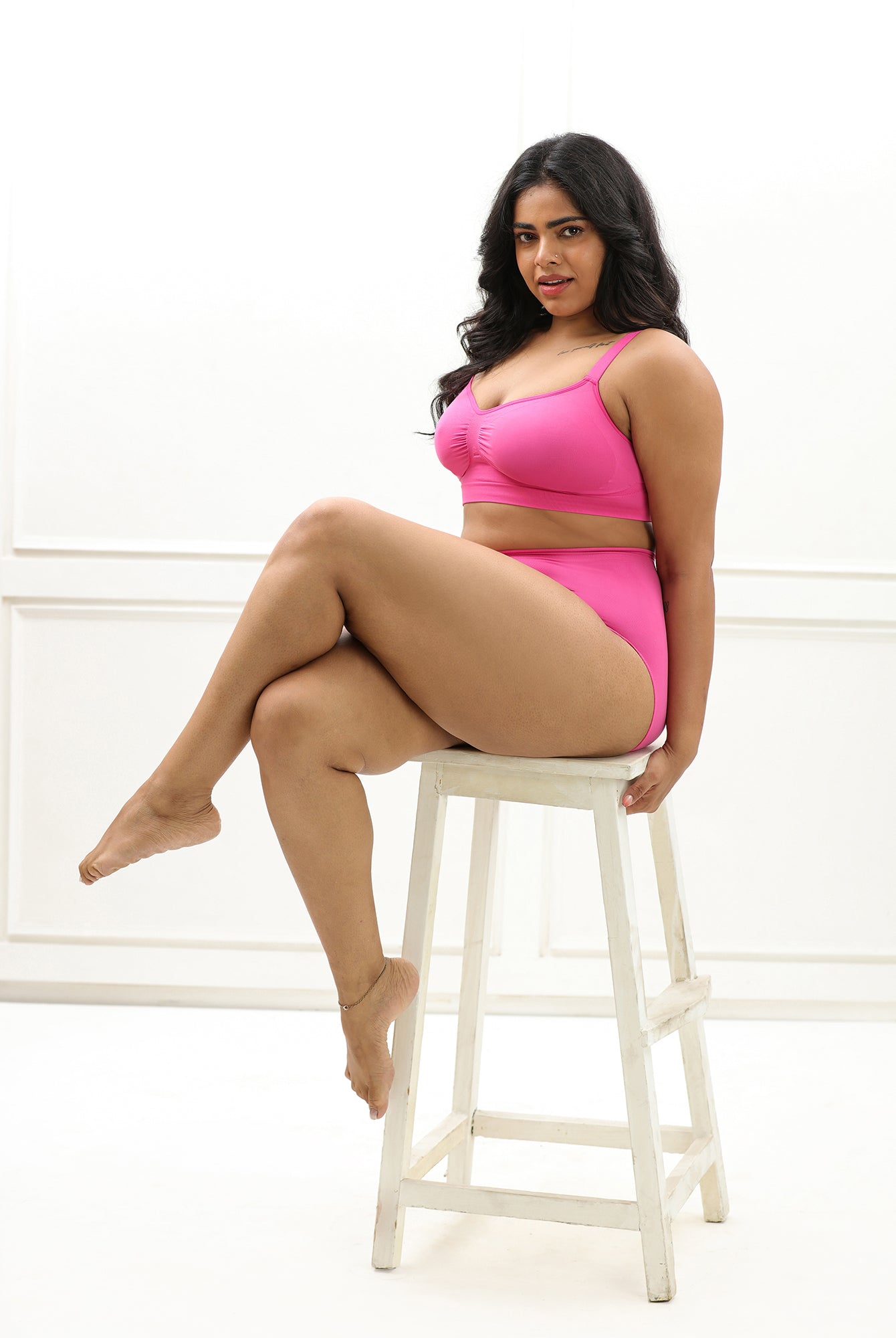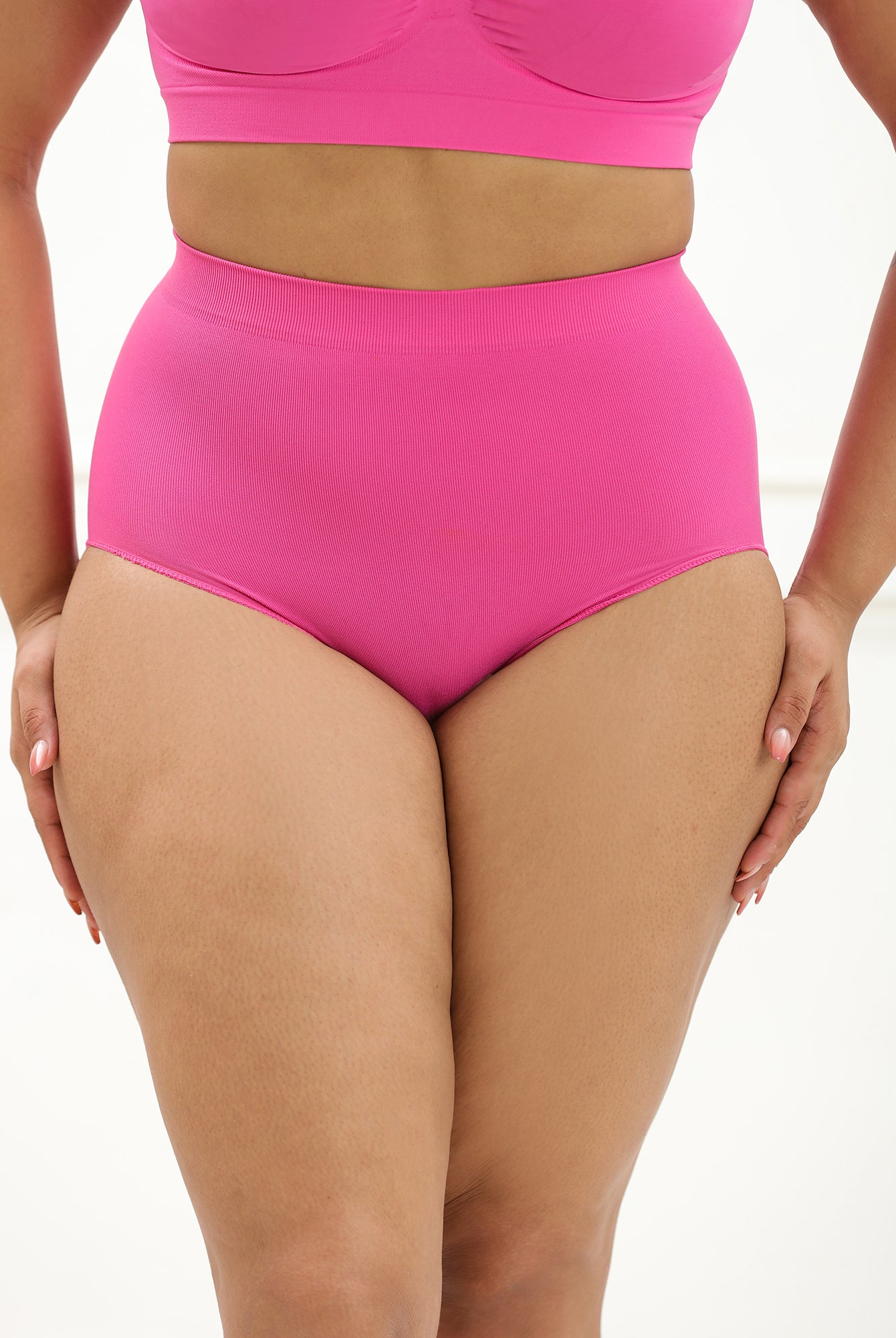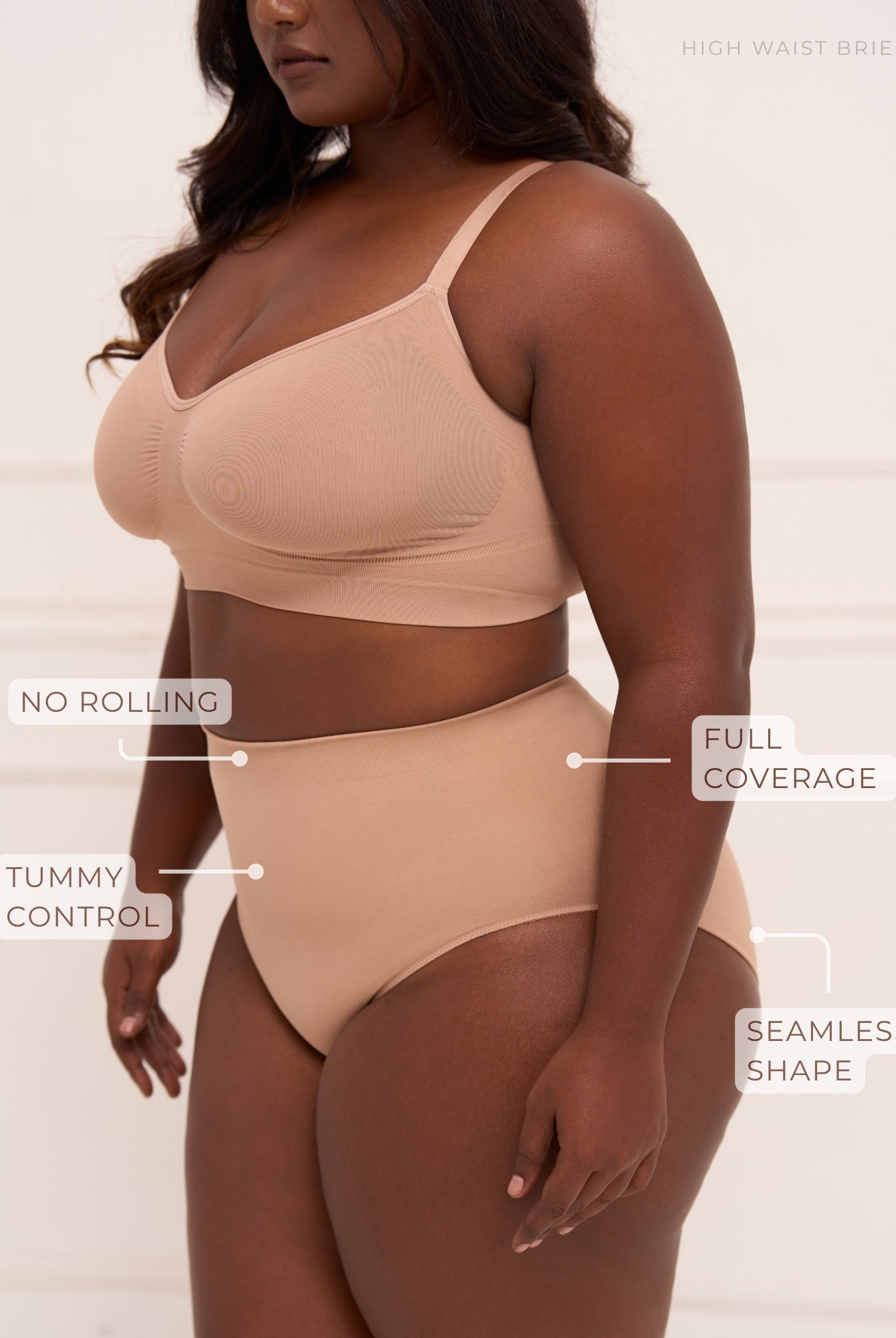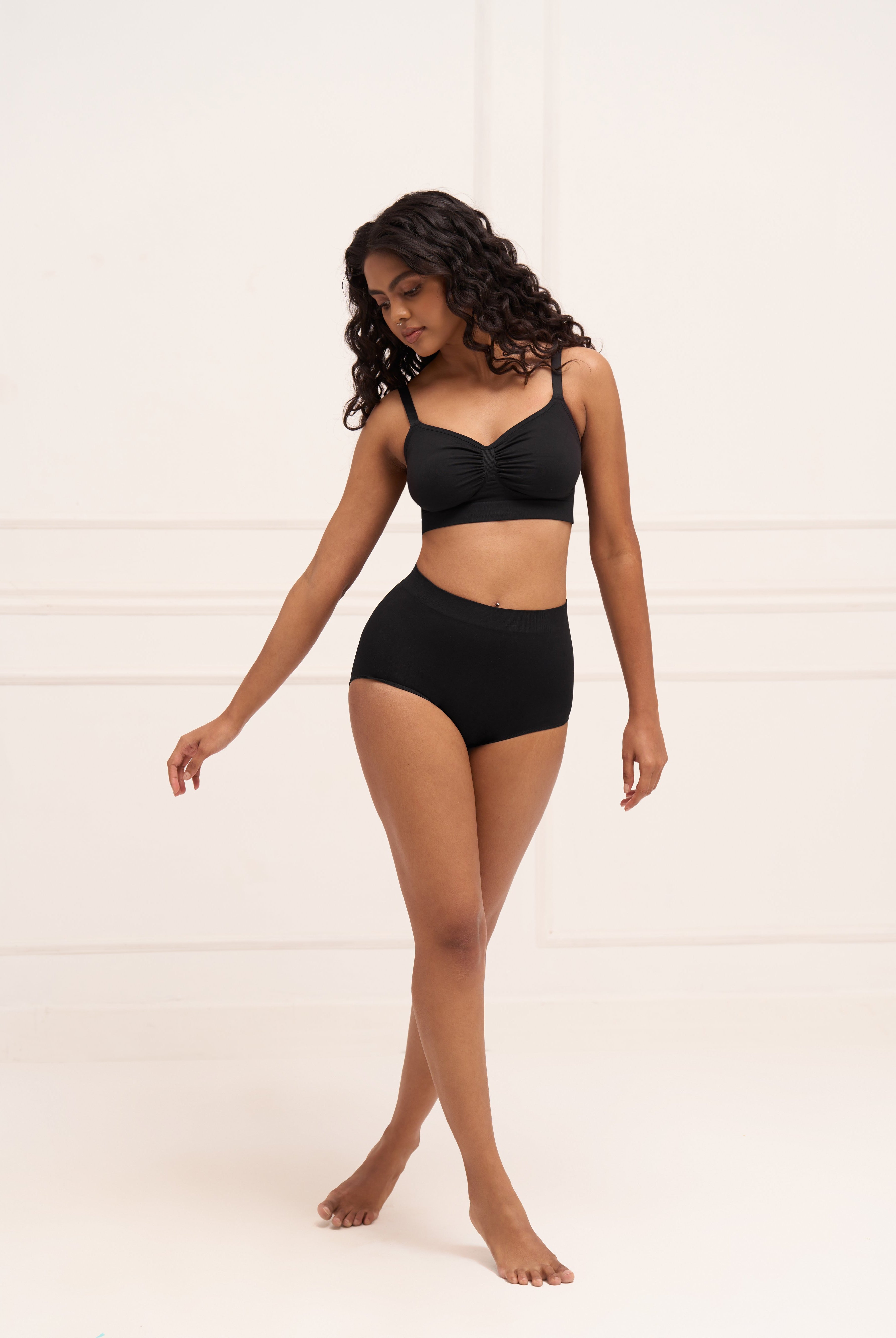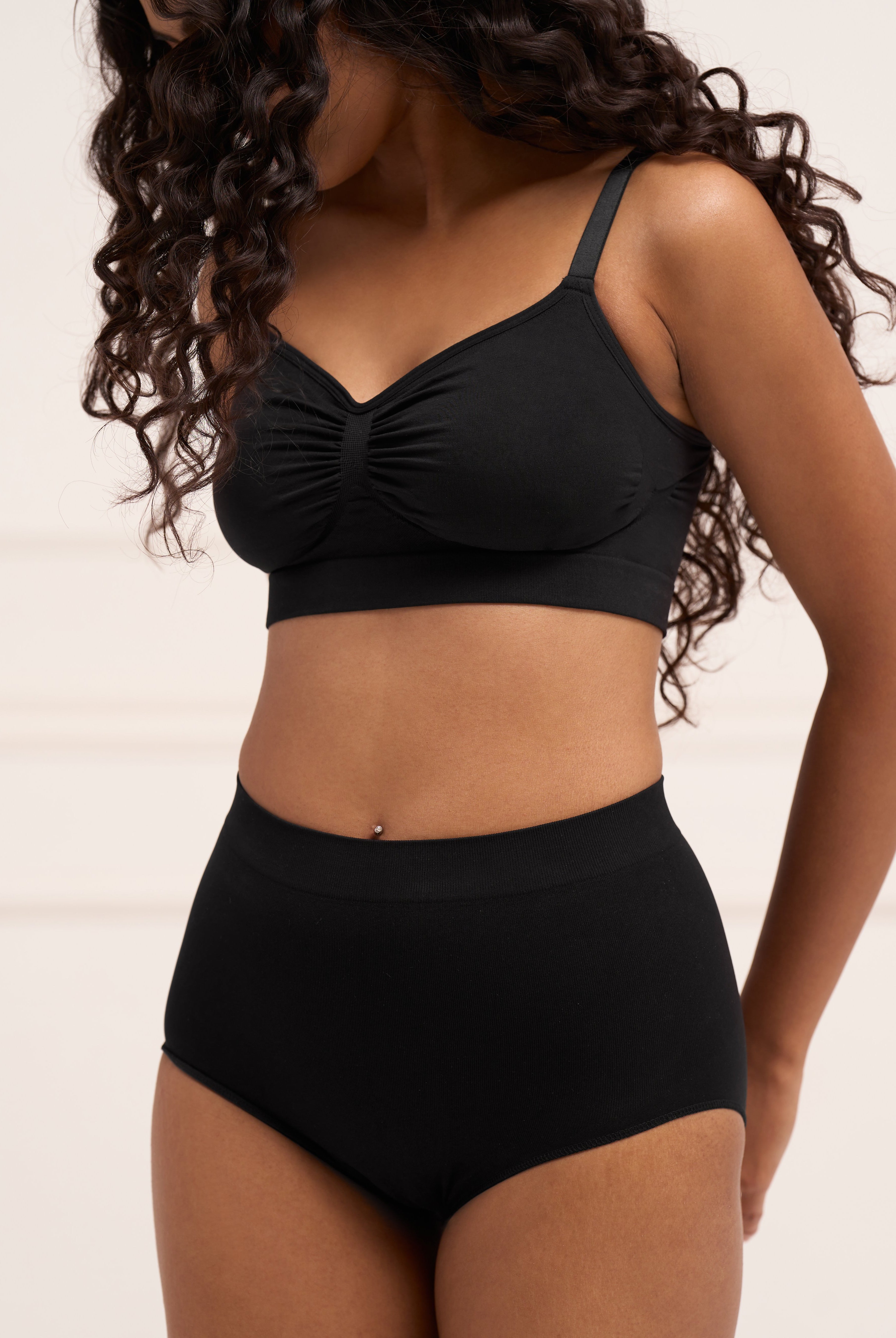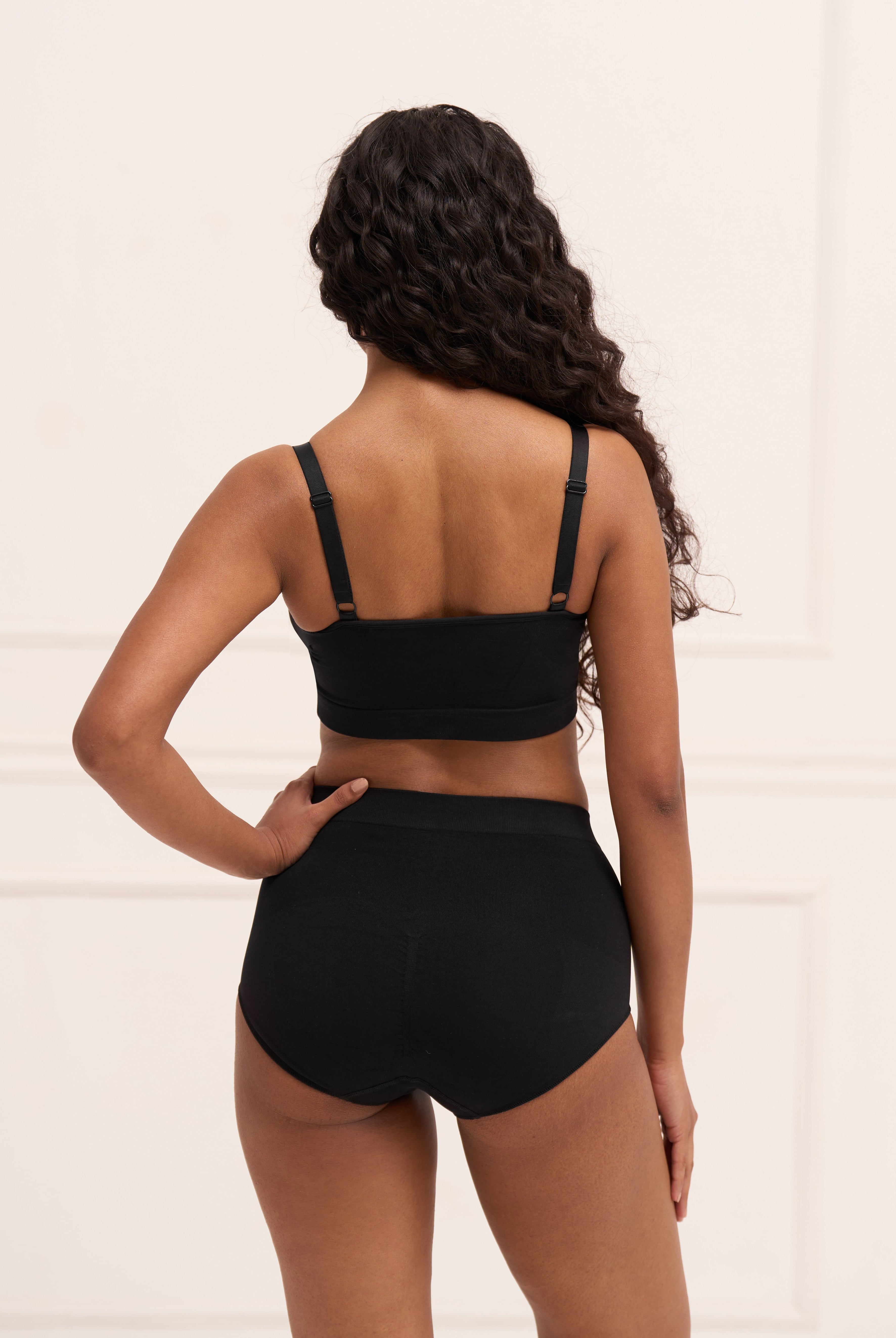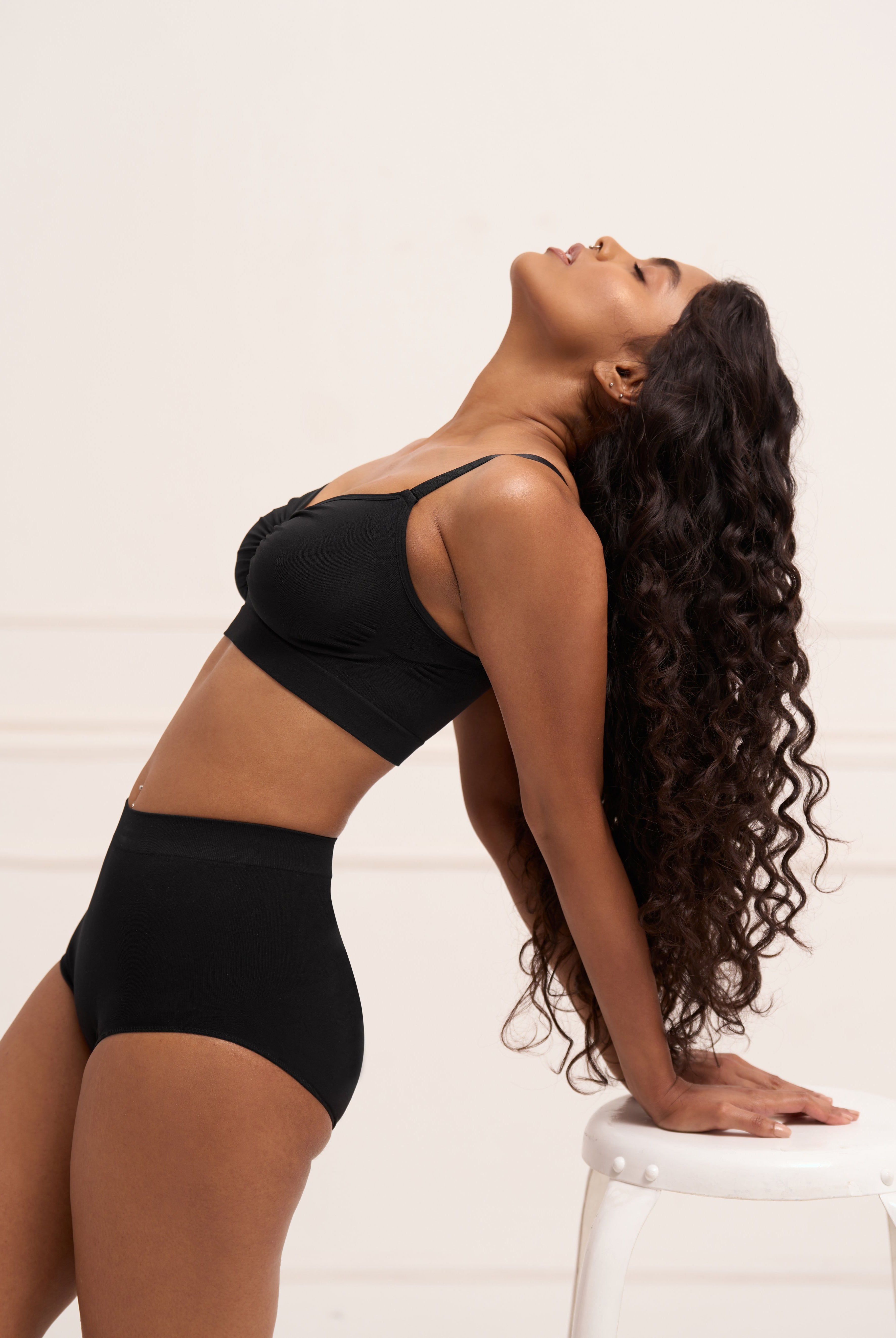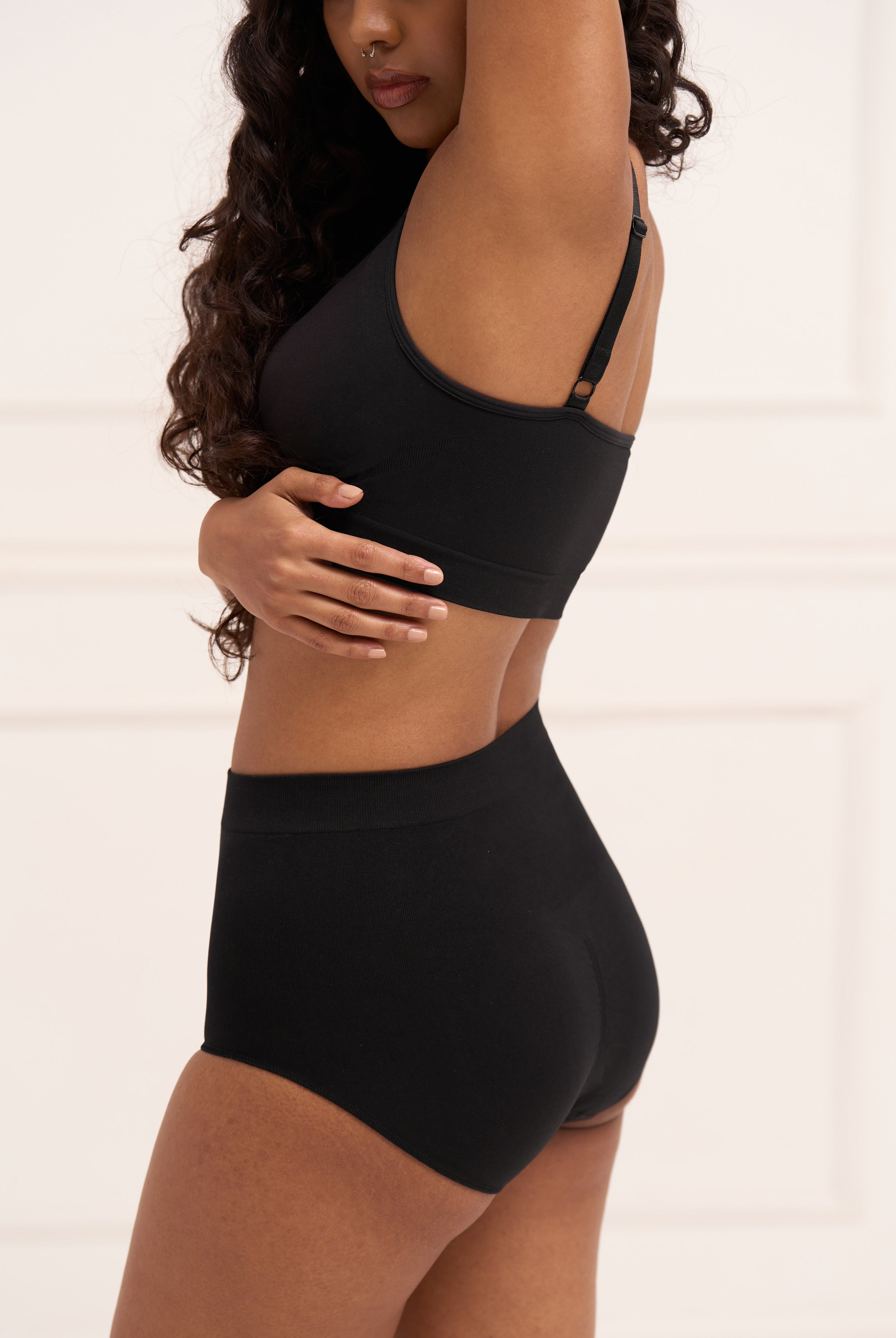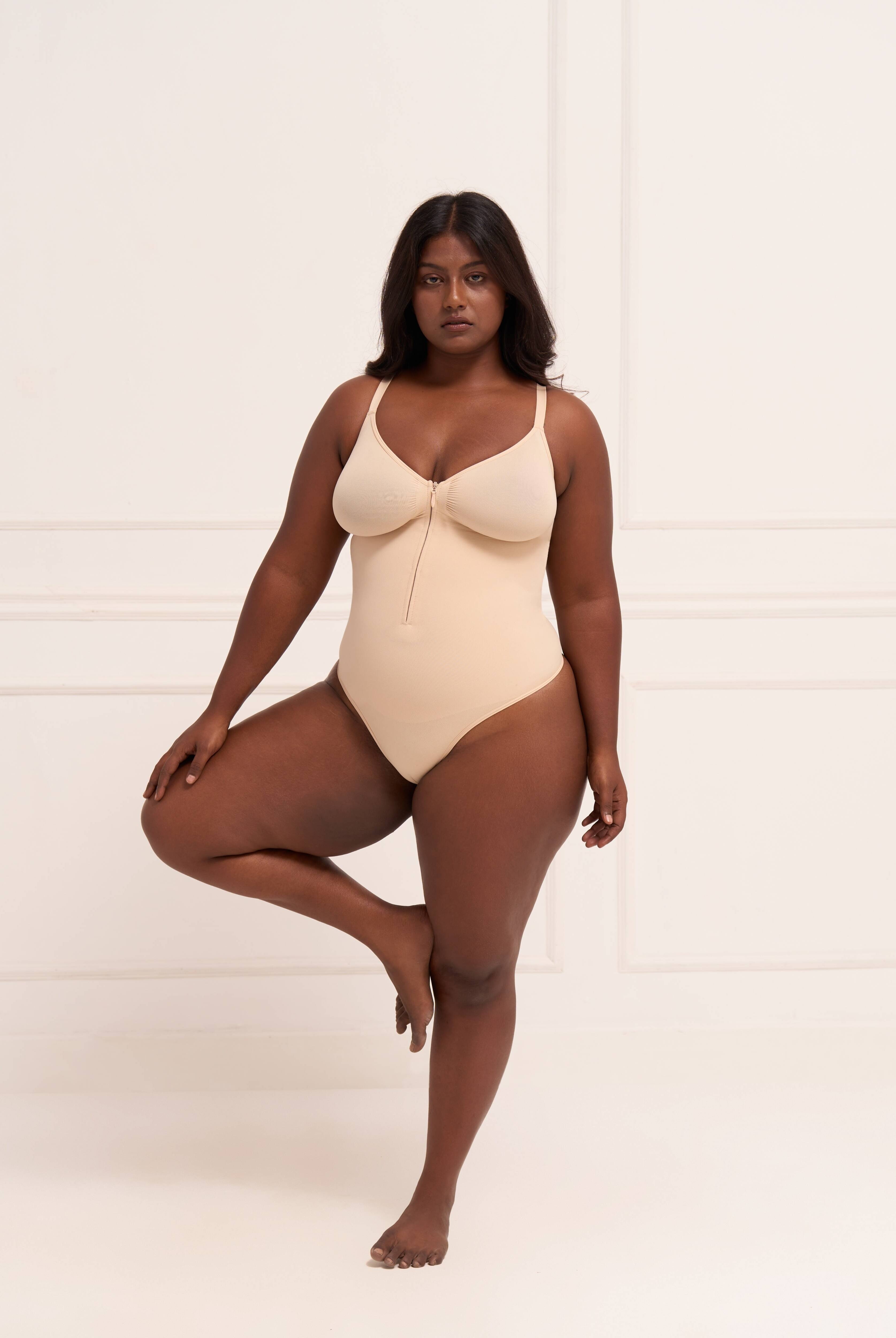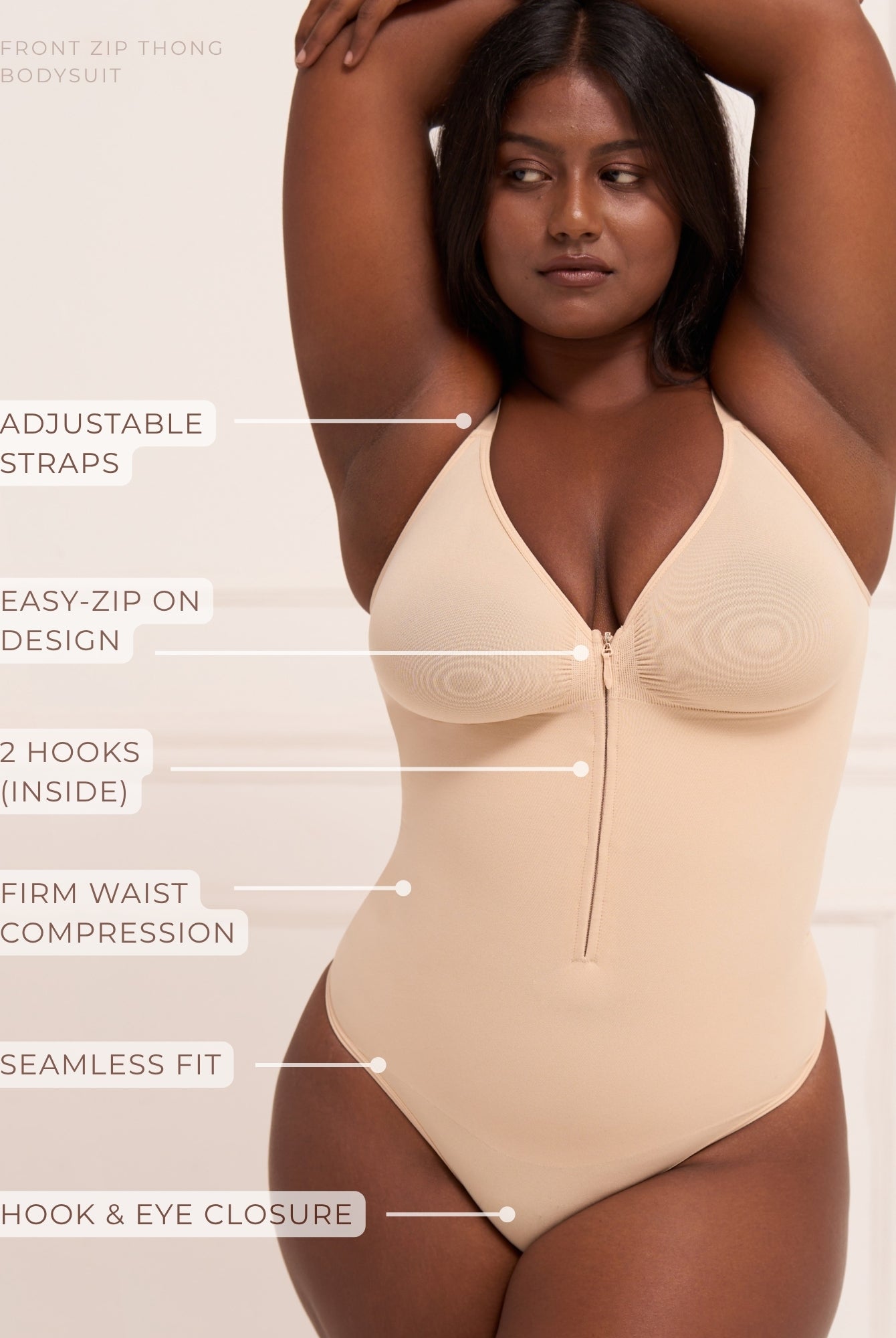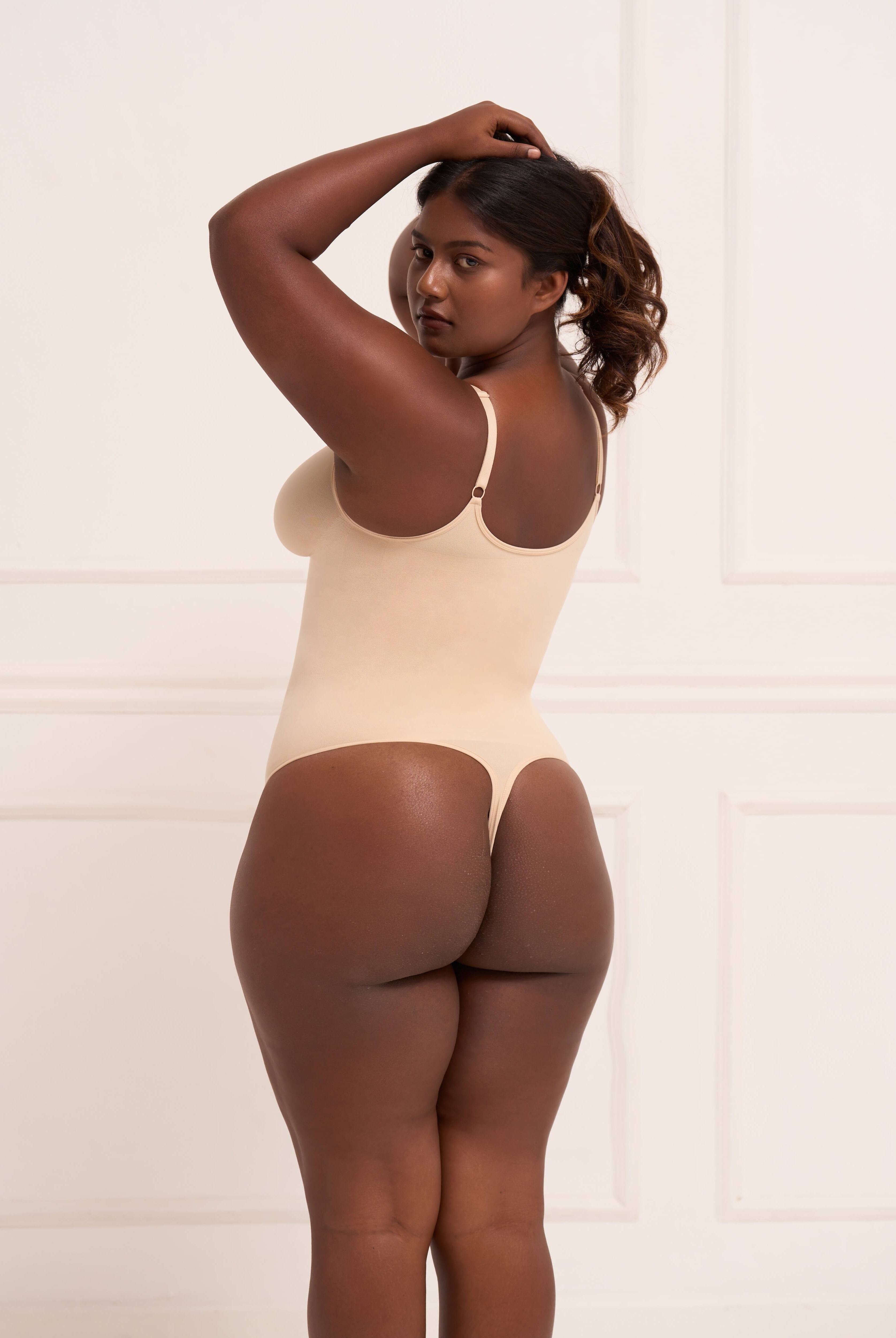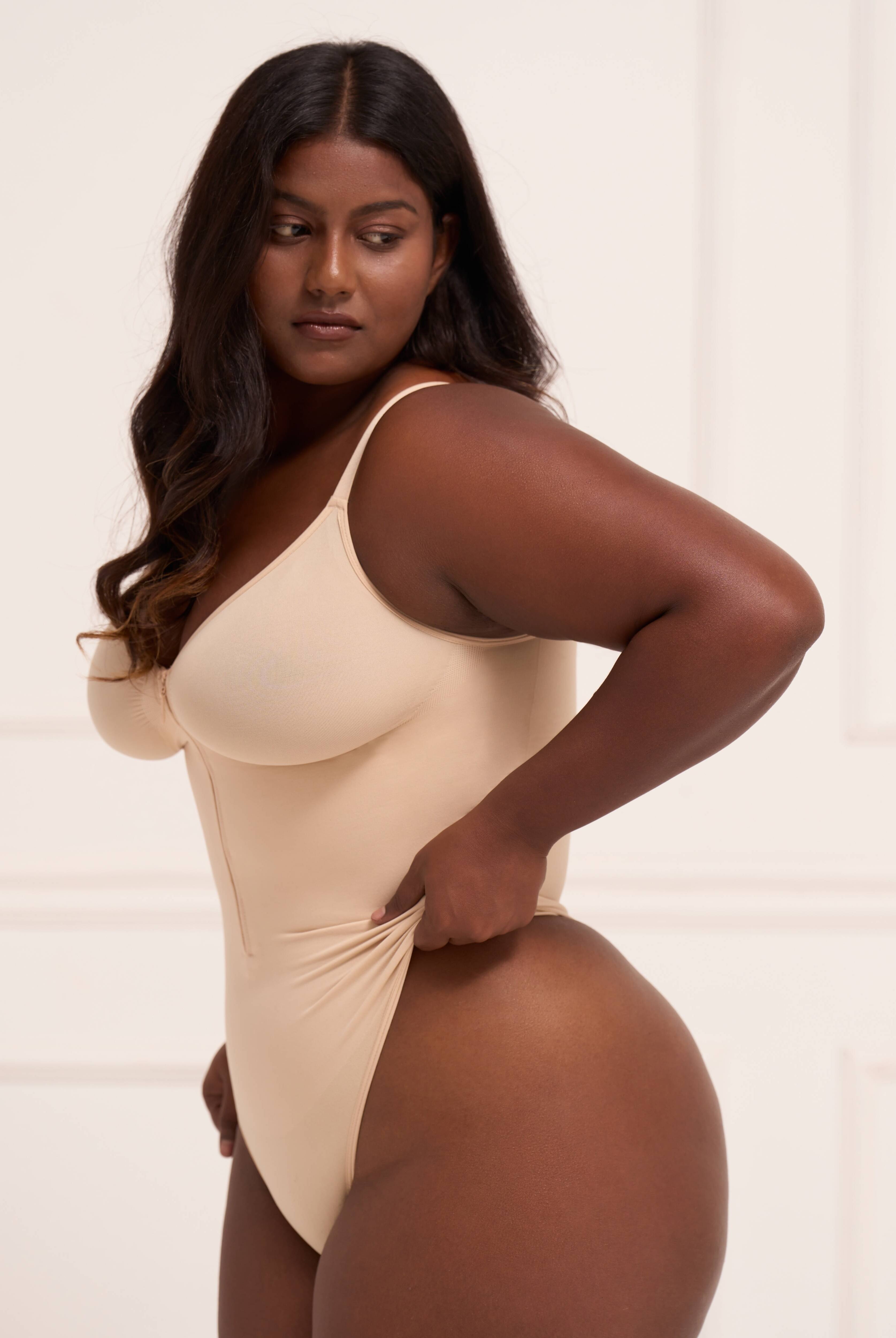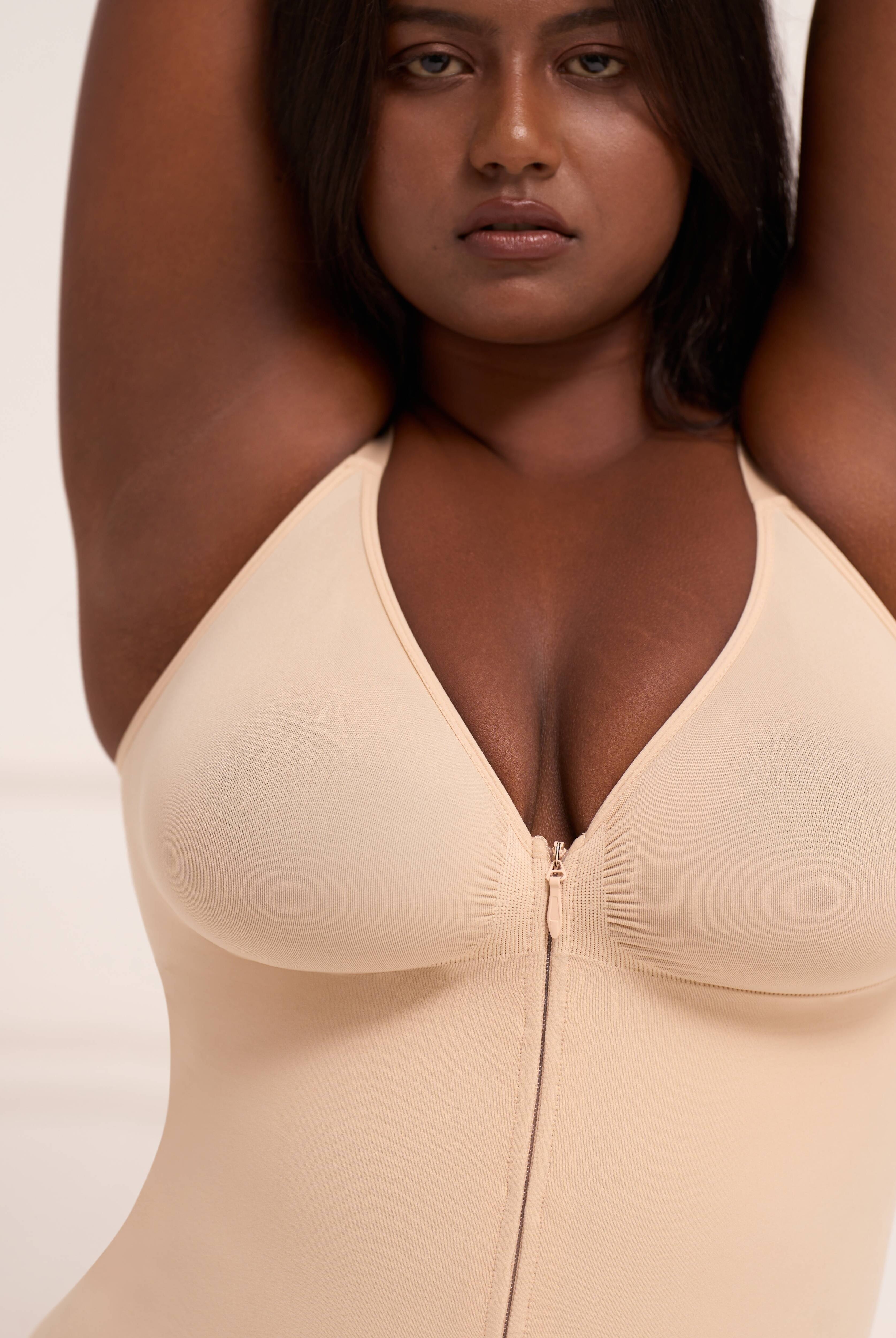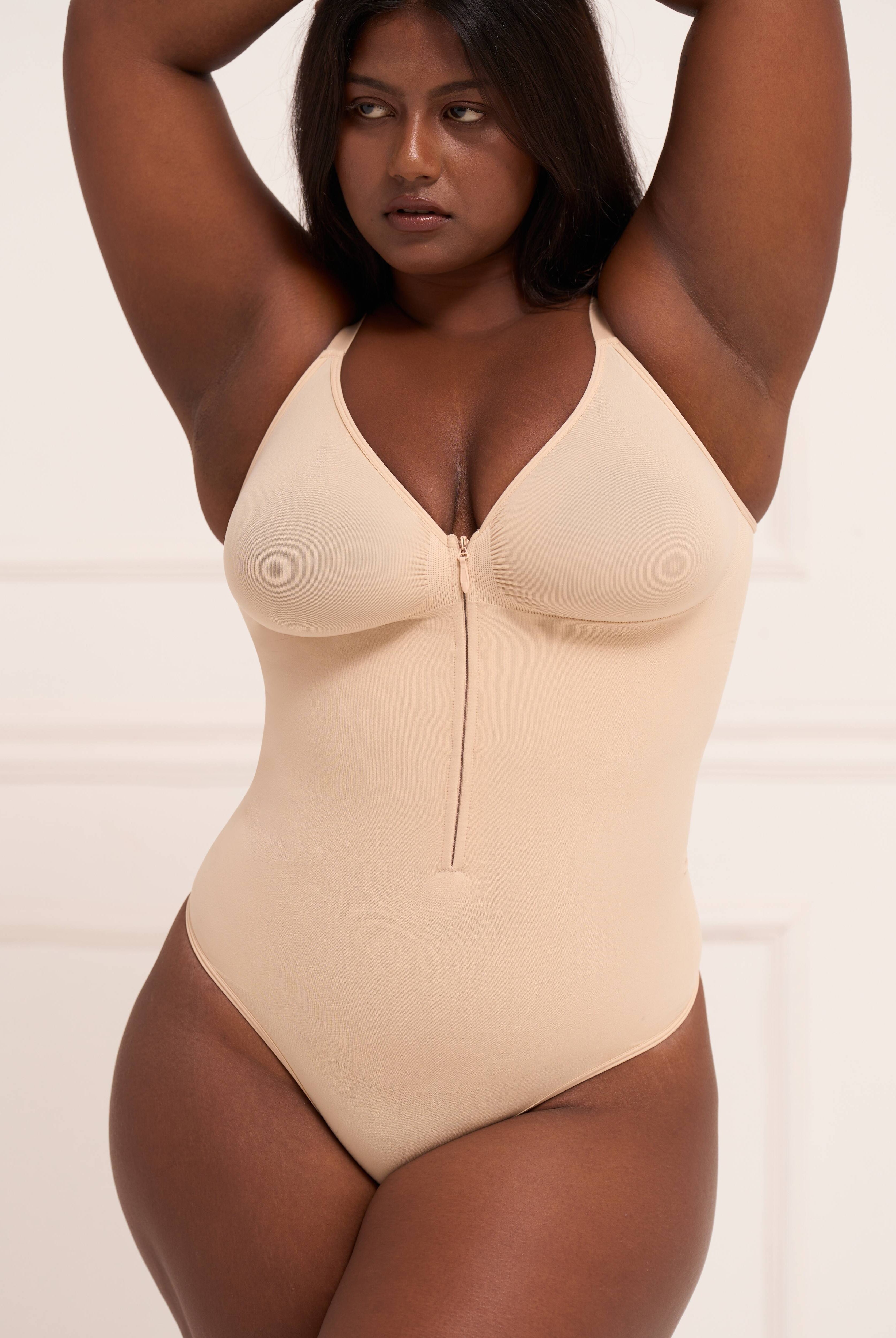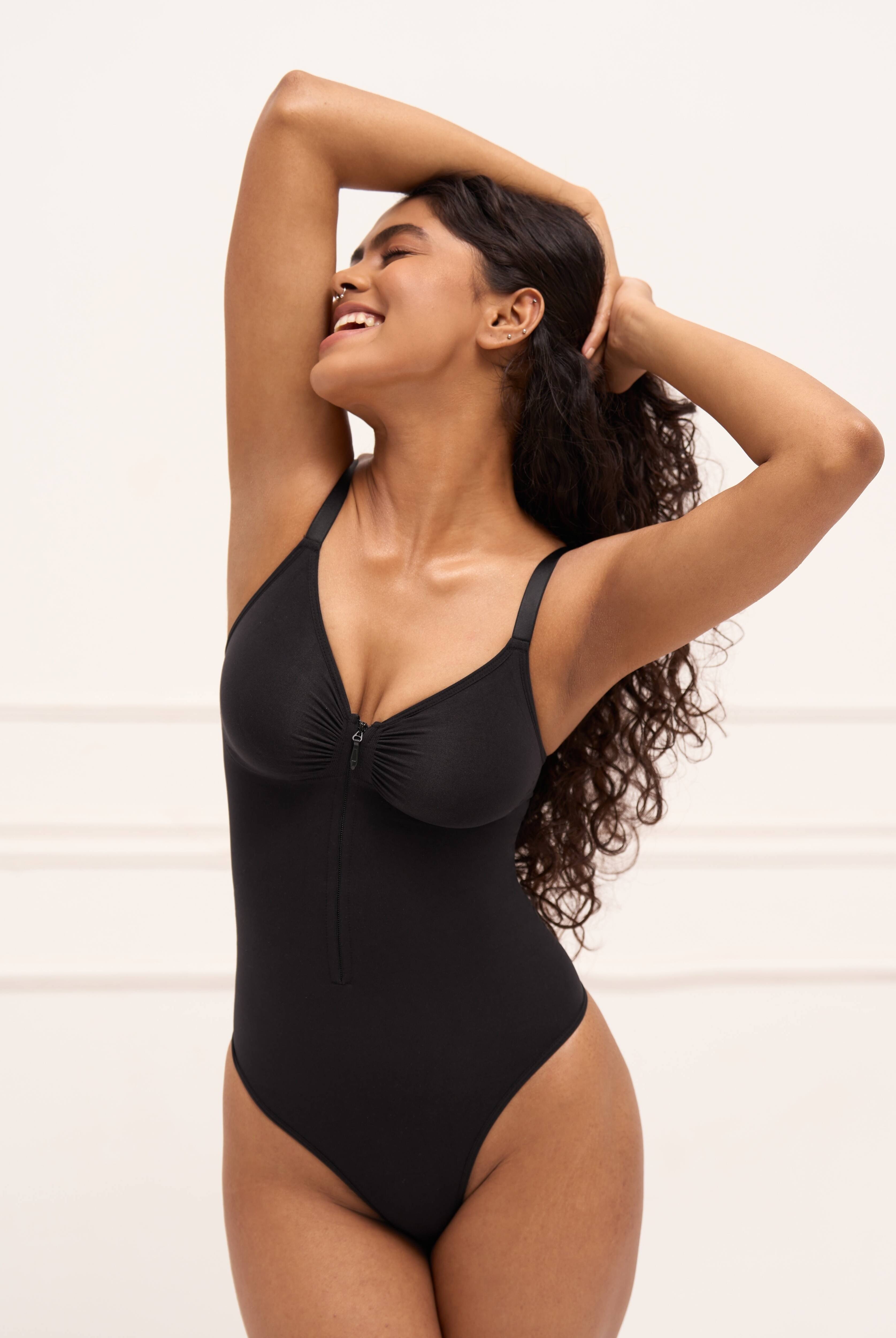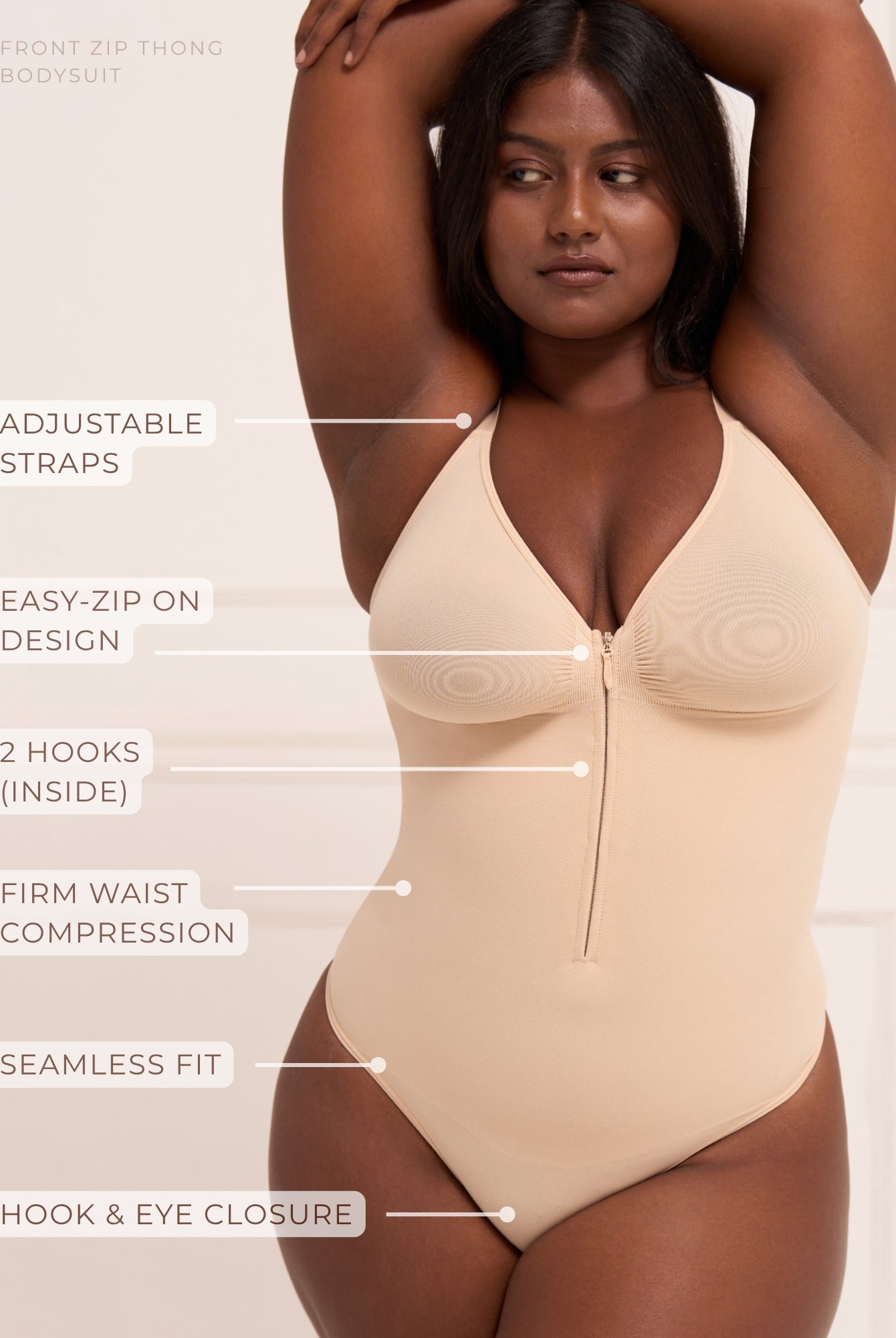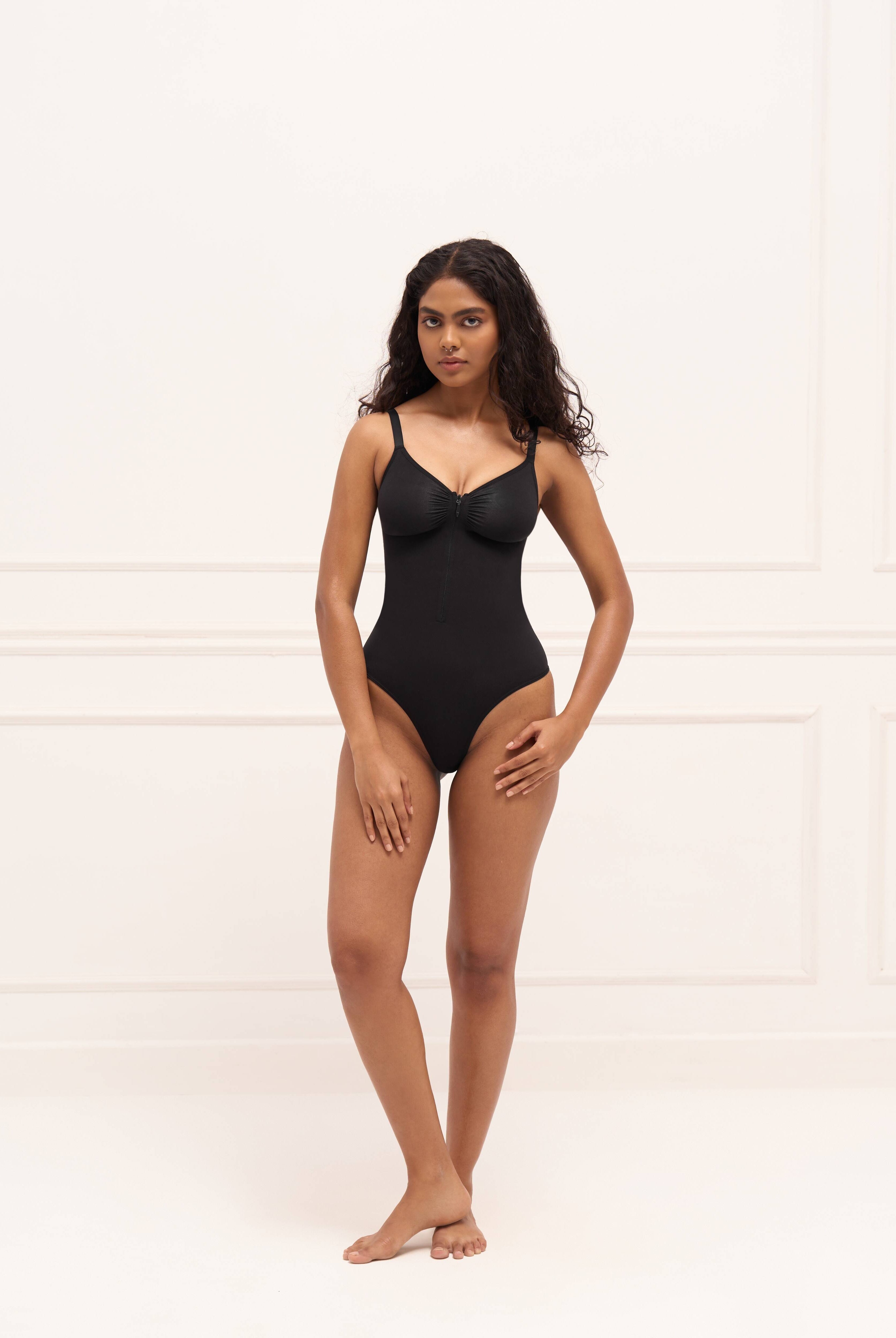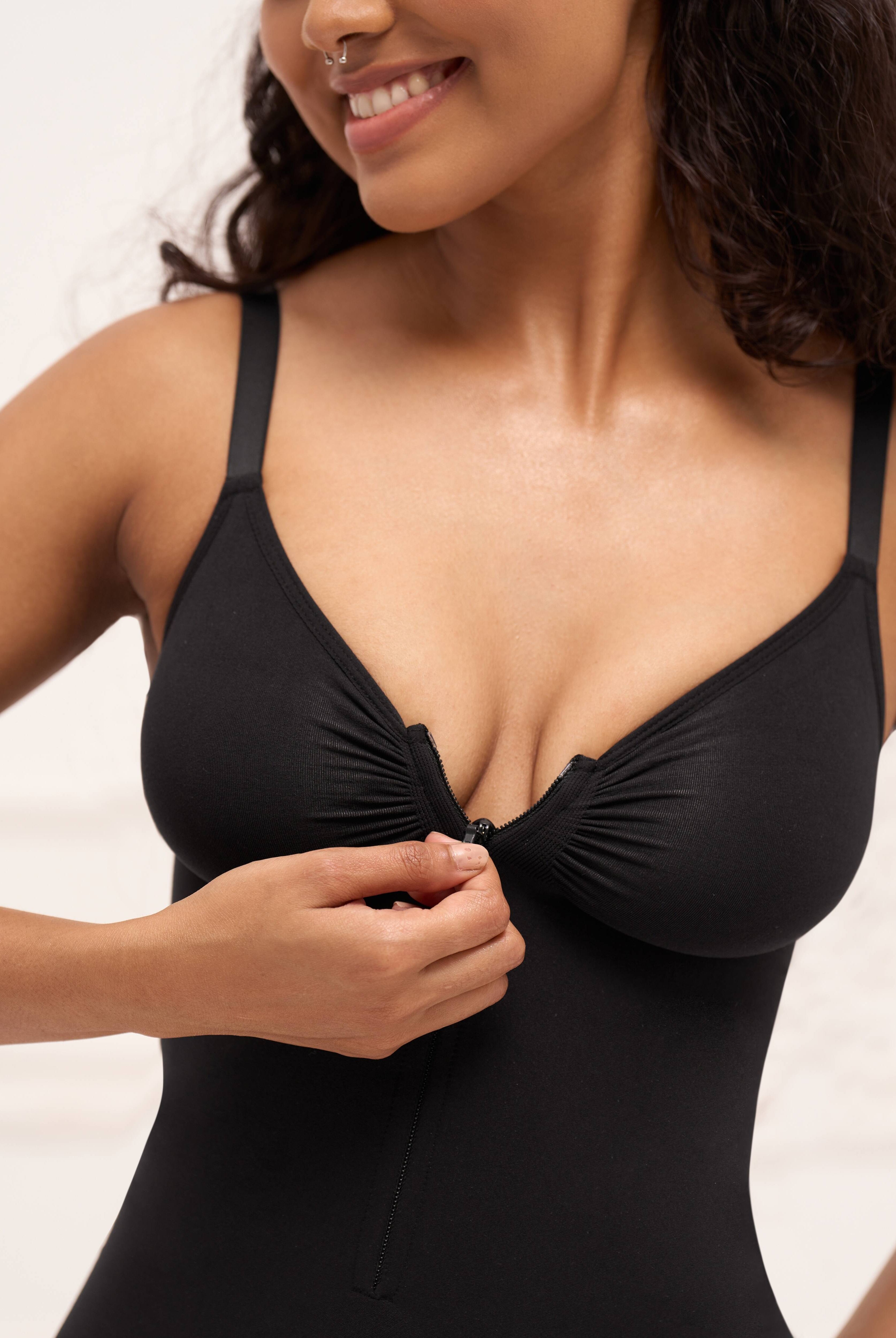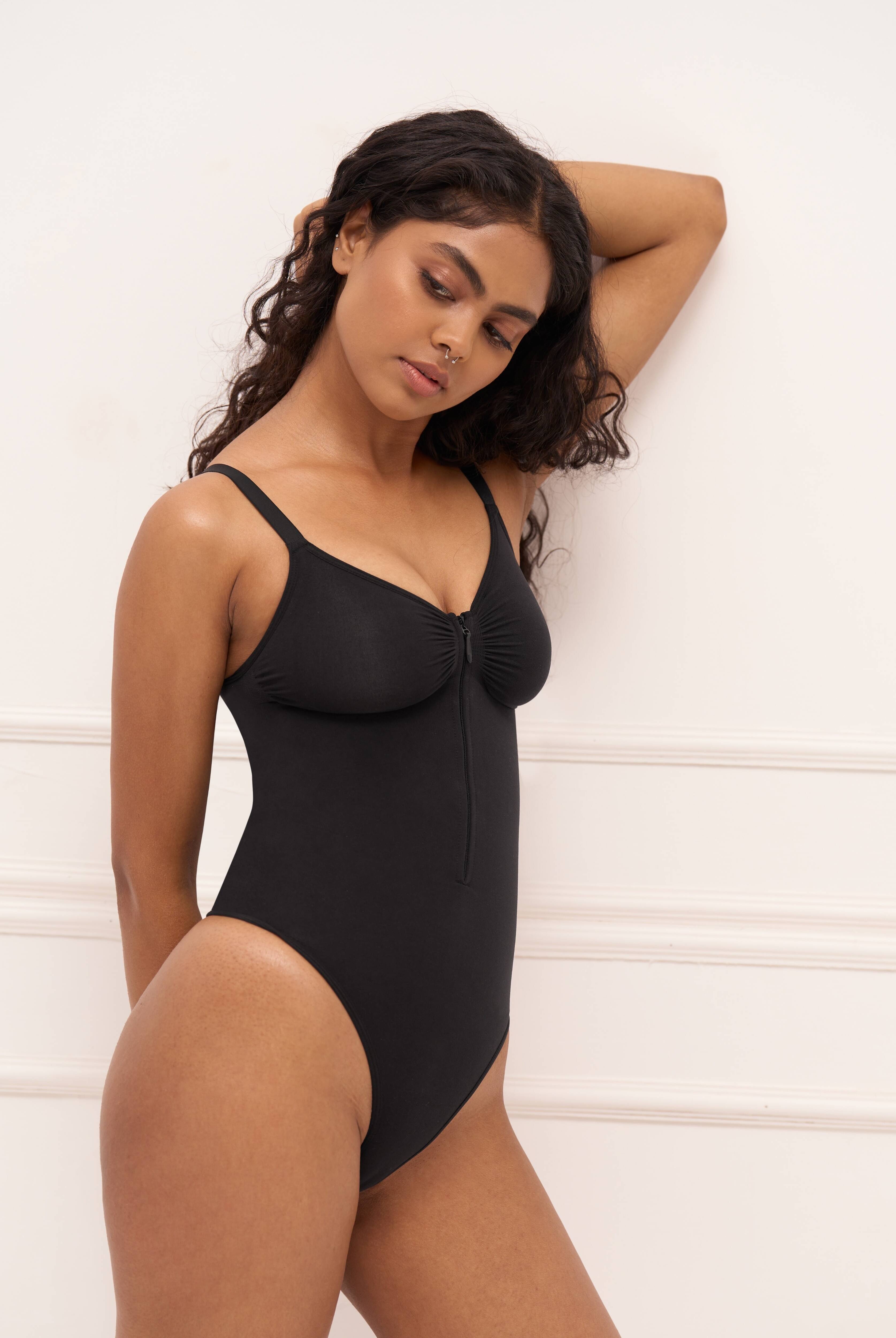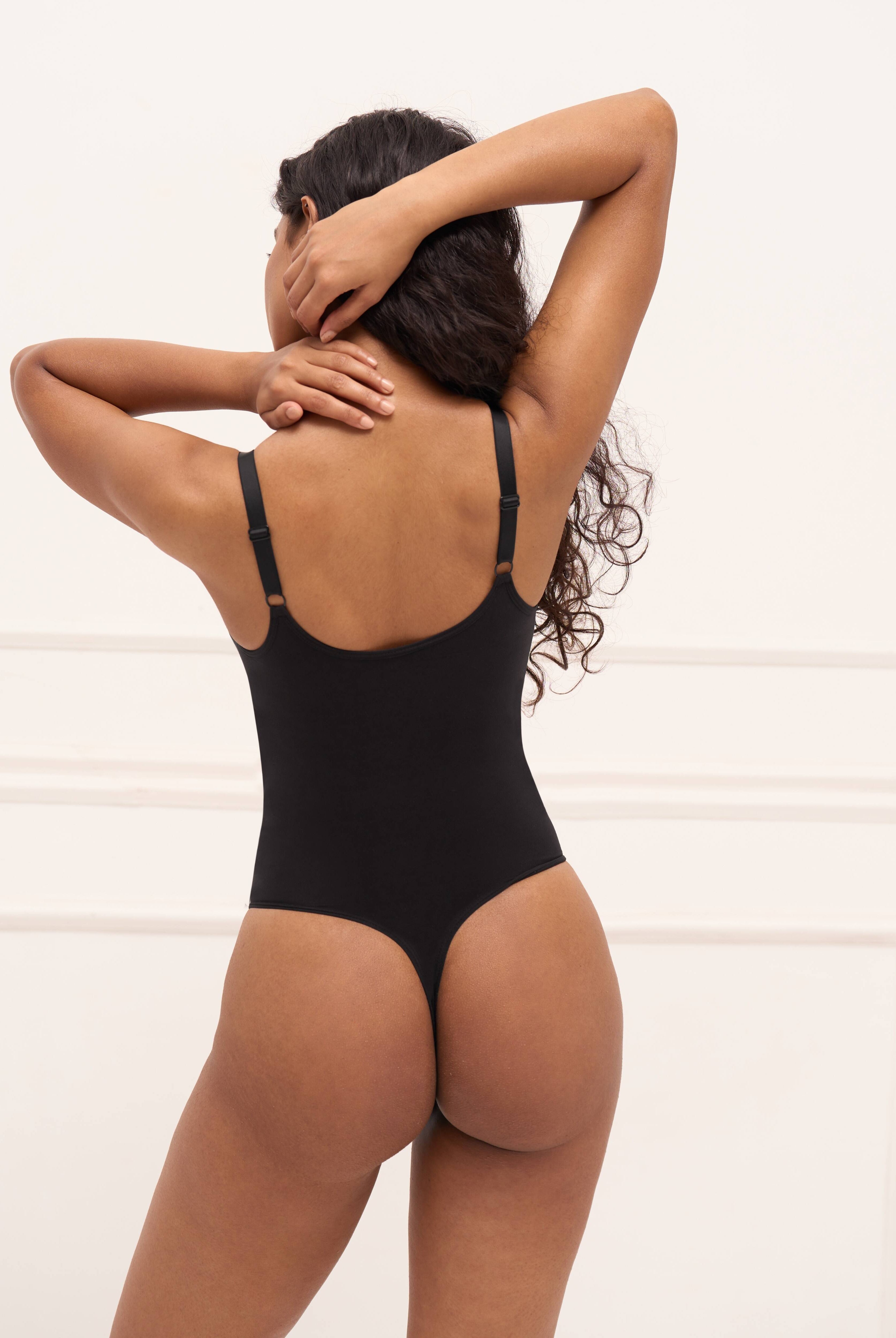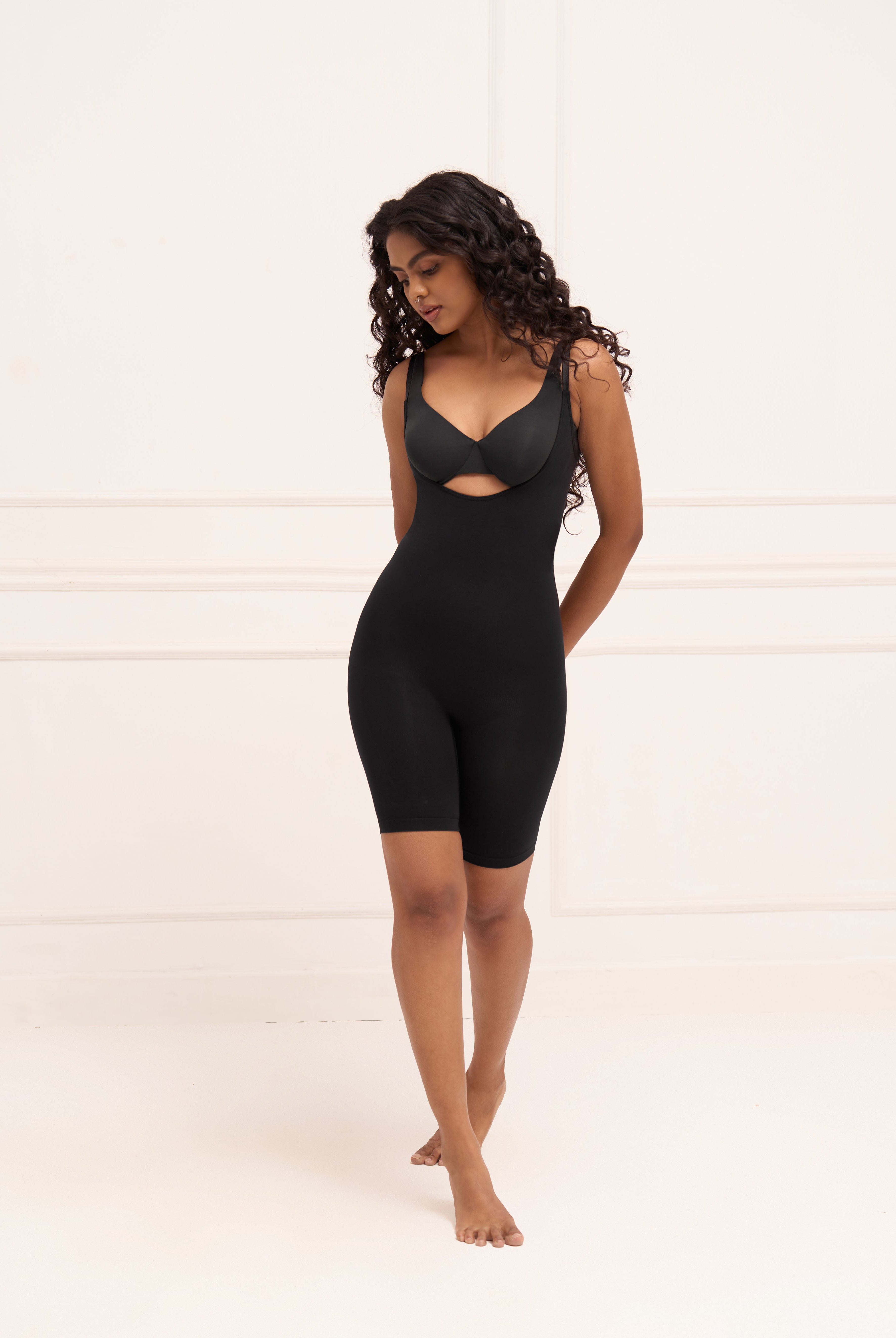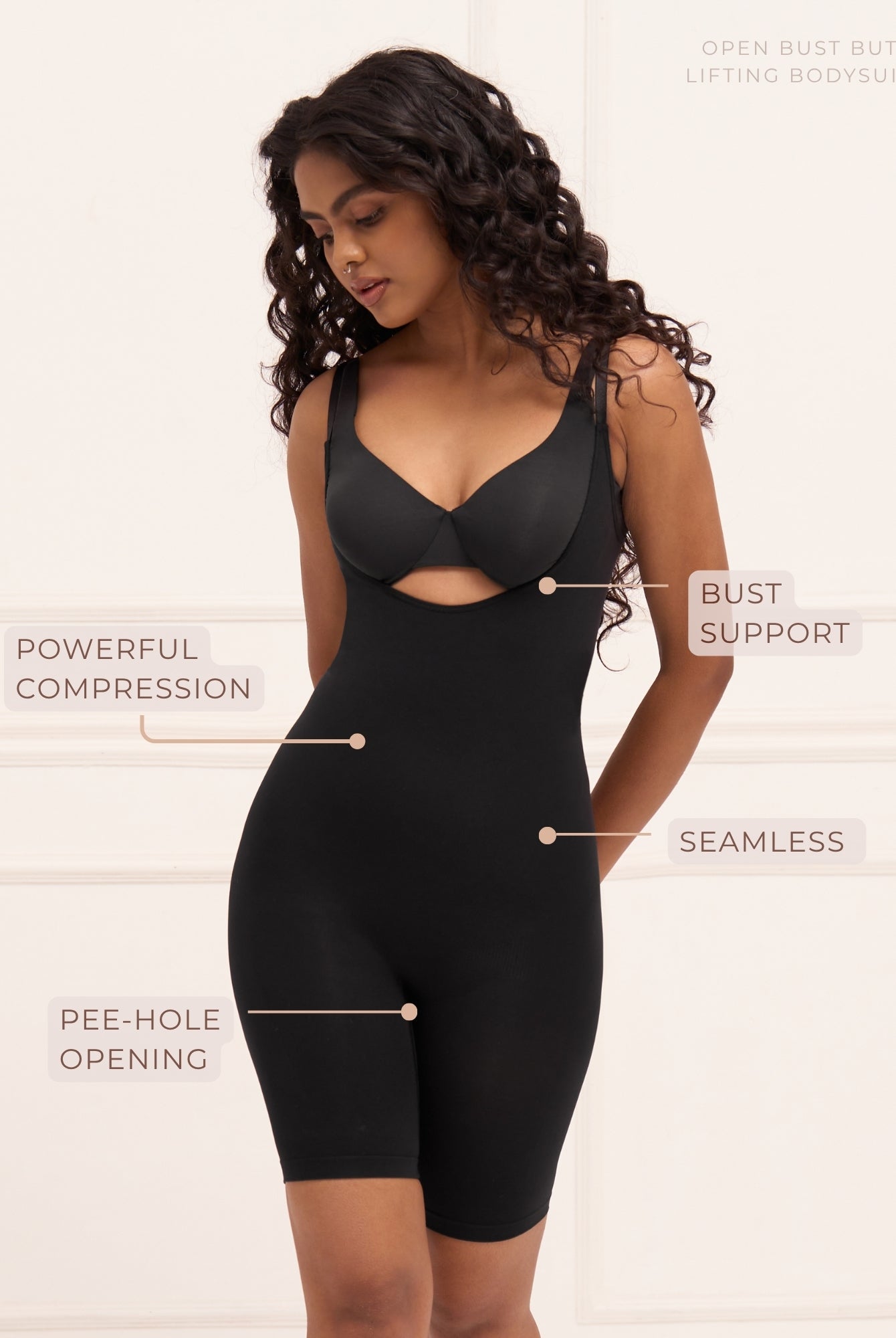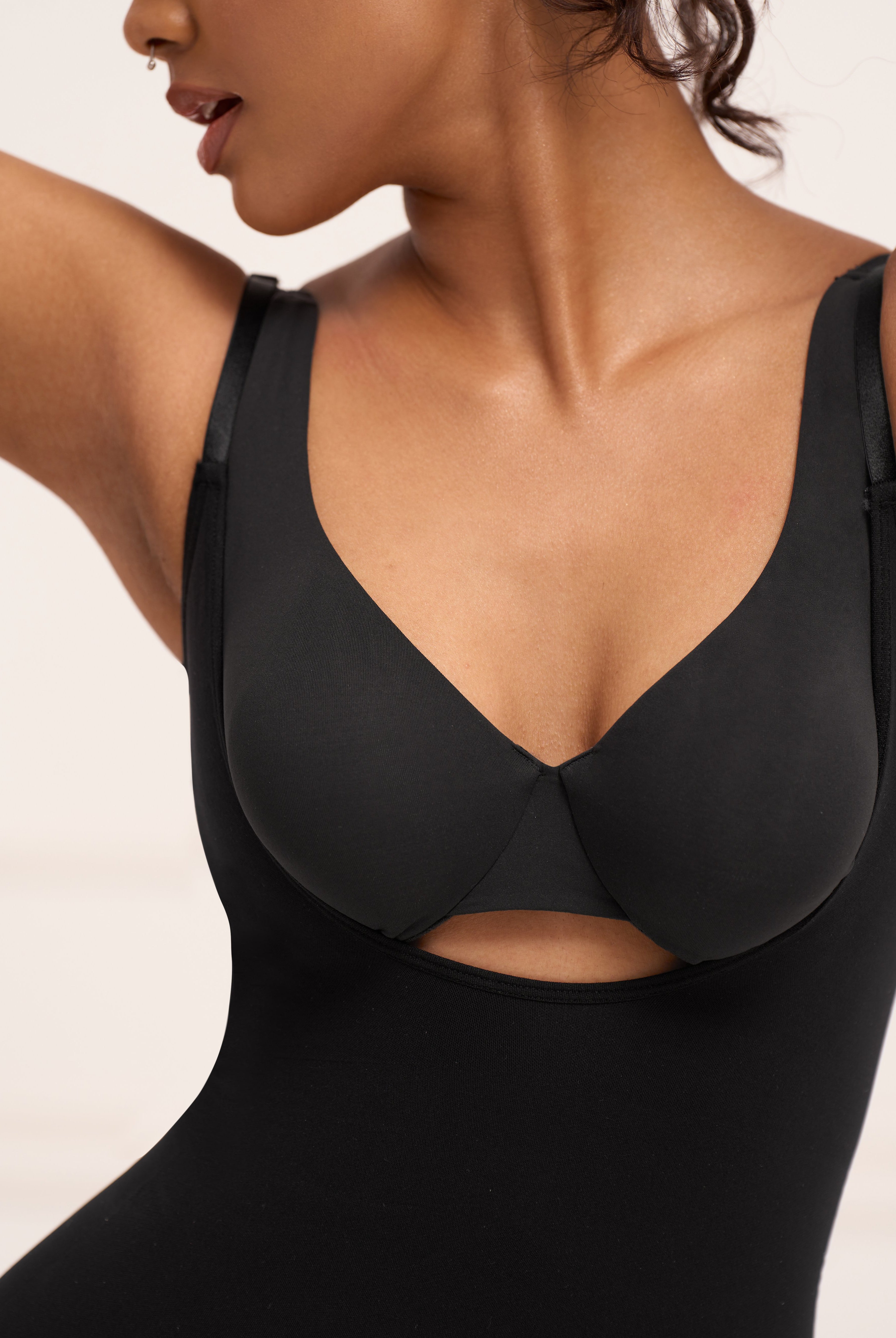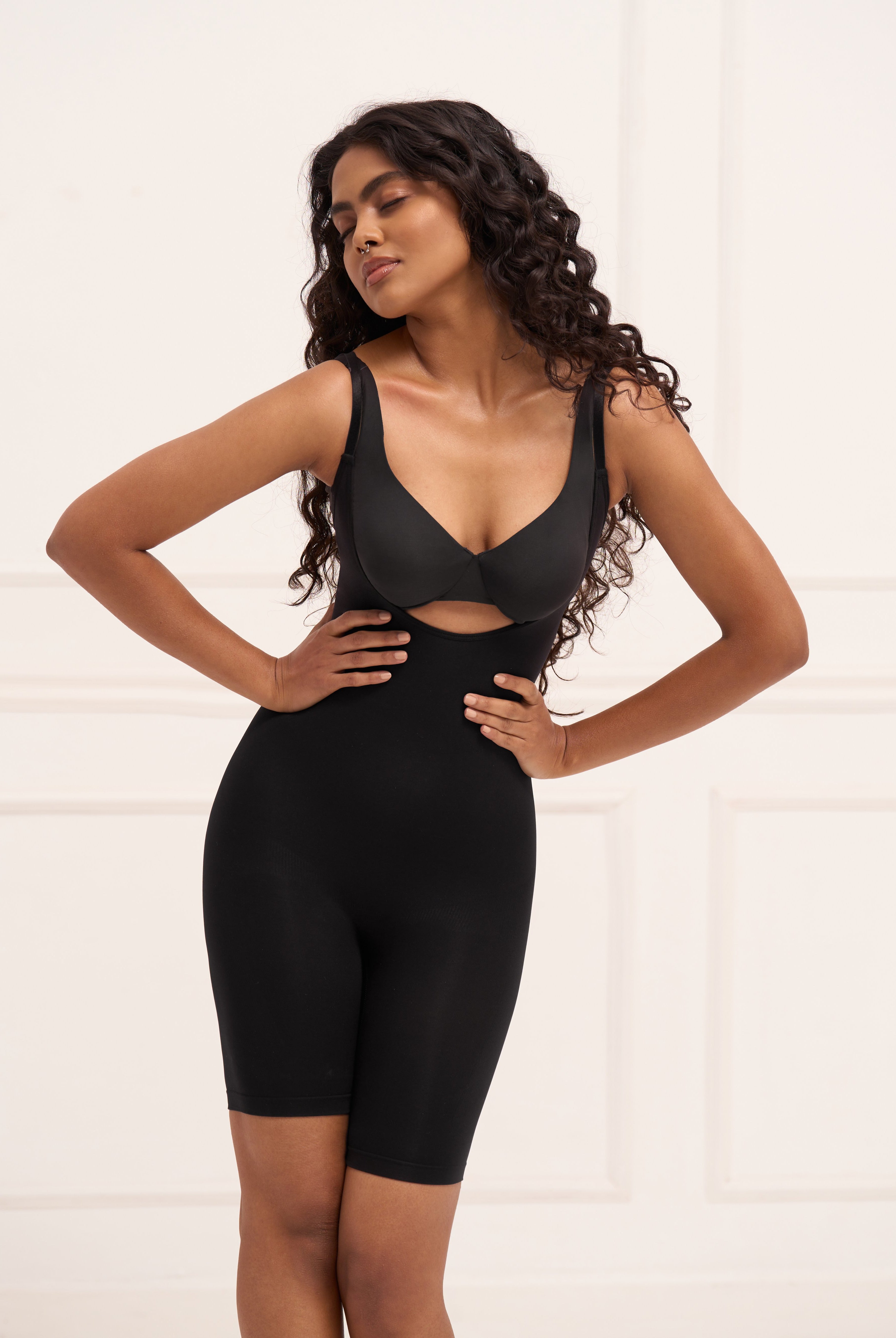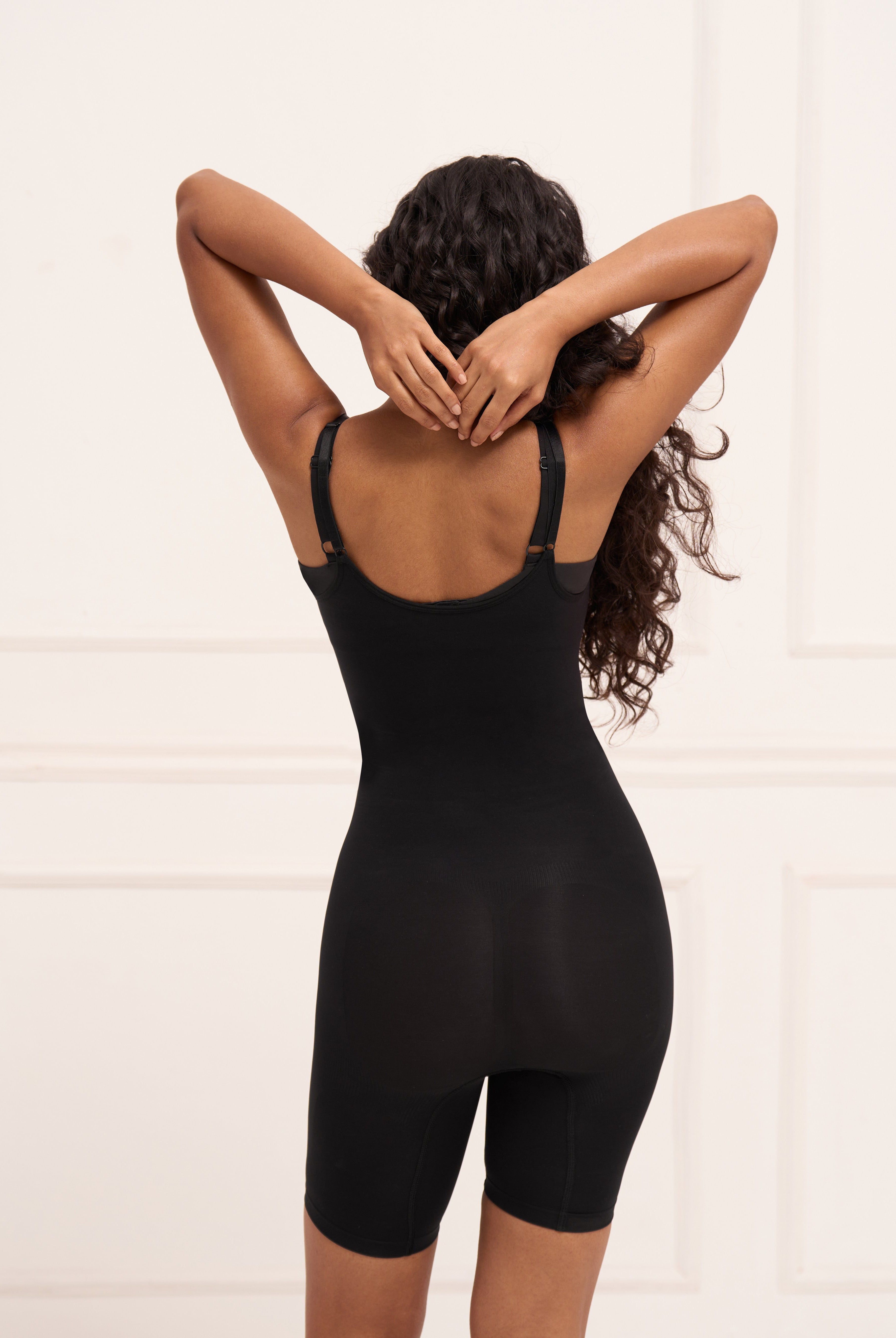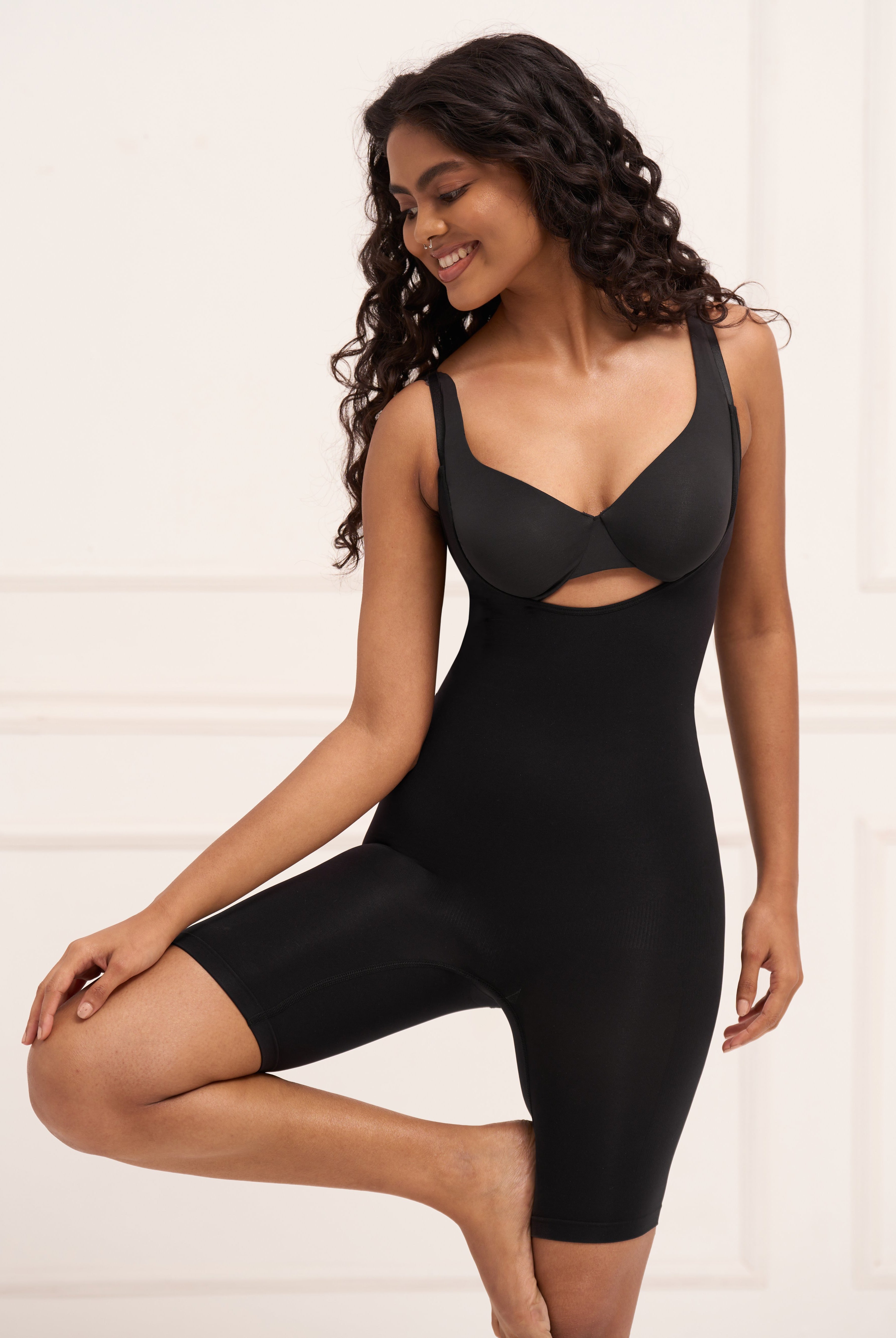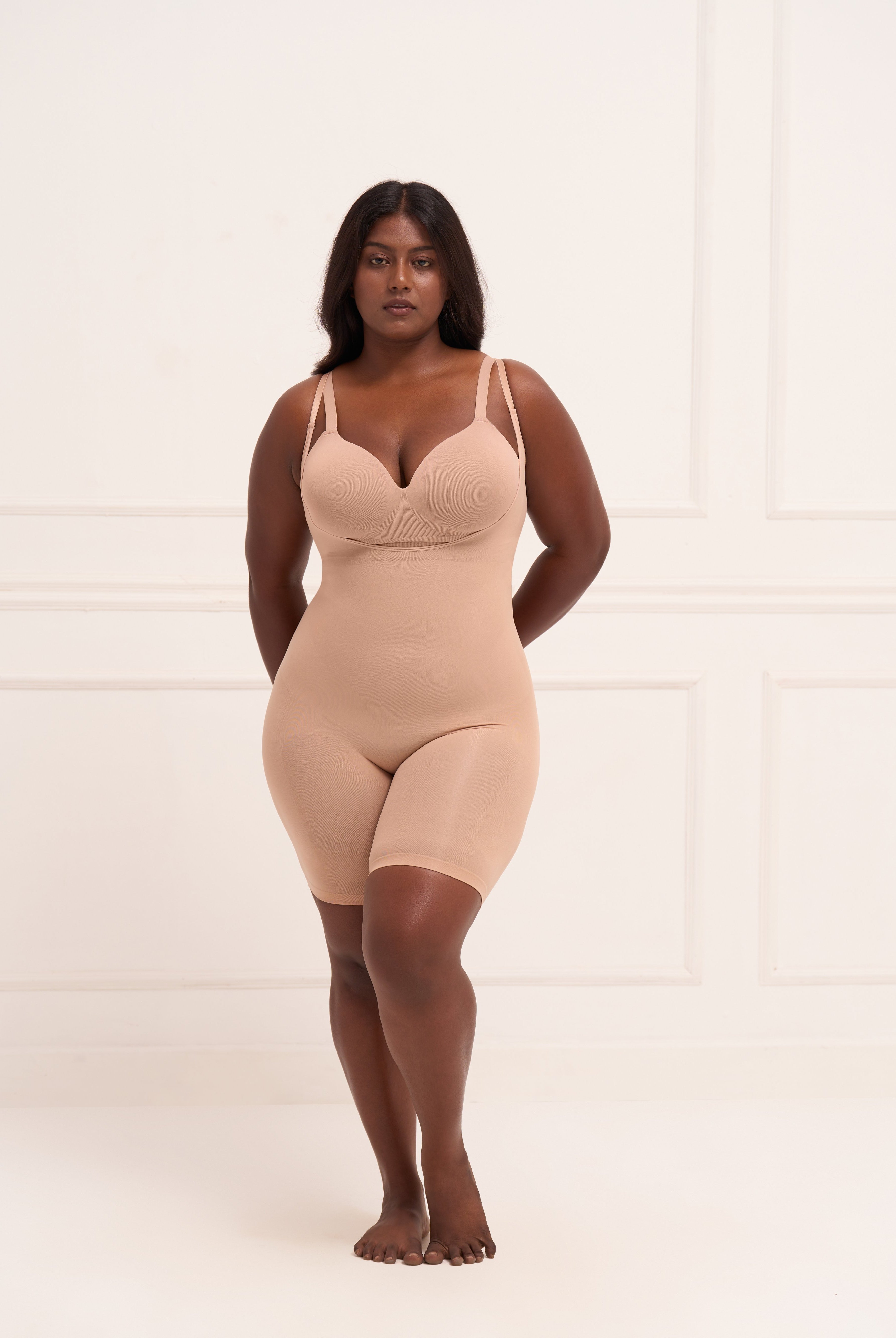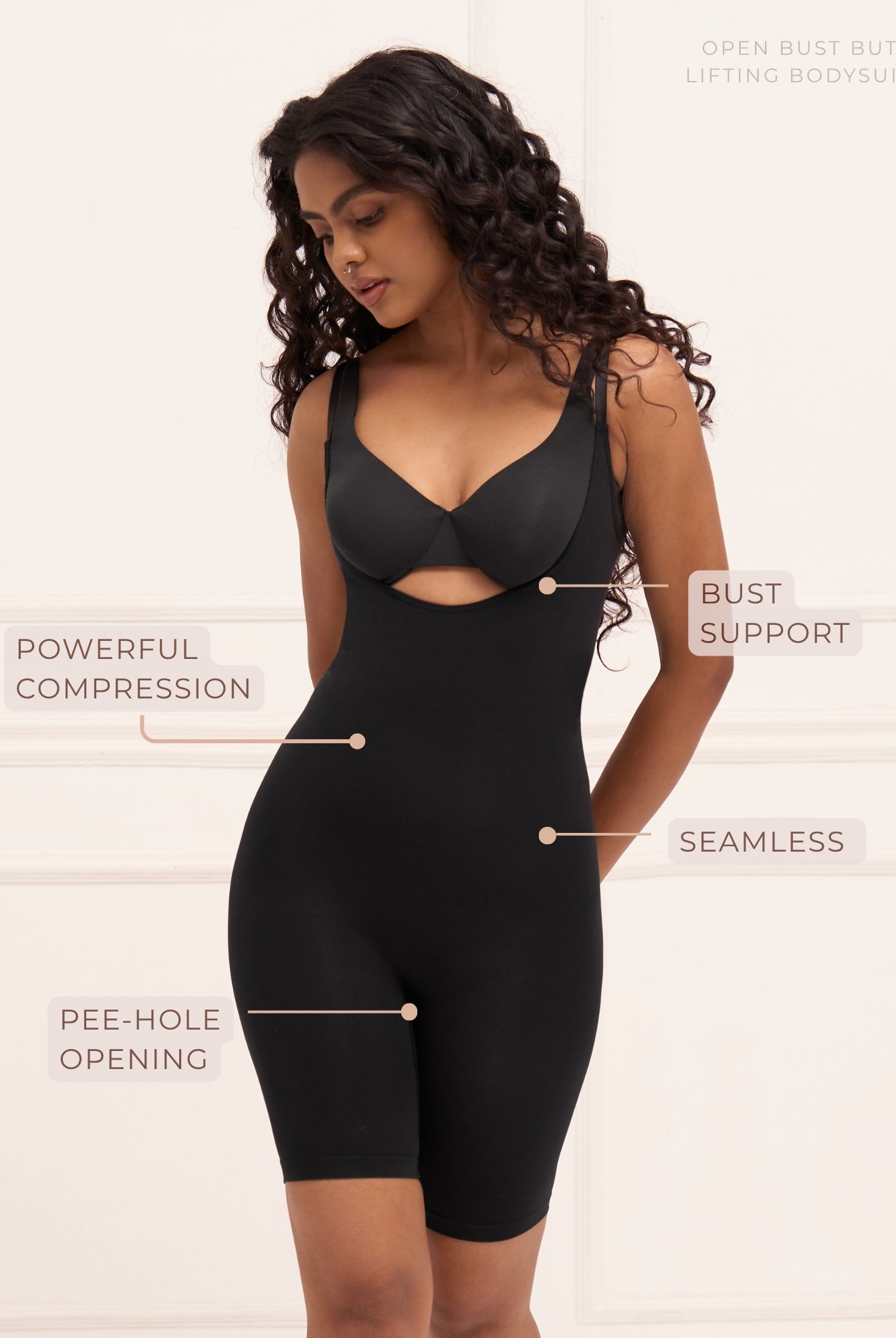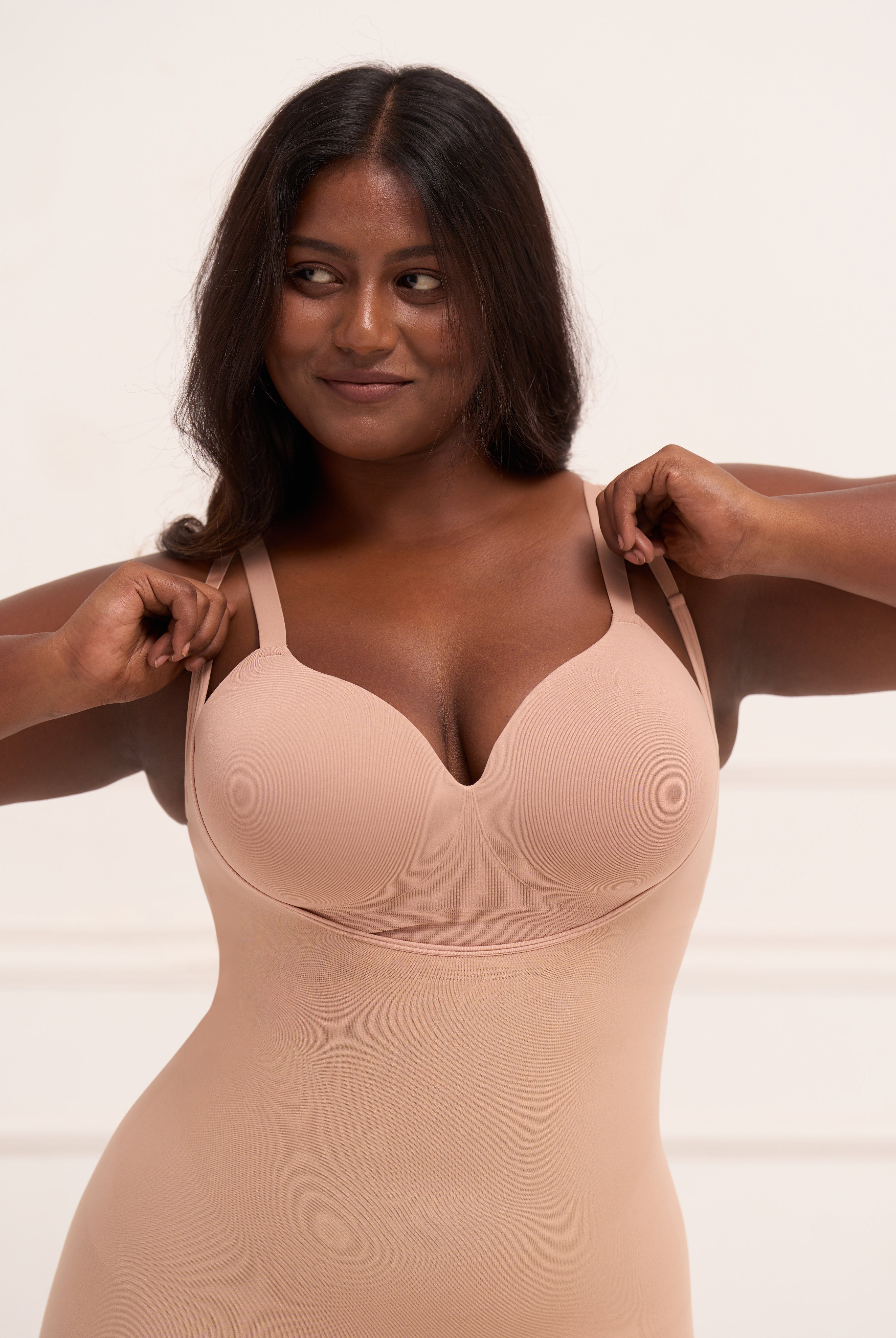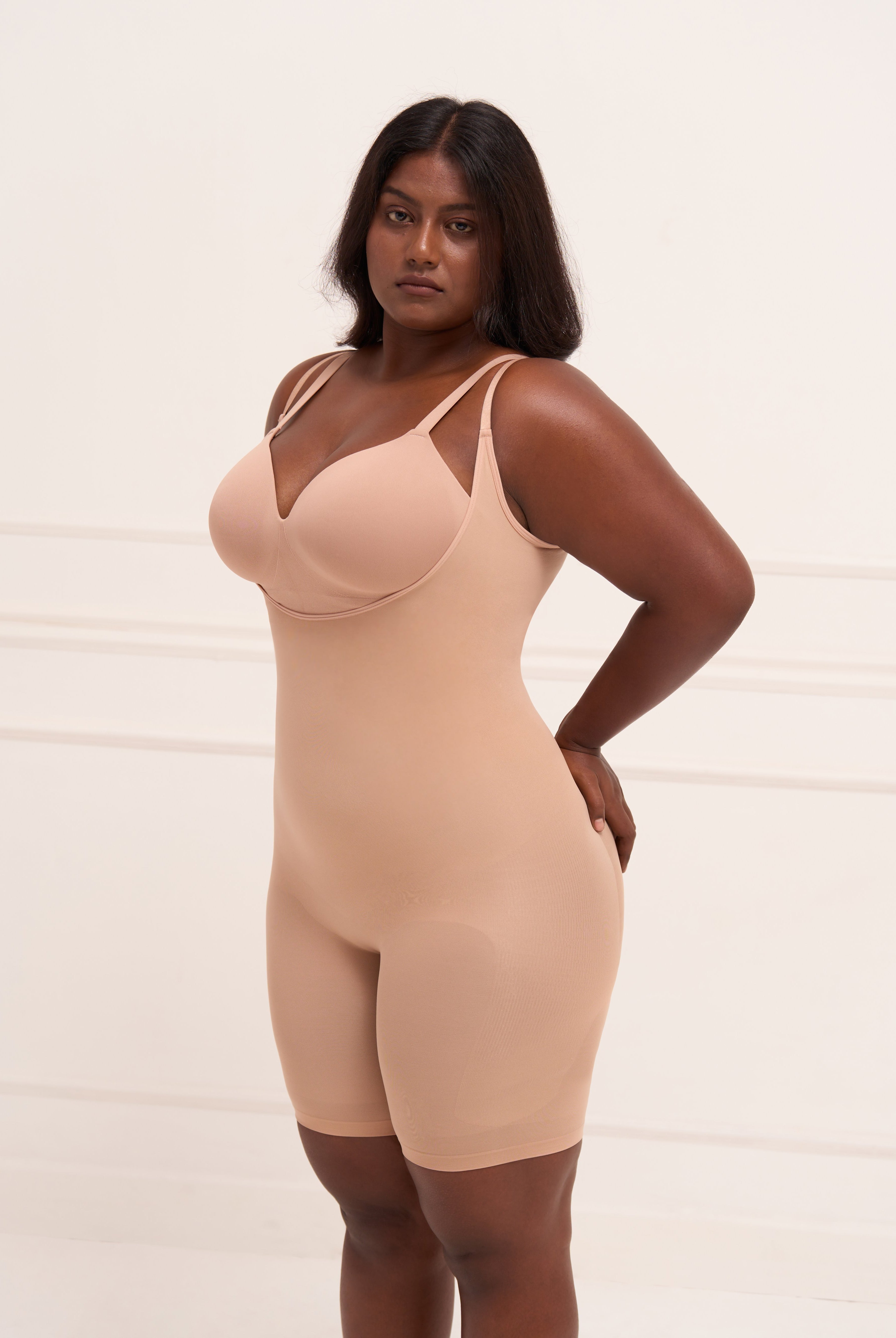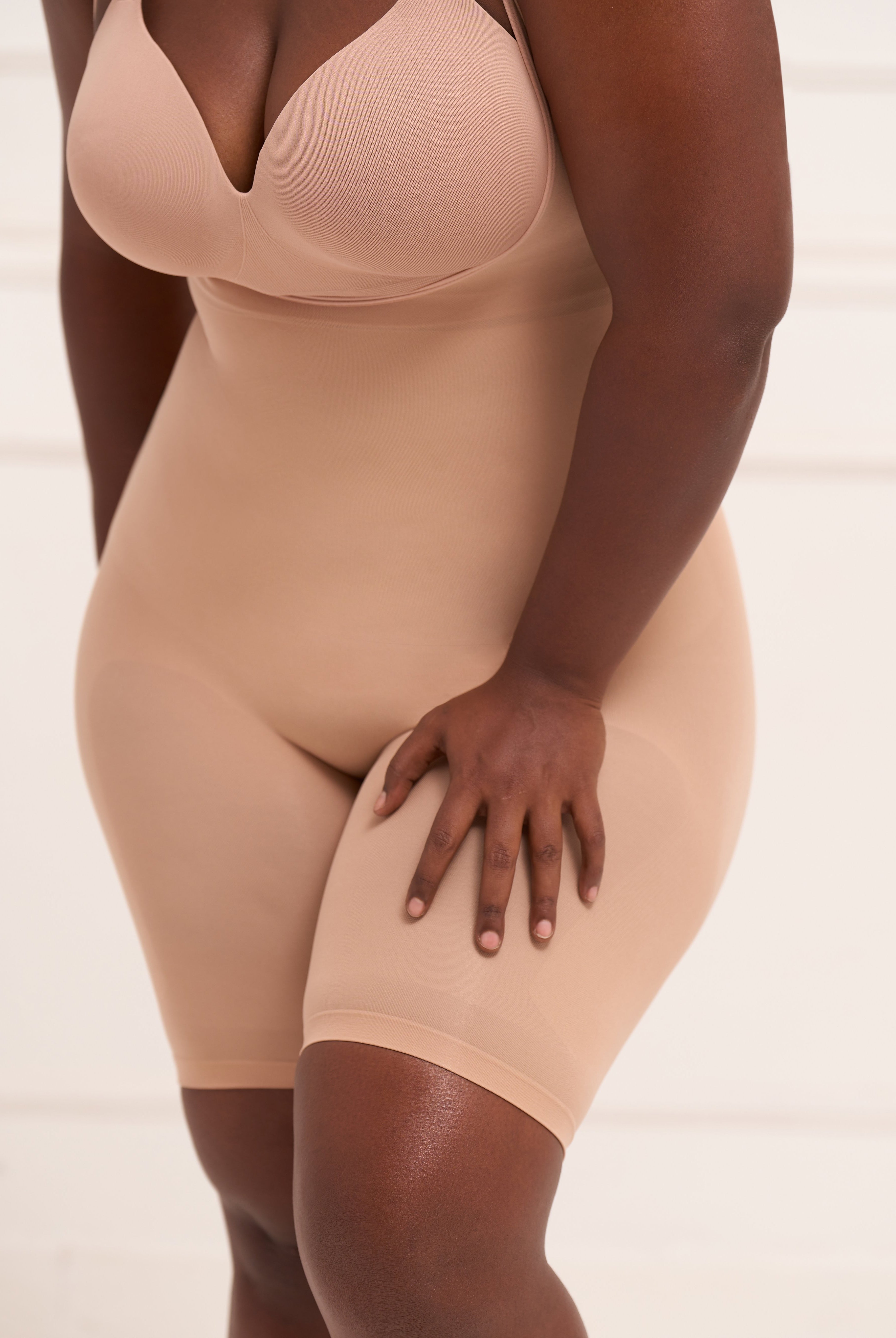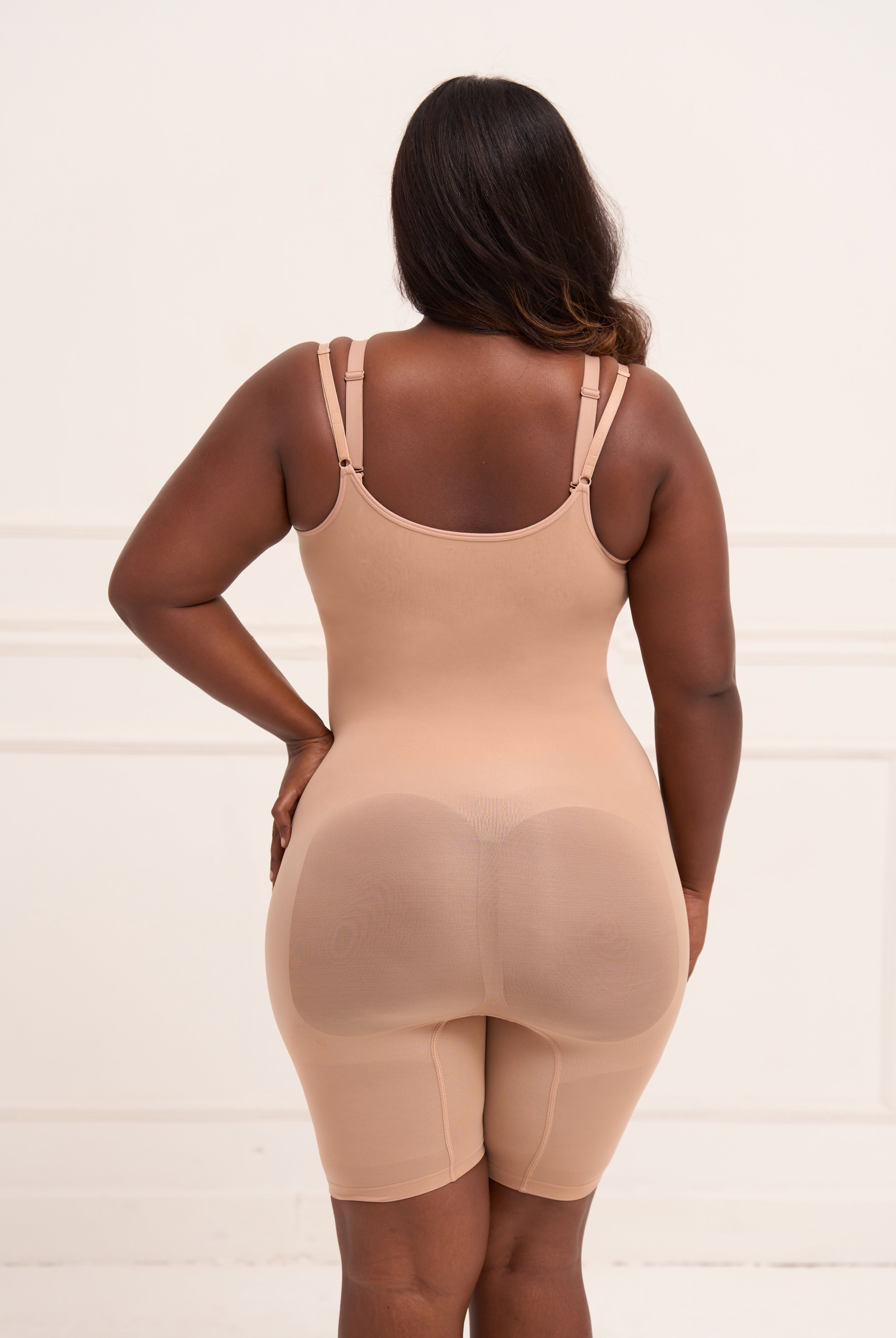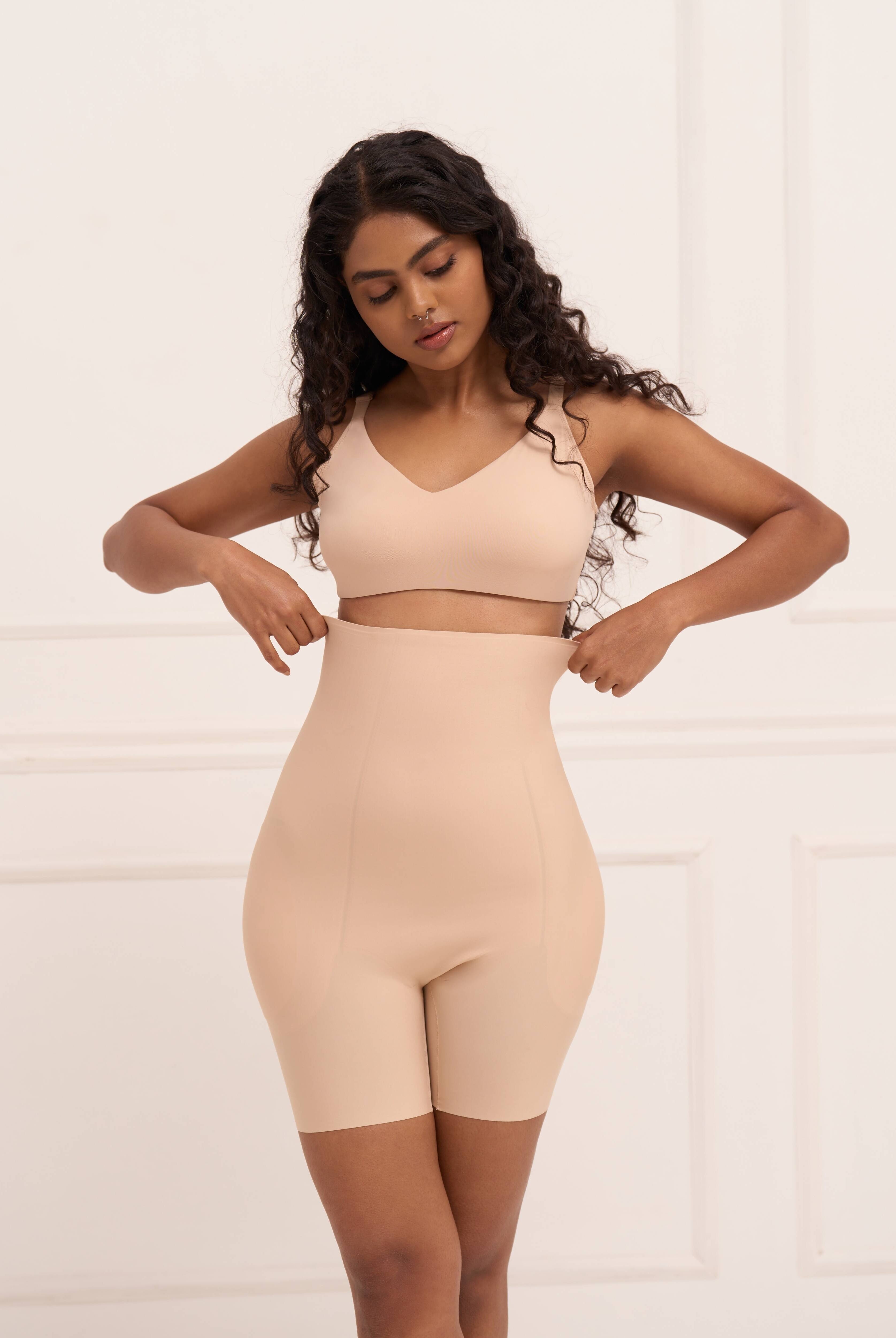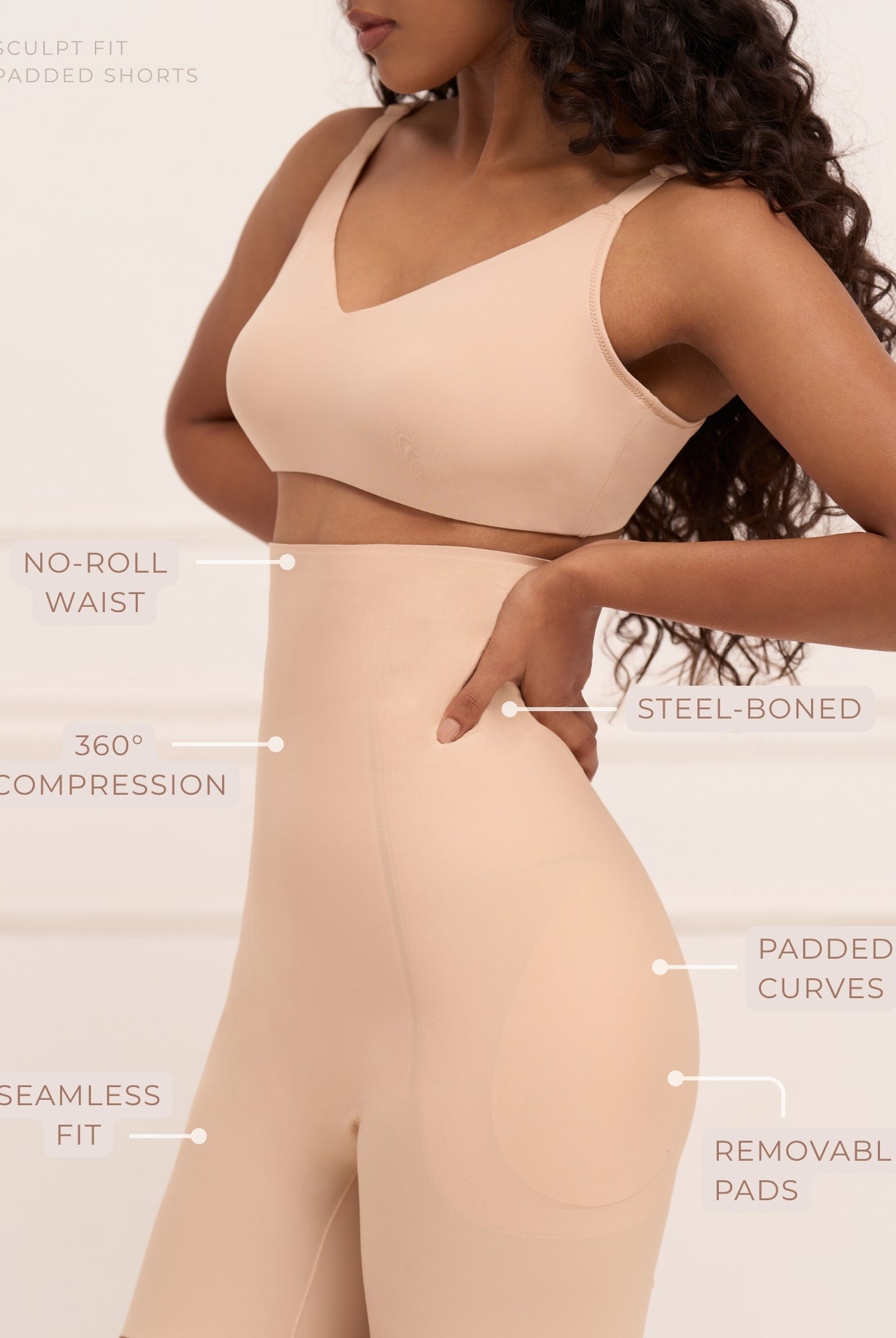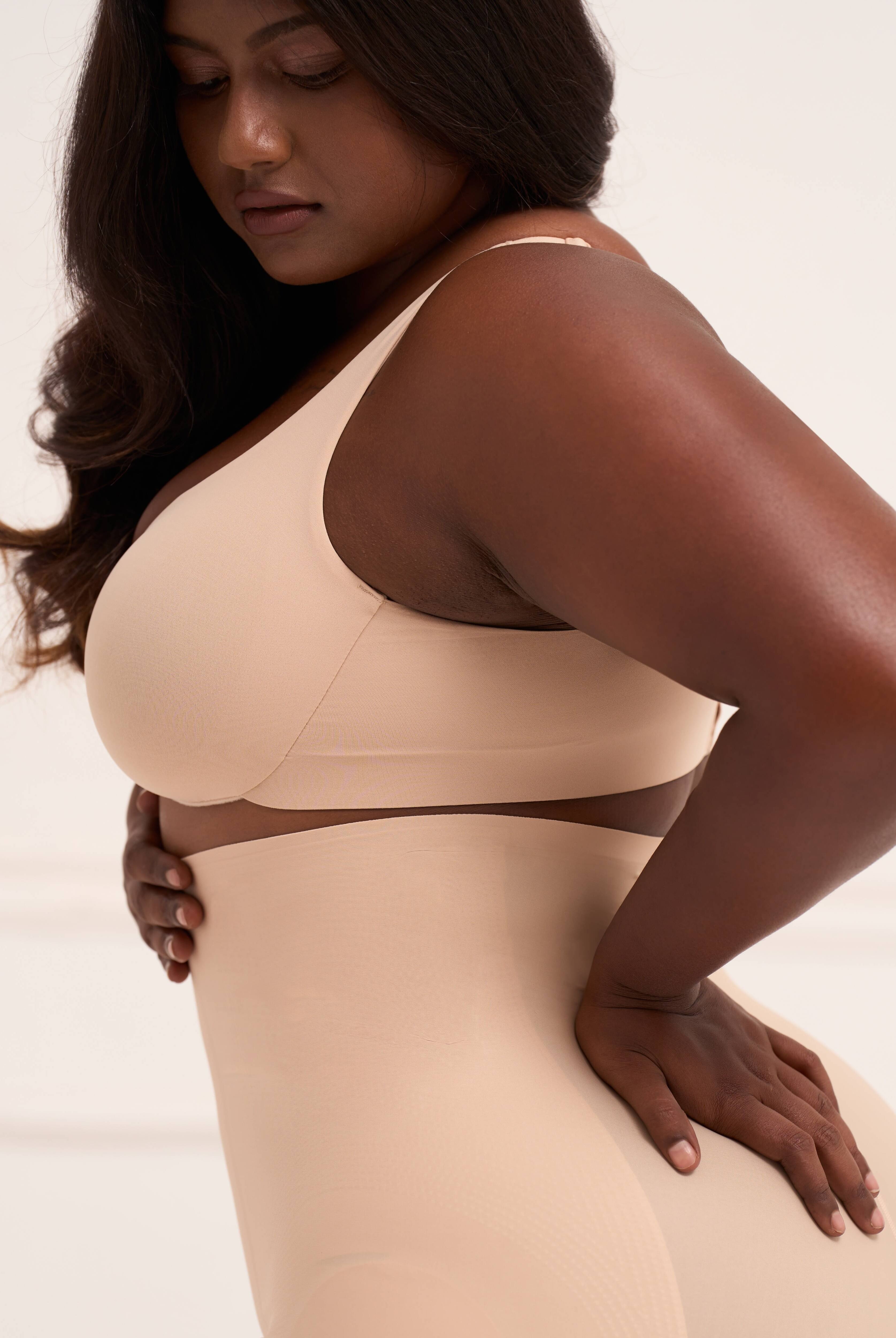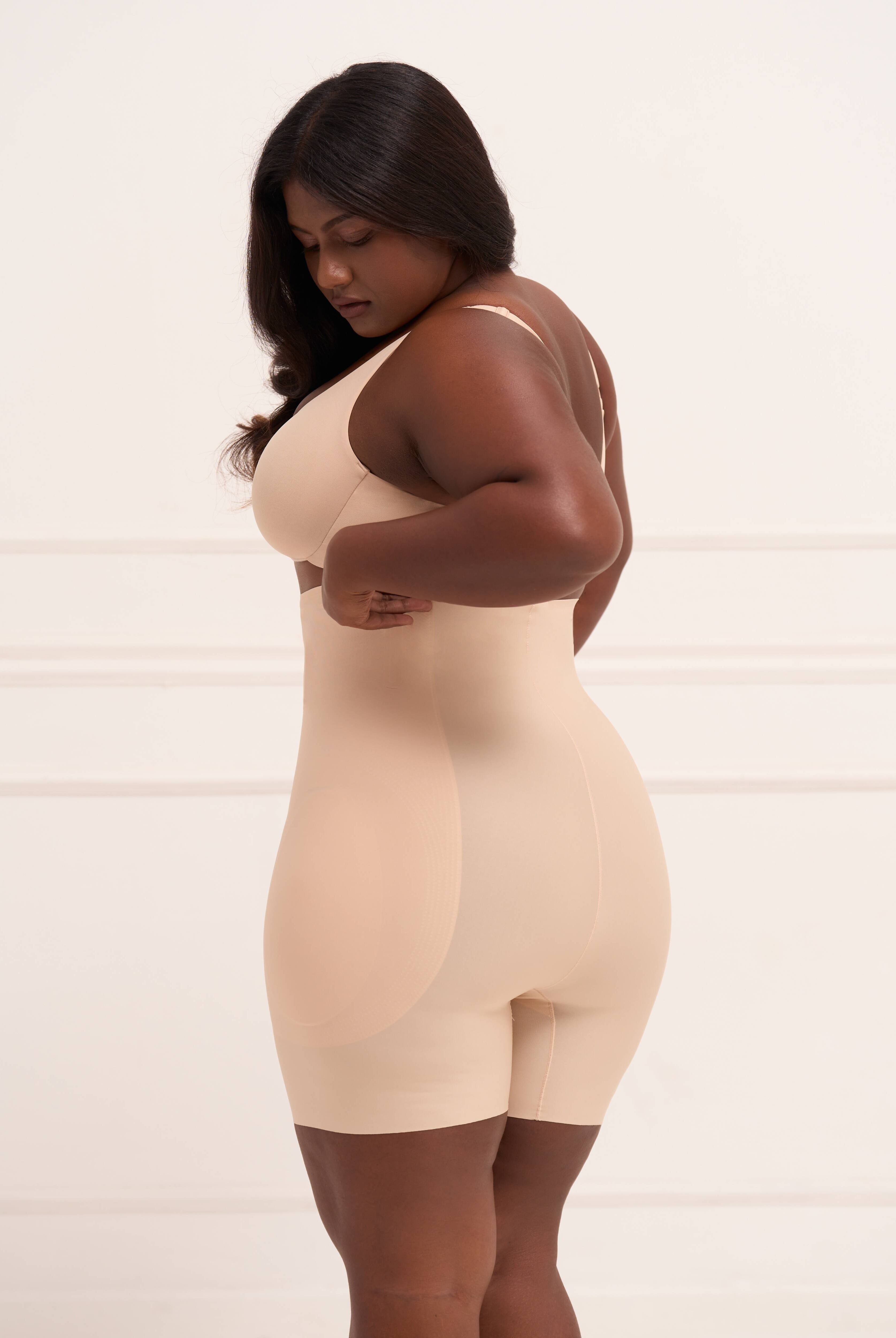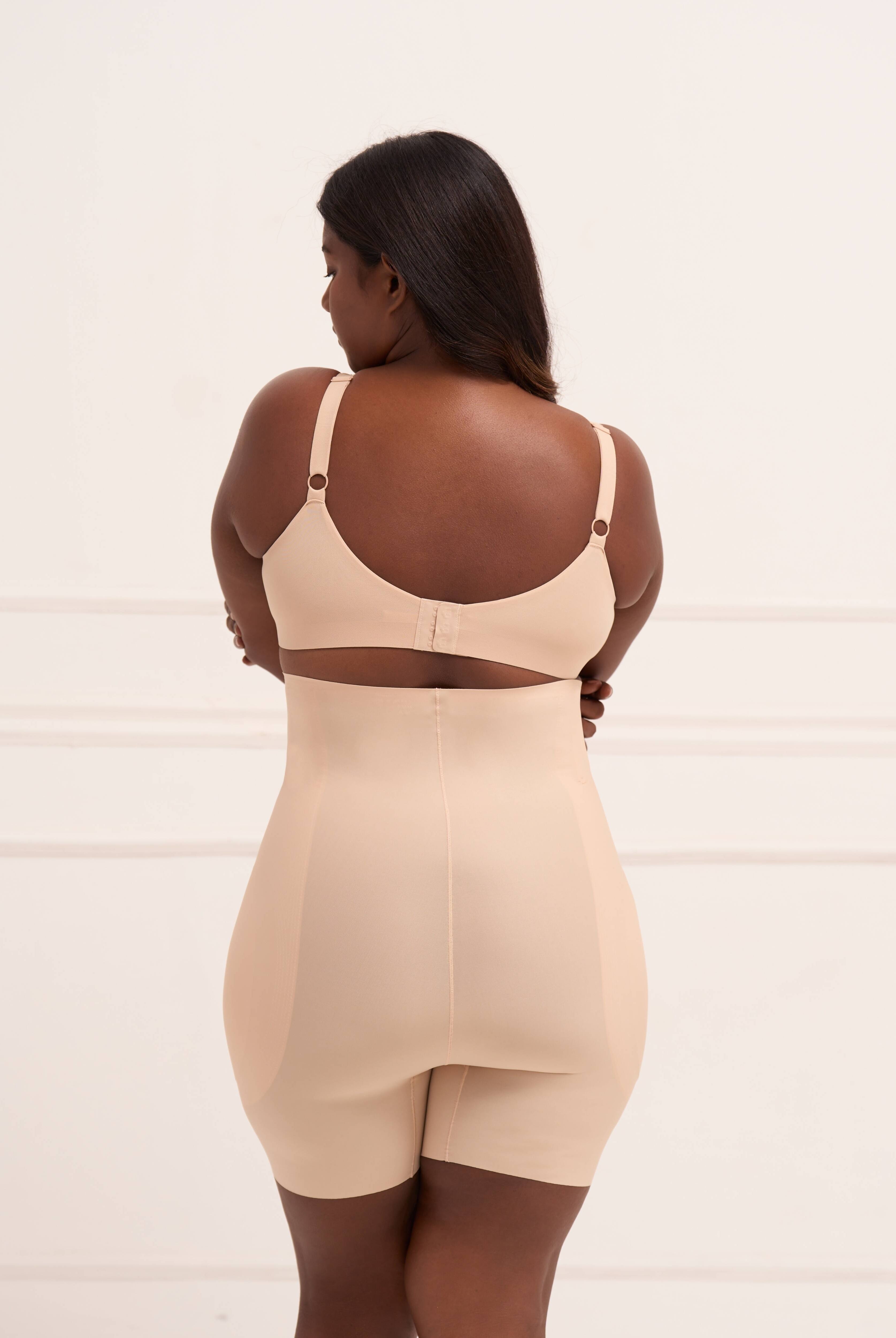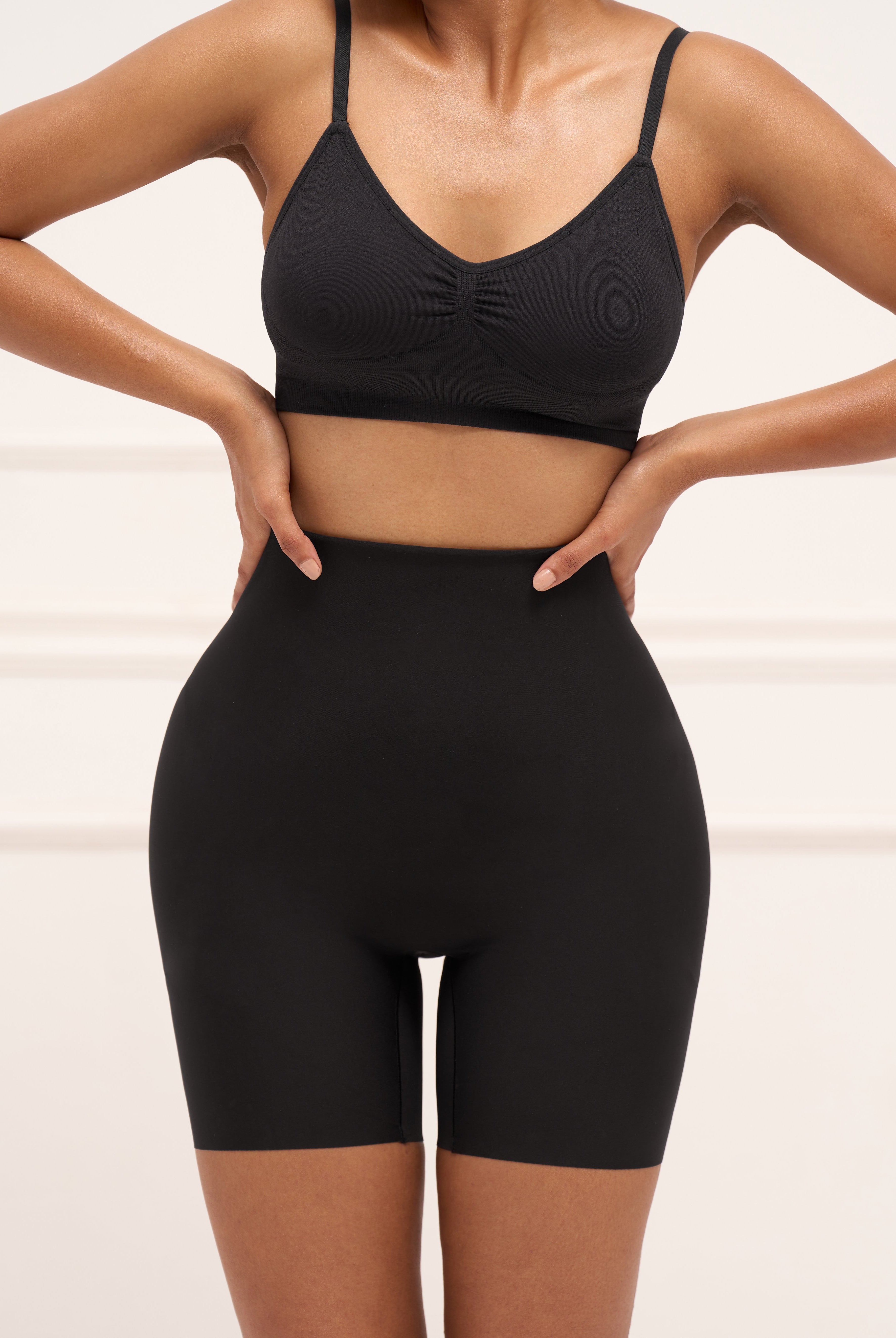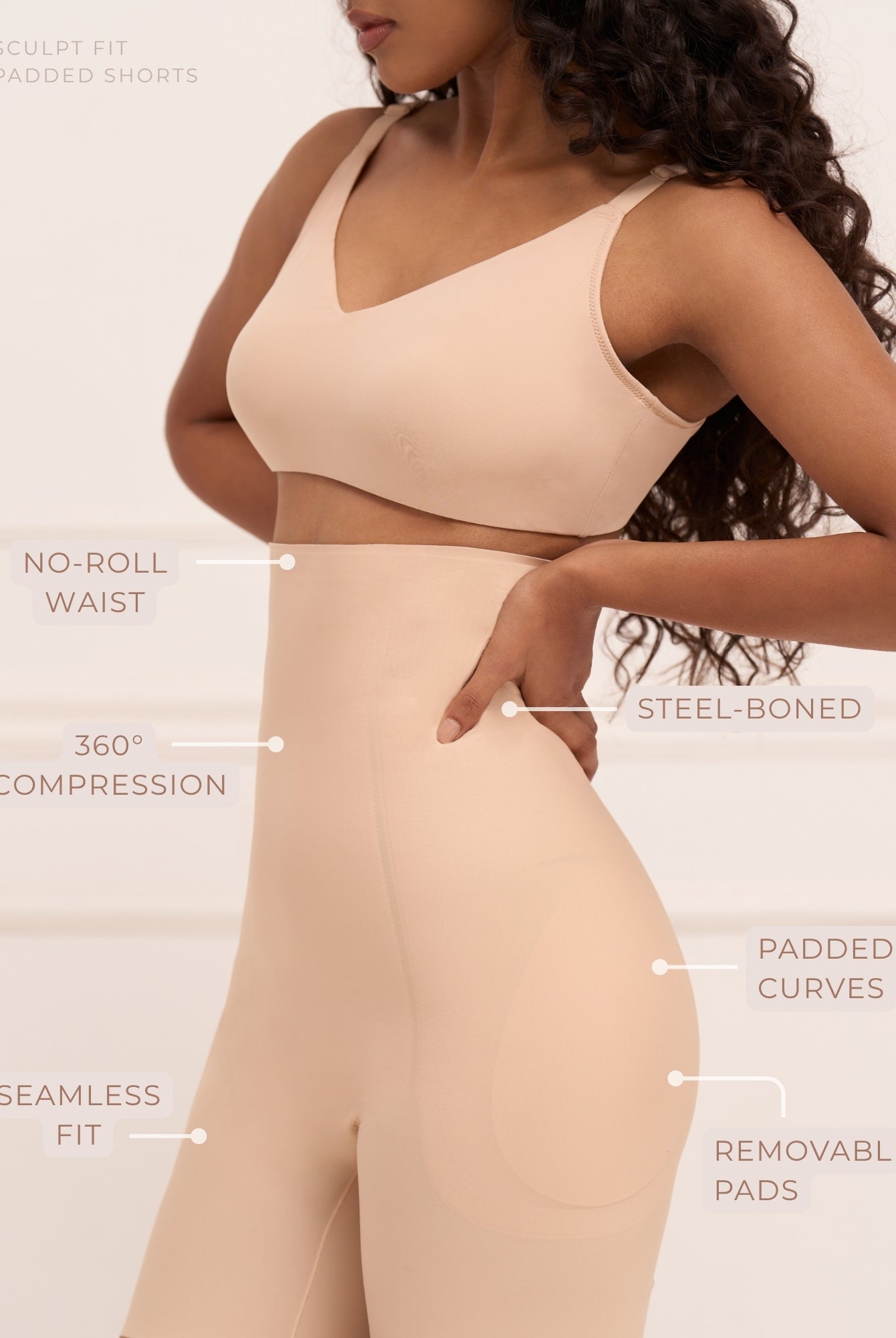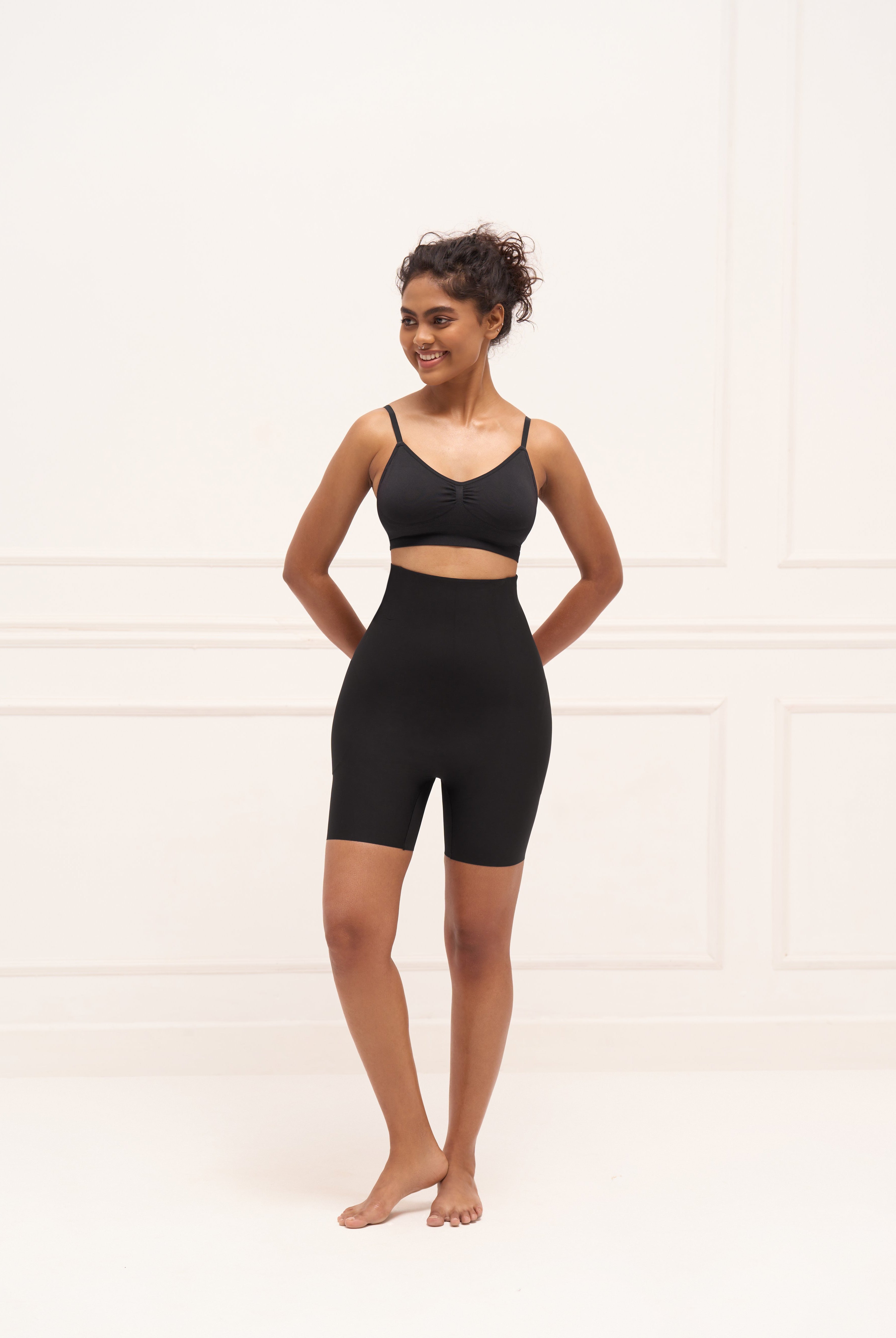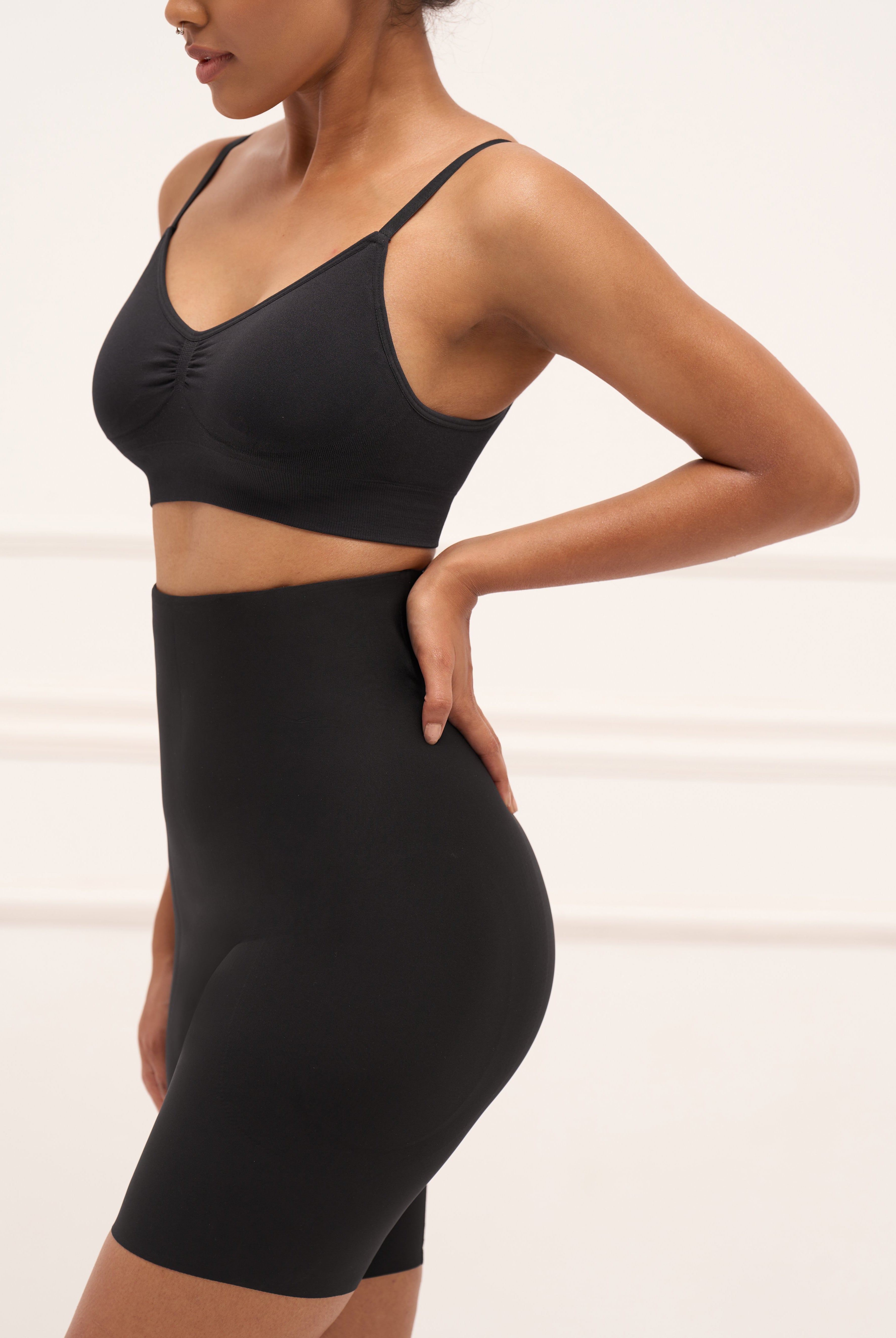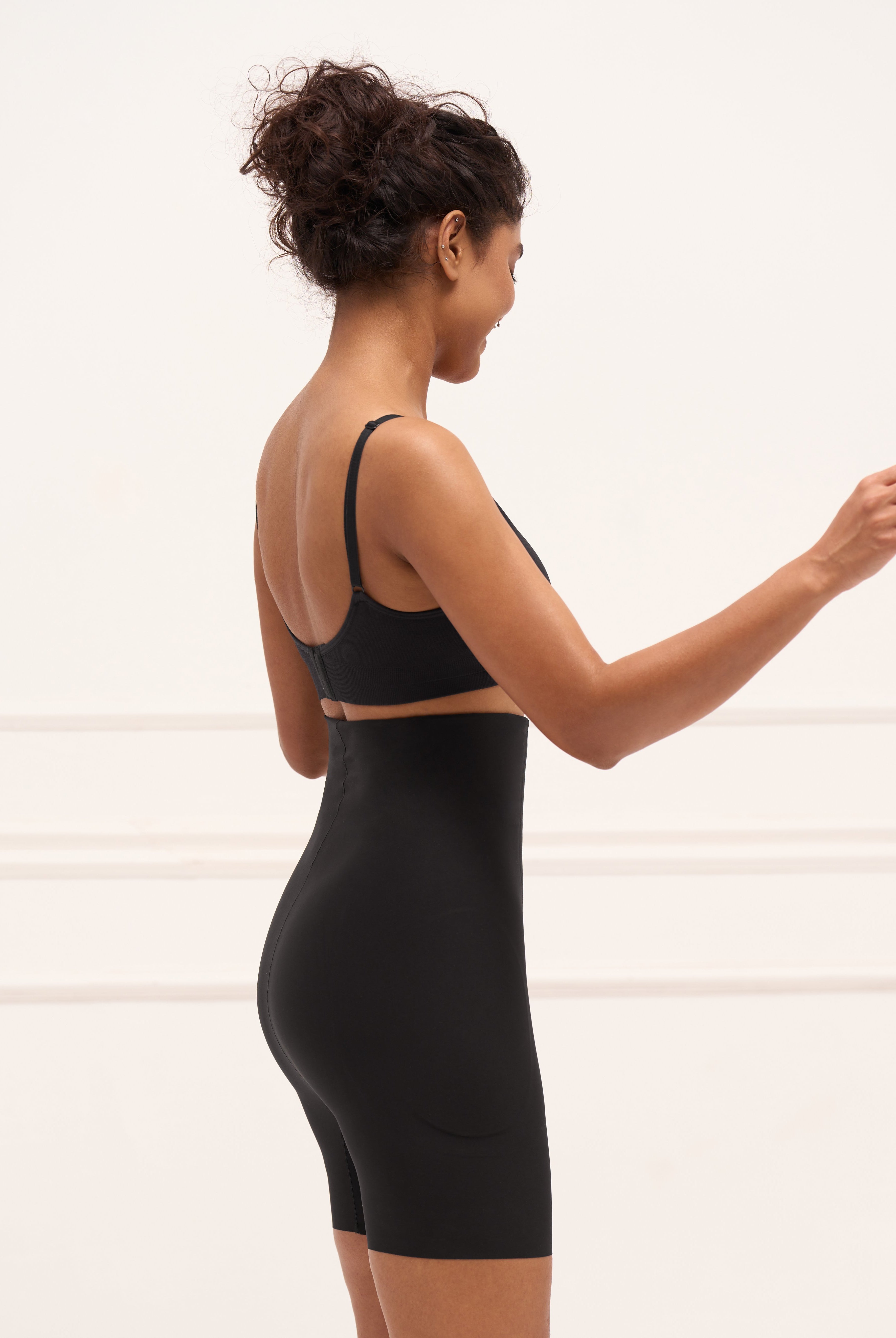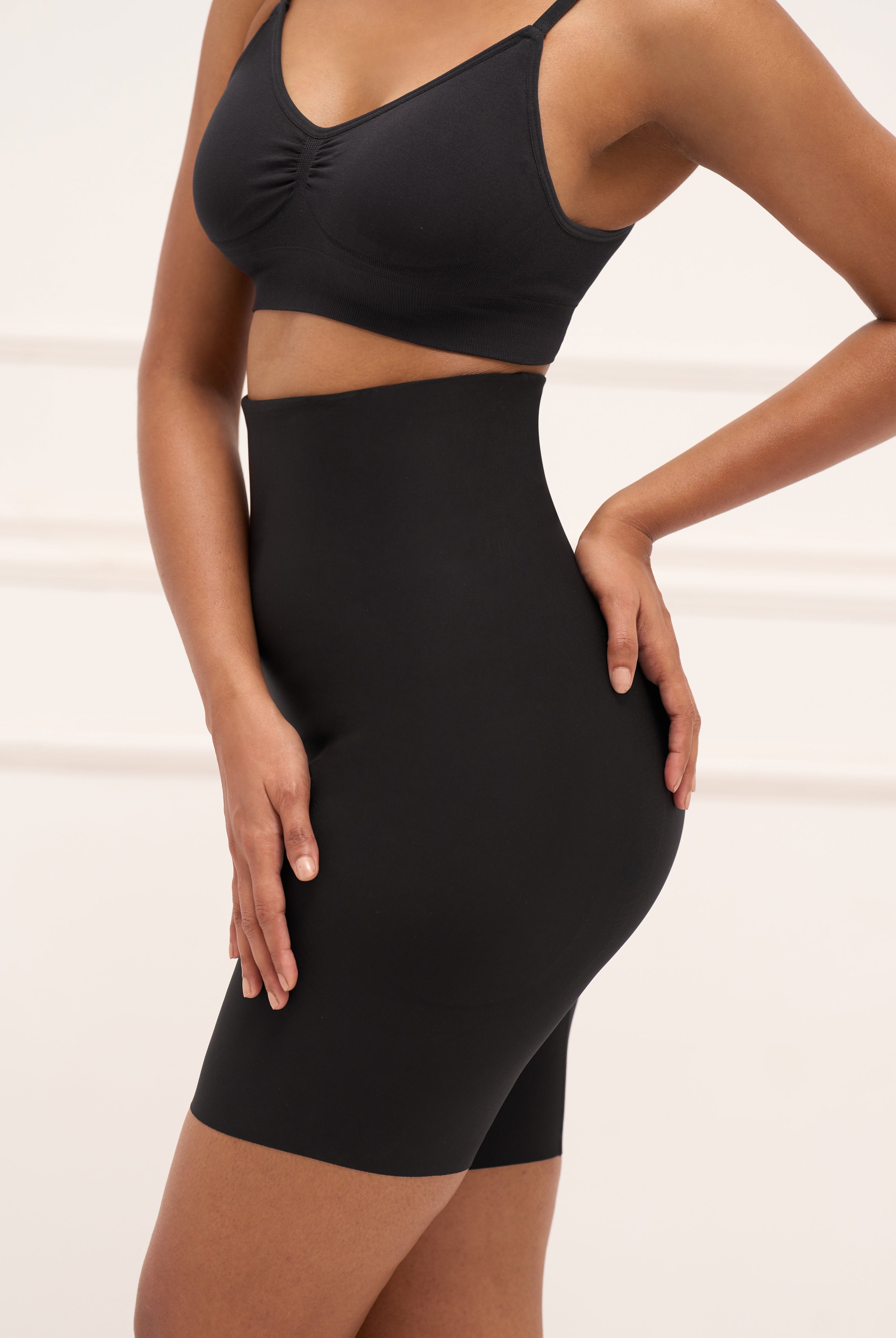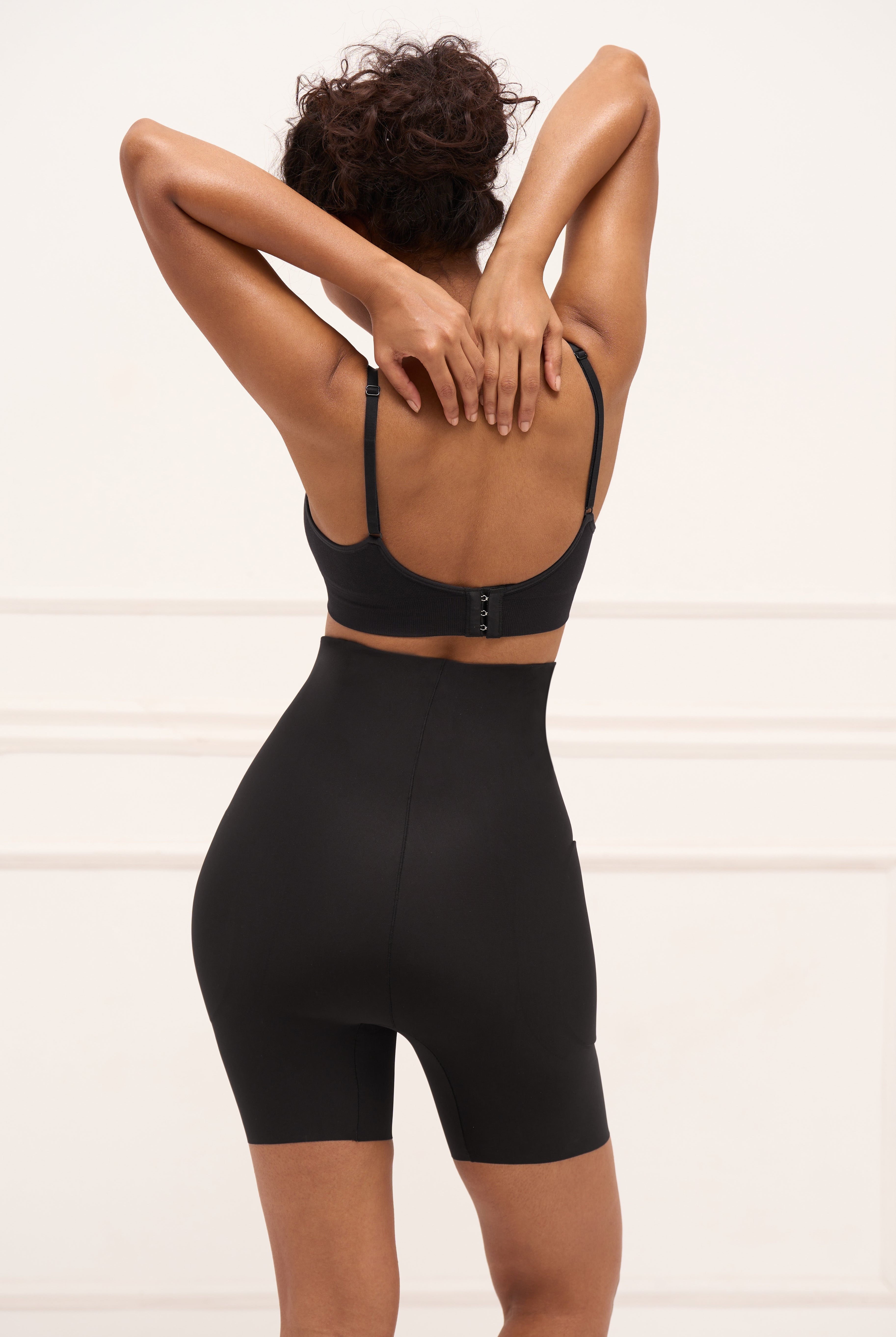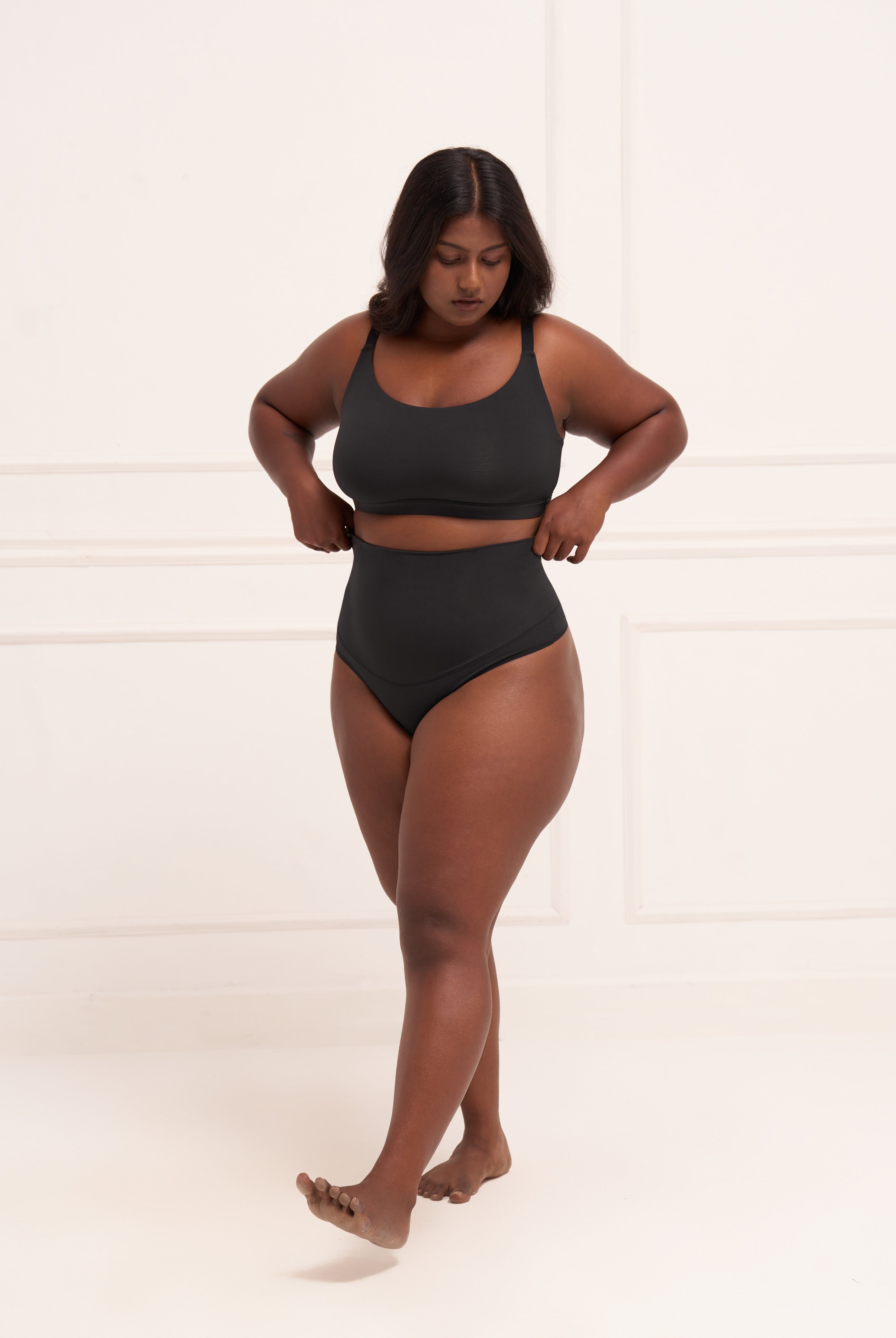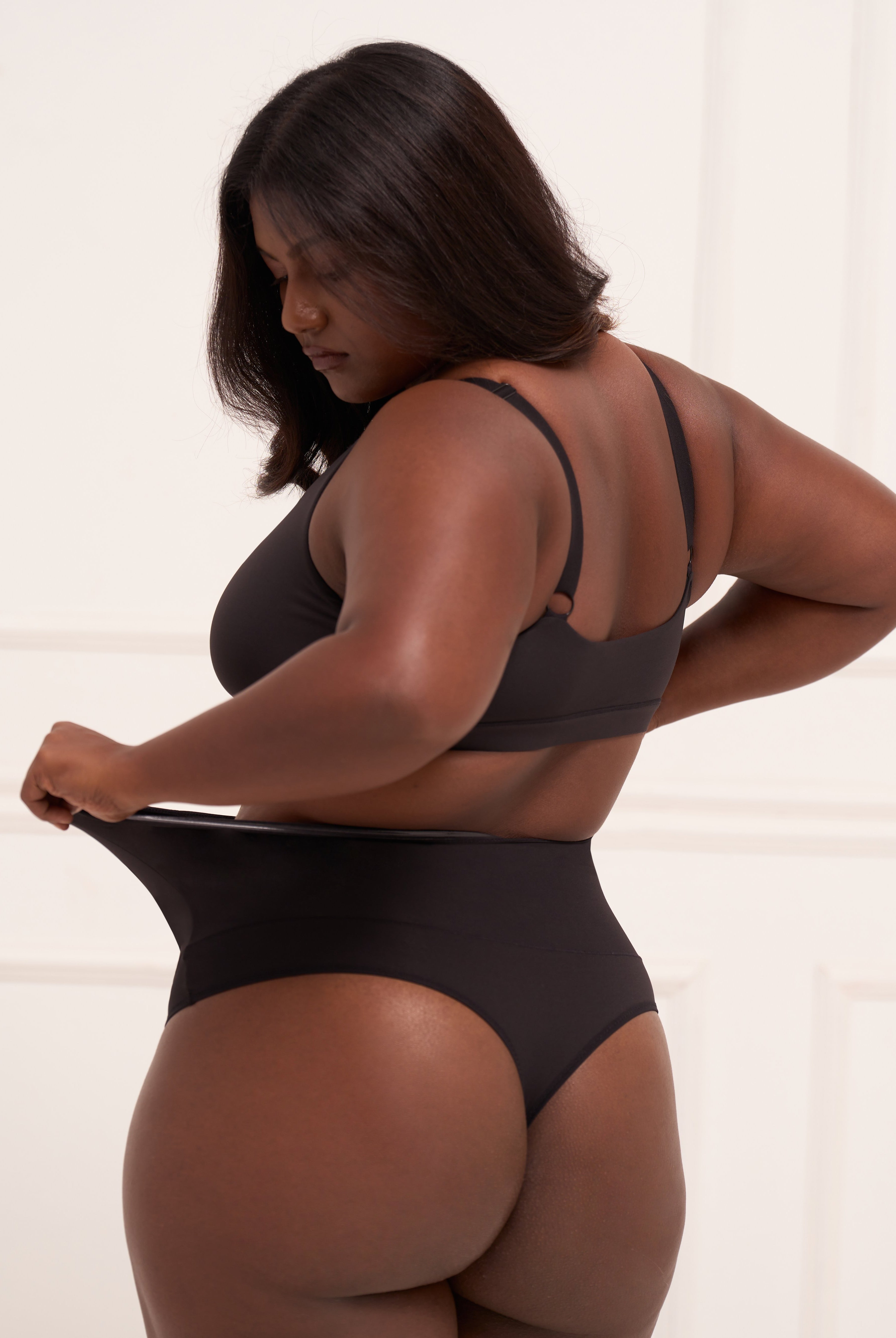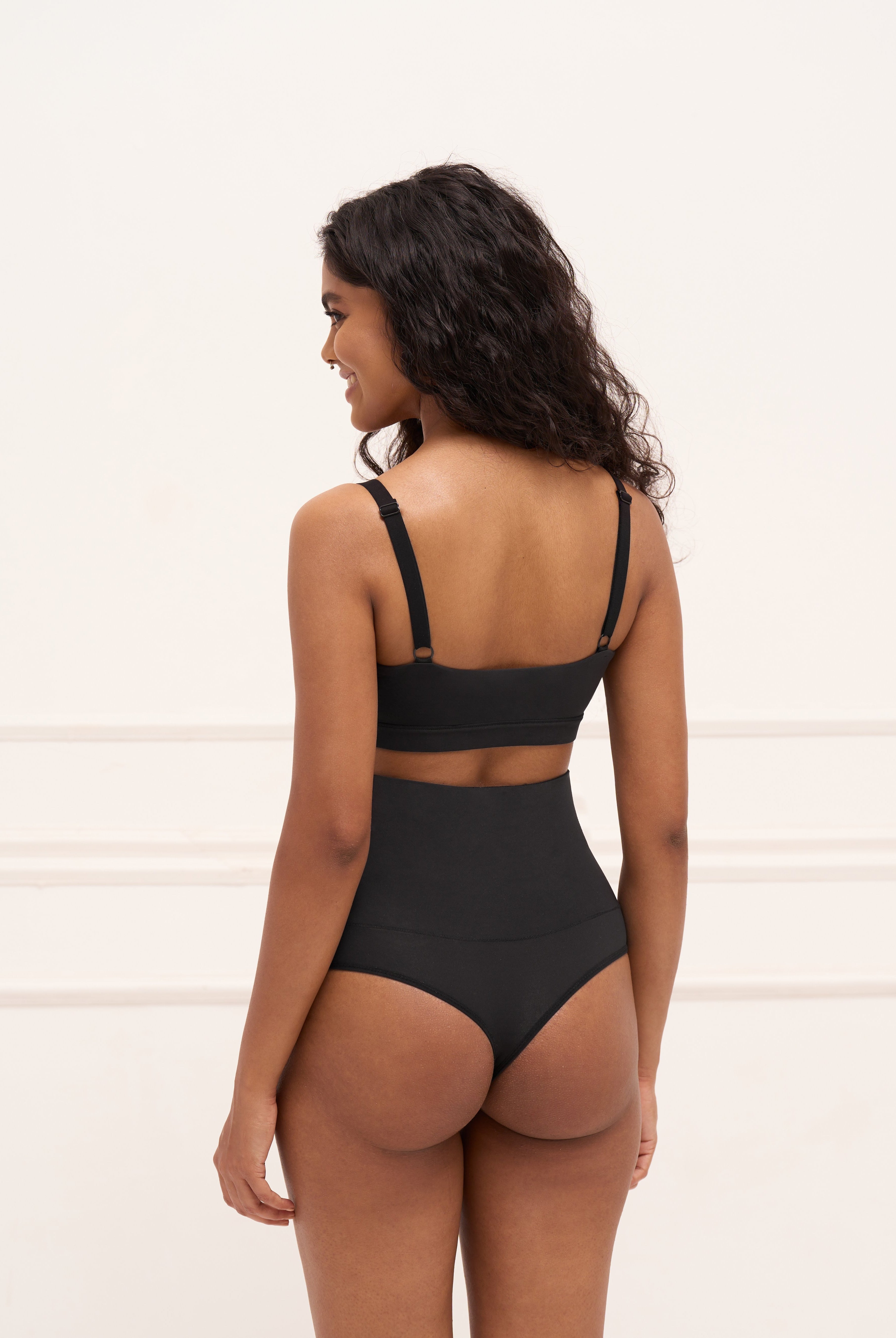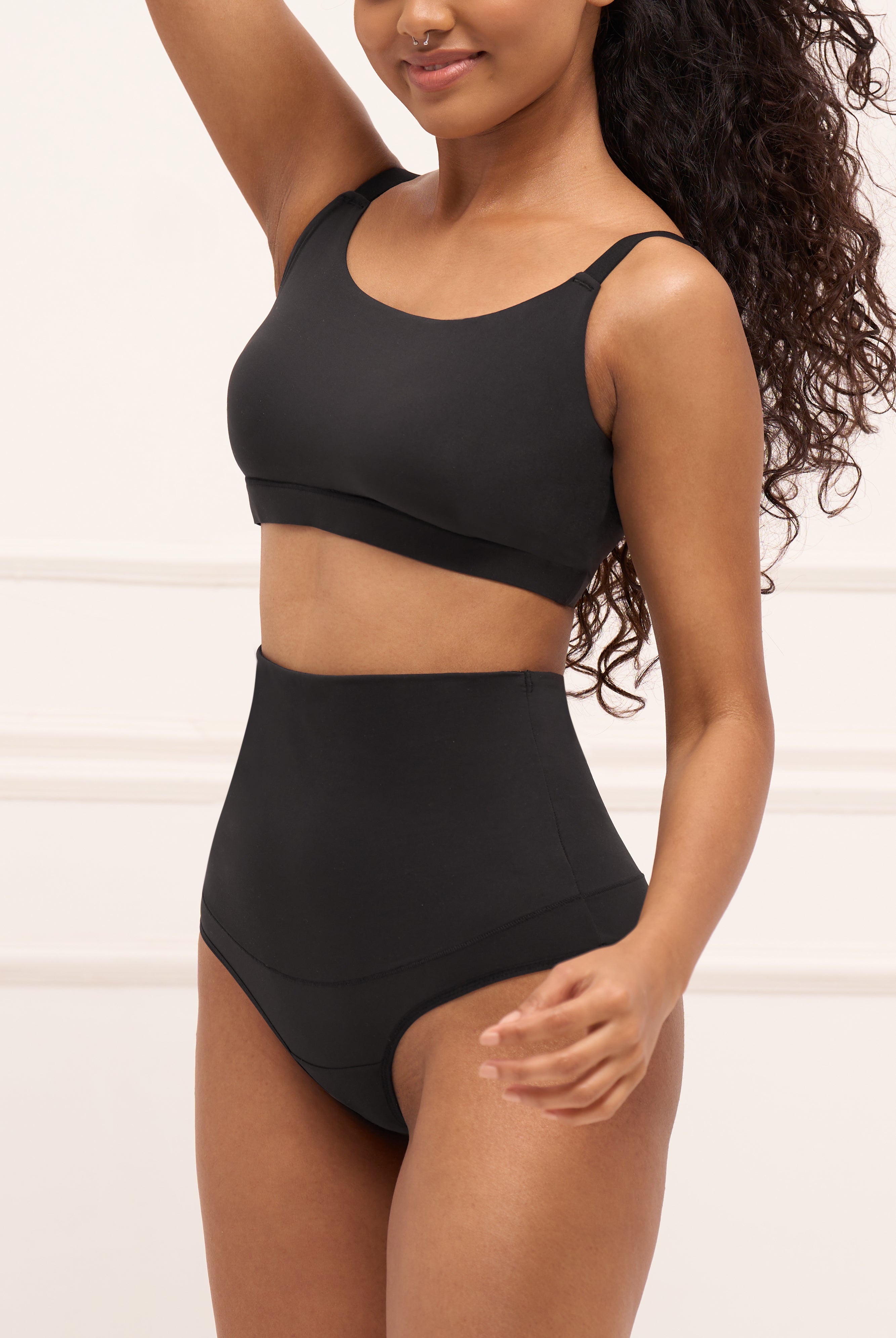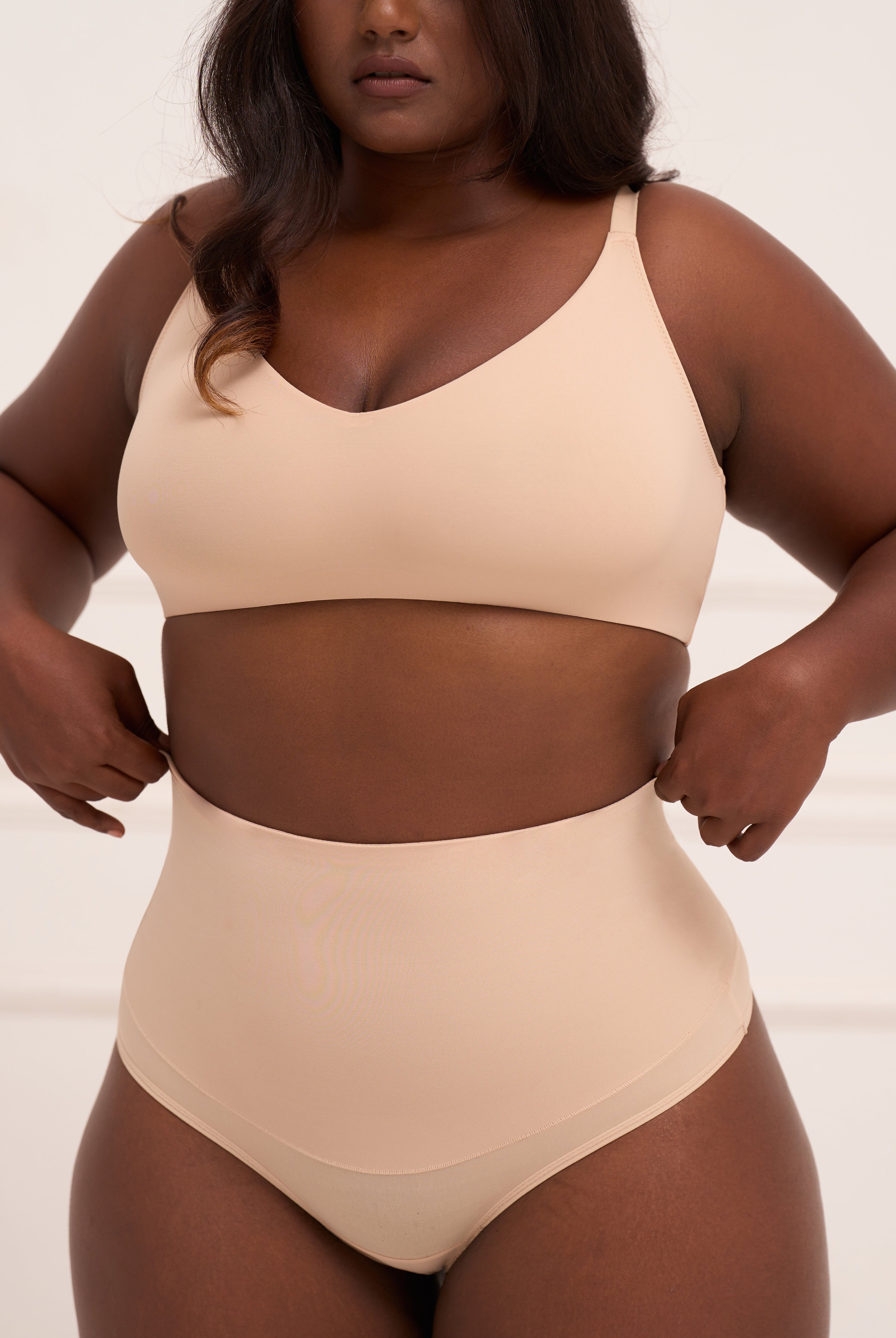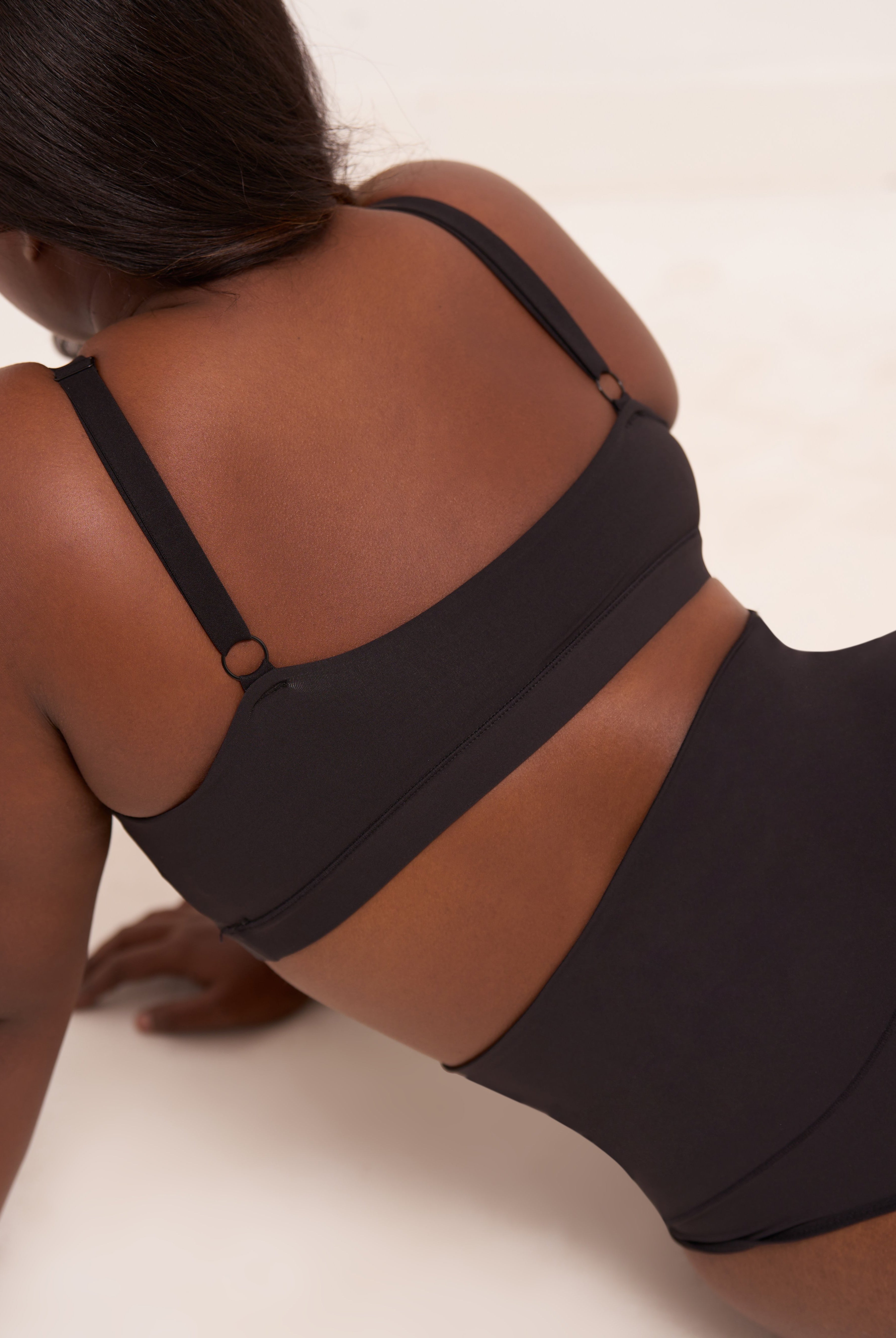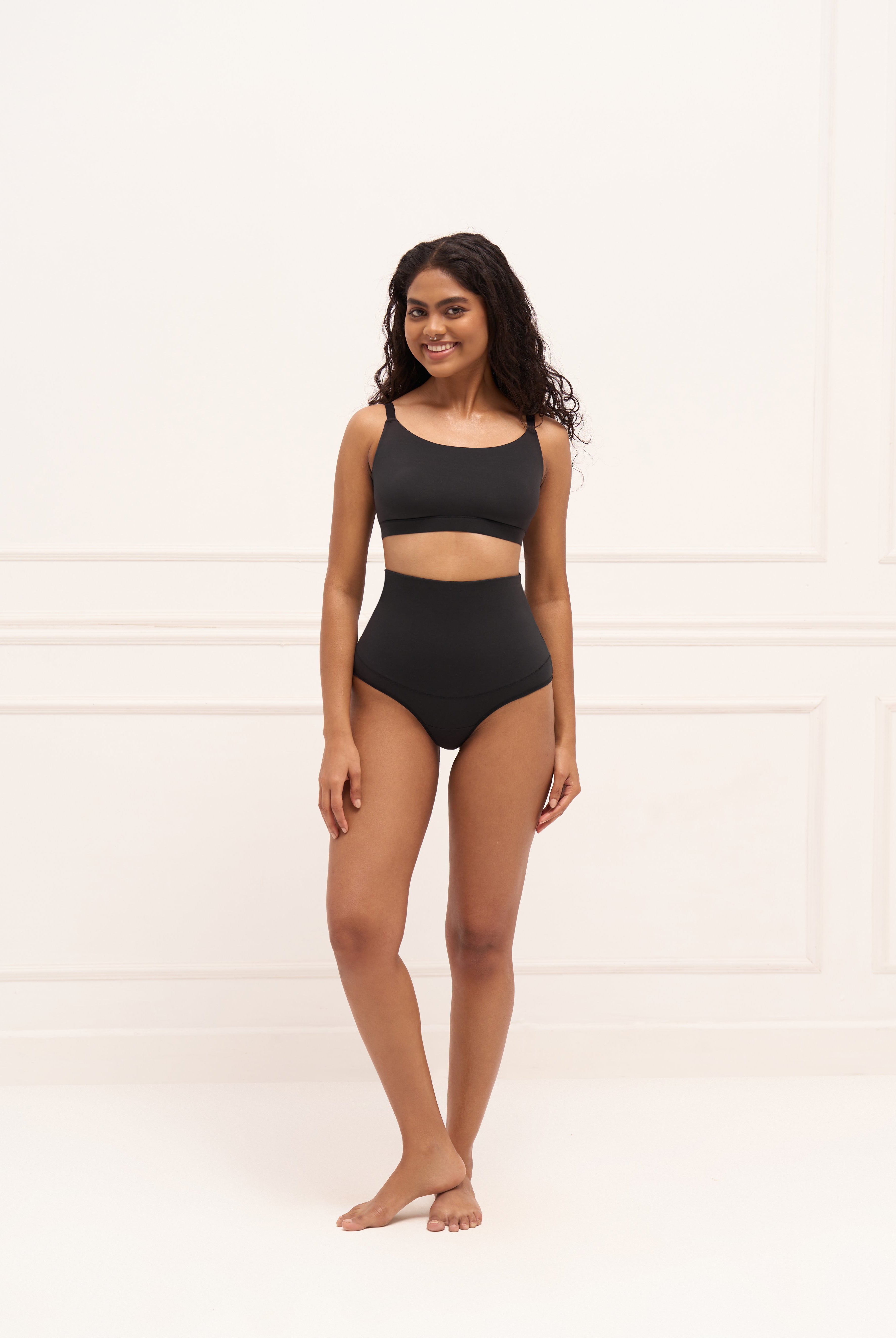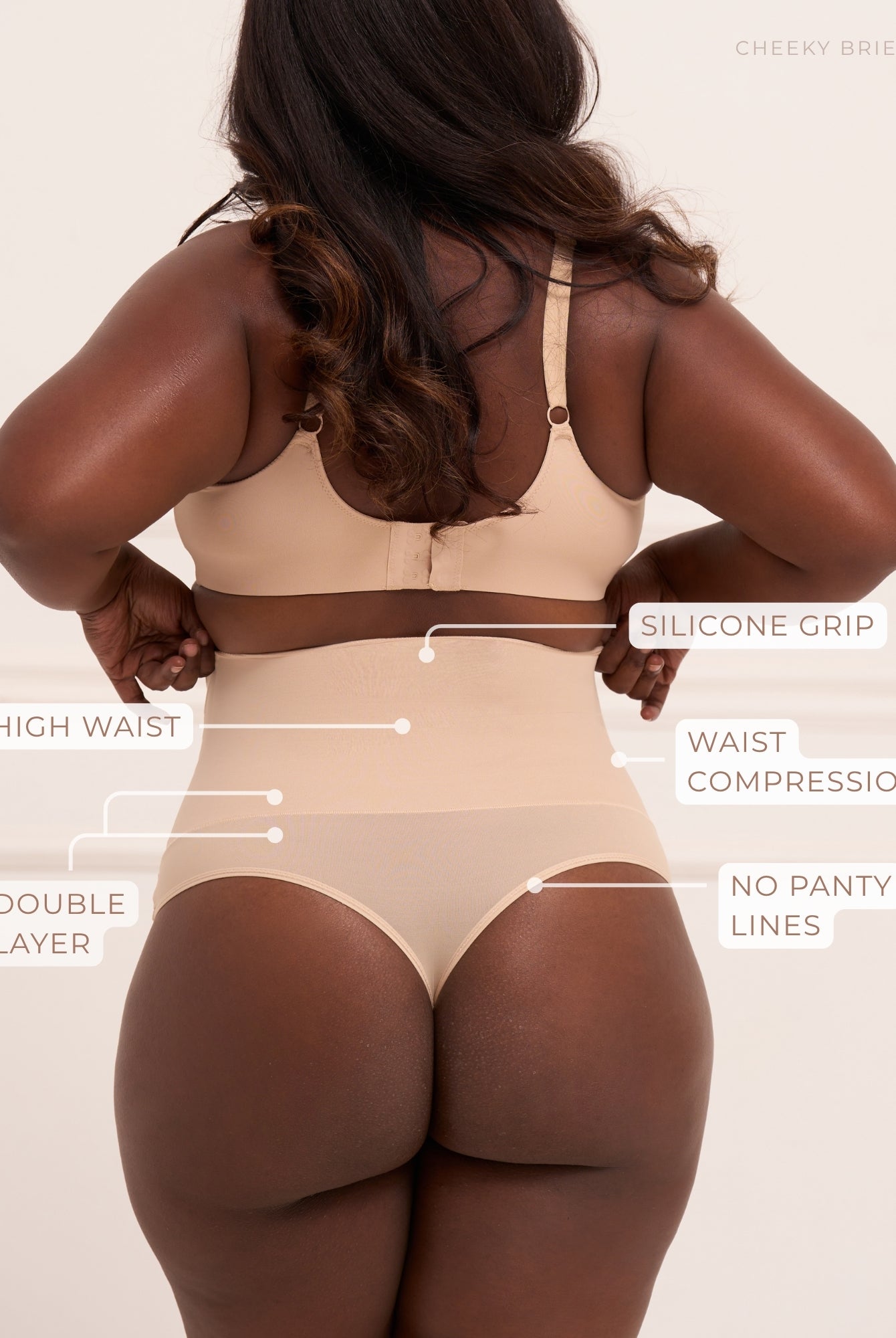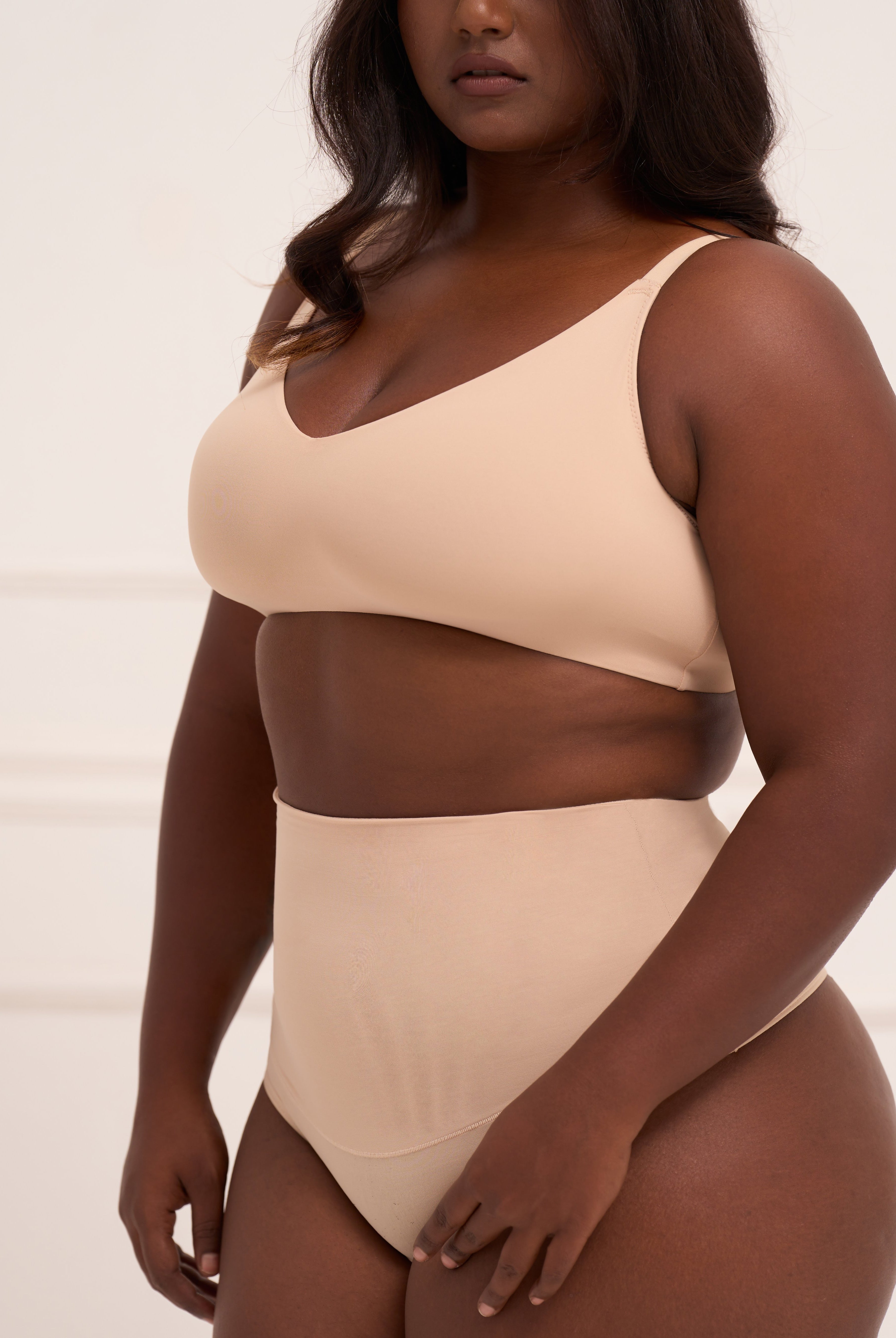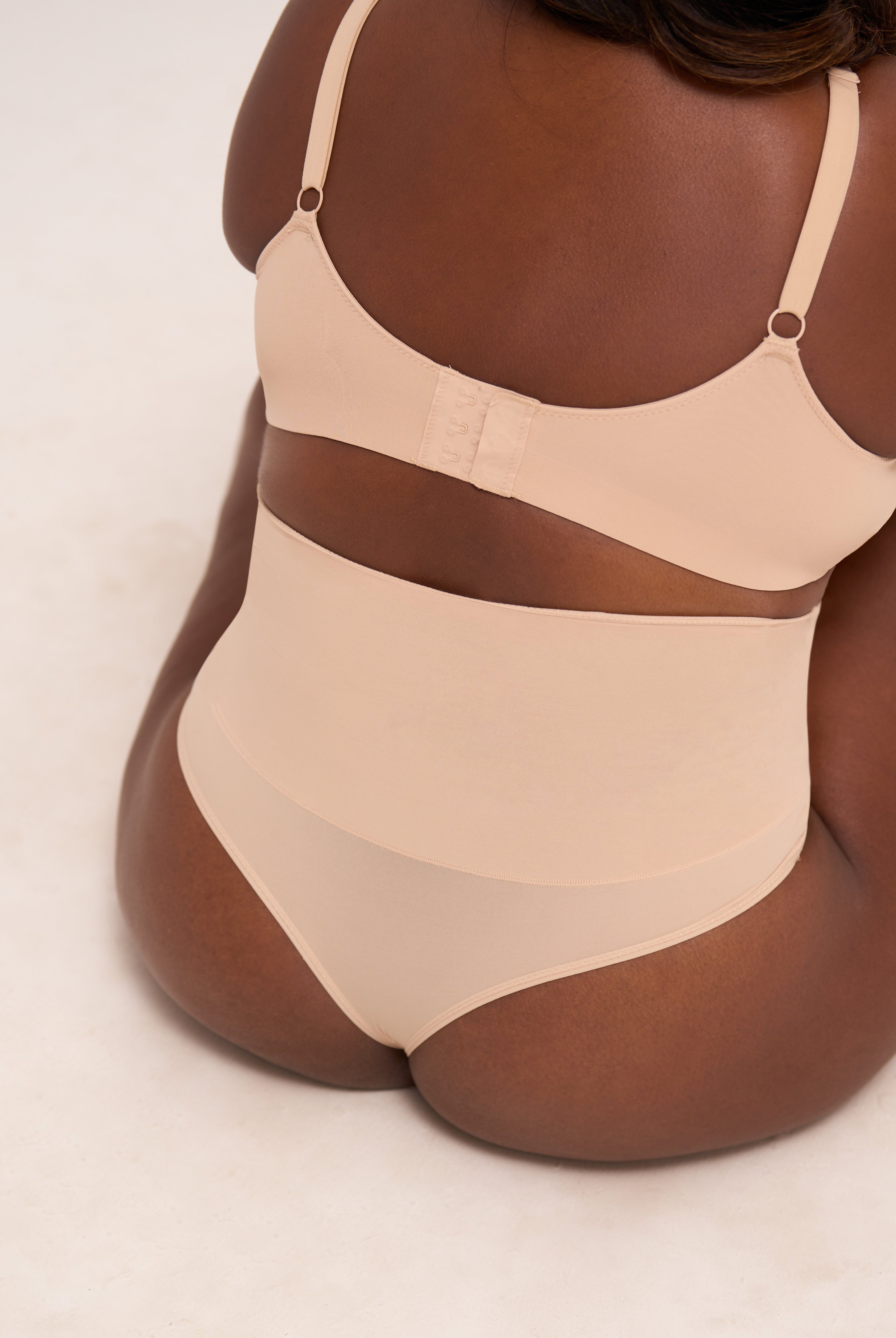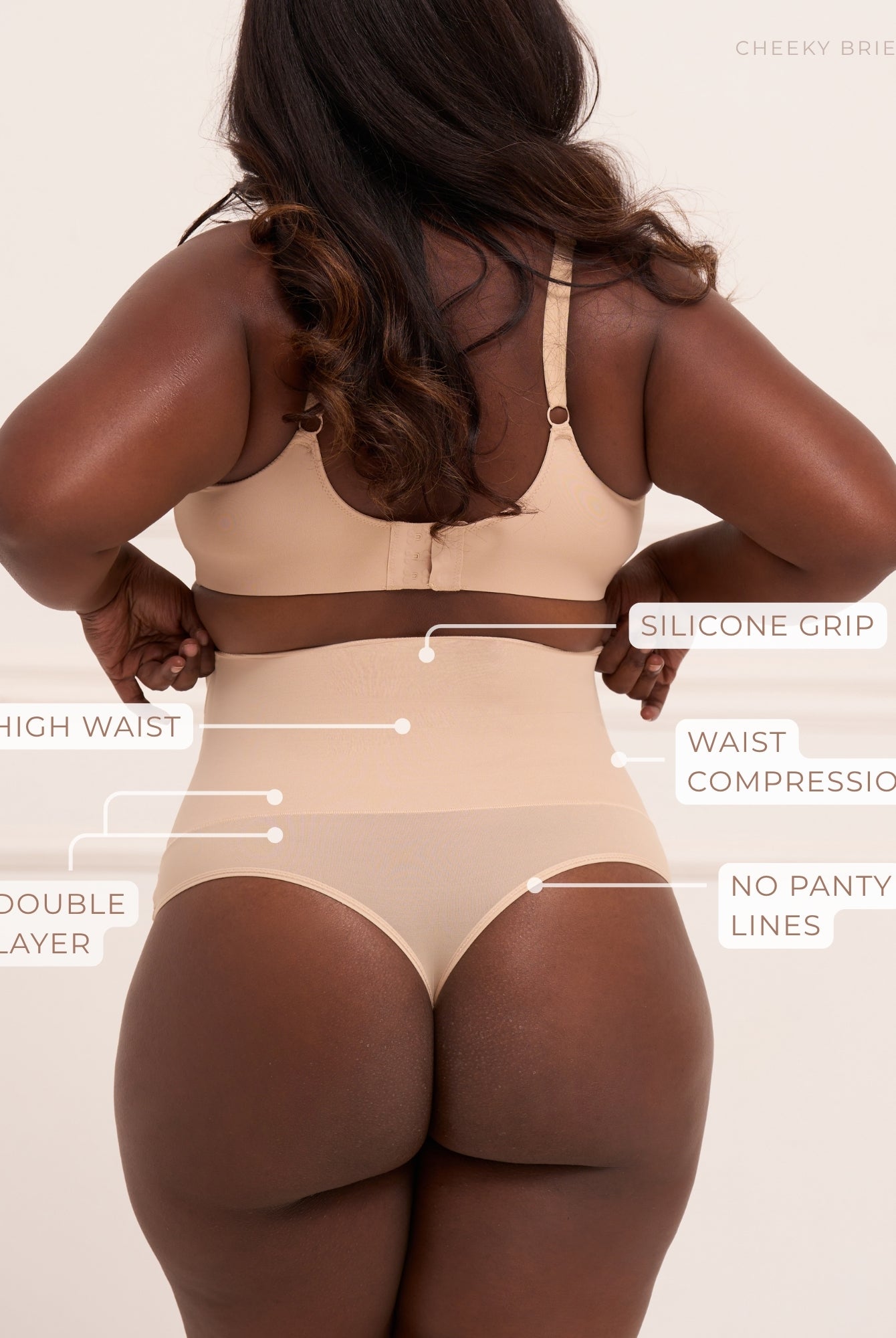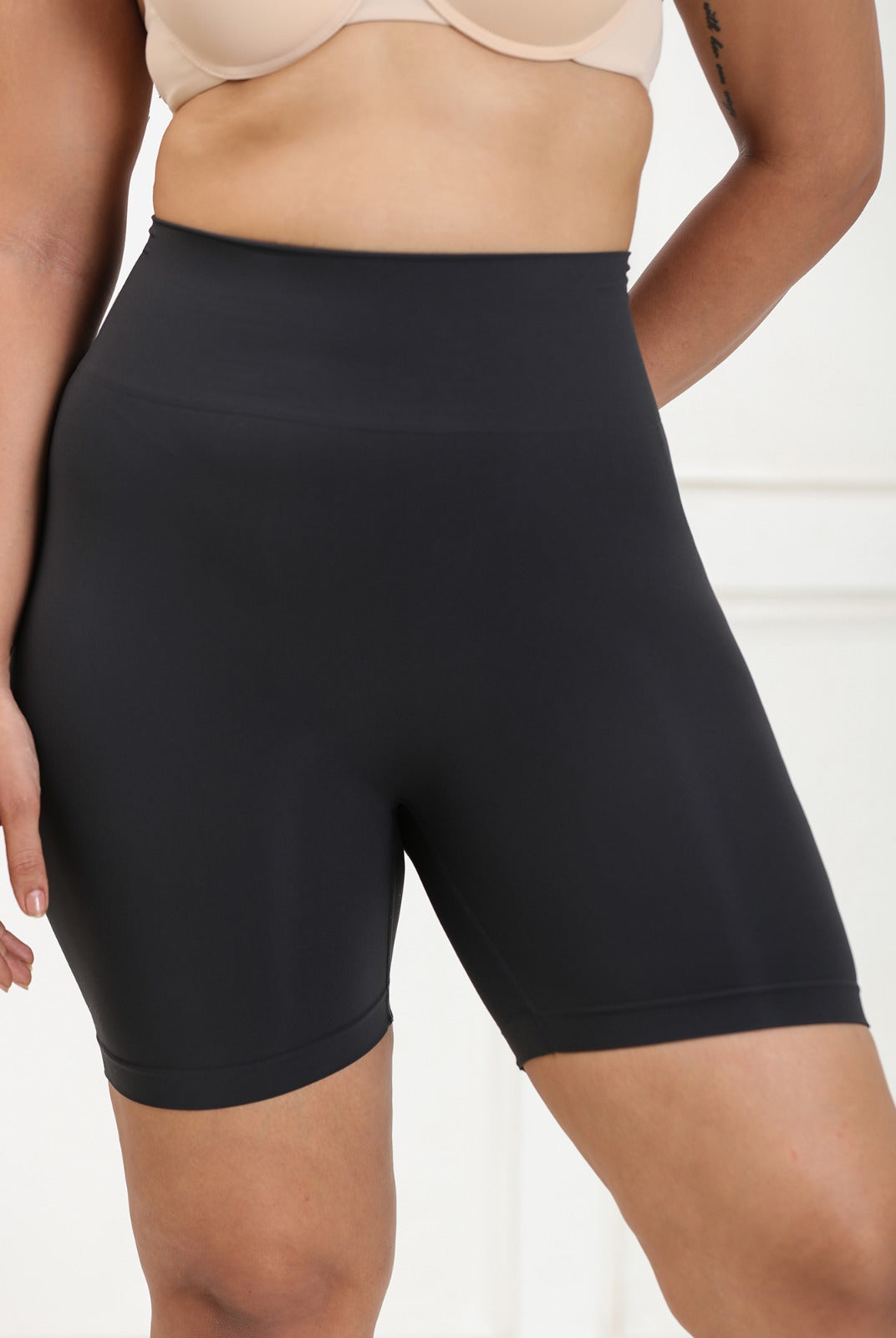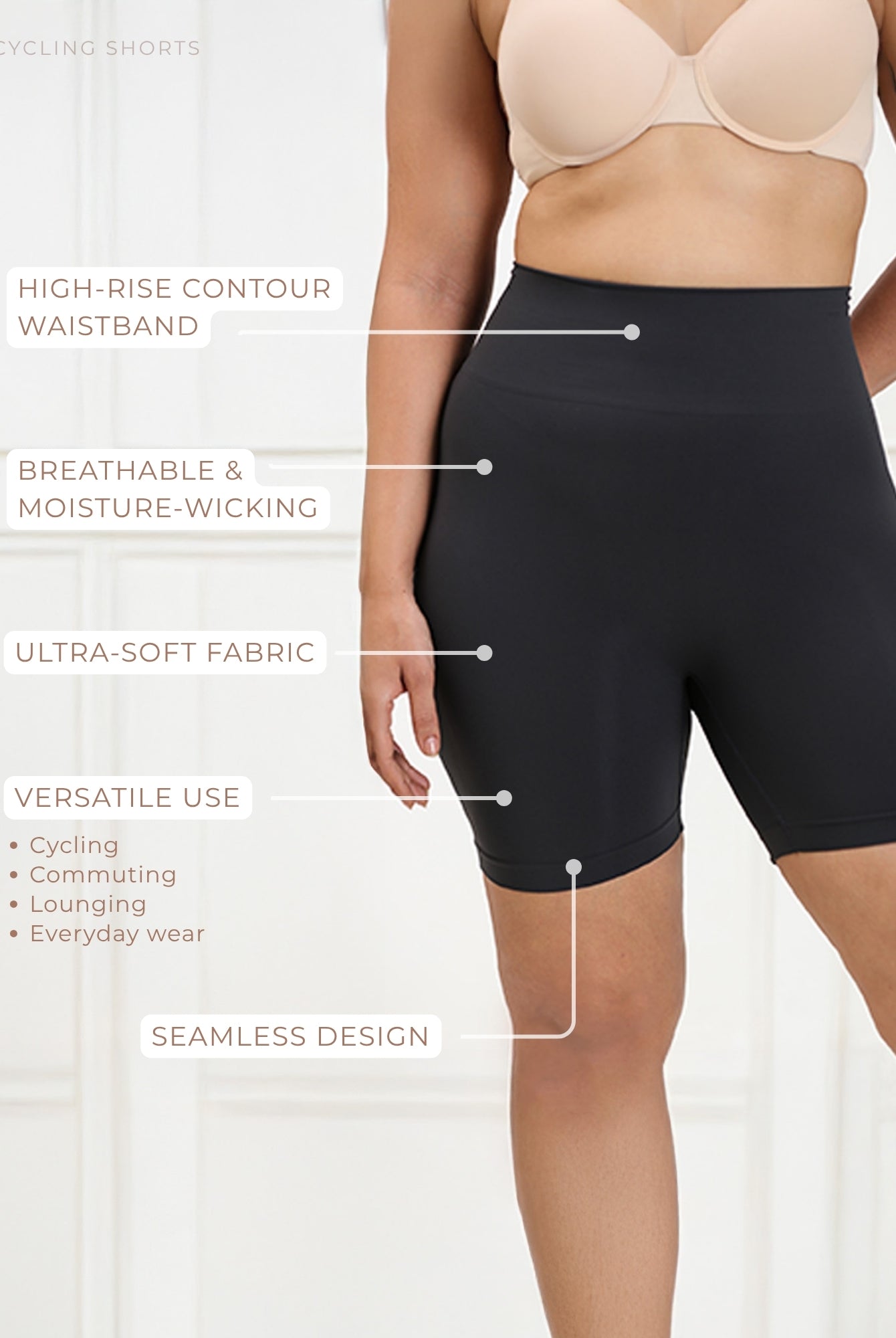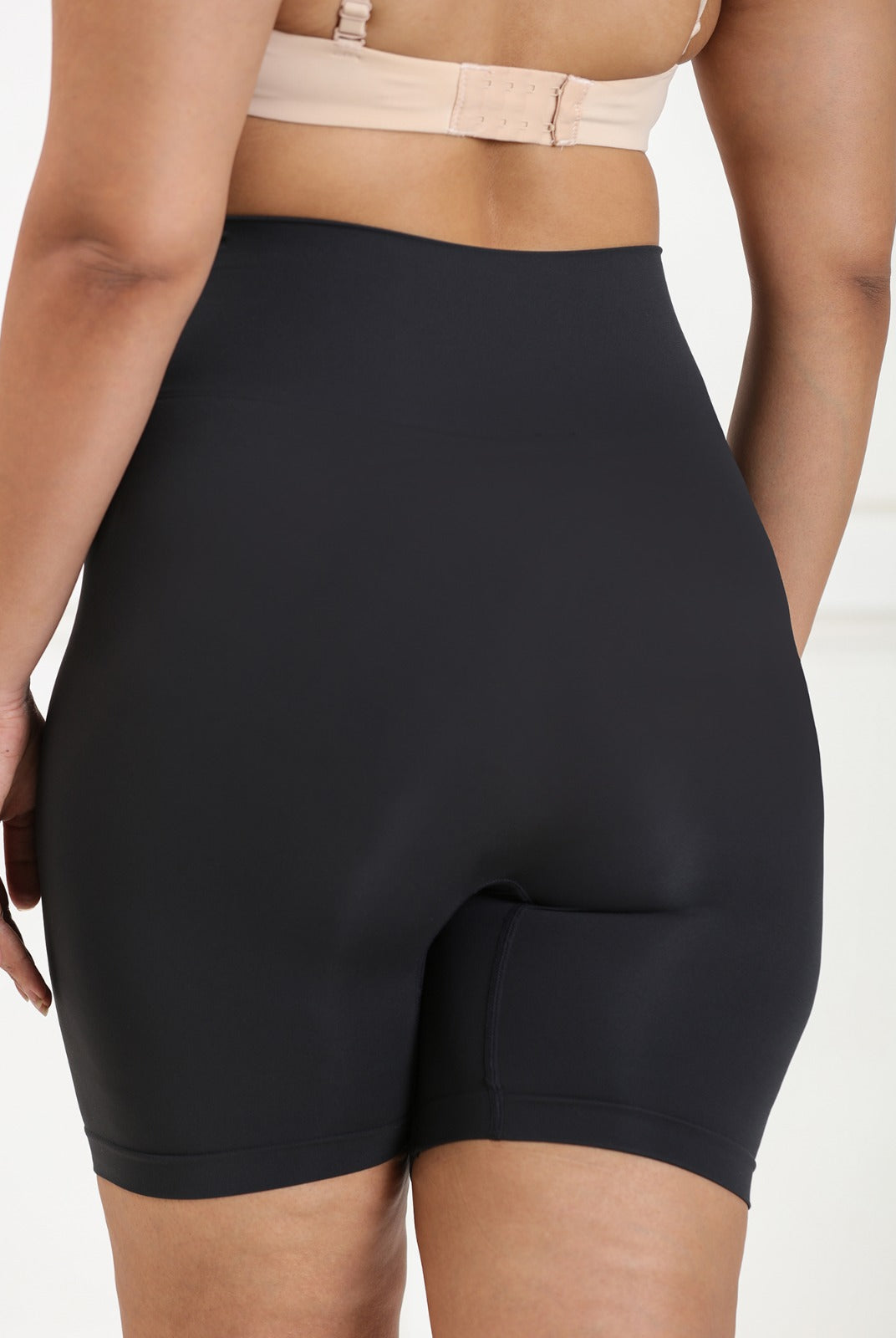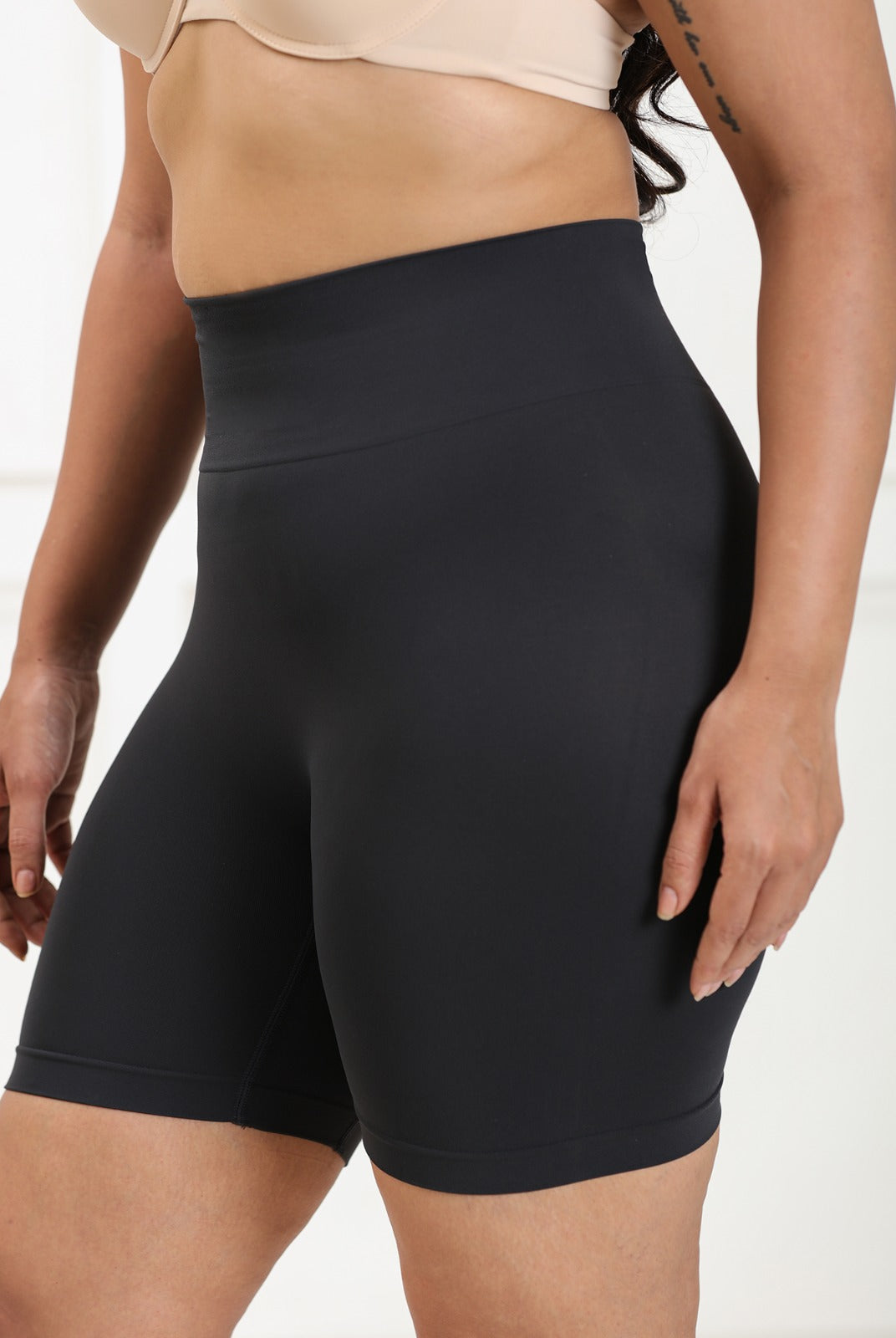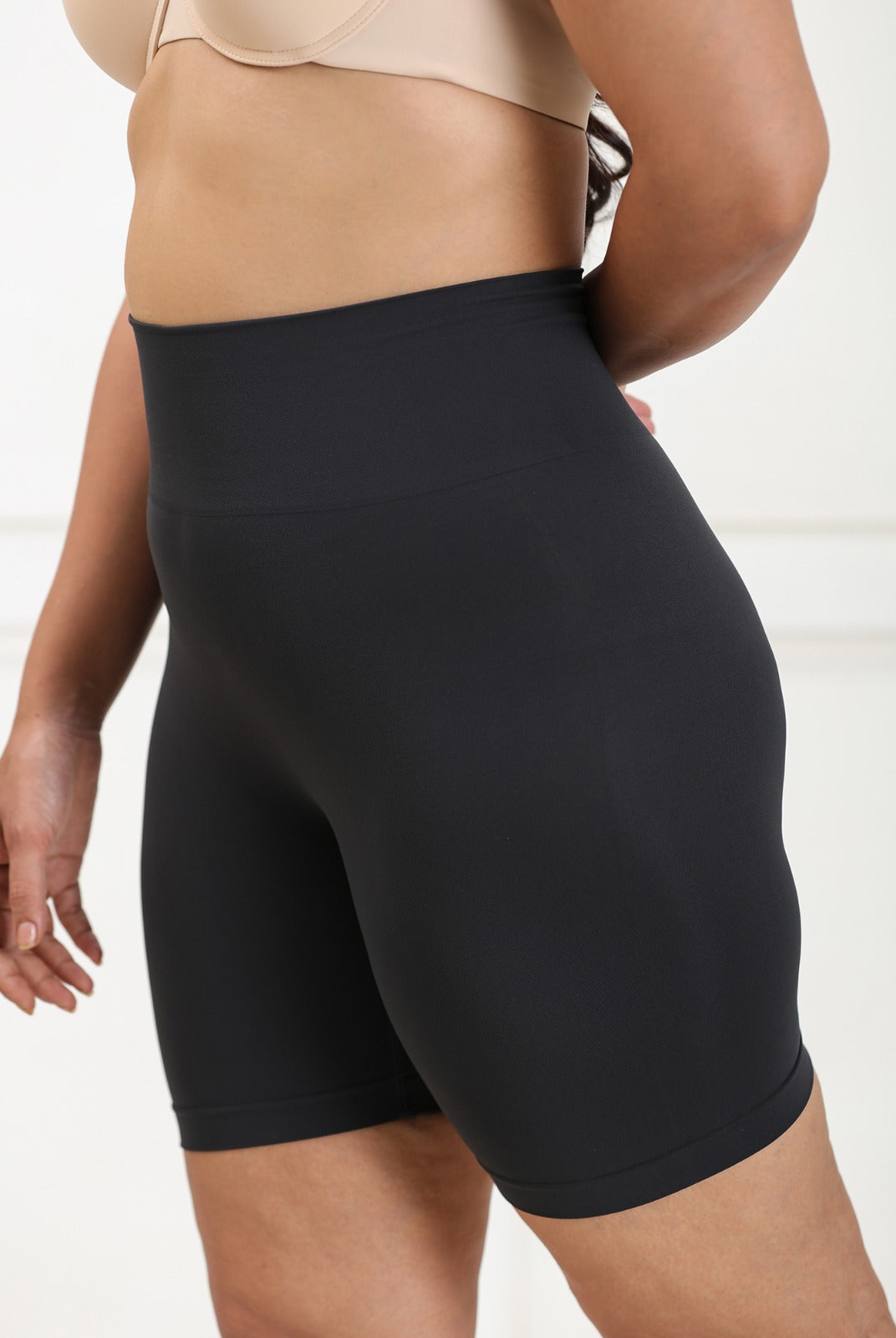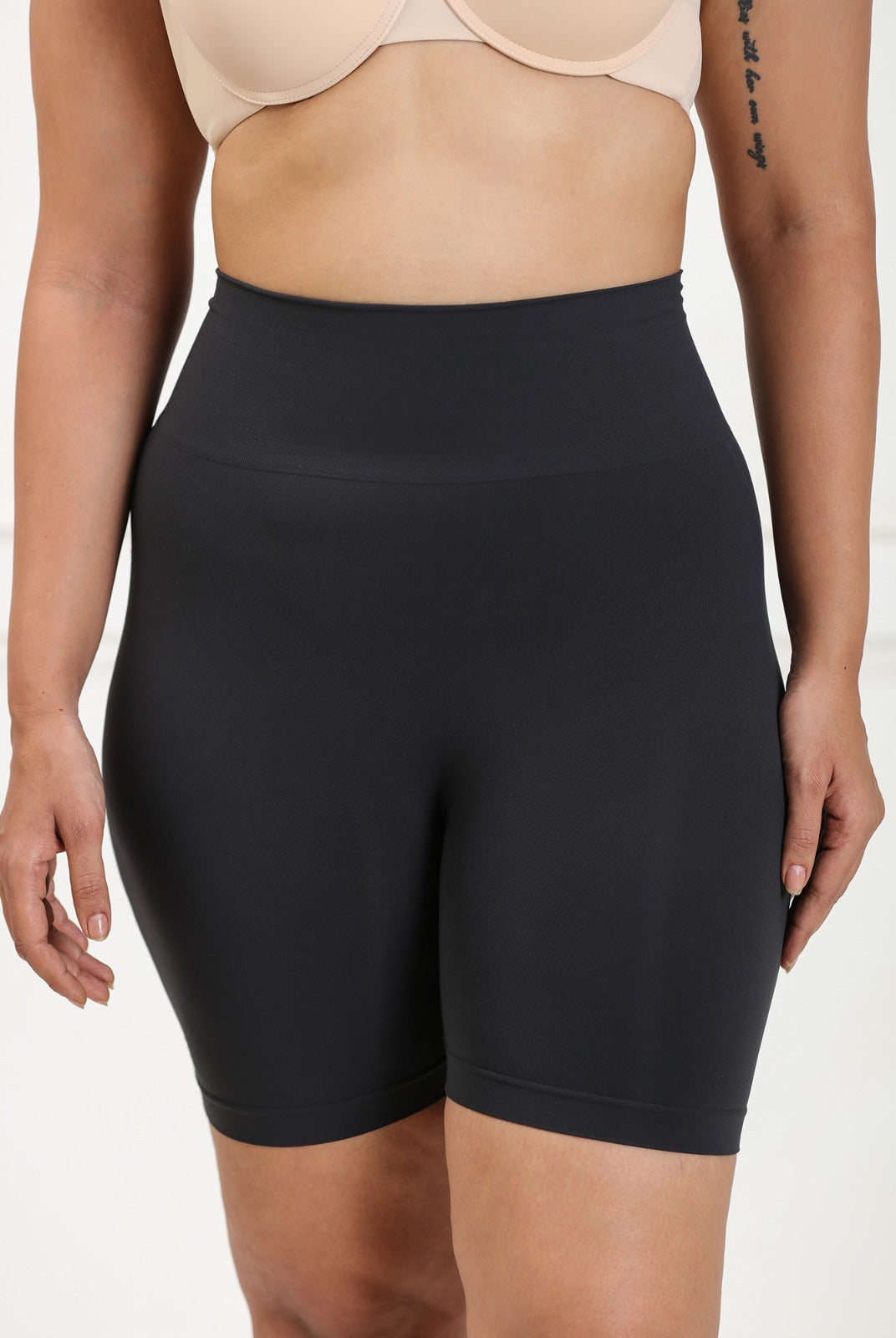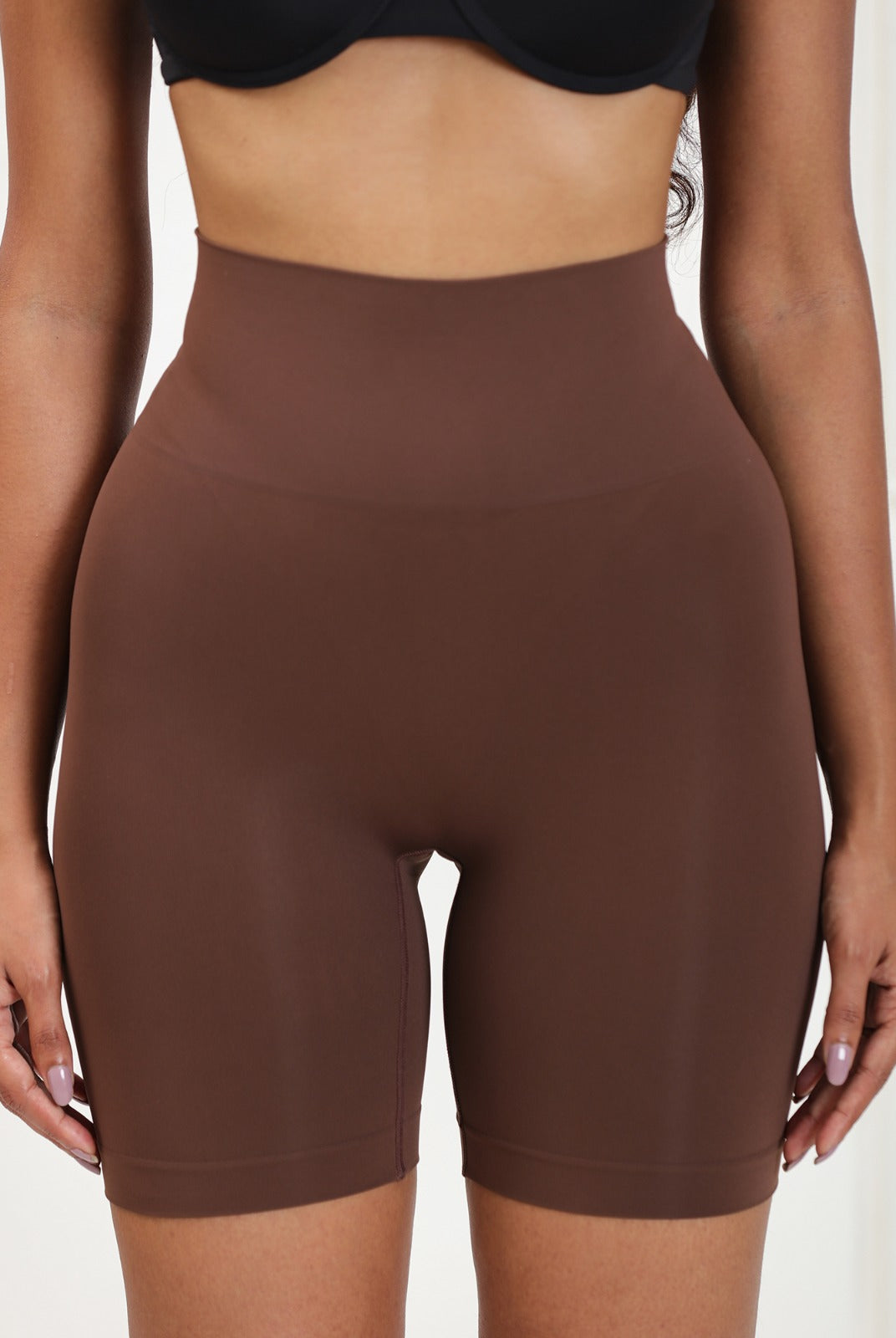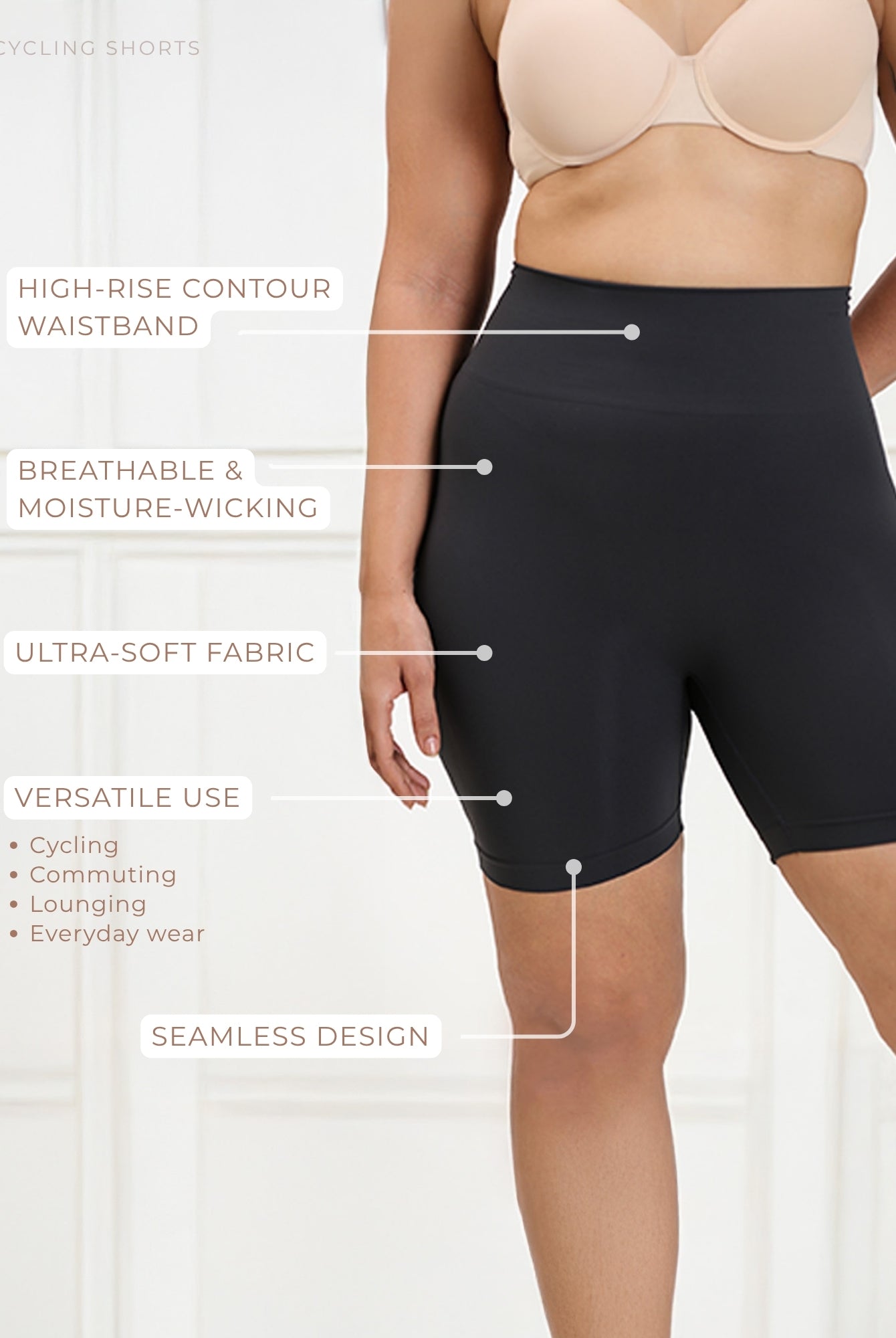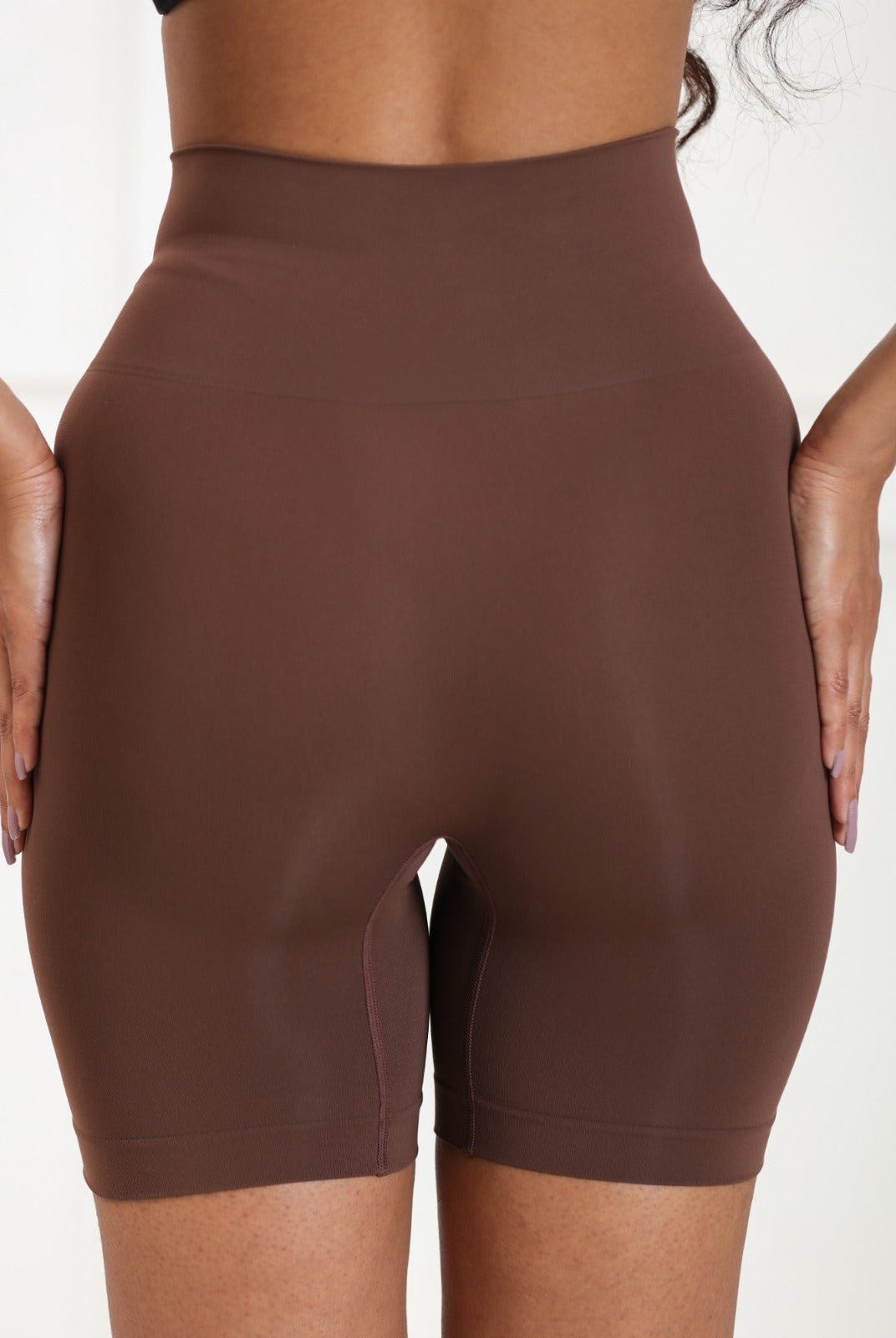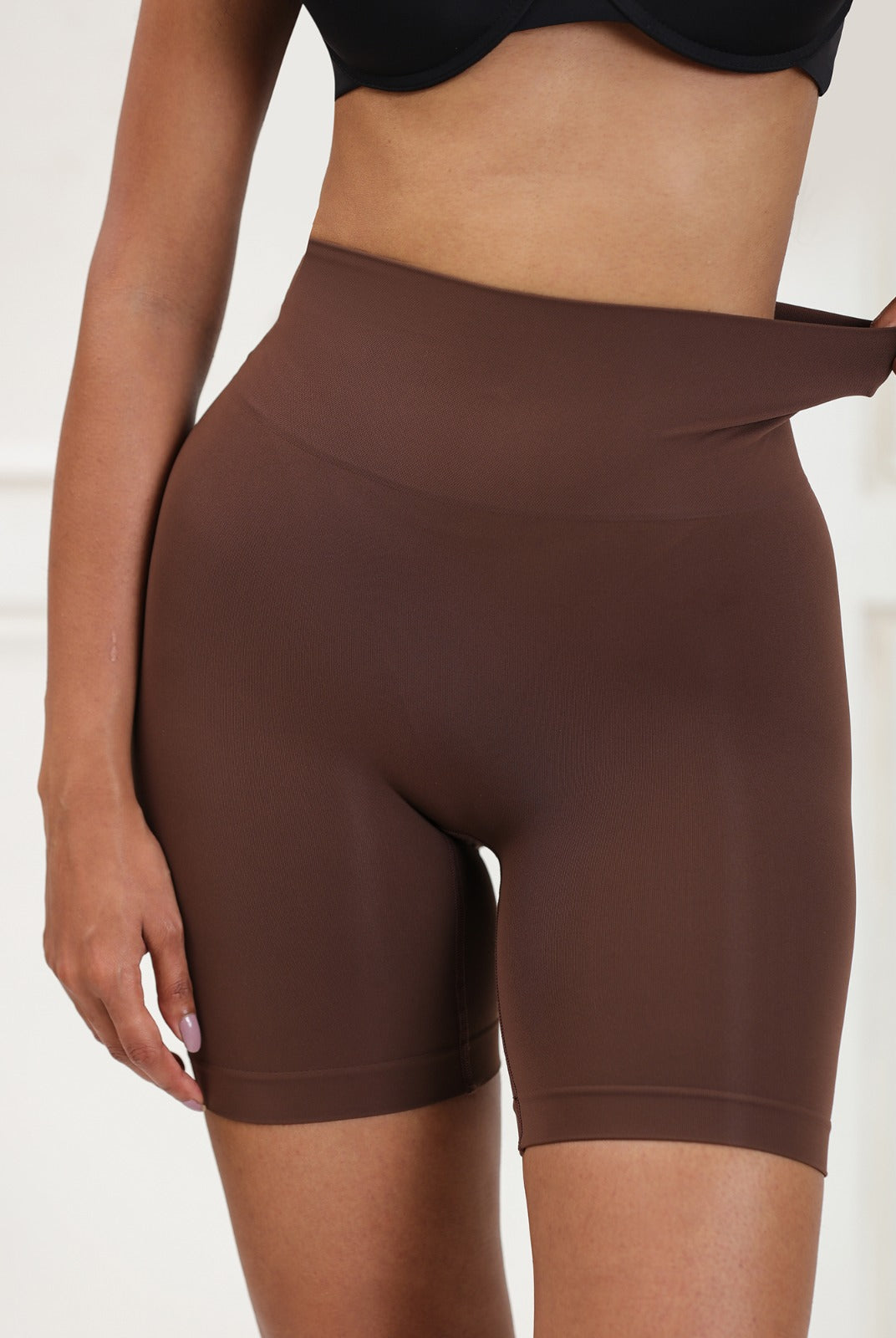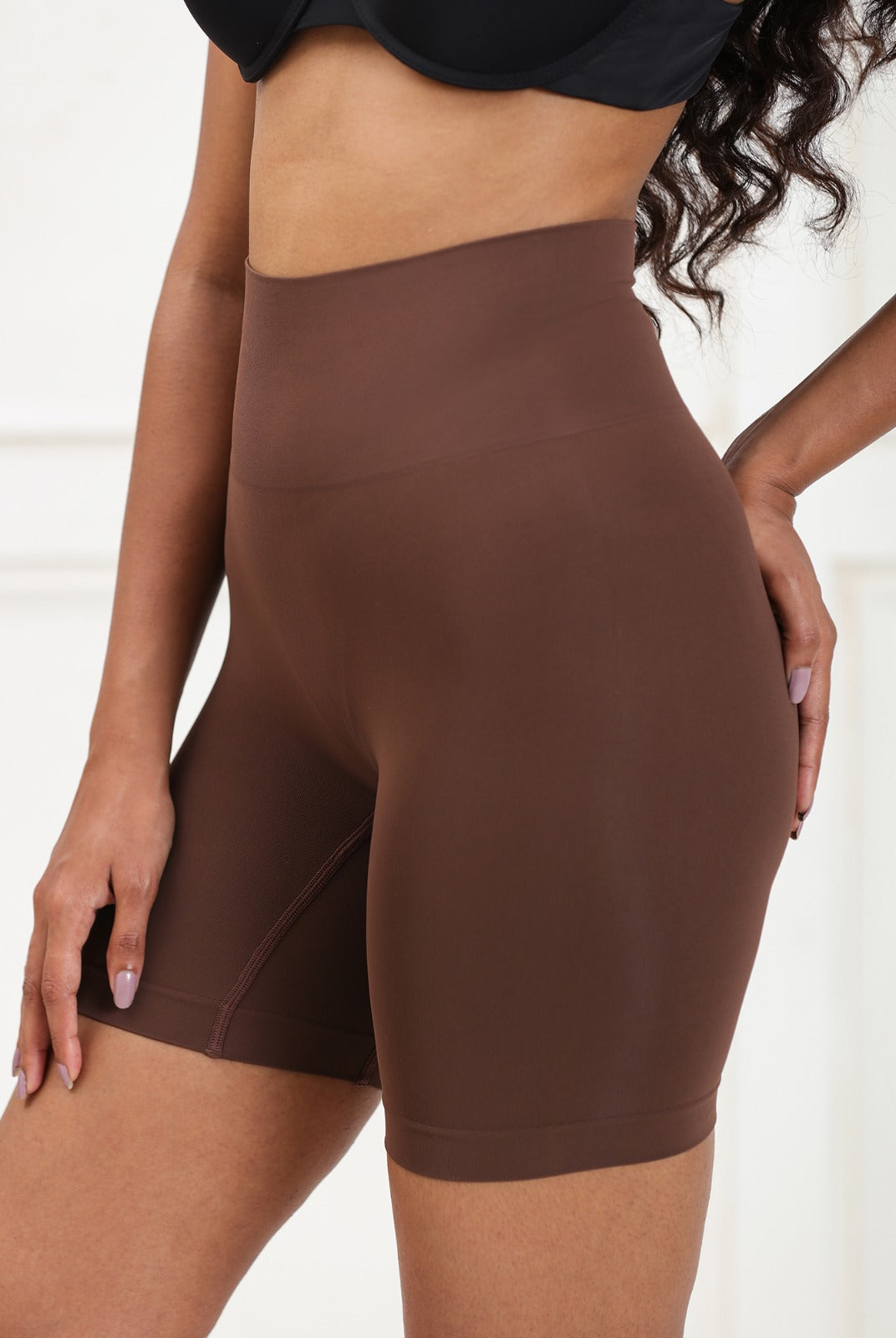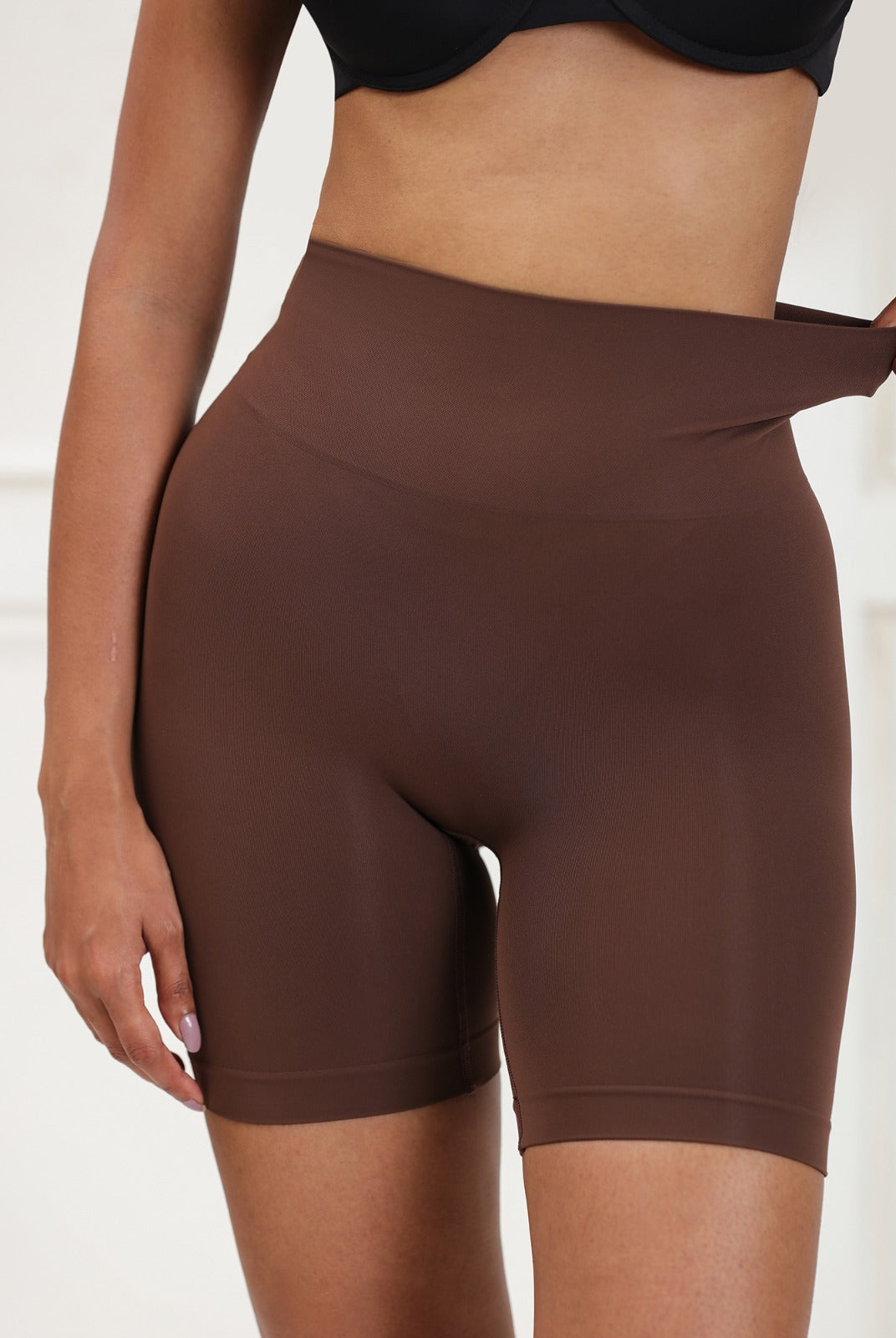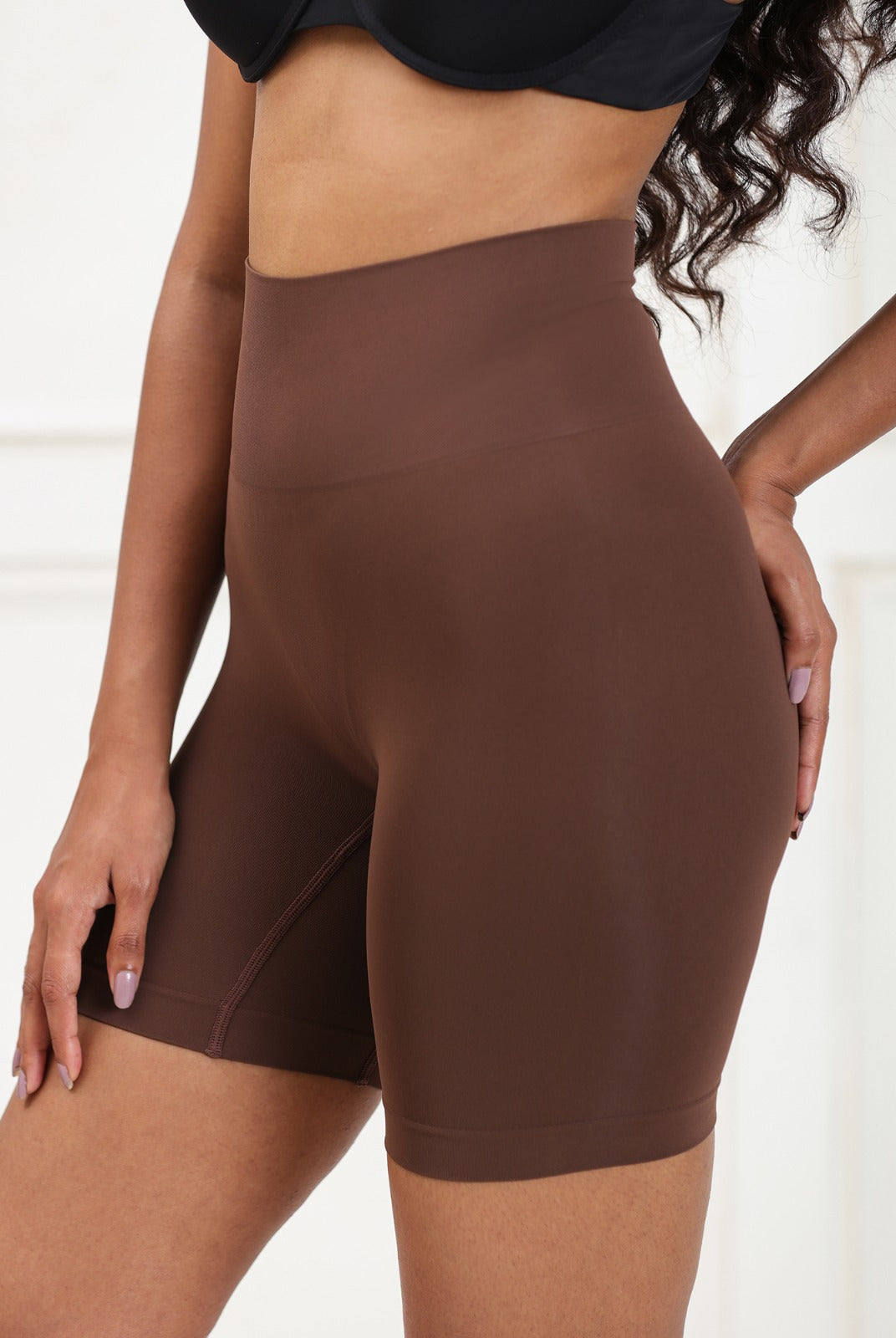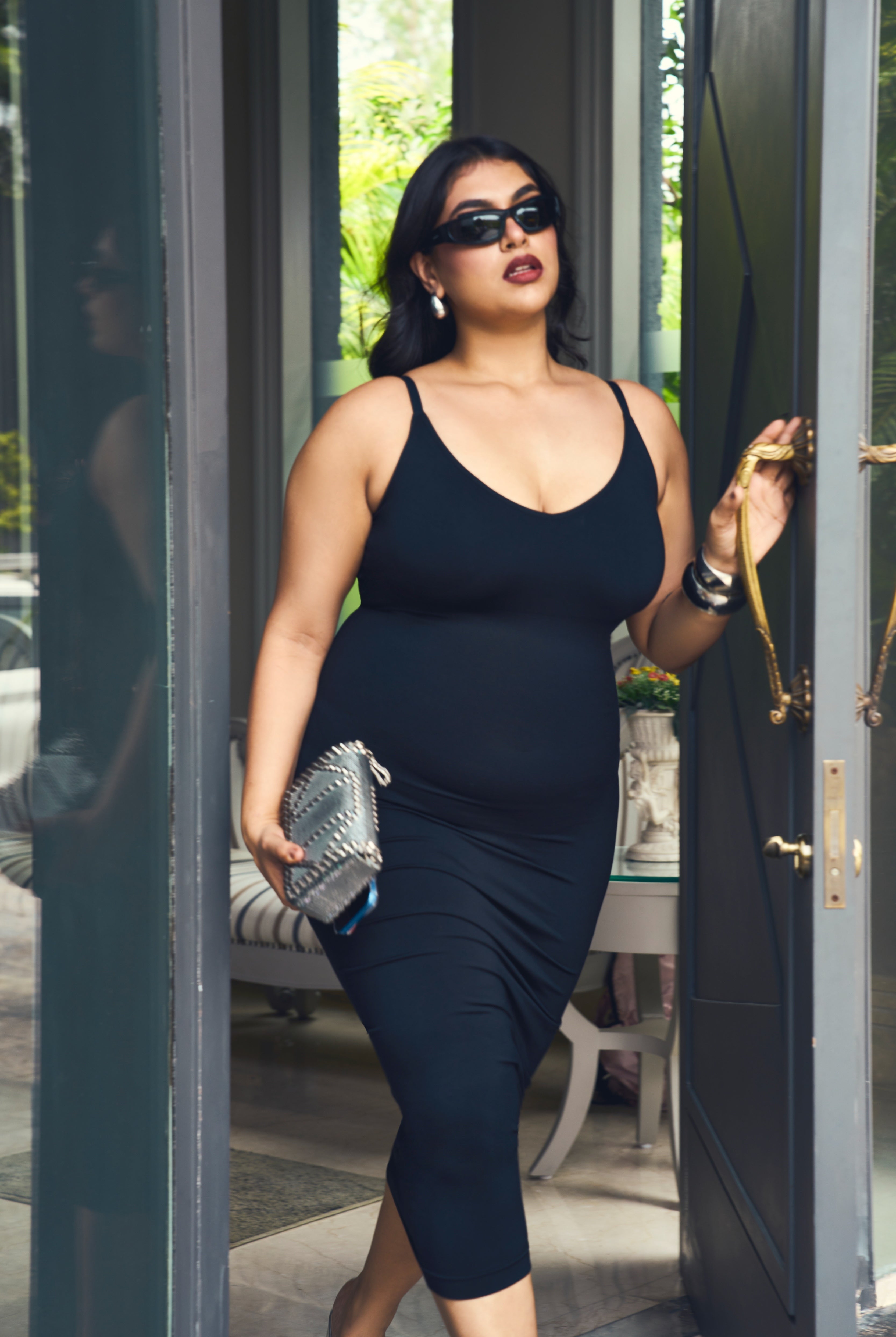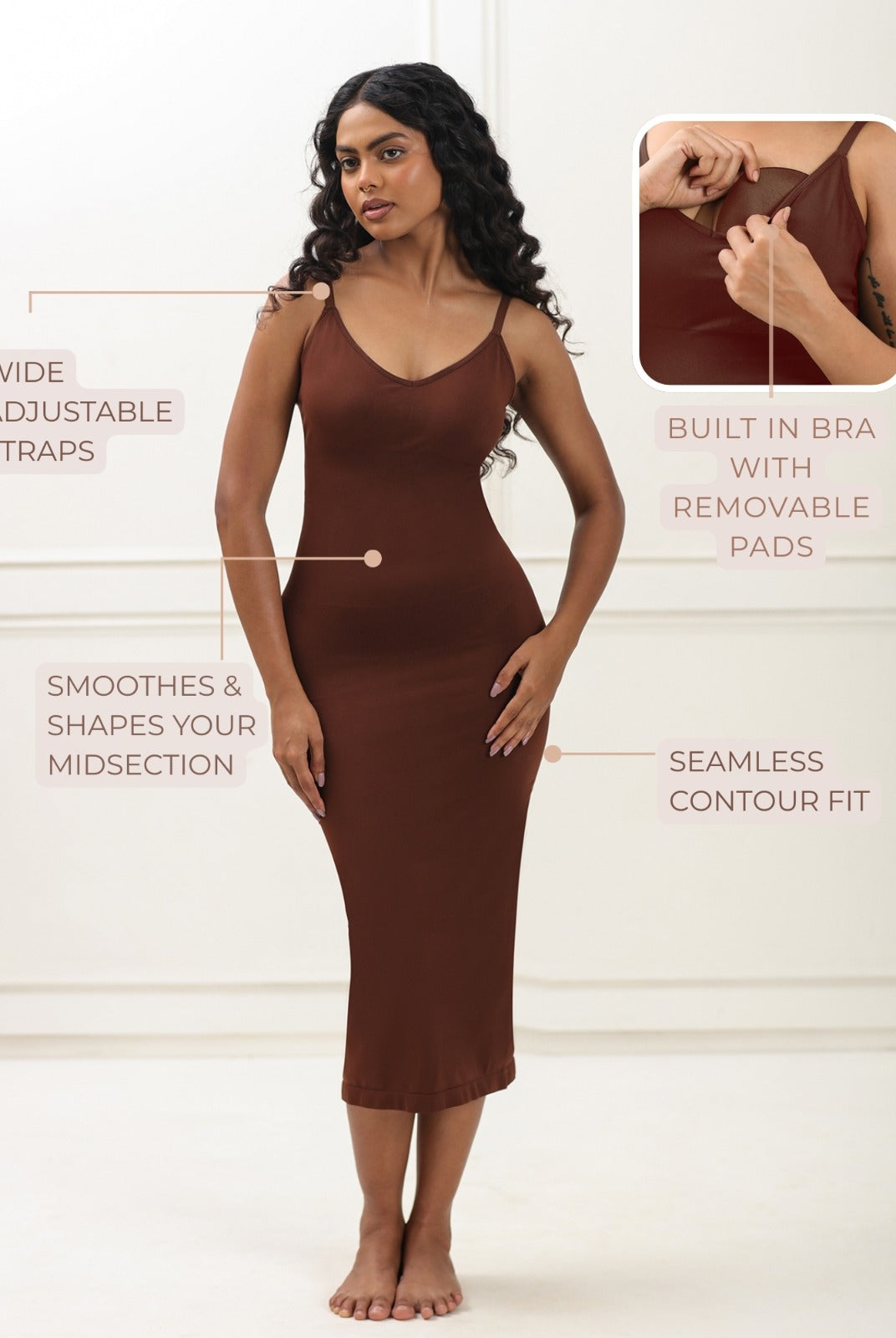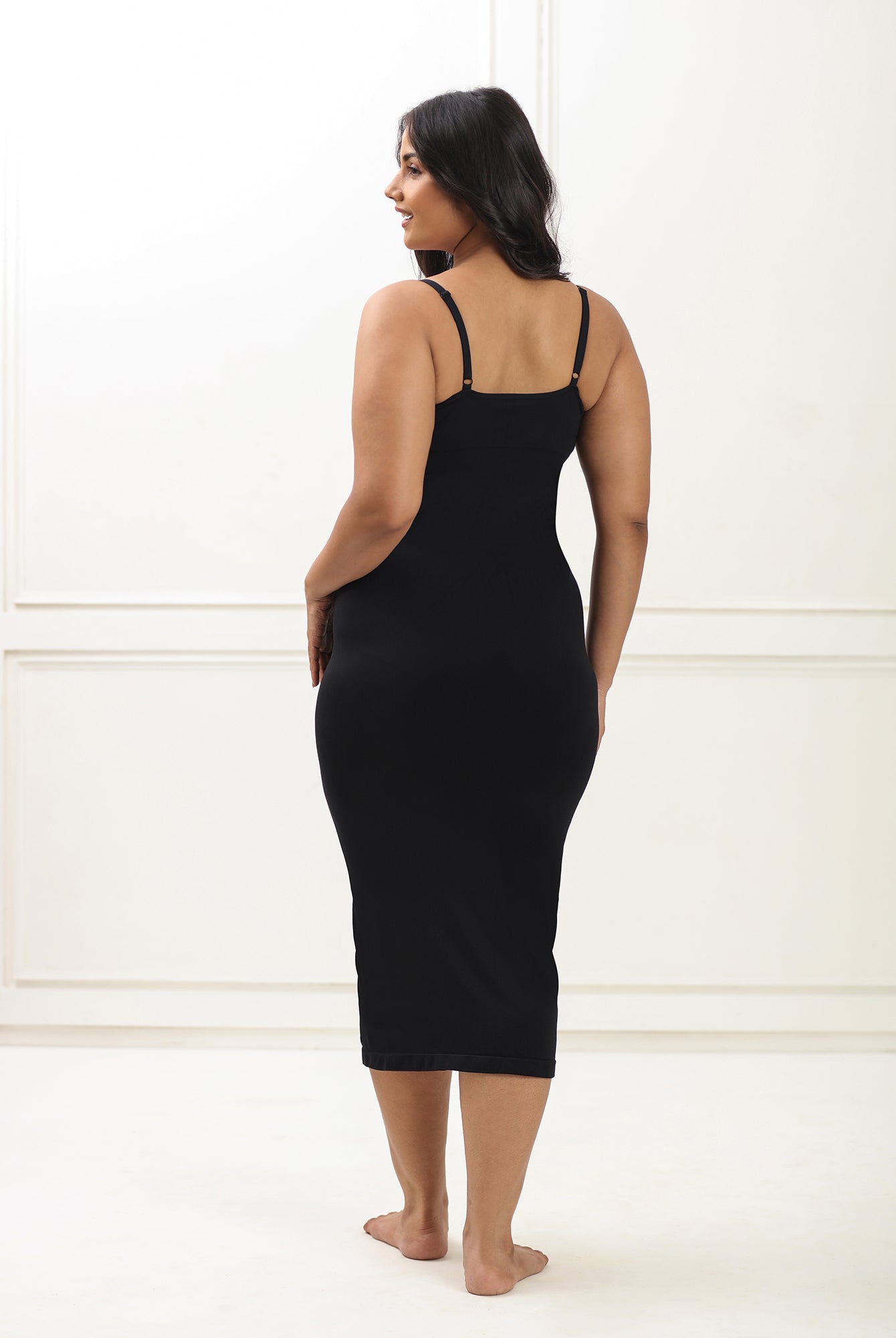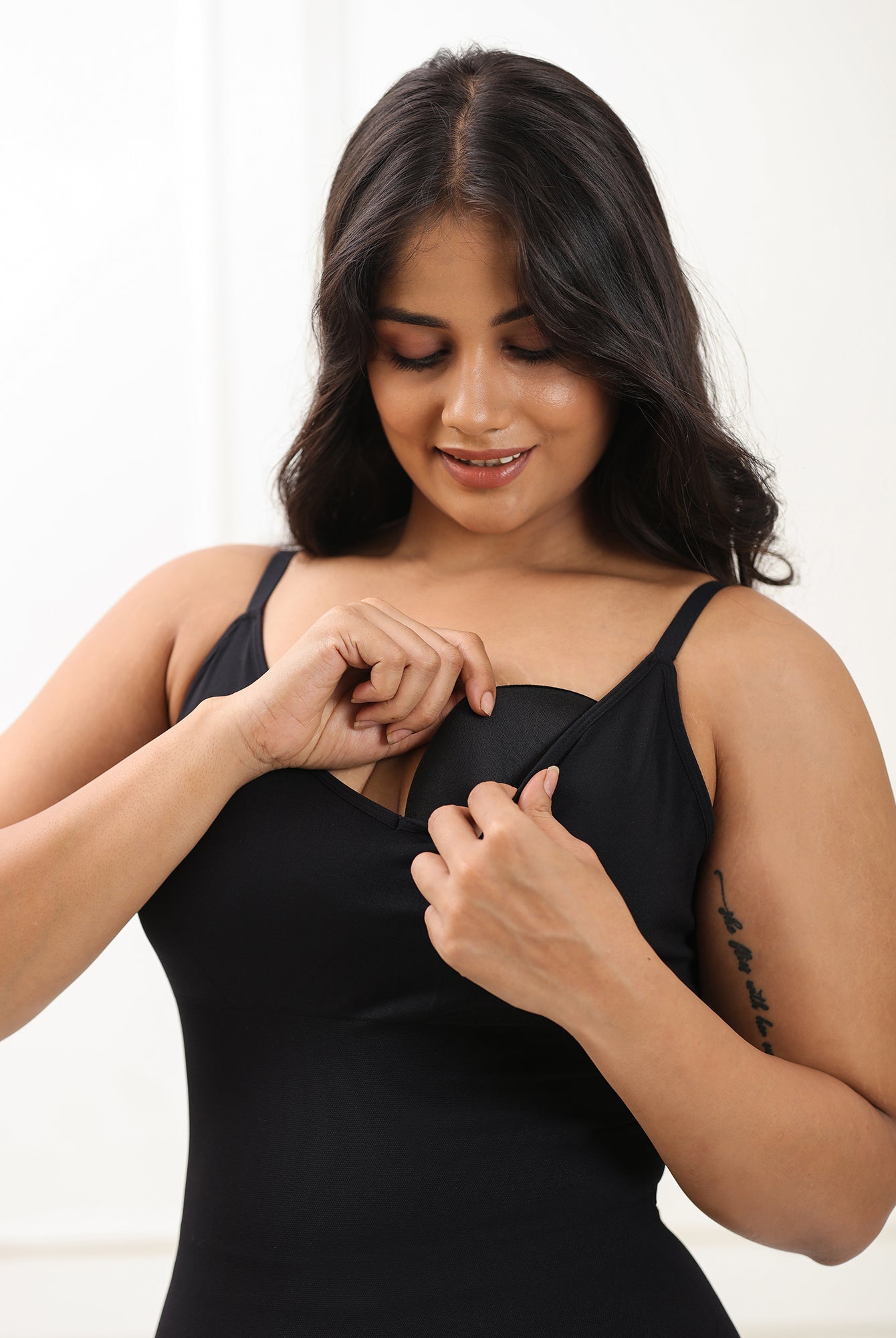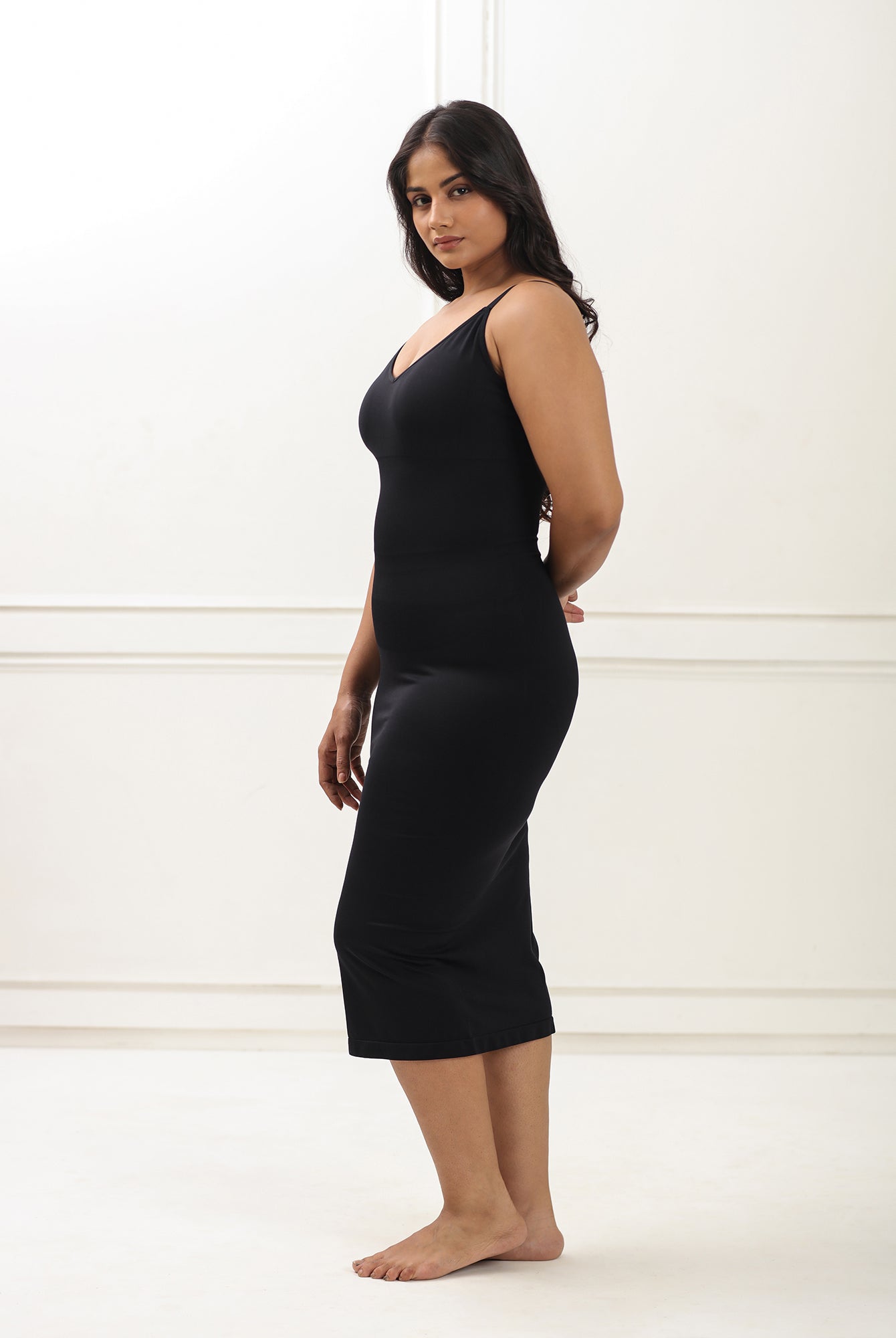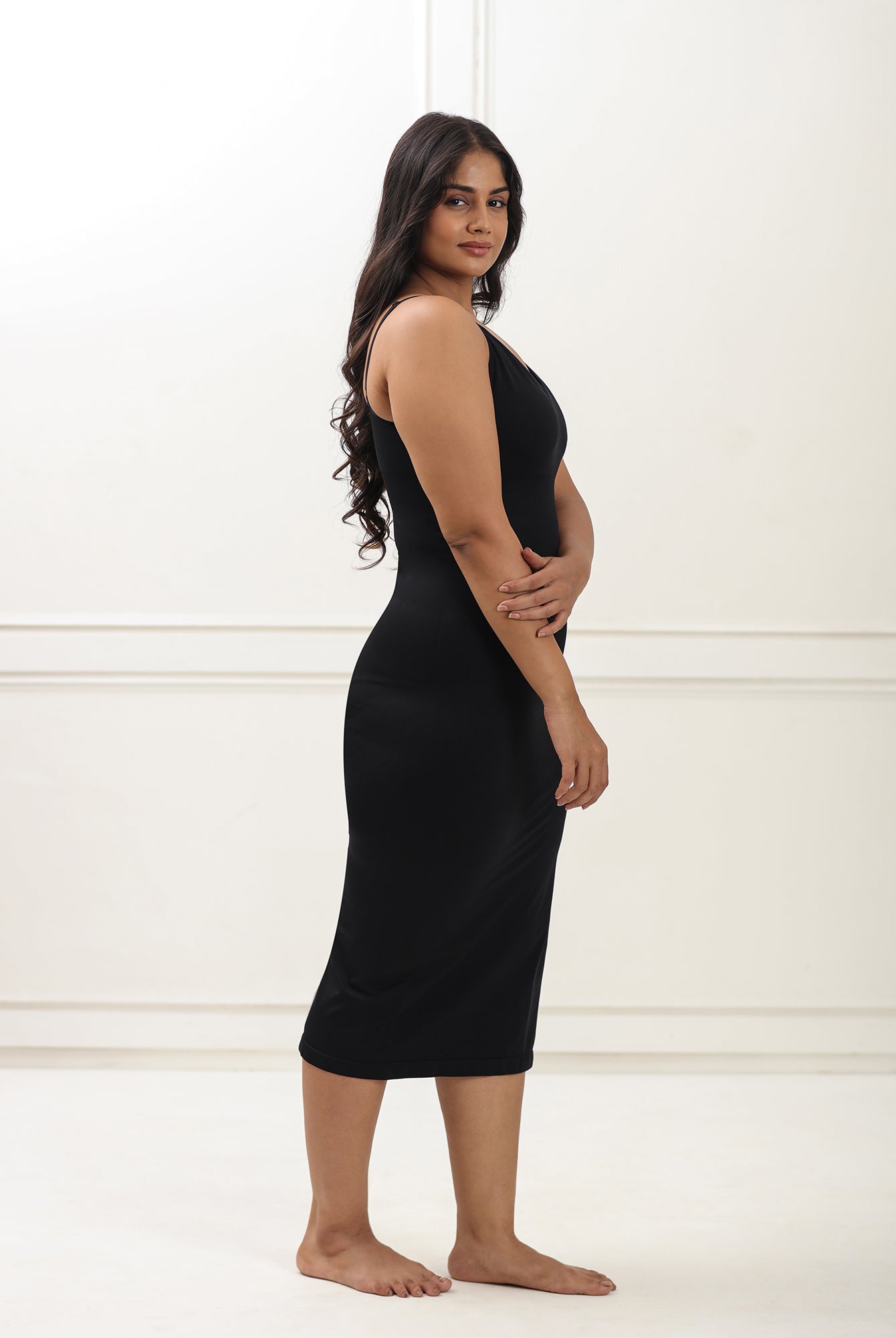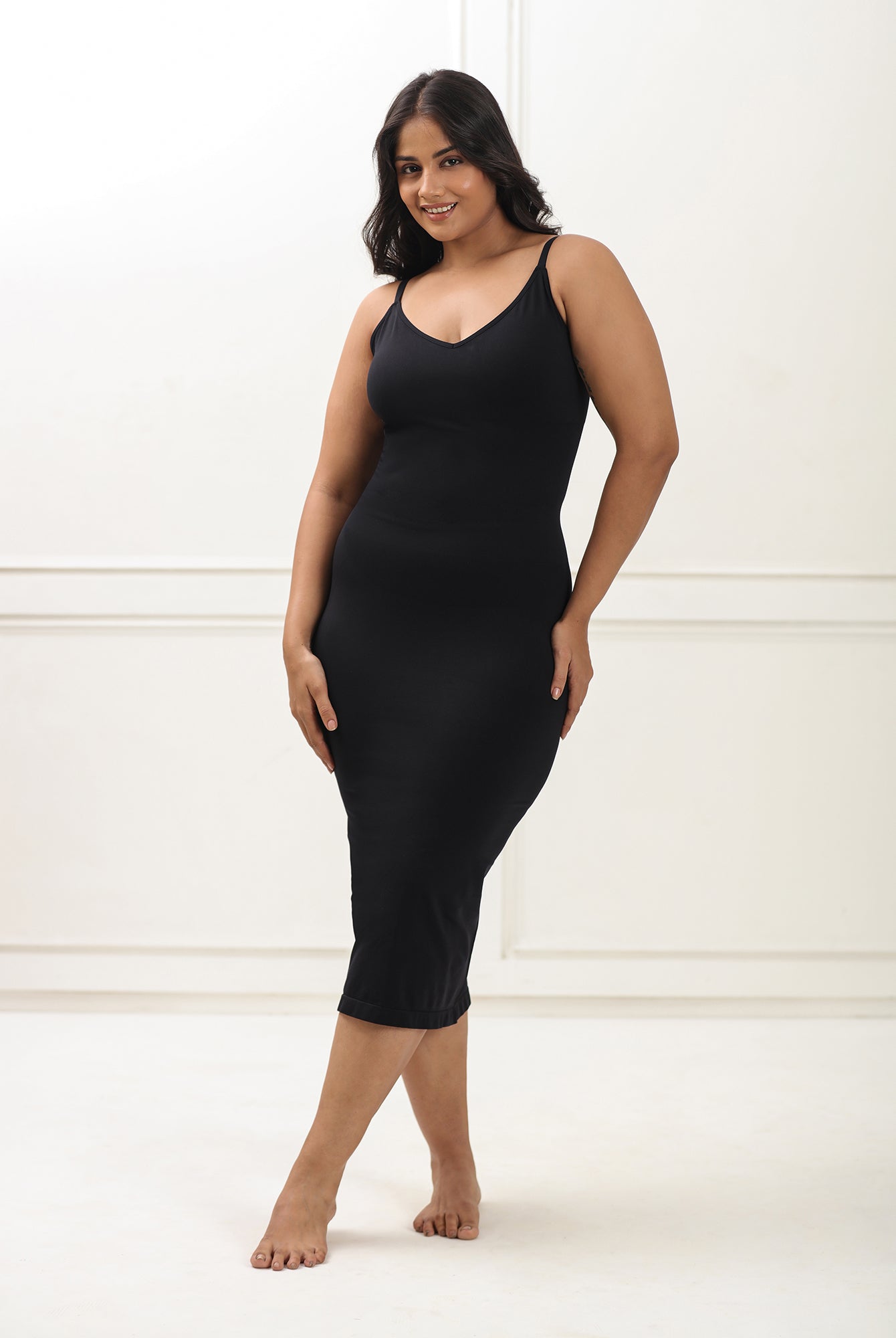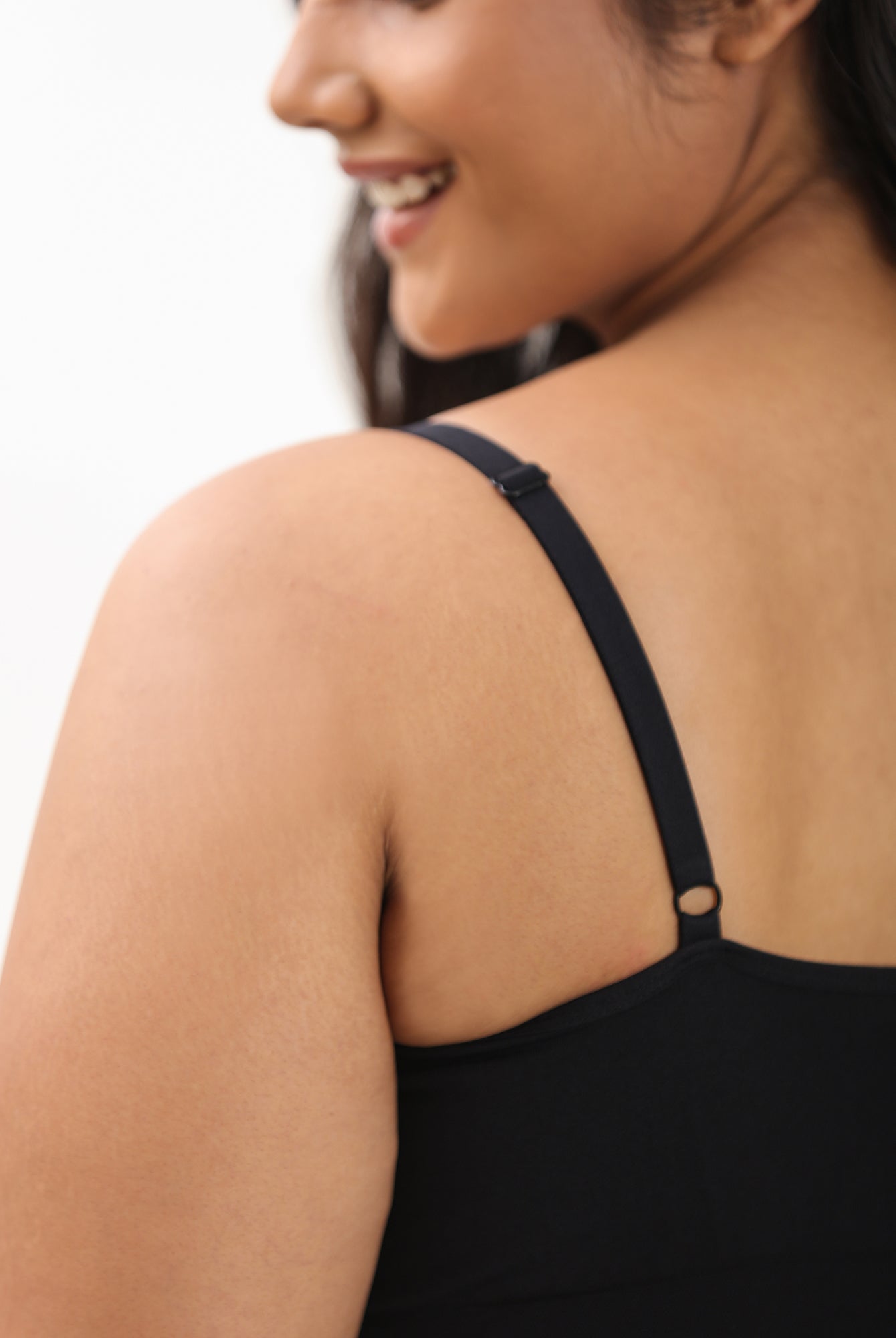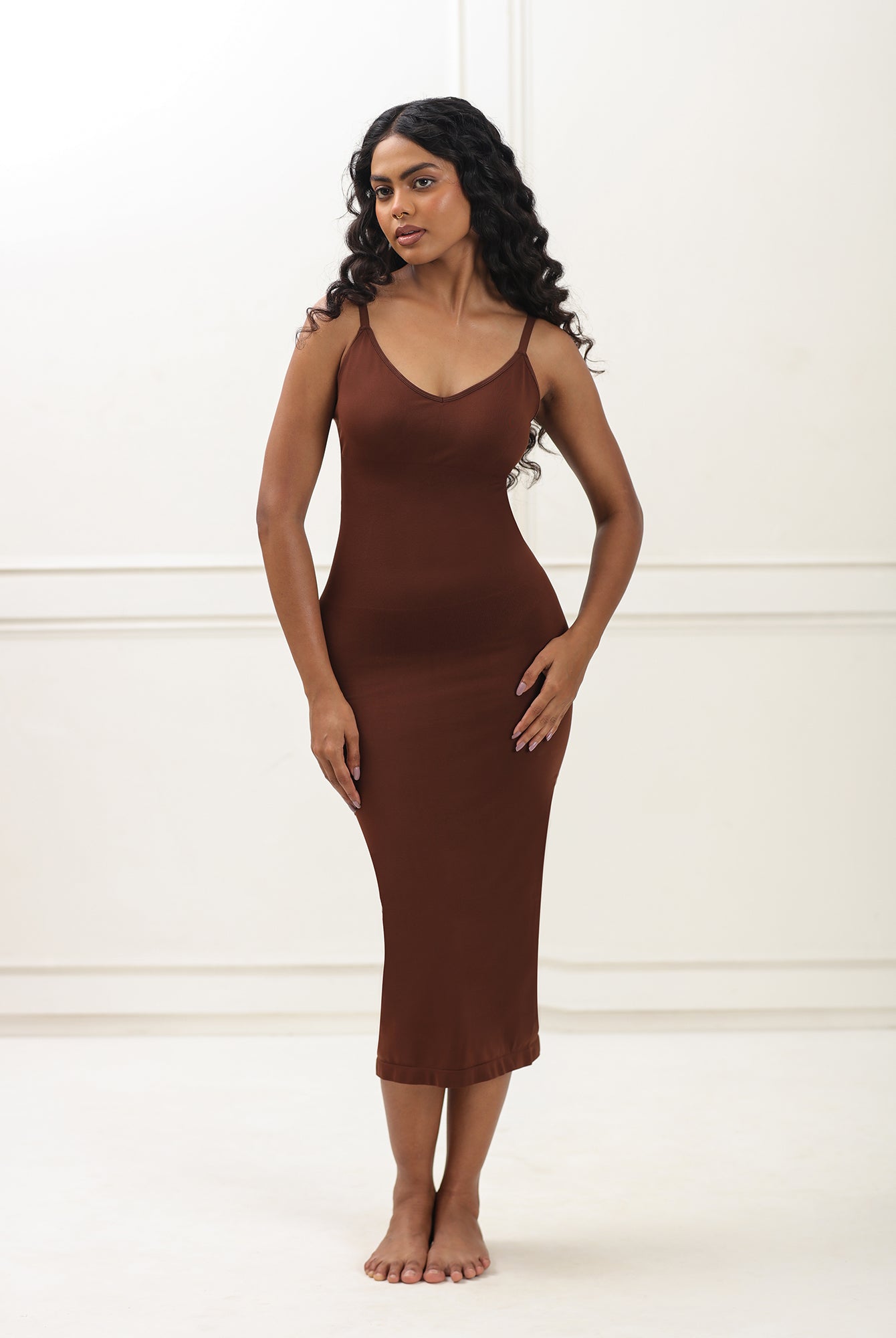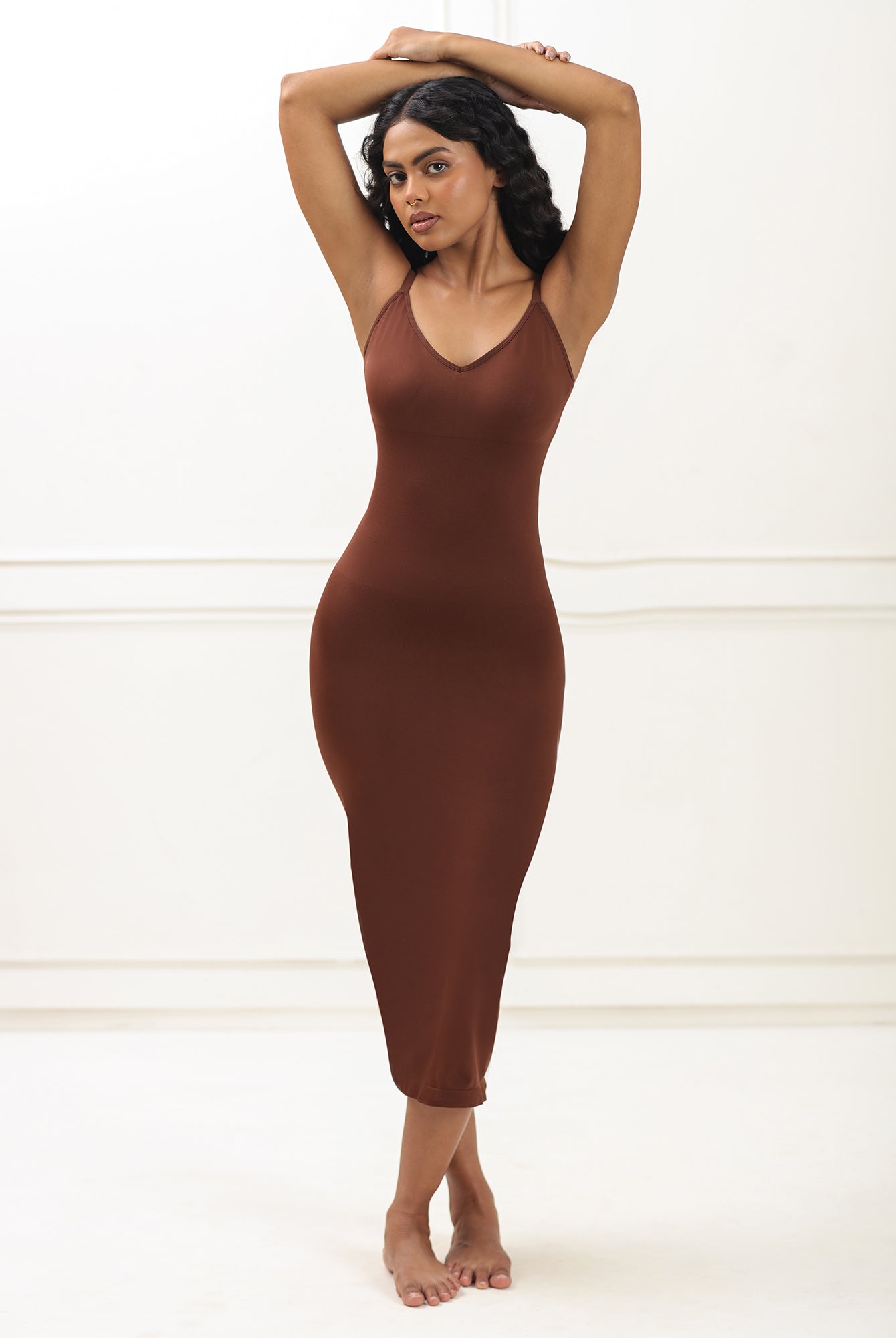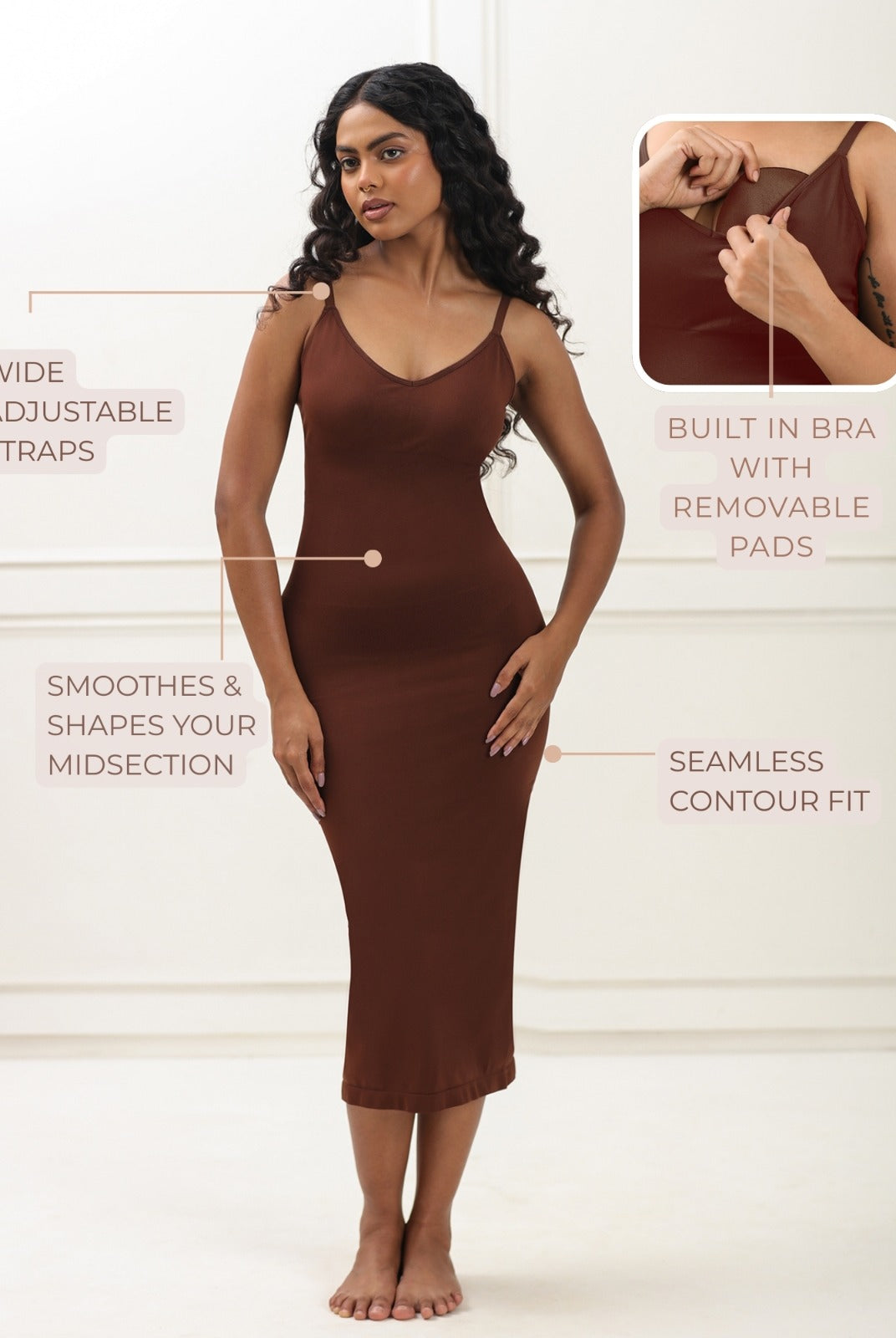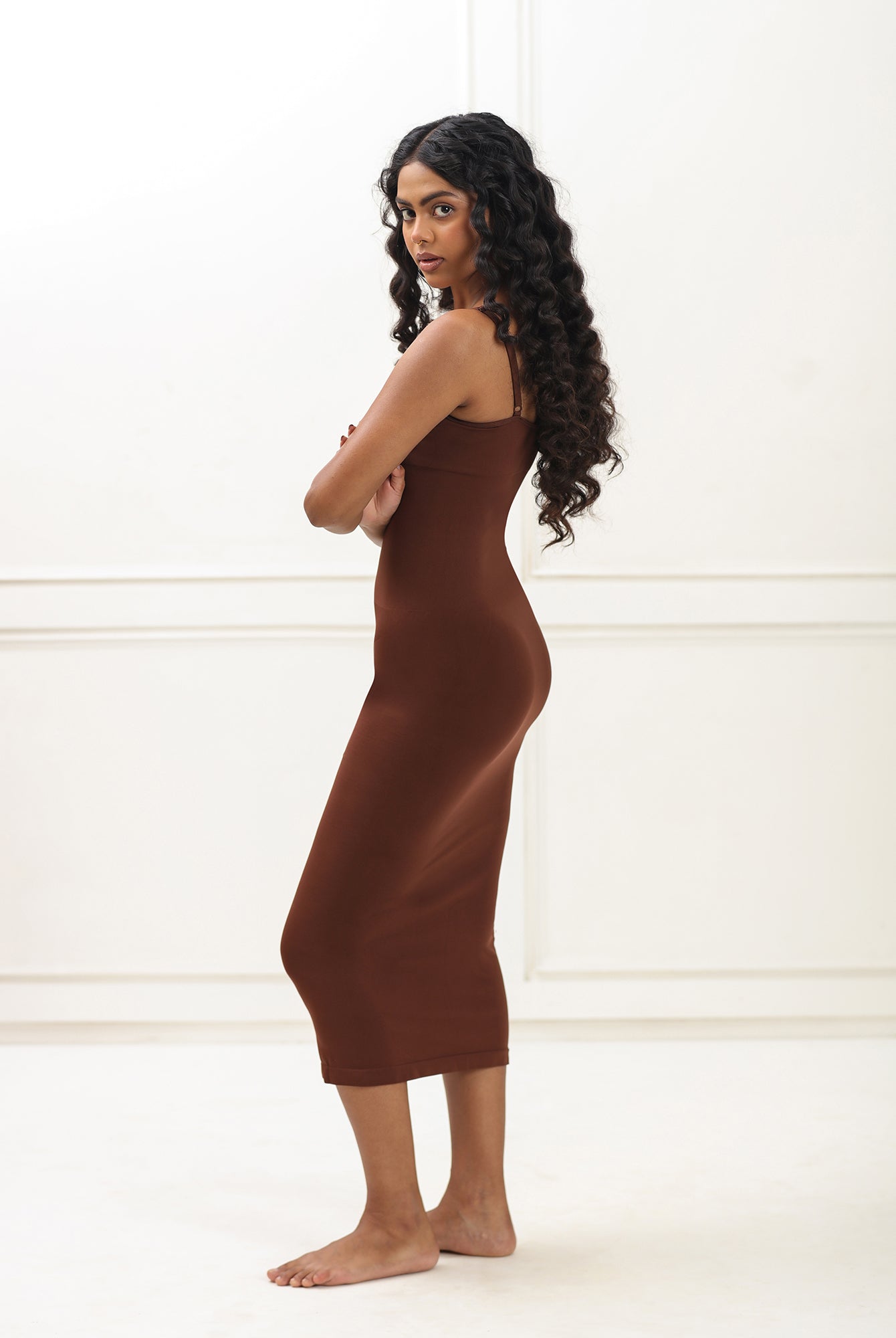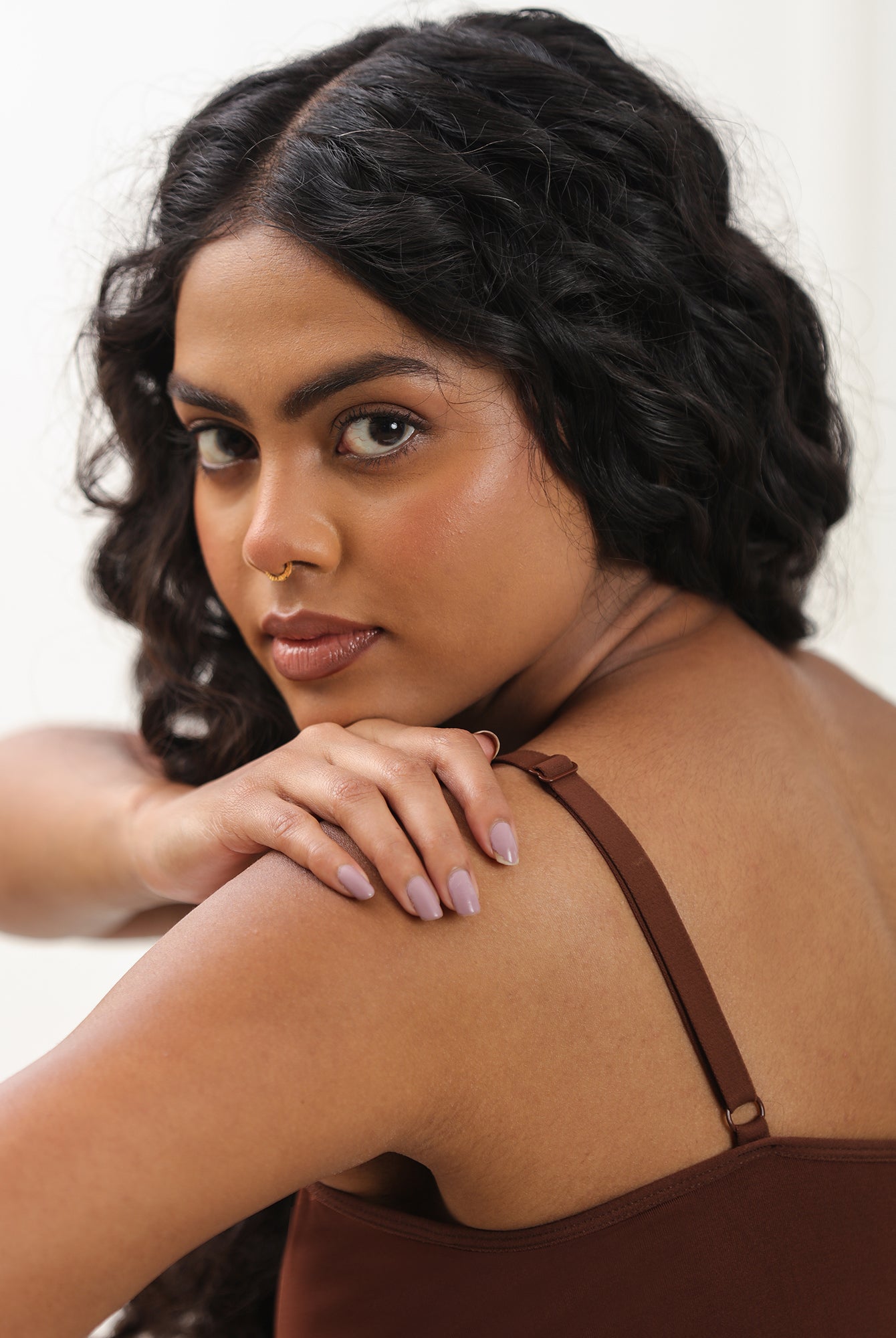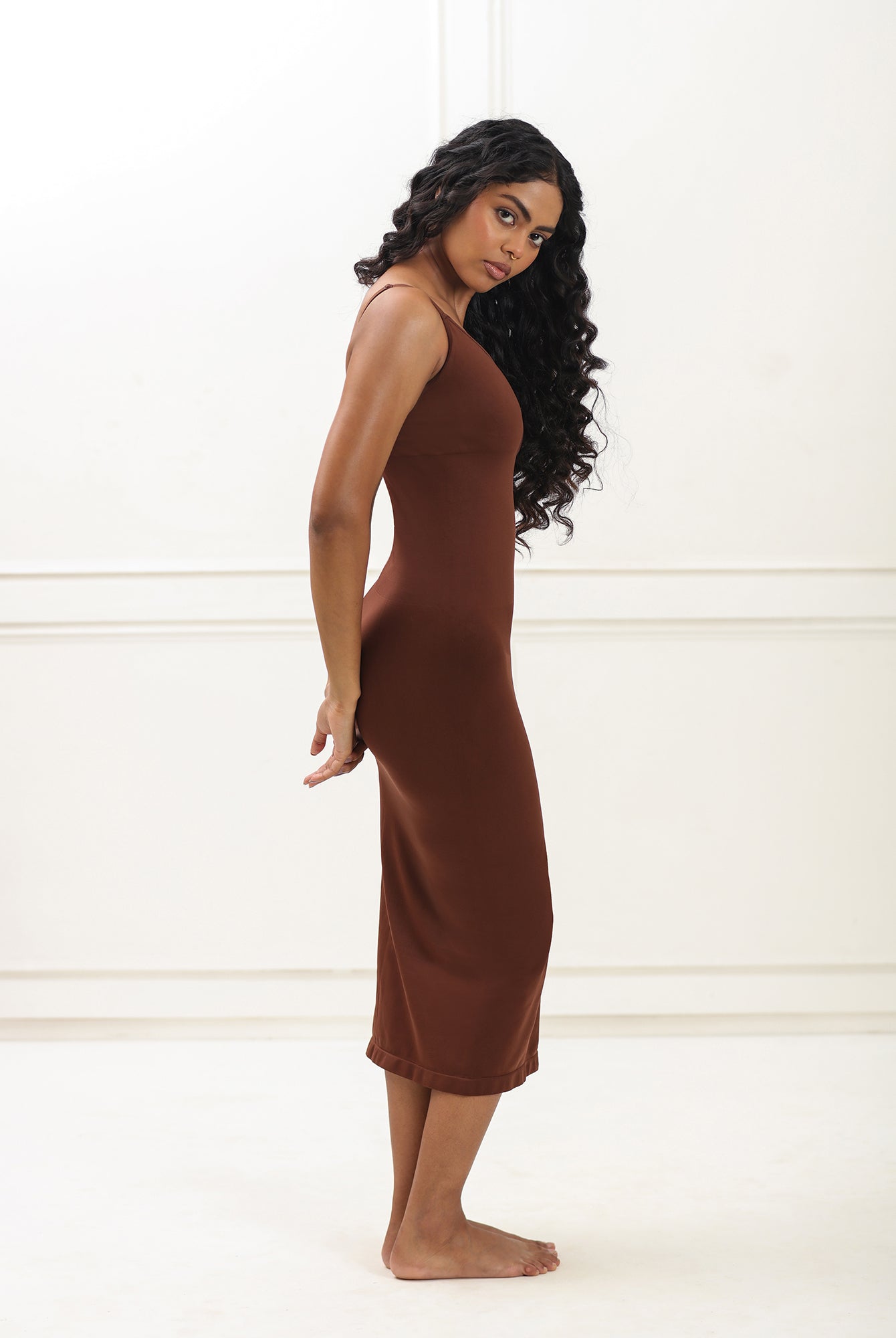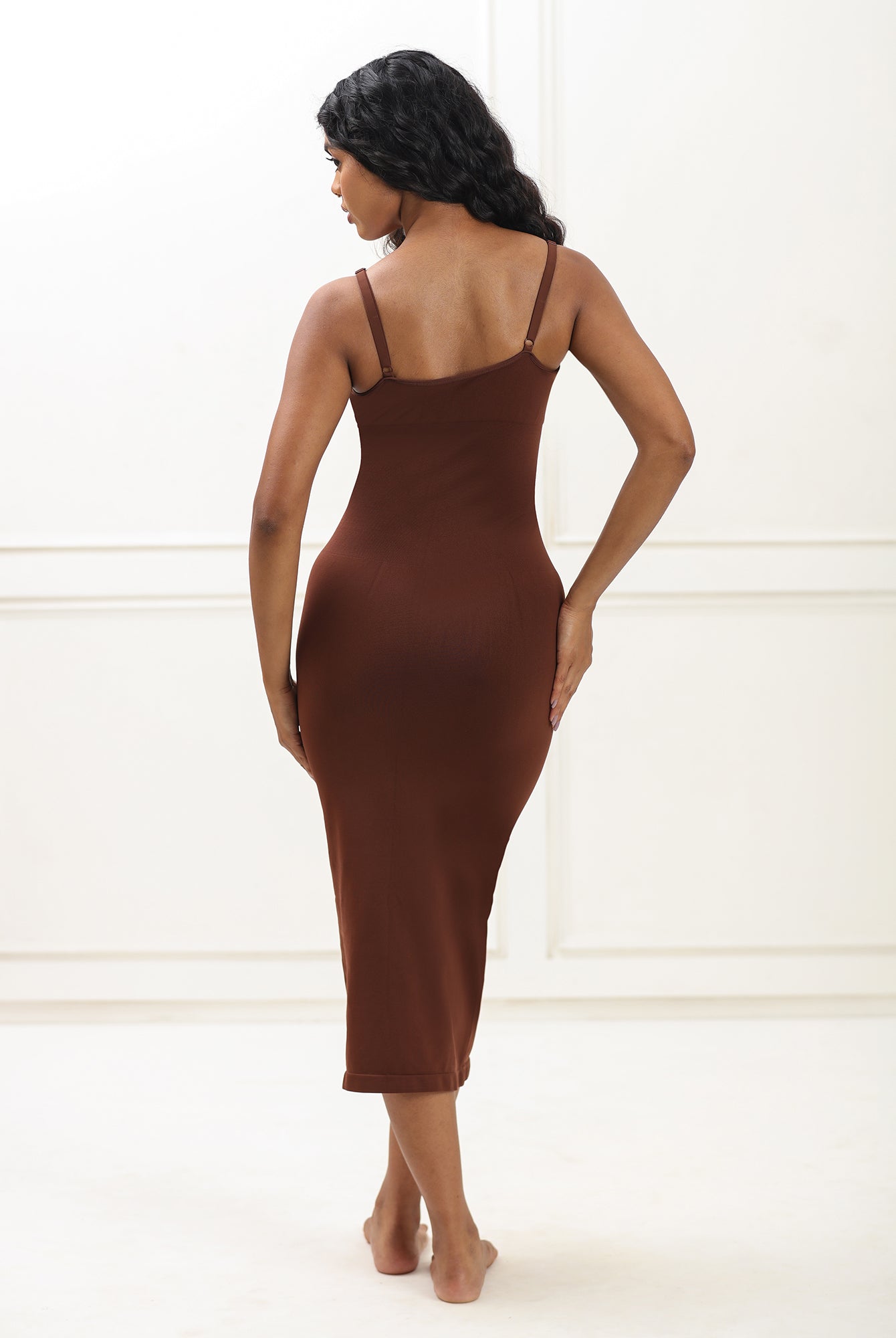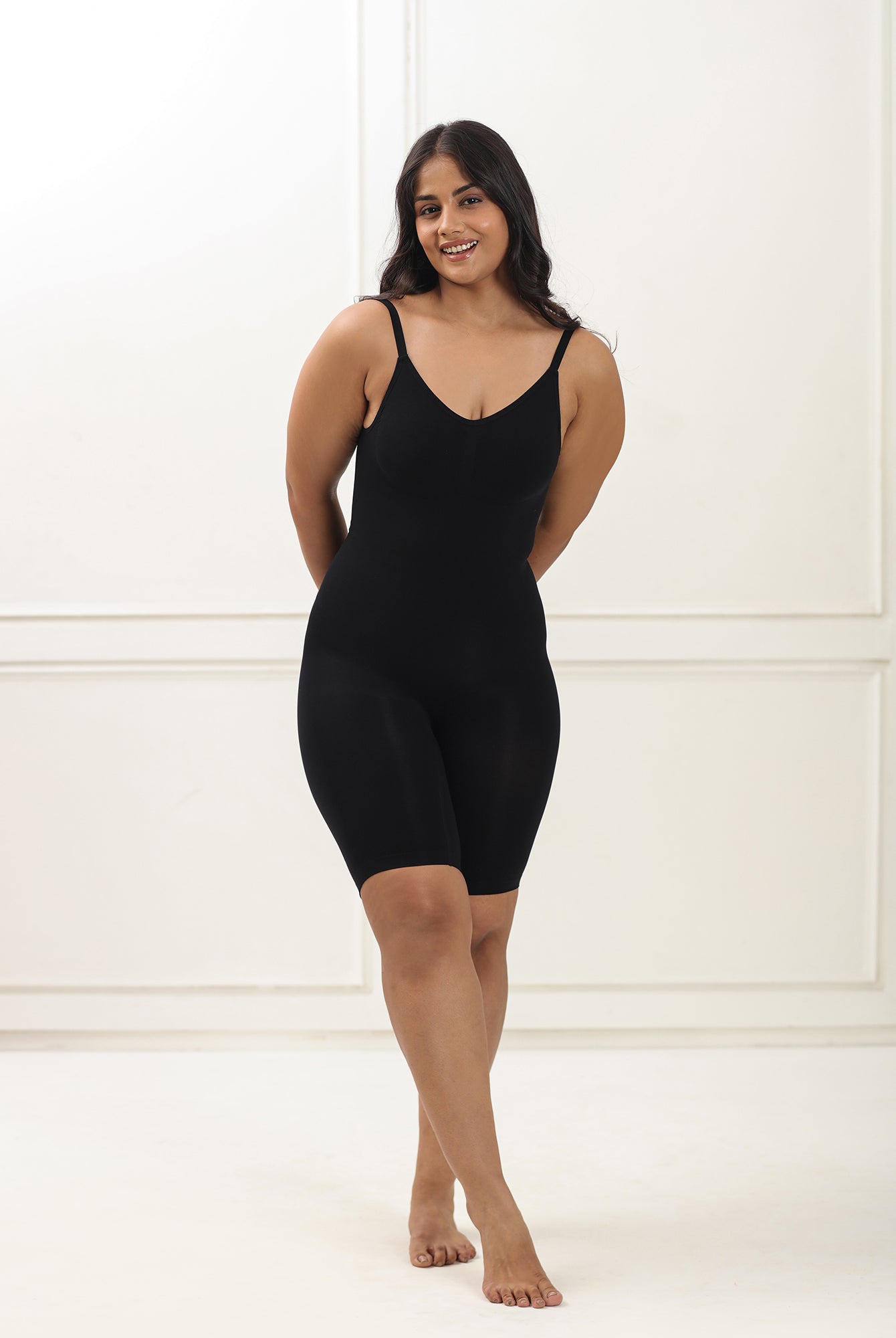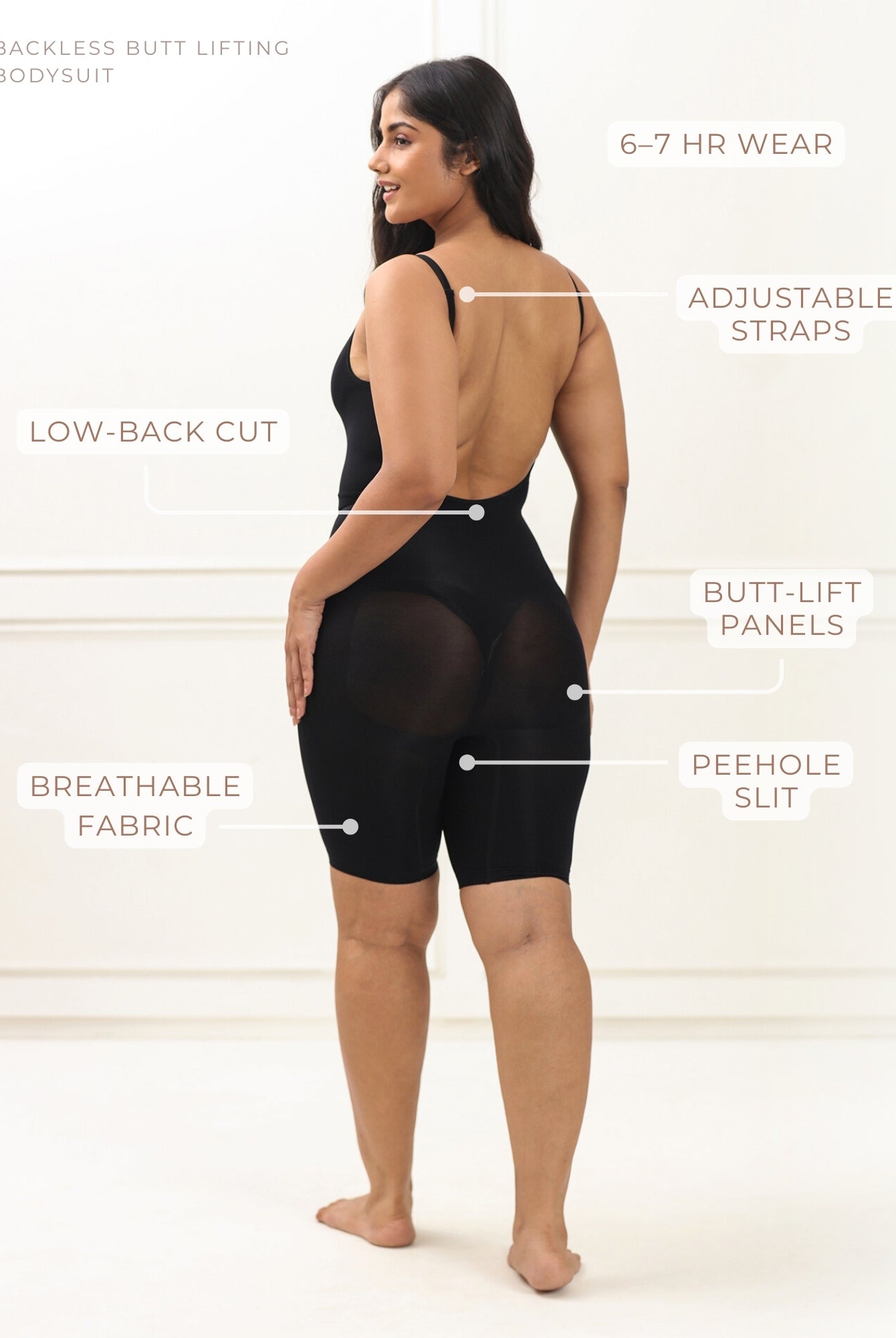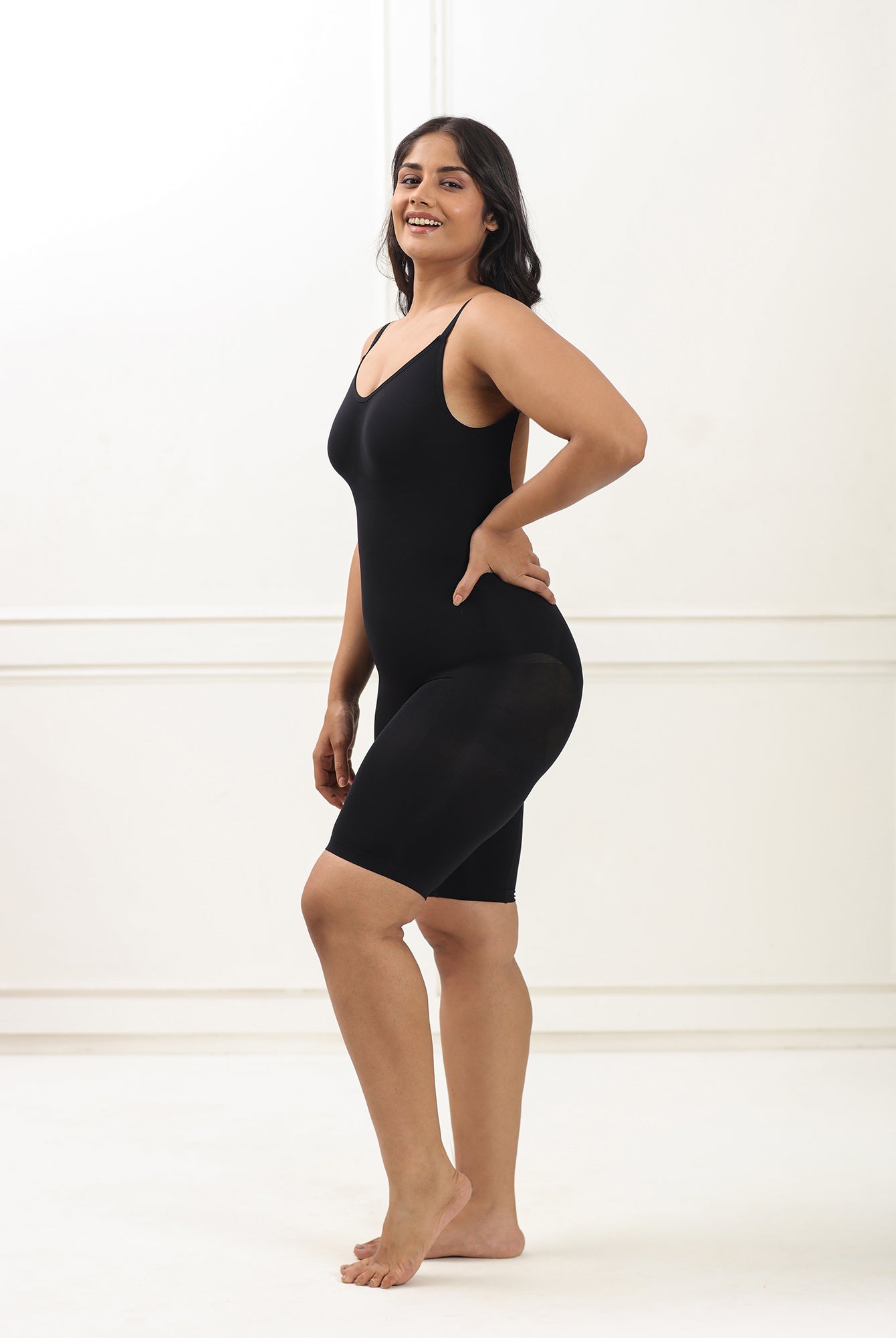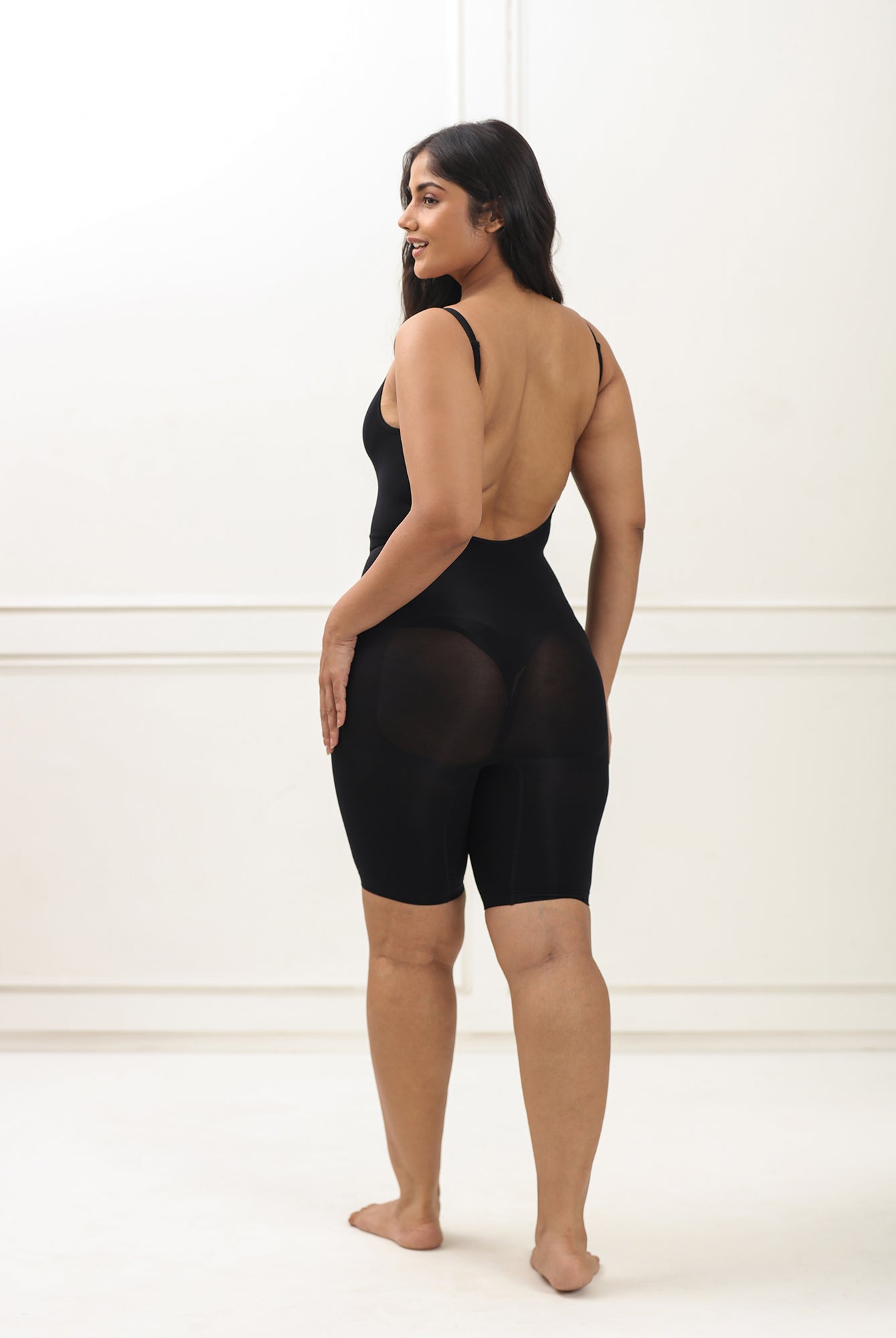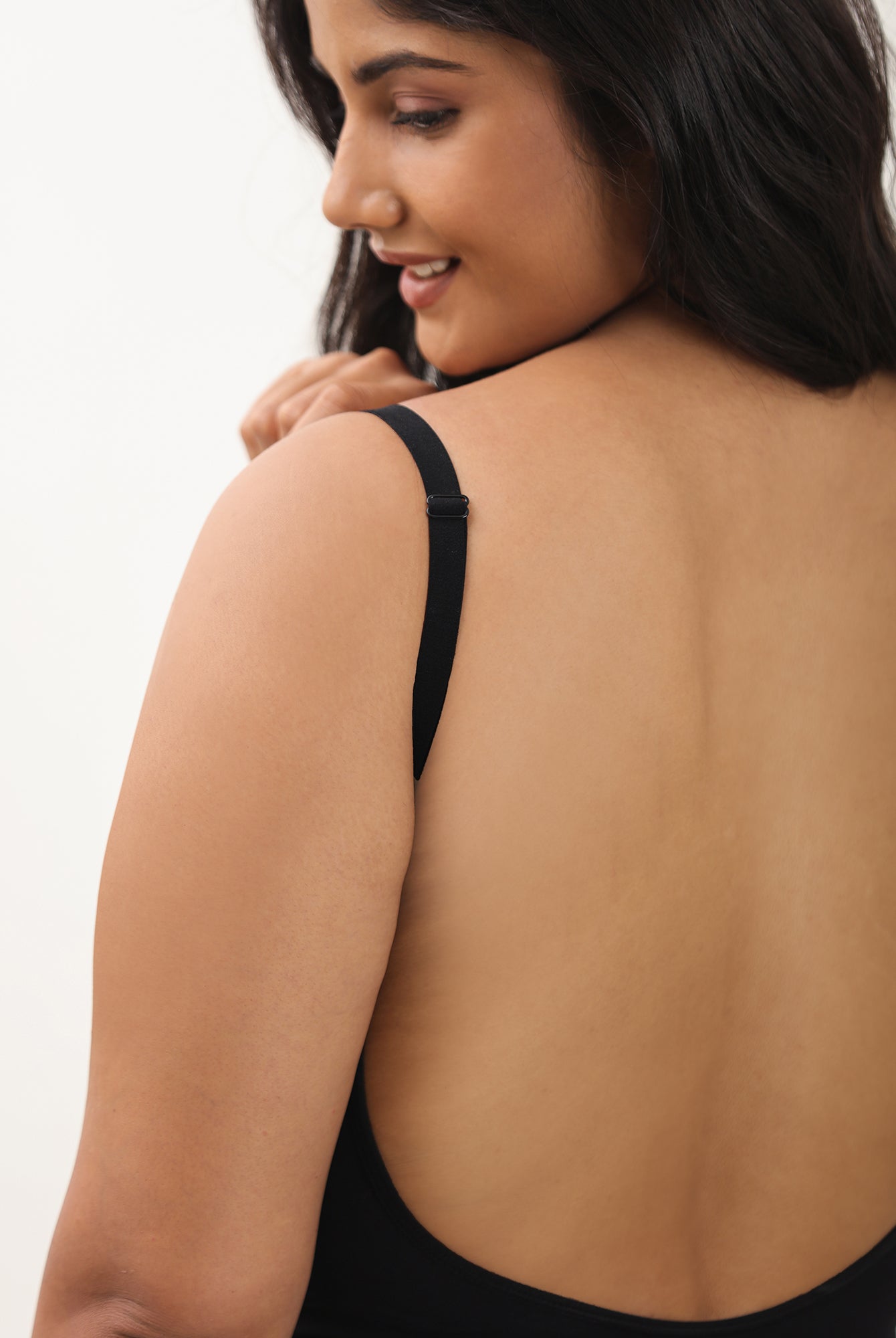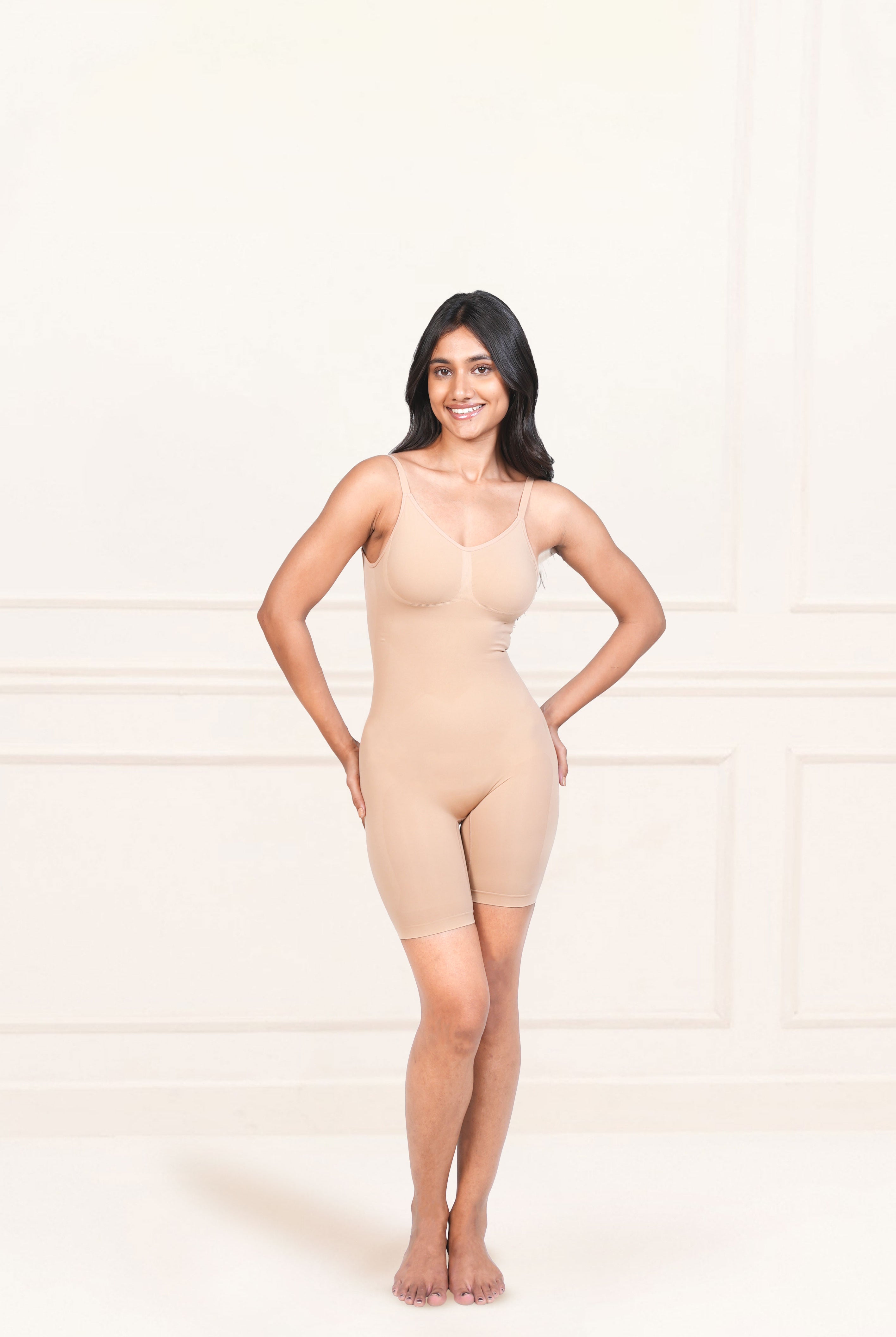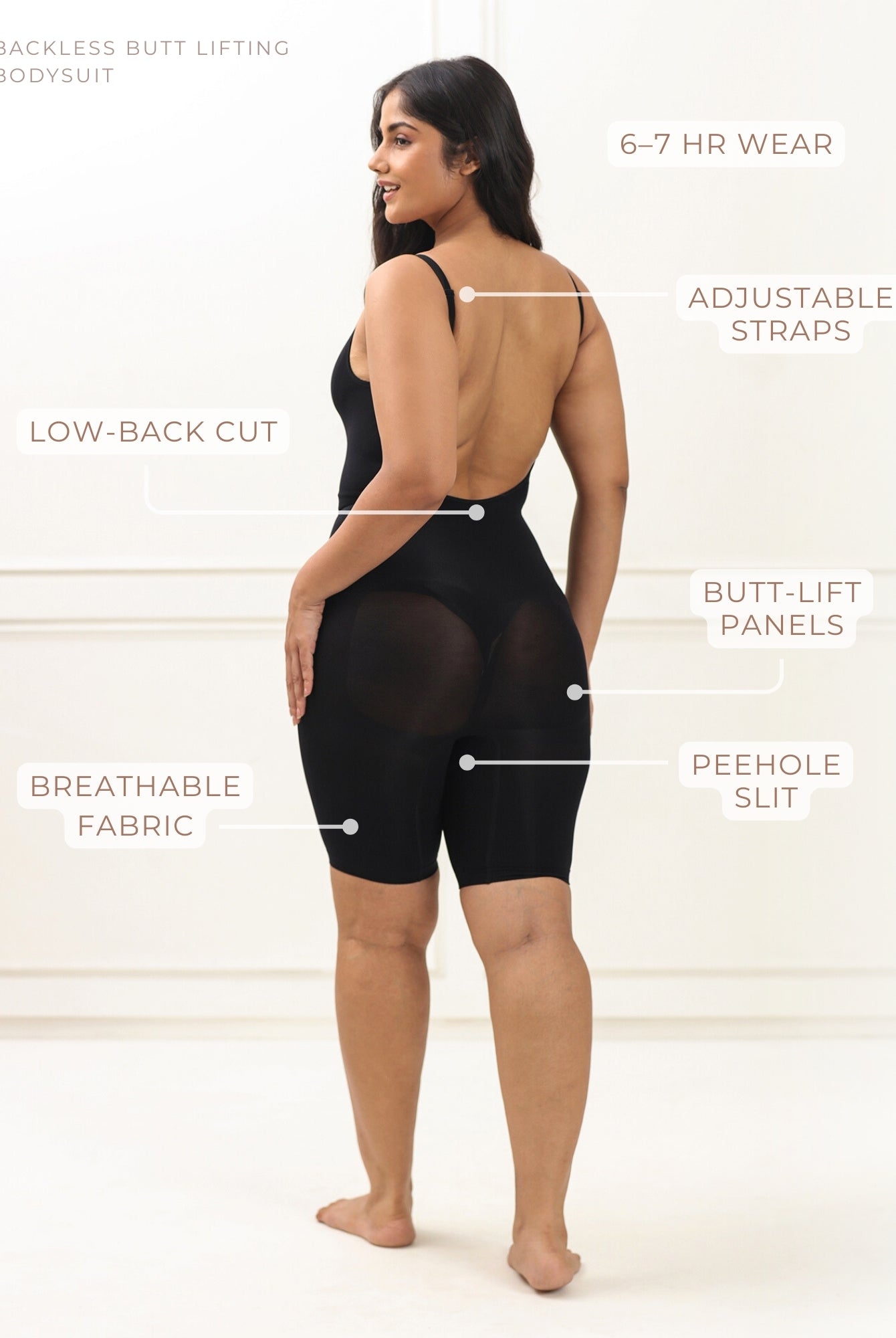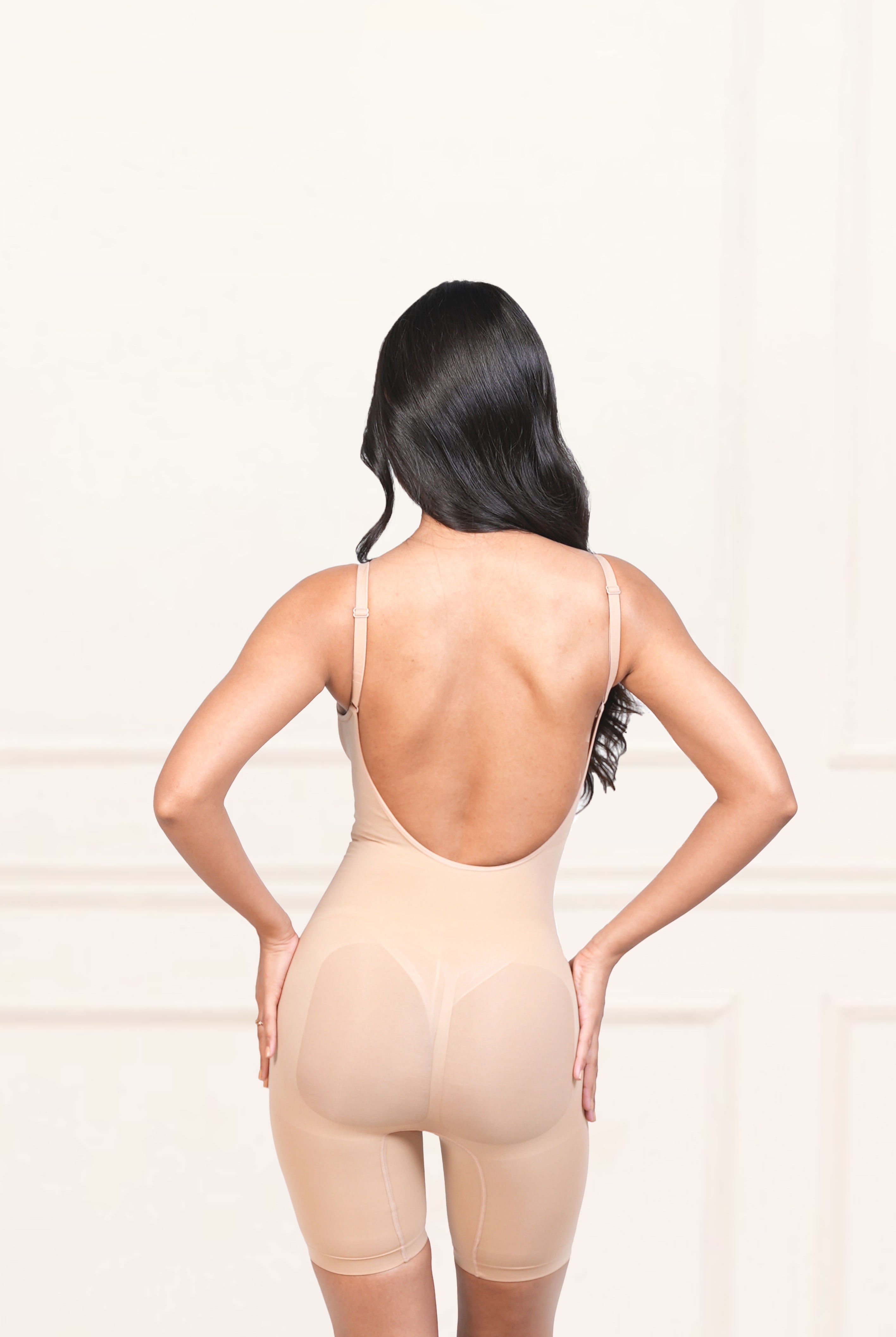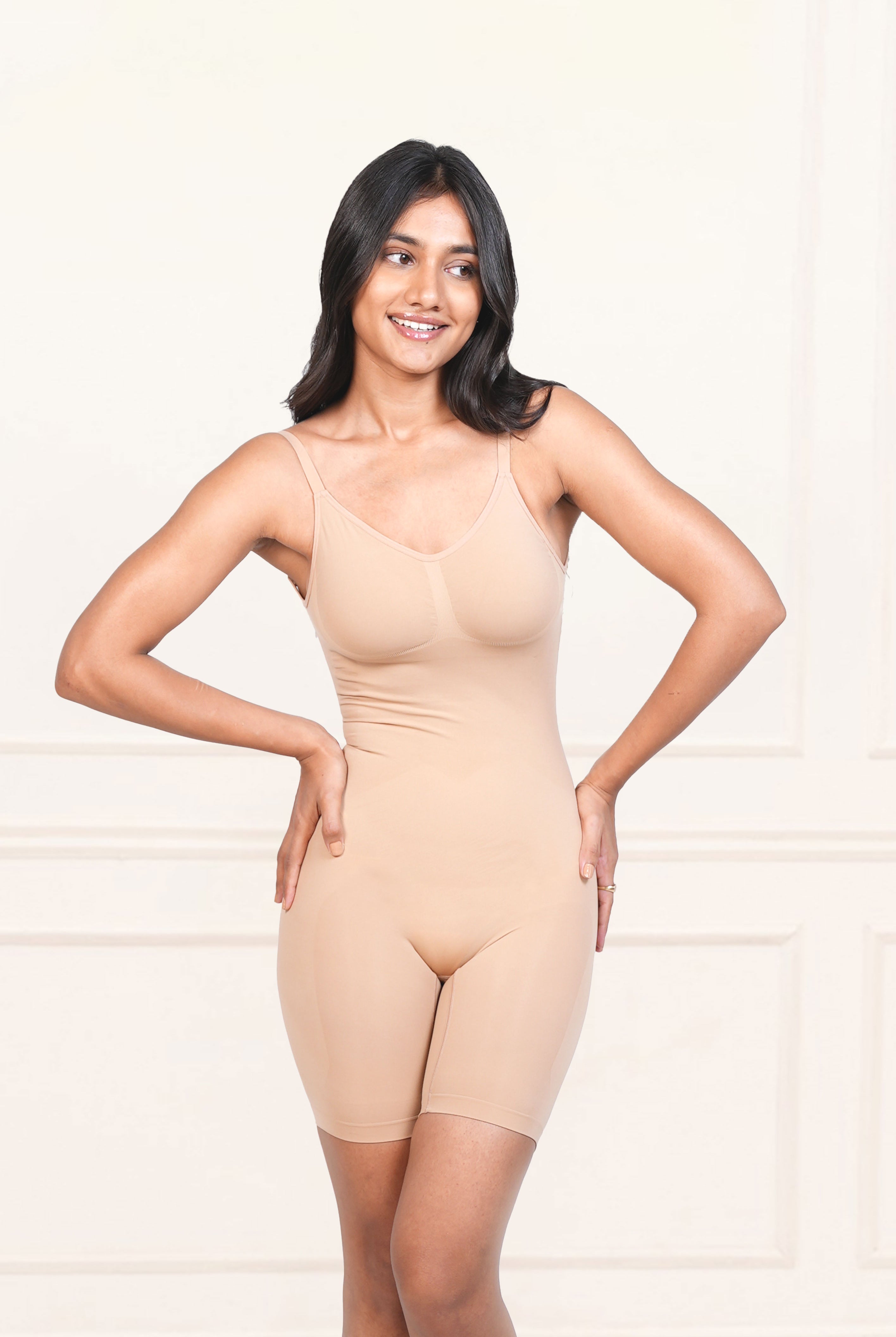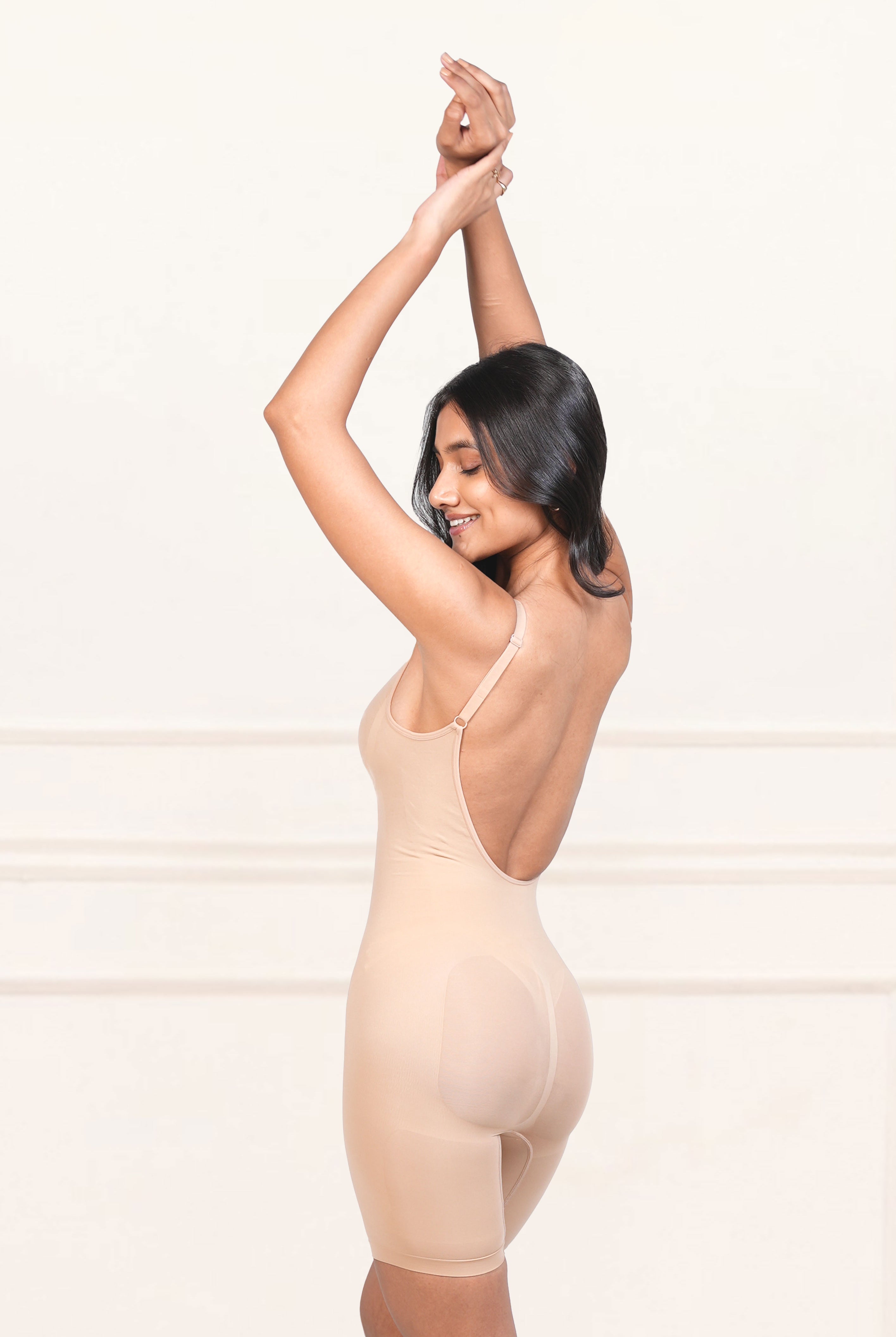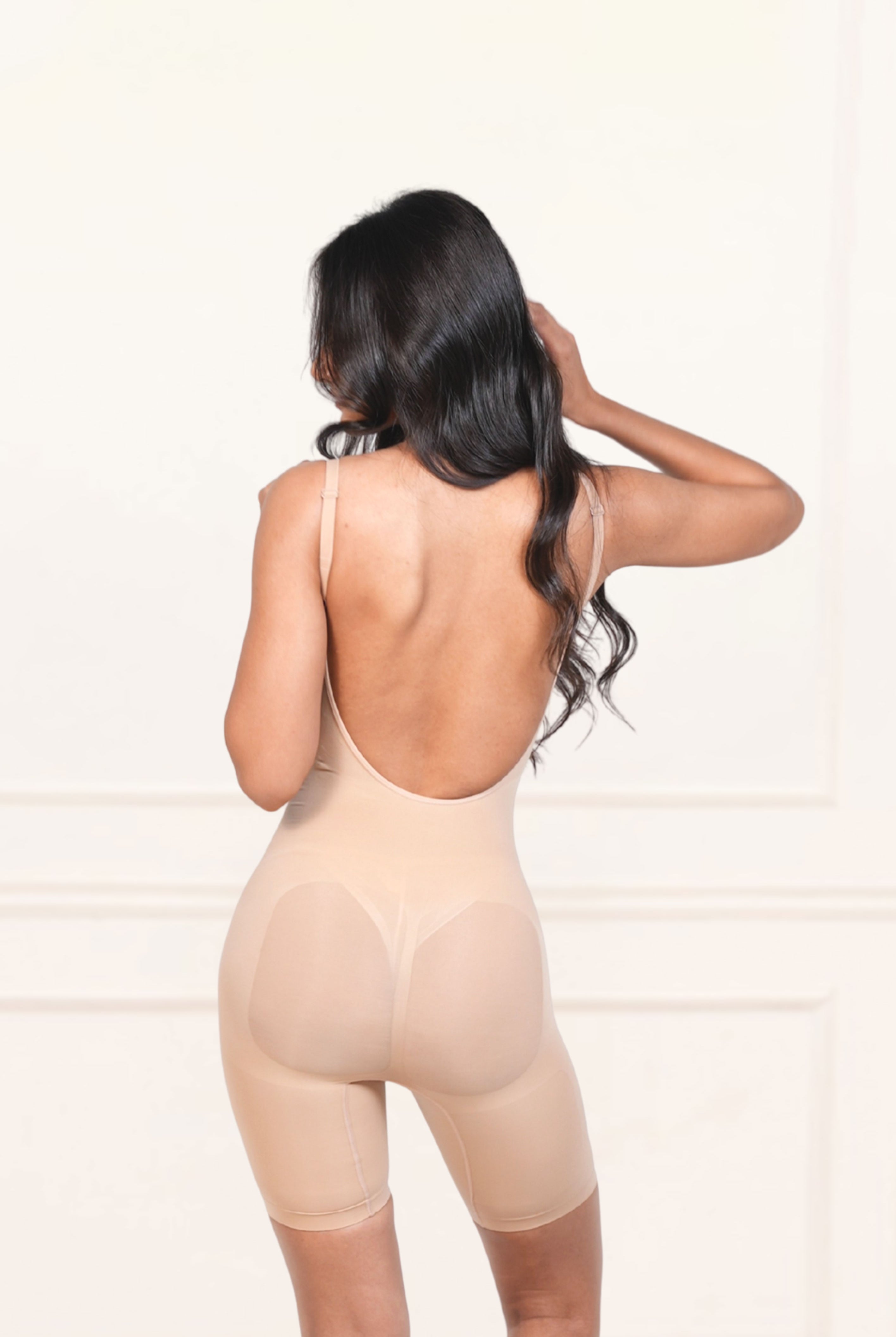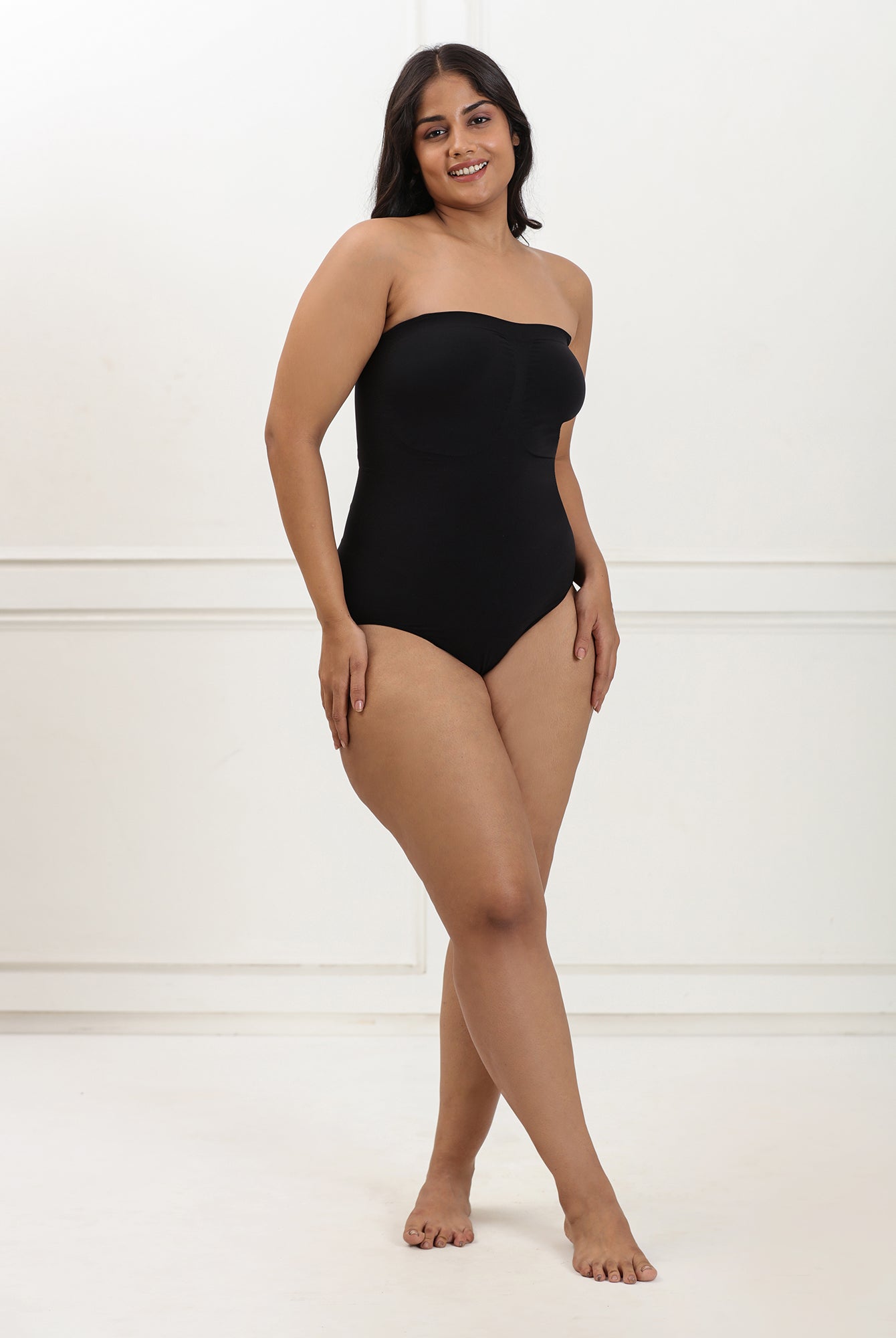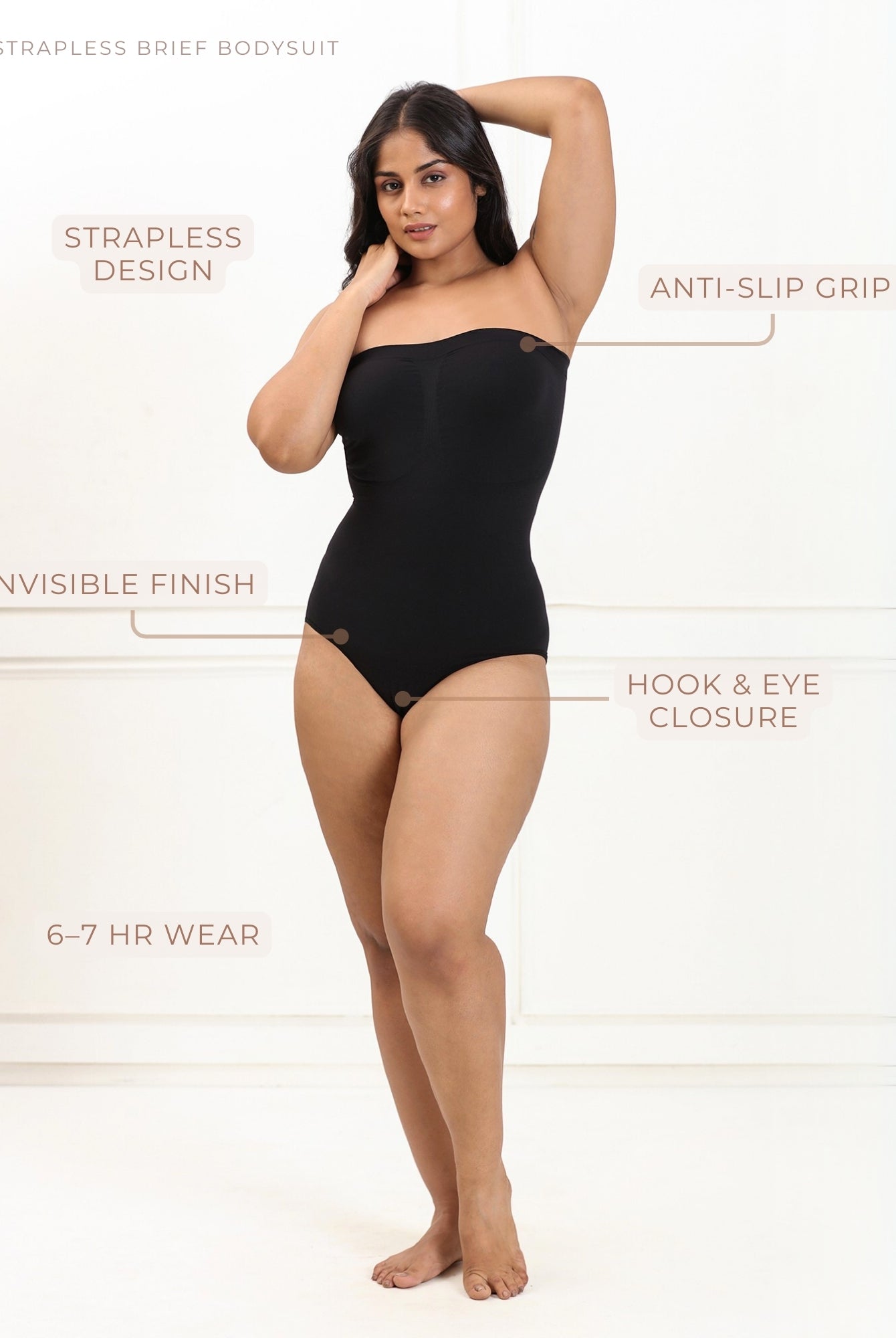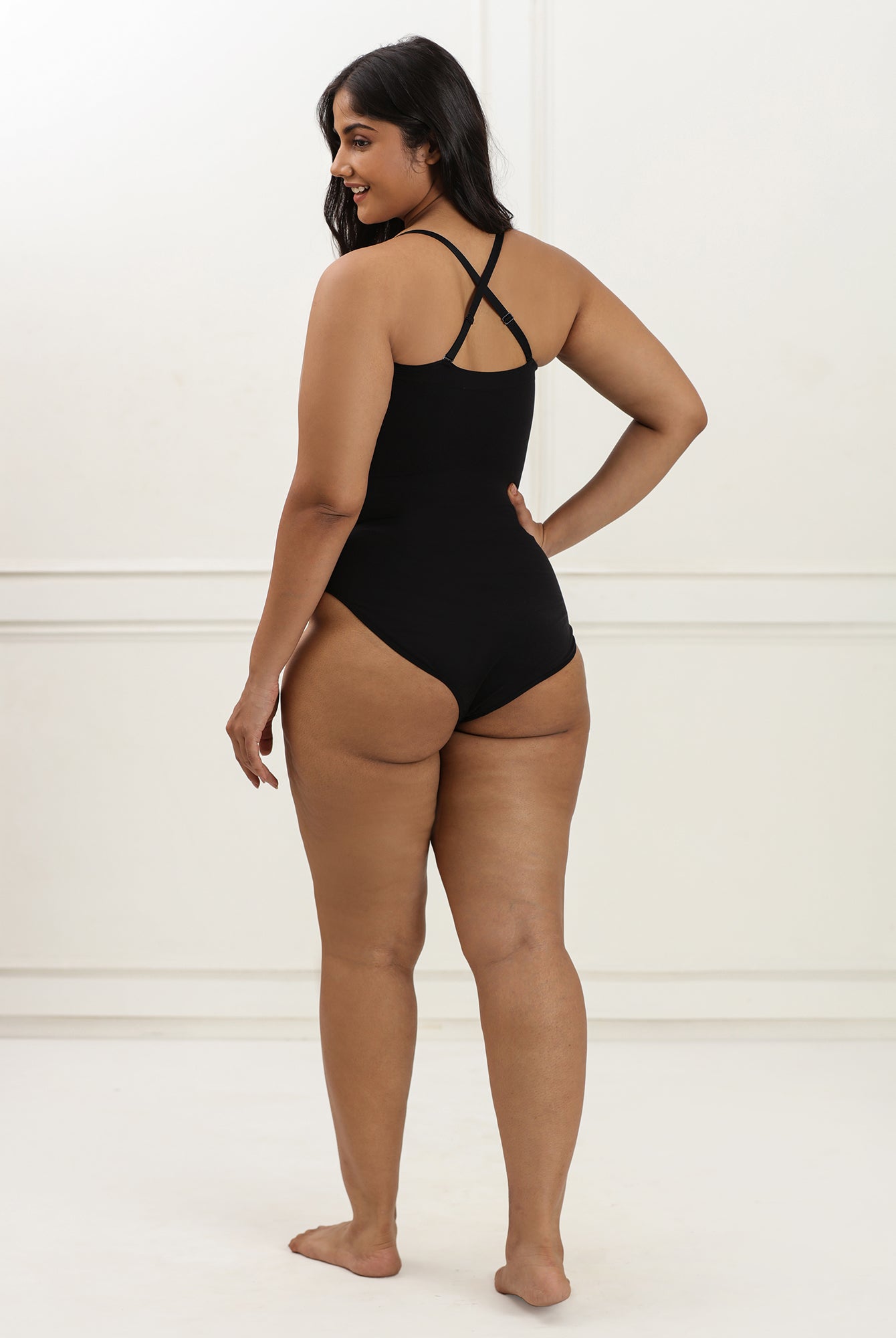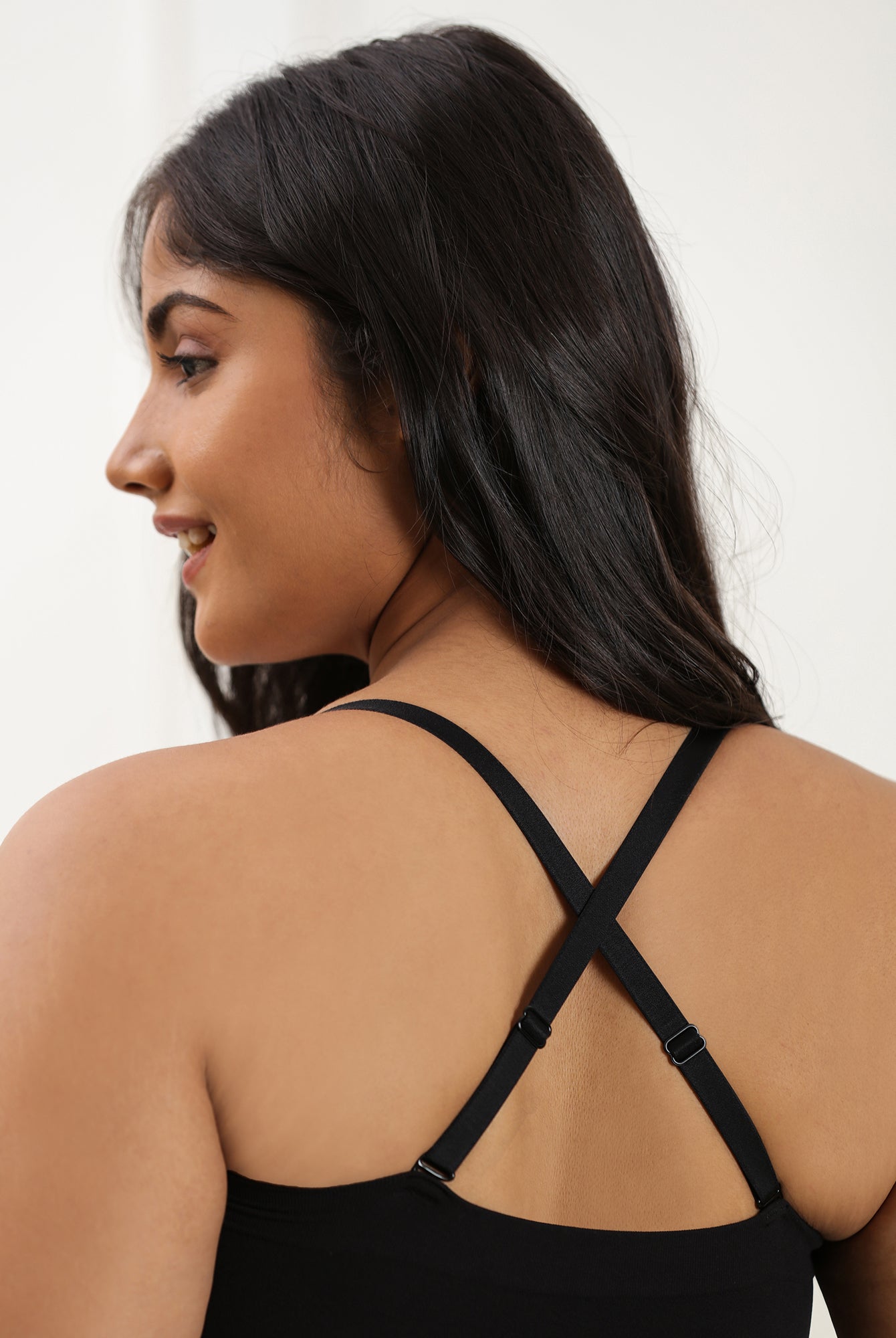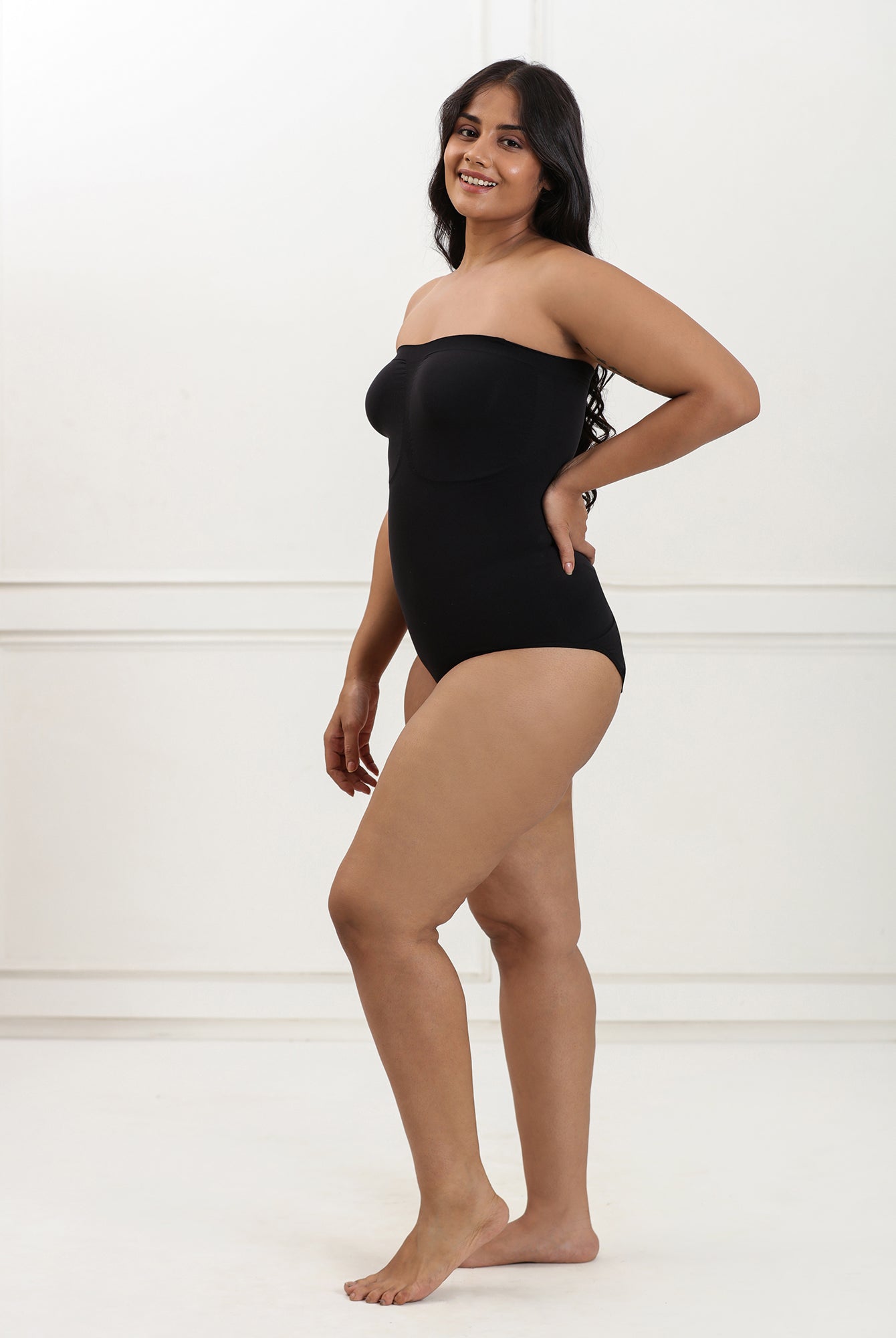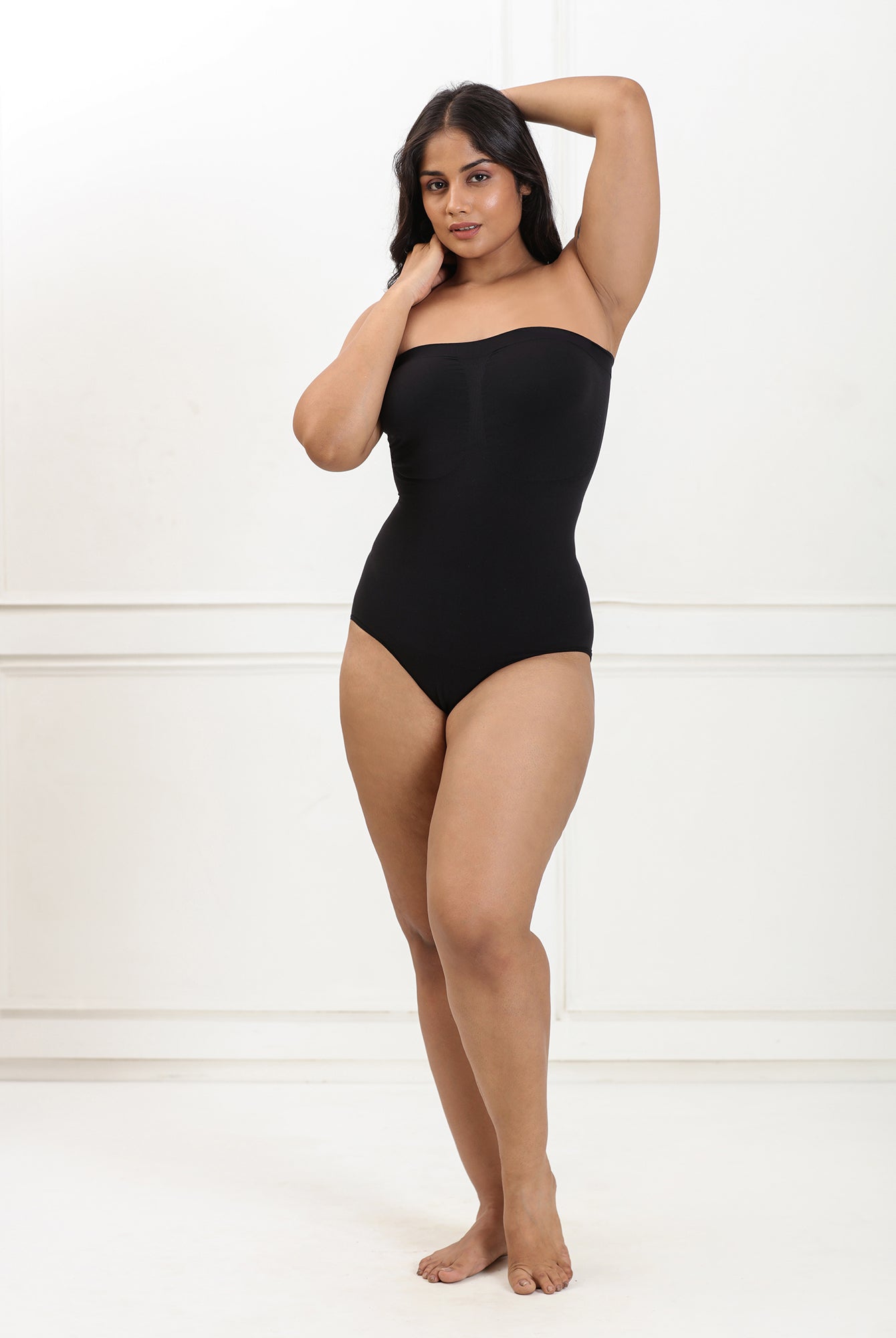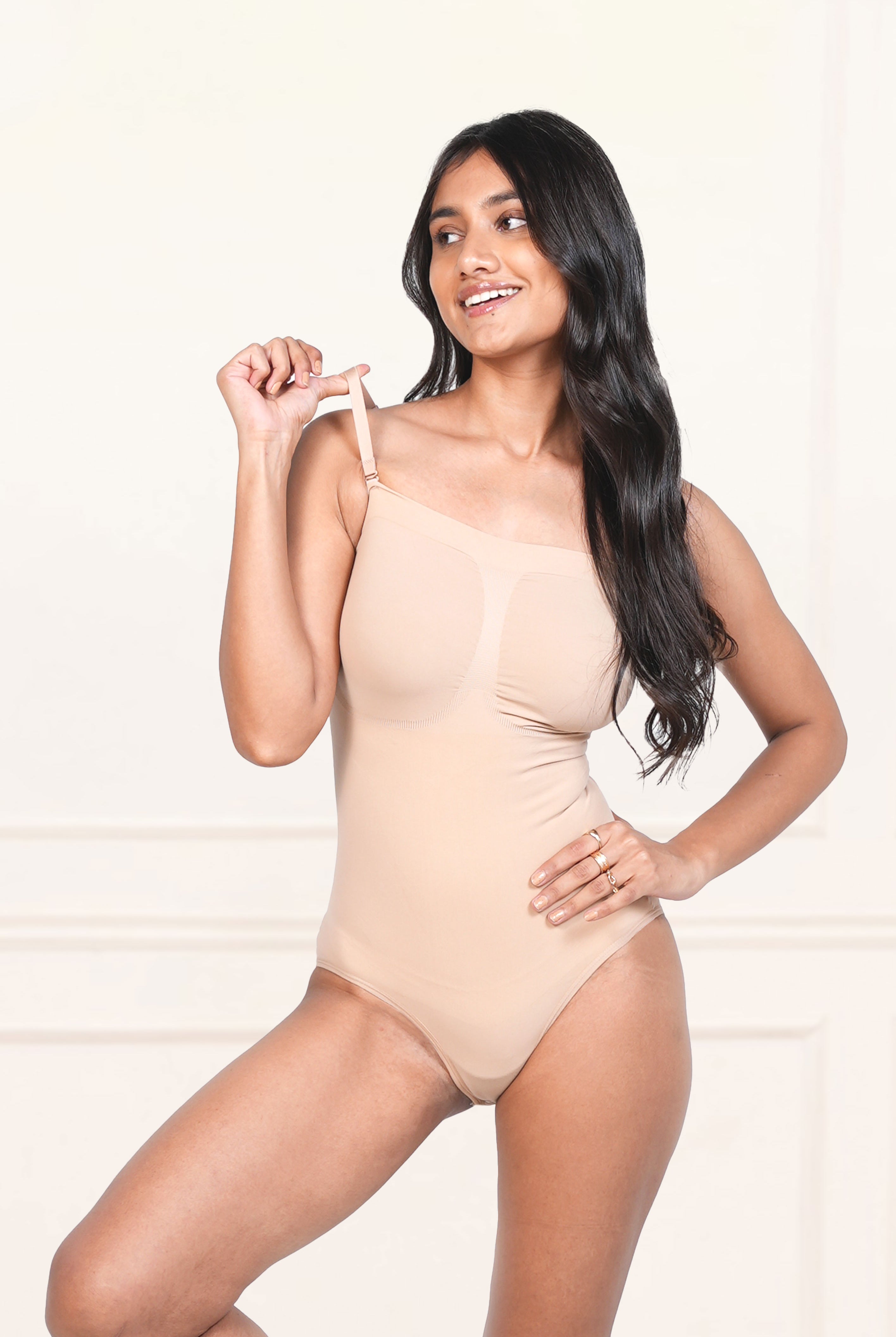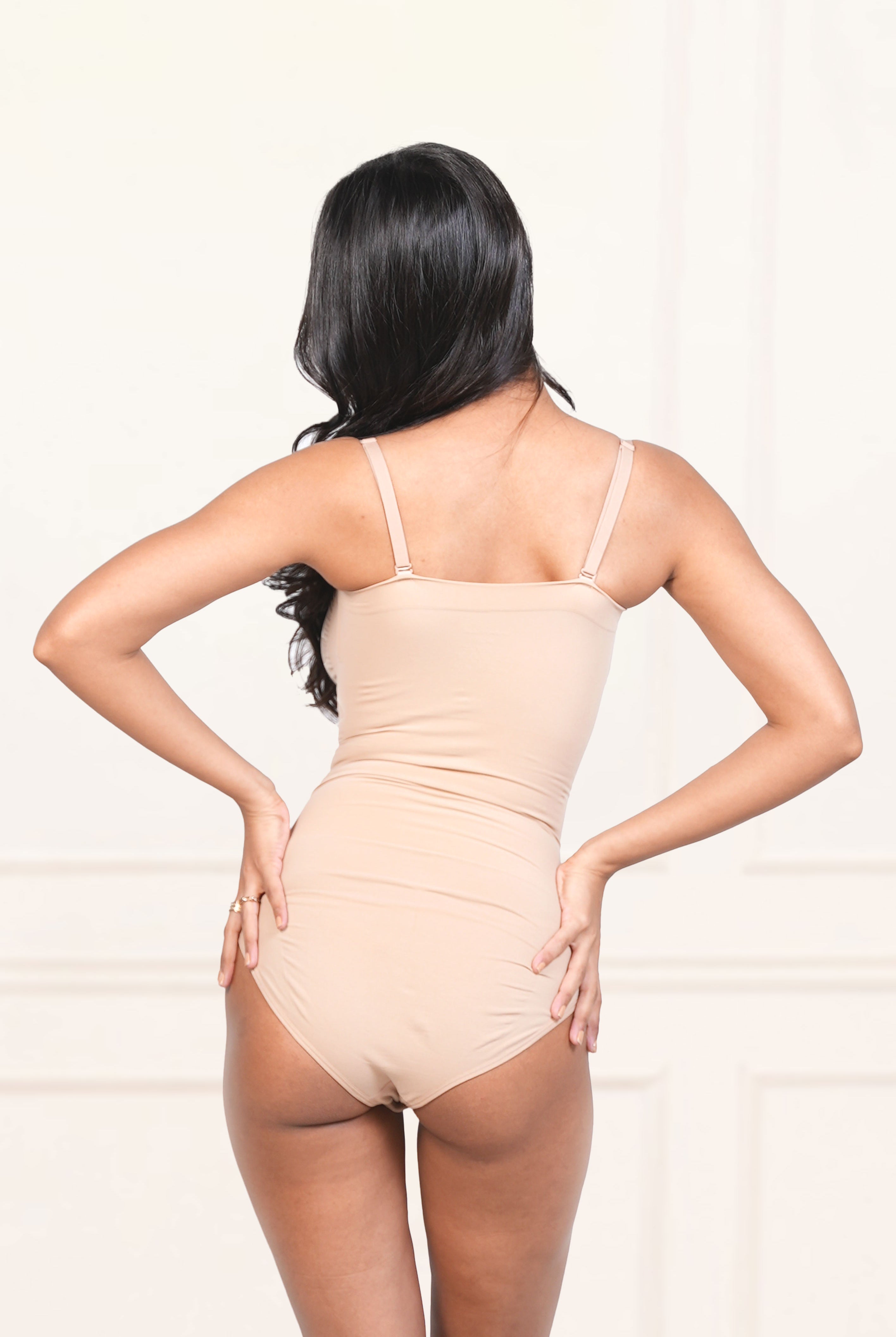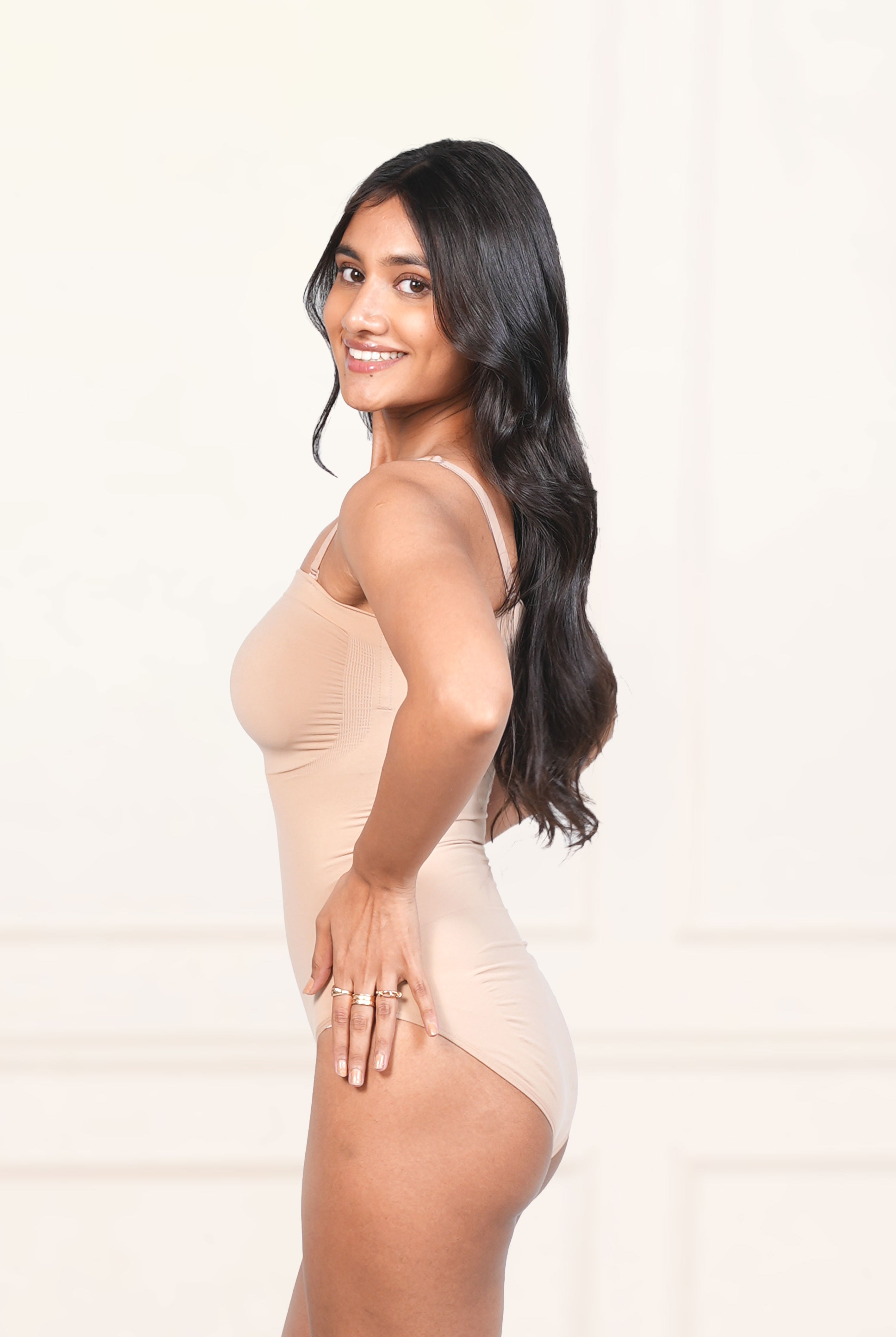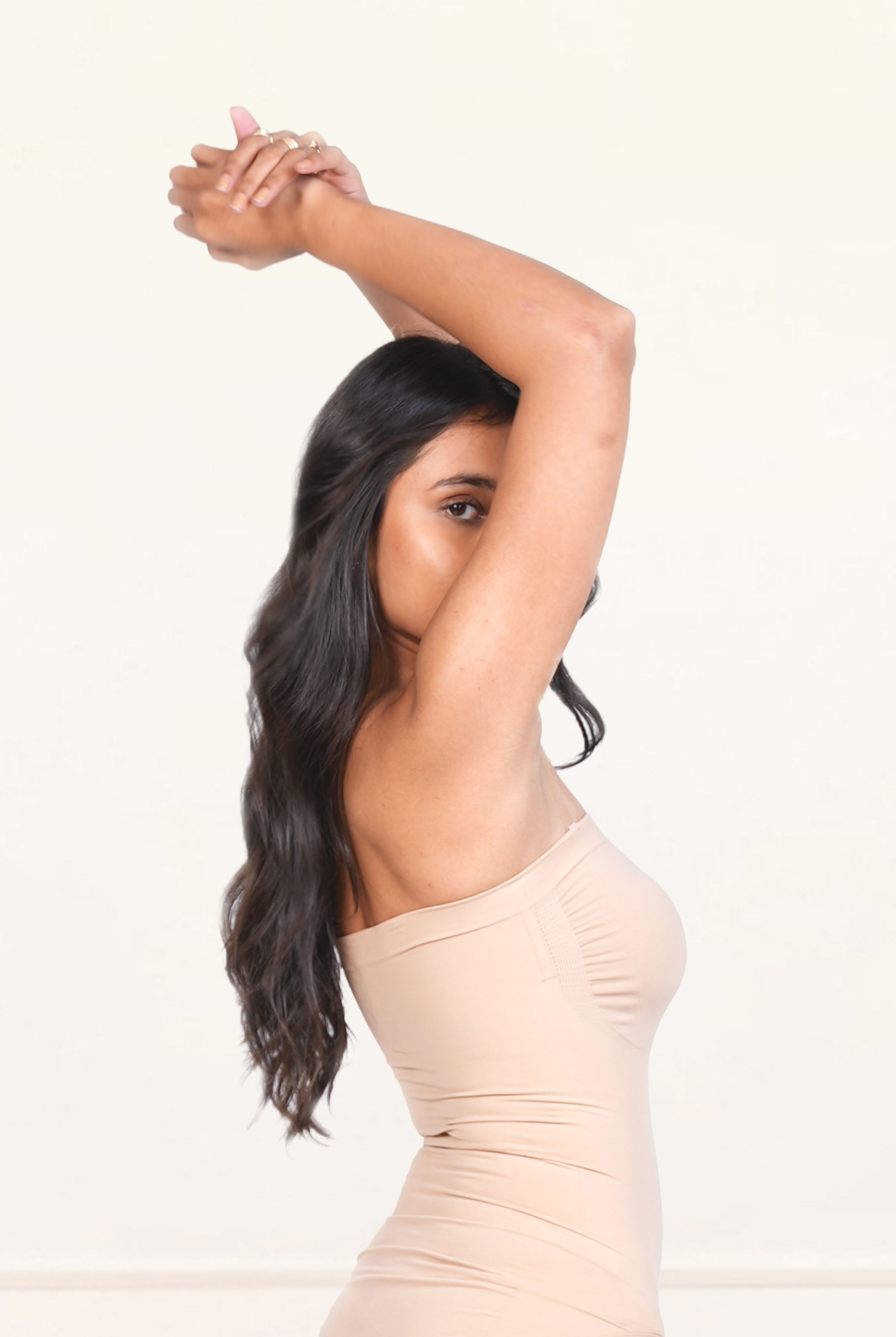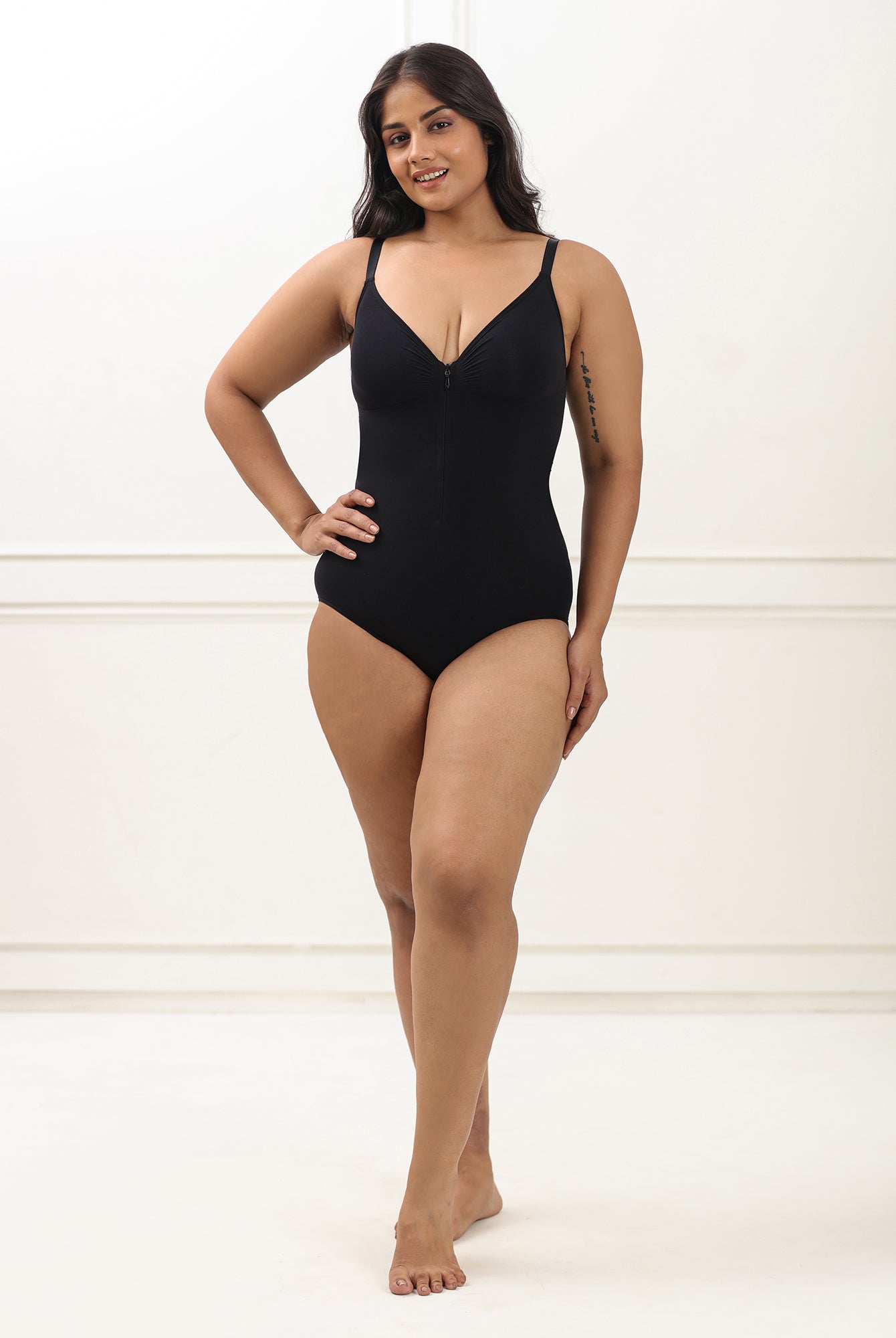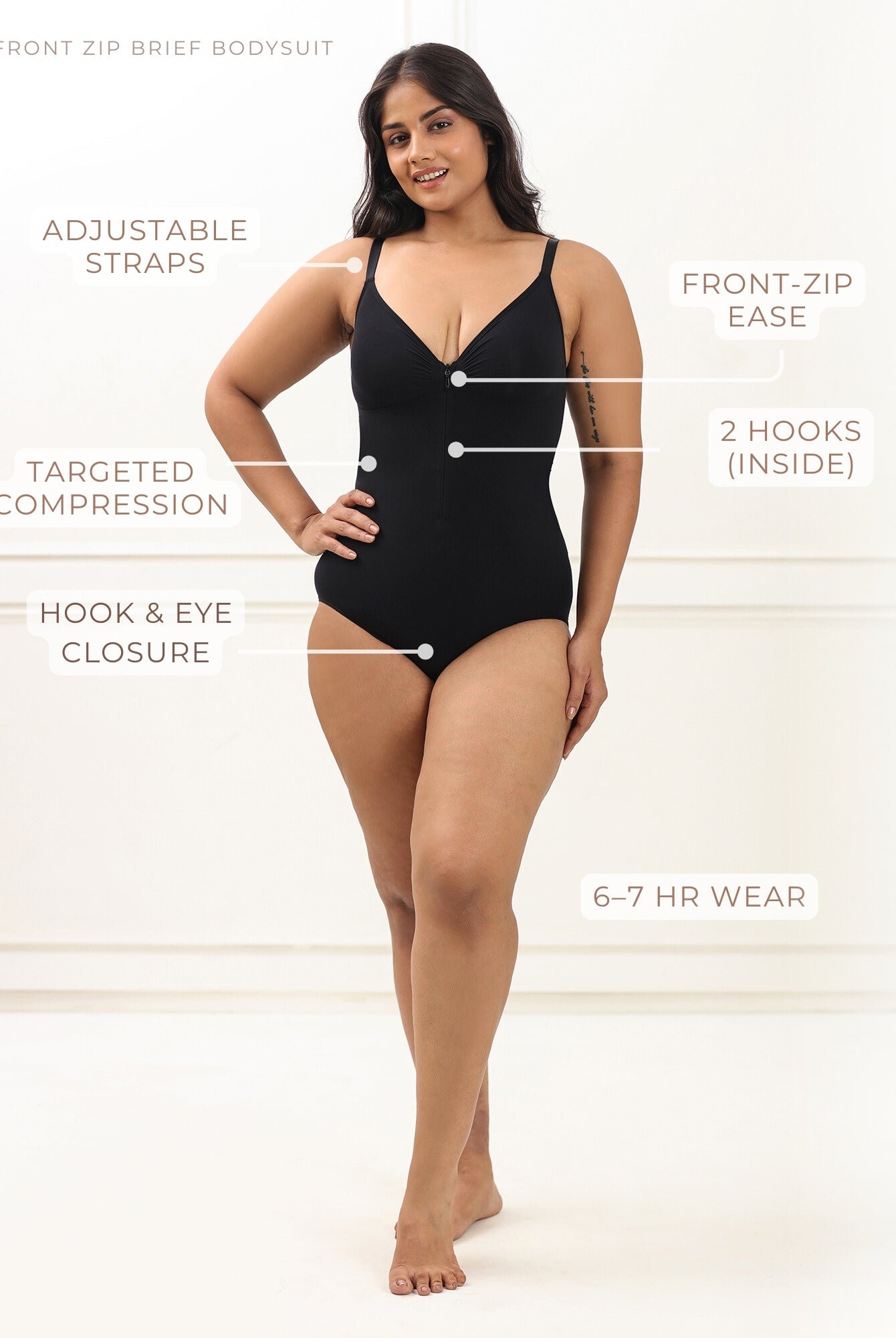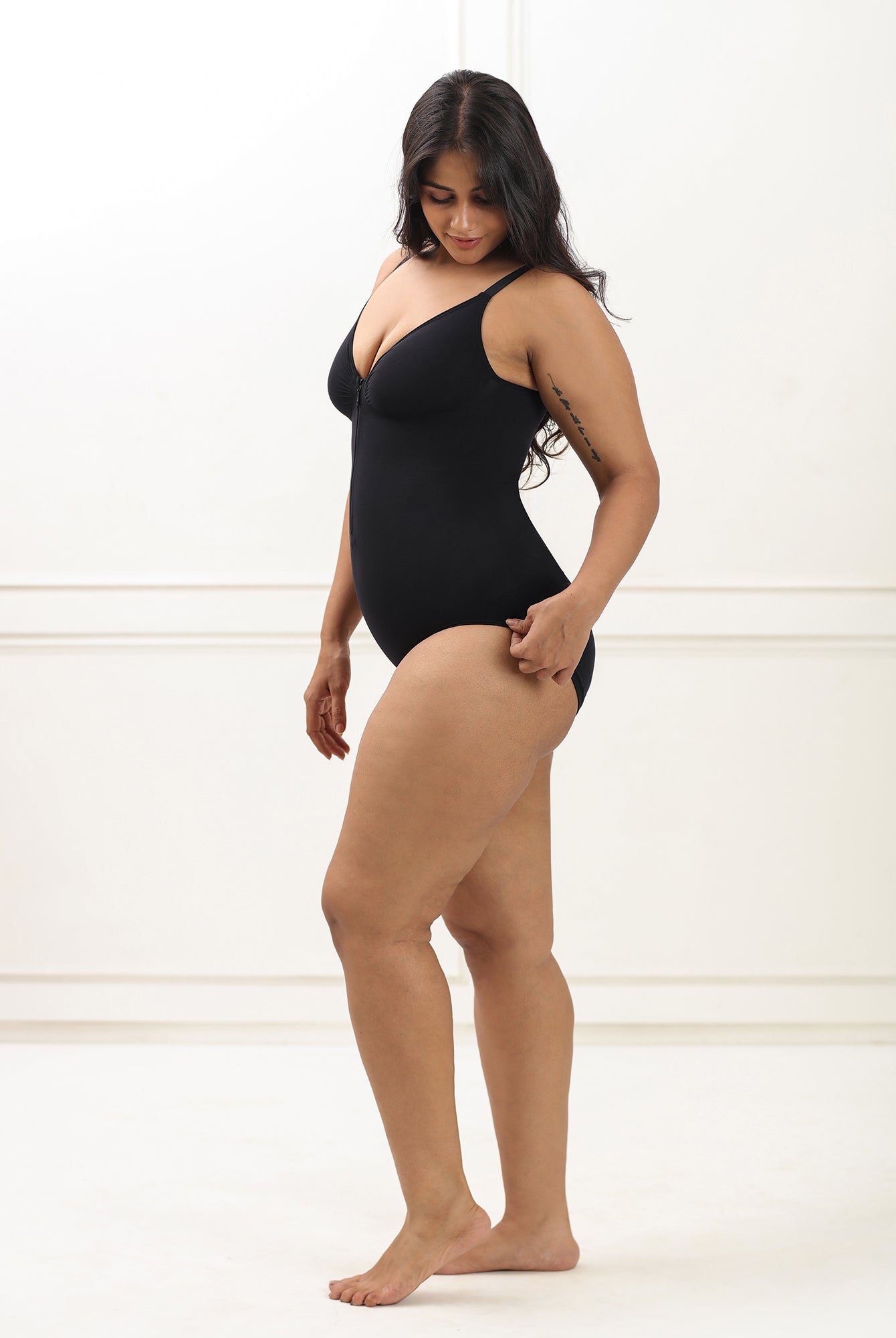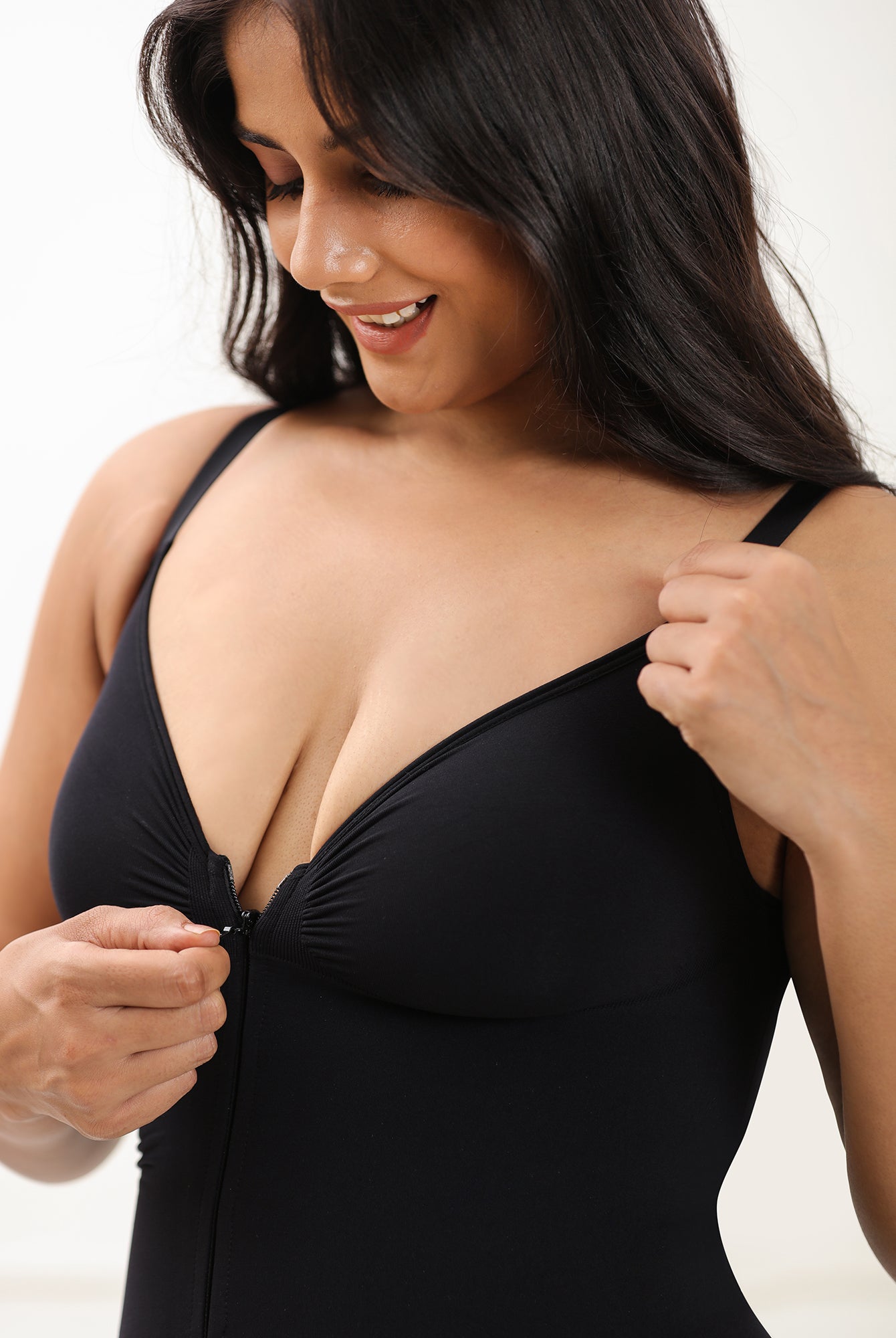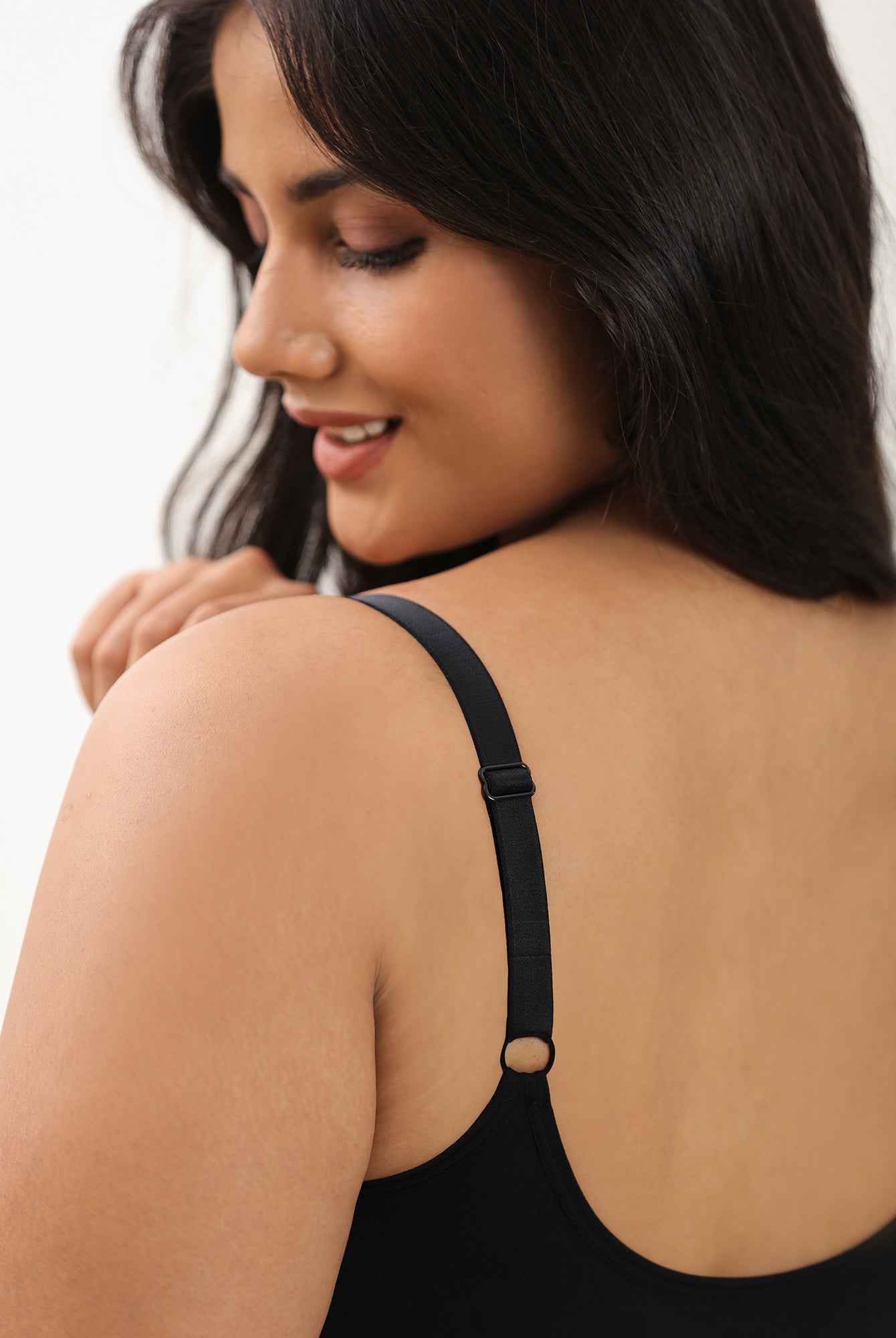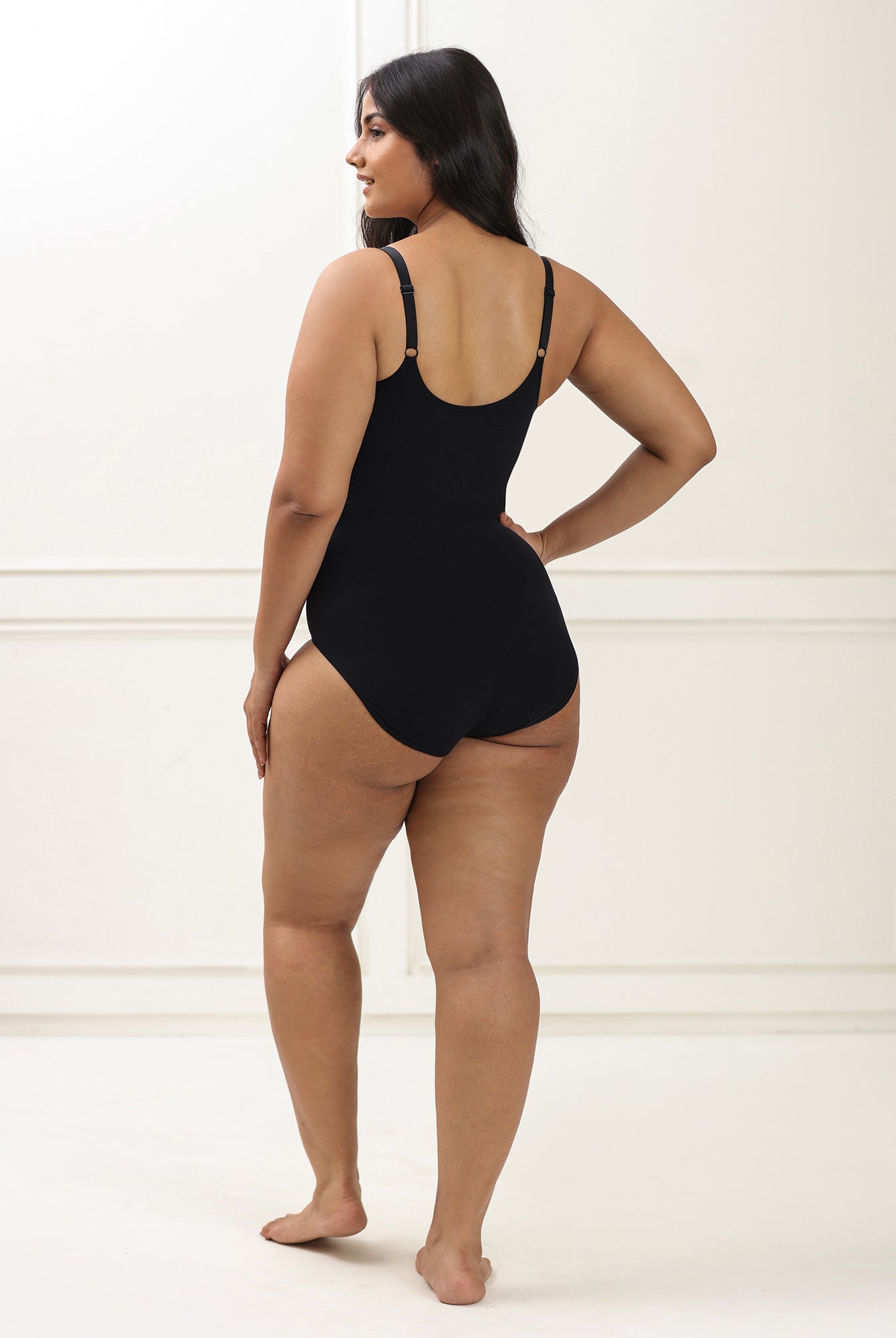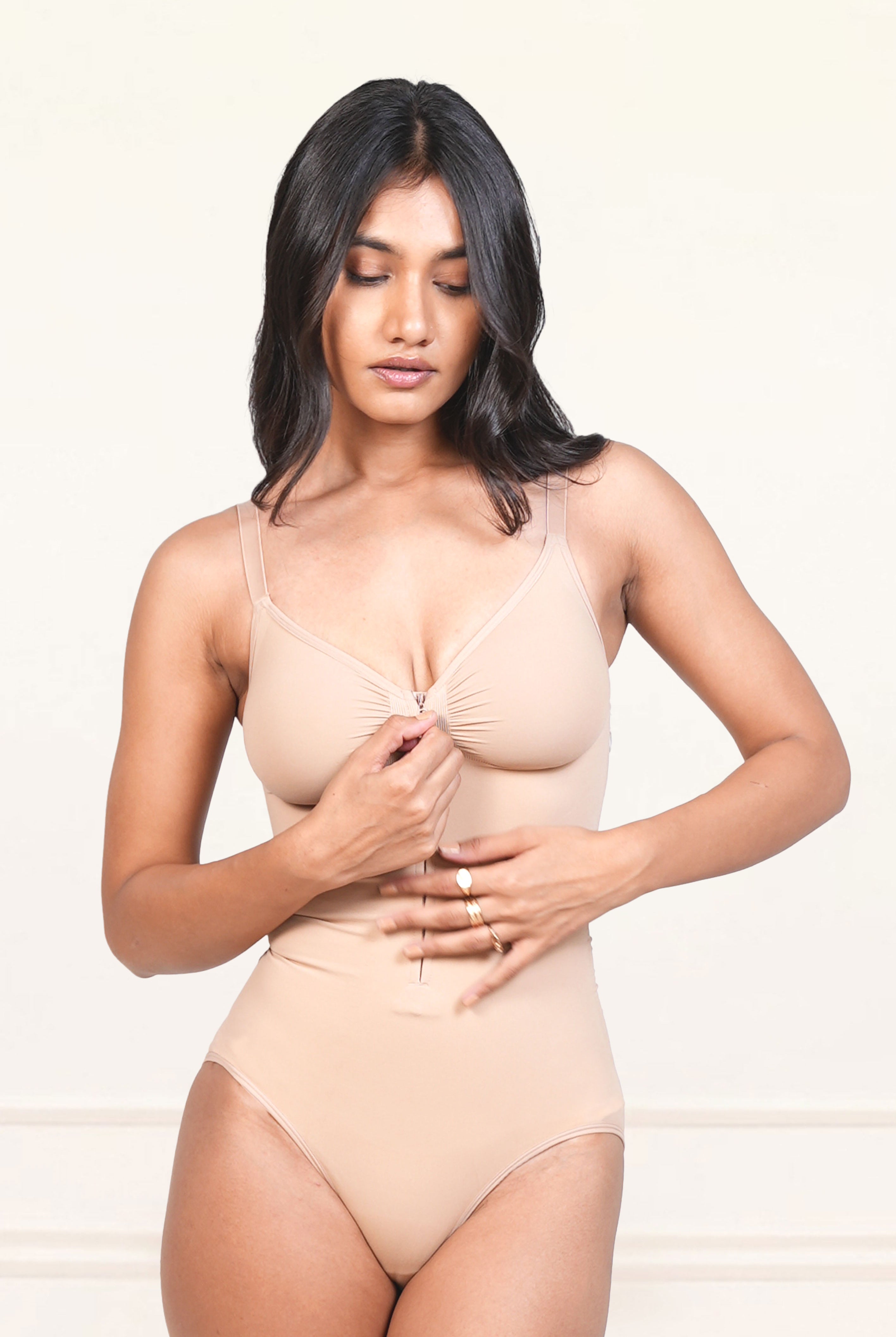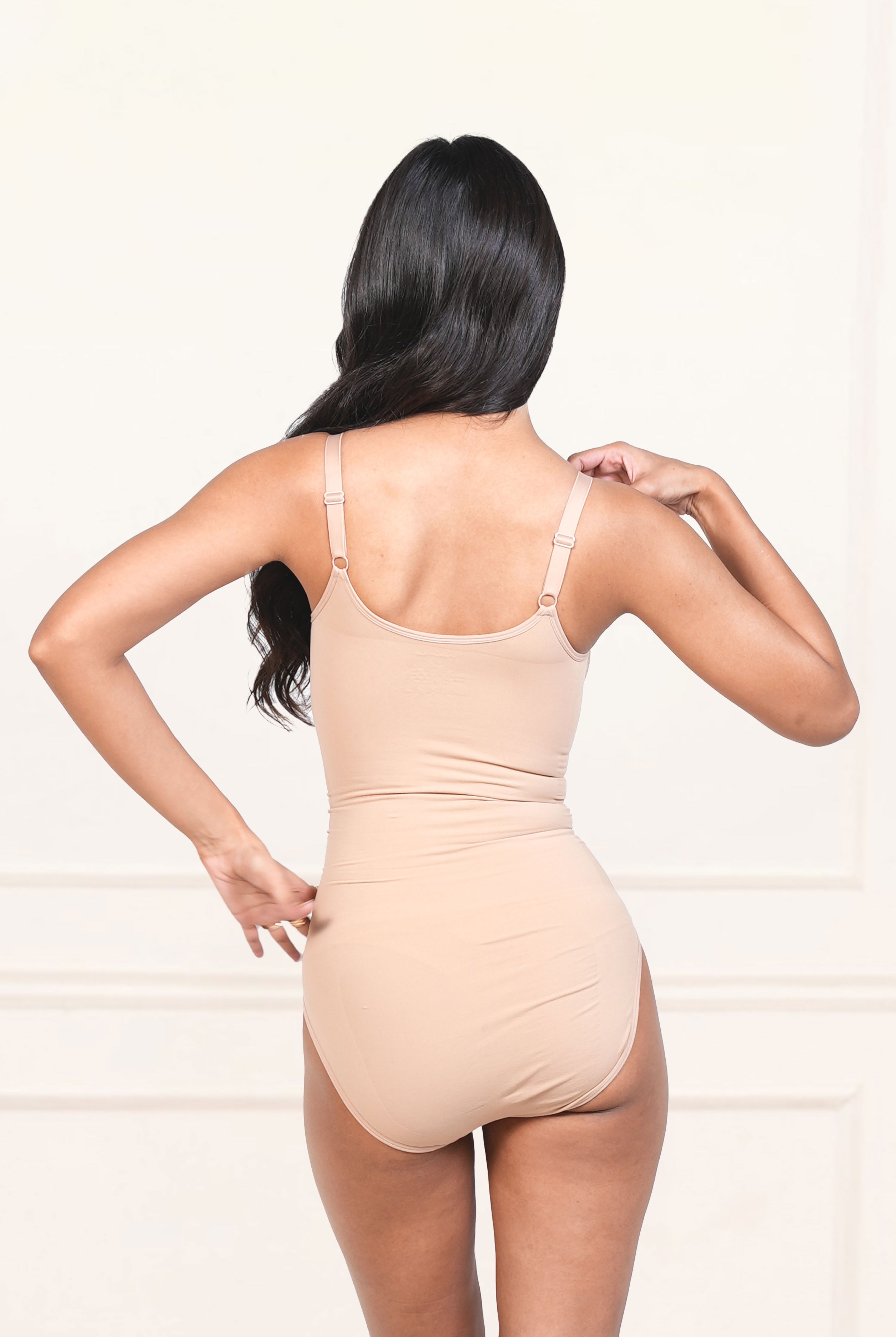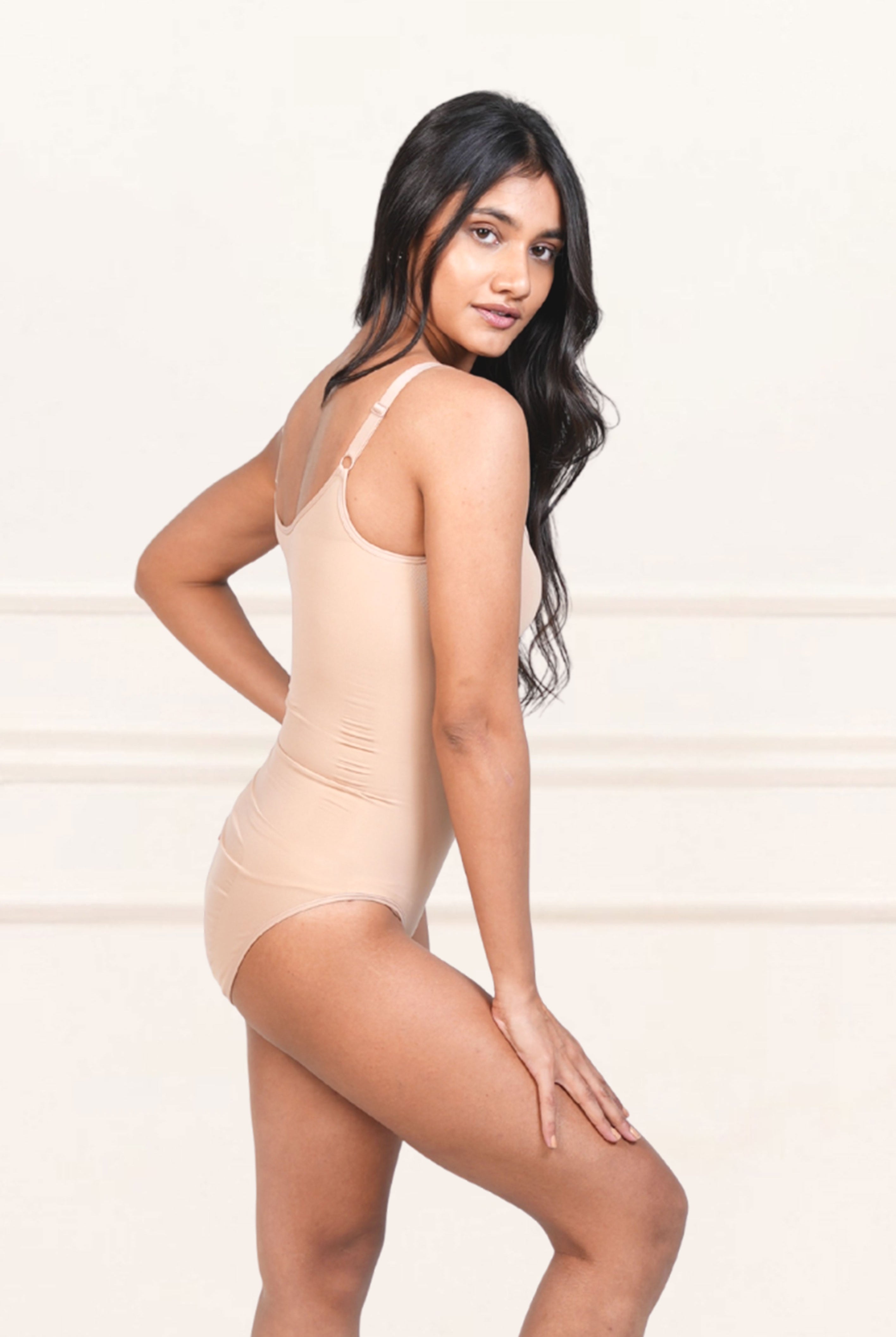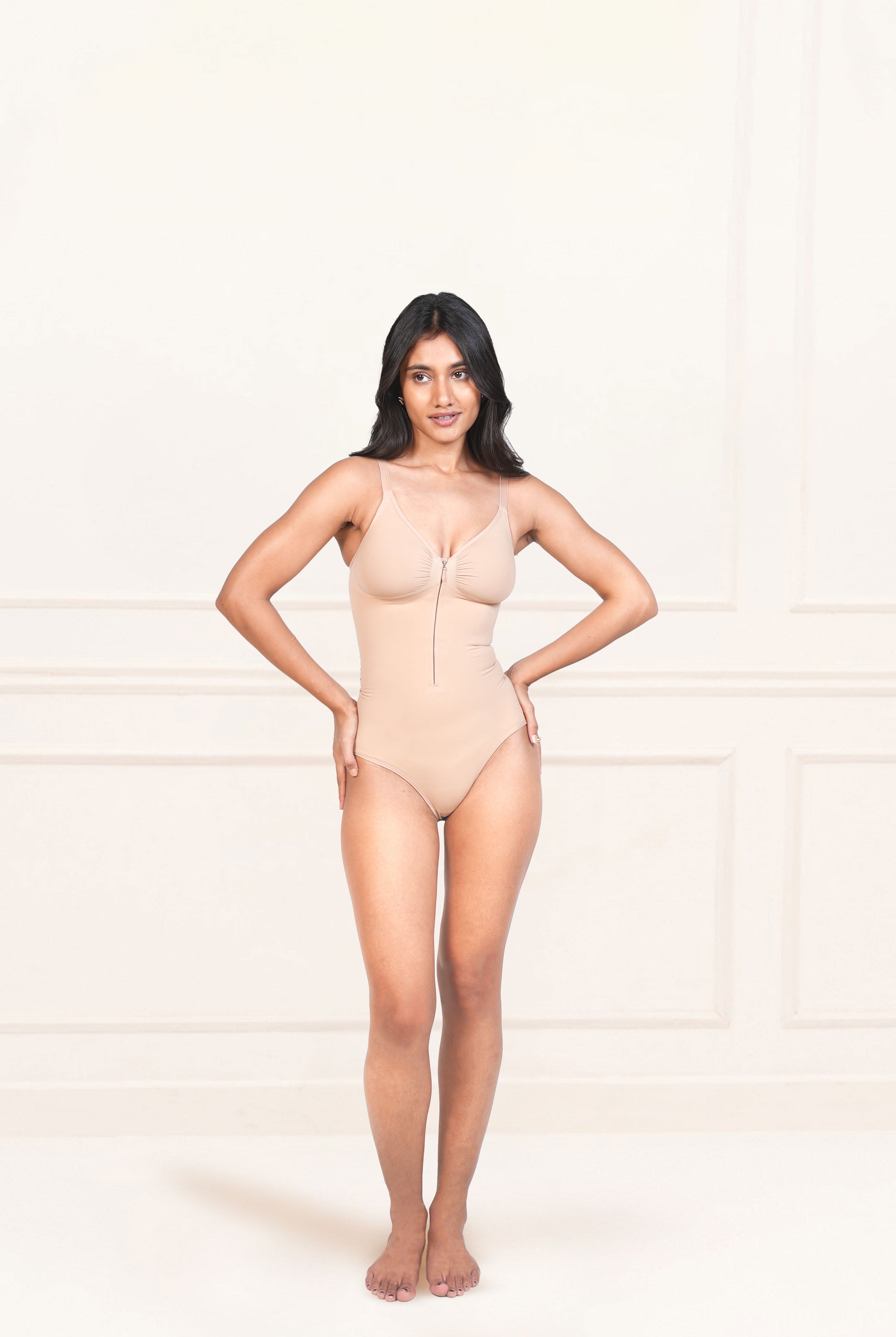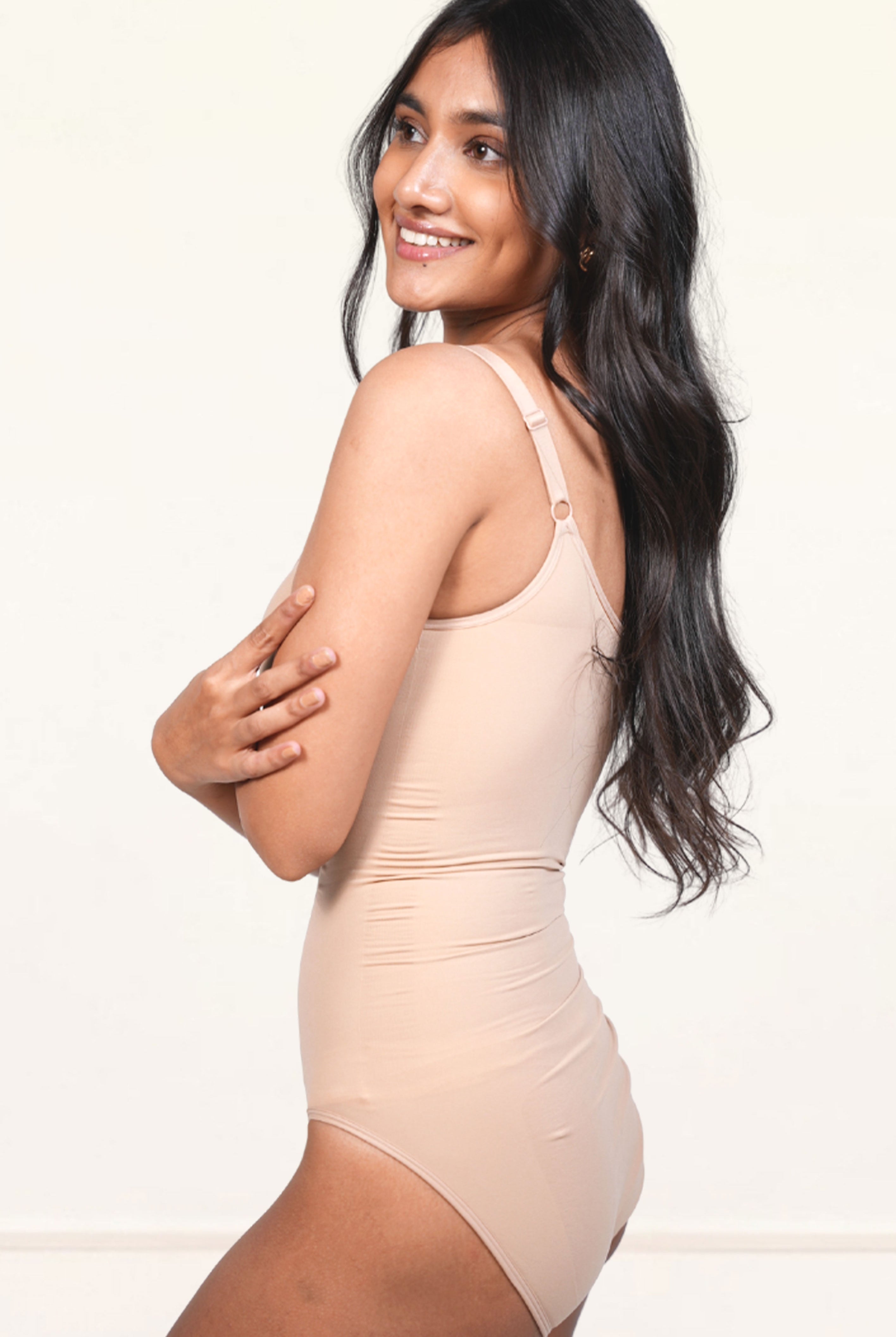Quick Summary
Why Self-Breast Checks Matter
When Should You Do a Self-Breast Check?
How to Do a Self-Breast Check
What Are You Looking For?
How the Right Supportive Bra Matters in Breast Health
Everyday Tips for Breast Health
Why Underneat Is Part of the Breast Health Conversation
How many times have you told yourself, “I feel fine, so there must be nothing wrong”? But sometimes, your body doesn’t send visible signals until it’s too late, or we ignore it, thinking that it’s not a big deal. In either case, we need to do better because our bodies deserve better for all that we put them through. Breast health is one area that often gets neglected; in fact, multiple reports show that a majority of women ignore their breast health. But listen, we can do better, and it’s easy with self-breast checks. These don’t take more than a few minutes, and those few minutes could make all the difference.
So, we’re going to break it down for you step-by-step: How to do a self-breast check, what exactly you should be looking for, and how the right supportive bra plays a massive role in your breast health.
Why Self-Breast Checks Matter

Before we jump into the “how,” let’s talk about the “why.” Regular self-breast checks are not a replacement for clinical screenings or mammograms, but they’re a powerful first line of defense.
-
Early Detection: Many women who catch changes early during self-checks can get medical advice before things get worse.
-
Body Awareness: You become familiar with what your normal breast tissue feels like, which makes it easier to notice changes.
-
Empowerment: Instead of waiting for yearly checkups, you take active control over your own health.
Think of it this way, brushing your teeth daily doesn’t mean you don’t need to visit your dentist from time to time; self-breast checks work the same way.
When Should You Do a Self-Breast Check?

Timing matters. Your breasts change with your cycle, so the best time for a self-check is a few days after your period ends, when swelling, tenderness (and your mood swings) are minimal. For those who don’t have regular periods or suffer from hormonal disorders like PCOD or PCOS, pick one consistent date each month and make it a part of your routine.
How to Do a Self-Breast Check
Step 1: Look in the Mirror
Stand in front of a mirror with your shoulders straight and your hands on your hips. You should be looking for:
-
Unusual changes in size or shape
-
Visible swelling, dimpling, or bulging of the skin
-
Inverted nipples or changes in nipple position
-
Redness, rash, or changes in skin texture
Now, raise your arms overhead and look again. Sometimes changes are more visible in different positions.
Step 2: The Shower Check
Many women find it easiest to do a quick check in the shower when skin is wet and slippery. Use the pads of your fingers (not your nails) and move in small circular motions across your entire breast, from top to bottom and side to side.
Cover all areas:
-
From your collarbone down to your upper abdomen
-
From your armpit across to your cleavage
You’re feeling for:
-
Lumps or thickened areas
-
Hard knots or firm spots that feel different from the surrounding tissue
Step 3: The Lying-Down Check
Lie down and place a pillow under your right shoulder. Put your right arm behind your head. With your left hand, move your fingers in circular motions over your right breast, using light, medium, and firm pressure. Repeat the same process on the other side as well. This position helps spread breast tissue more evenly, making it easier to detect deeper changes.
Step 4: Don’t Forget Your Armpits
Fun Fact: Your breast tissues also extend into the armpit, so it’s important to check there, too. Feel for enlarged lymph nodes, lumps, or tenderness.
What Are You Looking For?

Not every lump means something serious; our breasts naturally have lumpy textures, and they change with age, cycle, and even diet. But here are some red flags worth checking with a doctor:
-
A lump that feels harder or different from the rest of your breast tissue
-
Swelling in part of your breast or in your underarm
-
Changes in nipple discharge (such as clear, bloody, or unusual fluid)
-
Continuous pain felt mostly in the same area of your breast
-
Dimpling, puckering, or any redness in or around your breasts
Remember what we were taught in school? Prevention is better than cure. So, while these changes can be benign, talk to a doctor when something feels off, even if you think it’s small.
How the Right Supportive Bra Matters in Breast Health
Yeah, your bra plays a bigger role than you thought, and no, wearing the wrong bra doesn't mean you'll get breast cancer. But, insufficient support can lead to discomfort, strain on your tissue, and even make it difficult for you to notice any changes while doing a self-breast check.

Here’s why a supportive bra matters:
-
Decreases strain: Adequate support reduces the pull on your ligaments and muscles and even the pain in your shoulders and back.
-
Prevents chafing and irritation: Skin issues can mask or mimic more serious changes, making self-checks confusing.
-
Improves body awareness: When your bra fits well, you can tell when your breasts feel or look different inside that fit.
And there are many options when it comes to all-day comfort. For instance, a wireless support bra doesn’t get the hype it deserves. It offers gentle lift and structure without digging in, which is perfect if you’re someone who avoids underwire but still wants real support.
Everyday Tips for Your Breast Health
-
Rotate Your Bras: Don’t wear the same one every day, as it stretches the elastic, and it won’t provide the same support.
-
Replace Your Bras Regularly: Ideally, this should be done every 6–12 months, or whenever you feel that your go-to supportive bra doesn’t offer the same support anymore.
-
Choose Breathable Fabrics: Fabrics like Sensil nylon (used in Underneat bras) wick moisture, keeping your skin healthy.
-
Stay Active: Gentle upper body exercises strengthen muscles around the chest, giving more support.
-
See a Doctor Regularly: Self-checks are good, but clinical screenings are non-negotiable.
Support That Empowers: Why Underneat Is Part of the Breast Health Conversation
At Underneat, breast health and comfort go hand in hand. We believe the right bra isn’t just about how it looks under your outfit but also about how it feels all day, and how it supports you in more ways than one.
-
Seamless Designs: Reduce irritation so nothing distracts you from noticing changes in your body.
-
Wireless Support Bras: Gentle, everyday lift without stiffness or wires.
-
Made for Indian Women: Real sizing, real curves, and breathable fabrics designed for the Indian climate.
-
Community Tested: Each product is shaped by feedback from women who want comfort and confidence without compromise.

Your bra is more than just lingerie, it’s a part of your wellness. And when you choose brands like Underneat, you’re not just choosing style, you’re choosing health-conscious support that empowers you every single day.
The takeaway? Routine self-breast checks, paired with the right supportive bra, make sure that you’re taking care of your health and your comfort. Because the better you feel underneath, the more confident you’ll be.
FAQs
- What are the 7 Ps of breast self-examination?
Positions (examine in different positions), Perimeter (what areas to check), Palpation (how to check), Pressure (apply different pressure), Pattern (consistent way to check), Practice (do it regularly), and Planning (if you notice any changes) are the 7 Ps of breast self-examination.
2. What is the best position for a self-breast exam?
Lying on your back is one of the best positions for self-breast checks because it distributes breast tissue evenly. But you can also do it in front of a mirror or in the shower.
3. When's the best time to do a self-breast exam?
3-5 days after your period ends because the breast tissue will likely be less tender and swollen. If your periods are irregular or you’ve gone through menopause, do it on the same day every month. If you take contraceptive pills, check before you start a new package.
4. Which bra is better, padded or non-padded?
This depends on your outfit, but regardless of what you choose, your goal should be to get a supportive bra that doesn’t dig, slip, or irritate your skin. You can also go for a wireless support bra.


